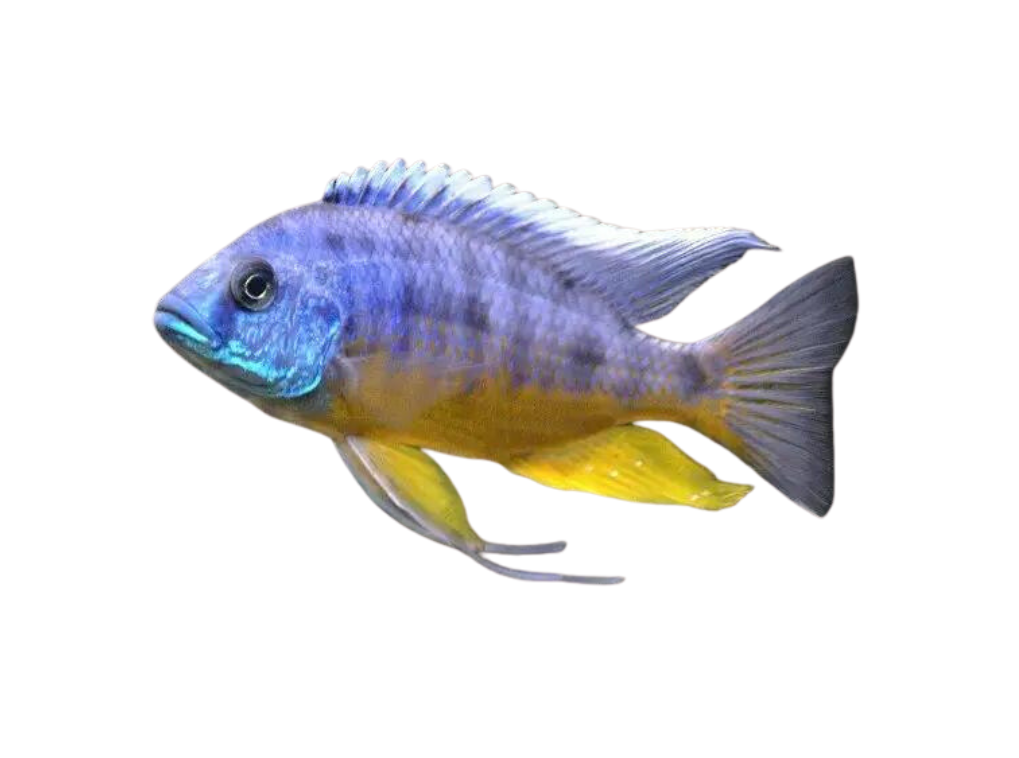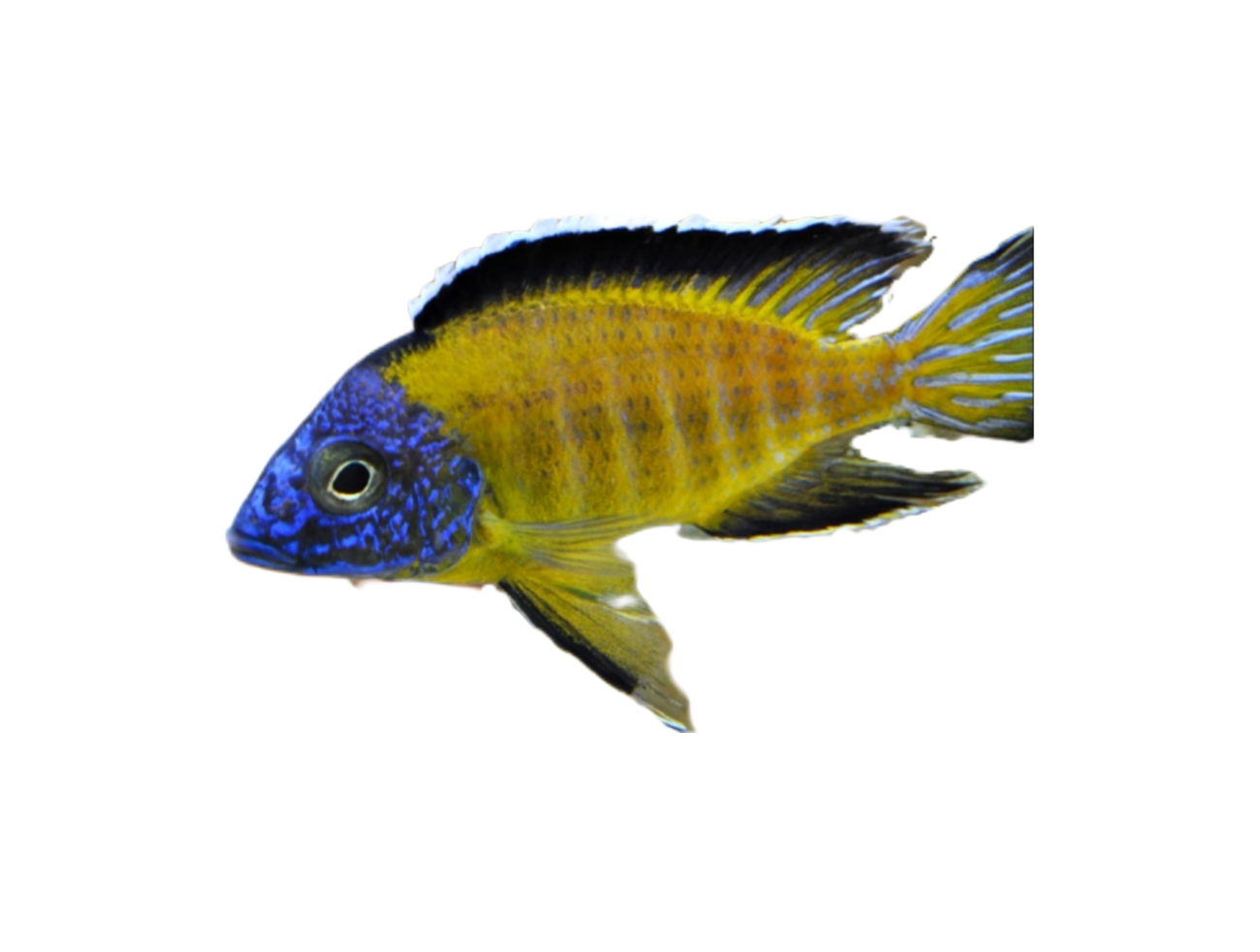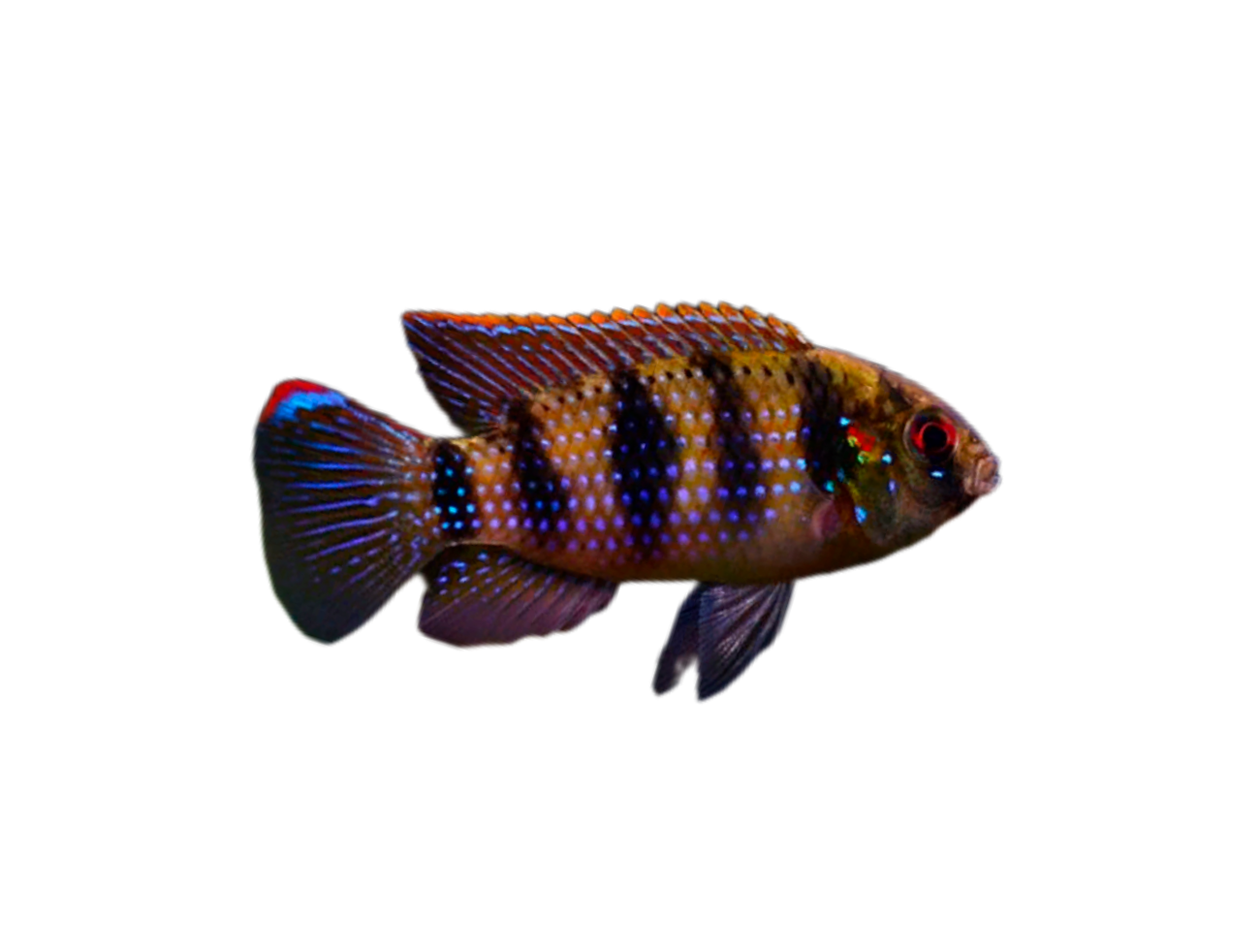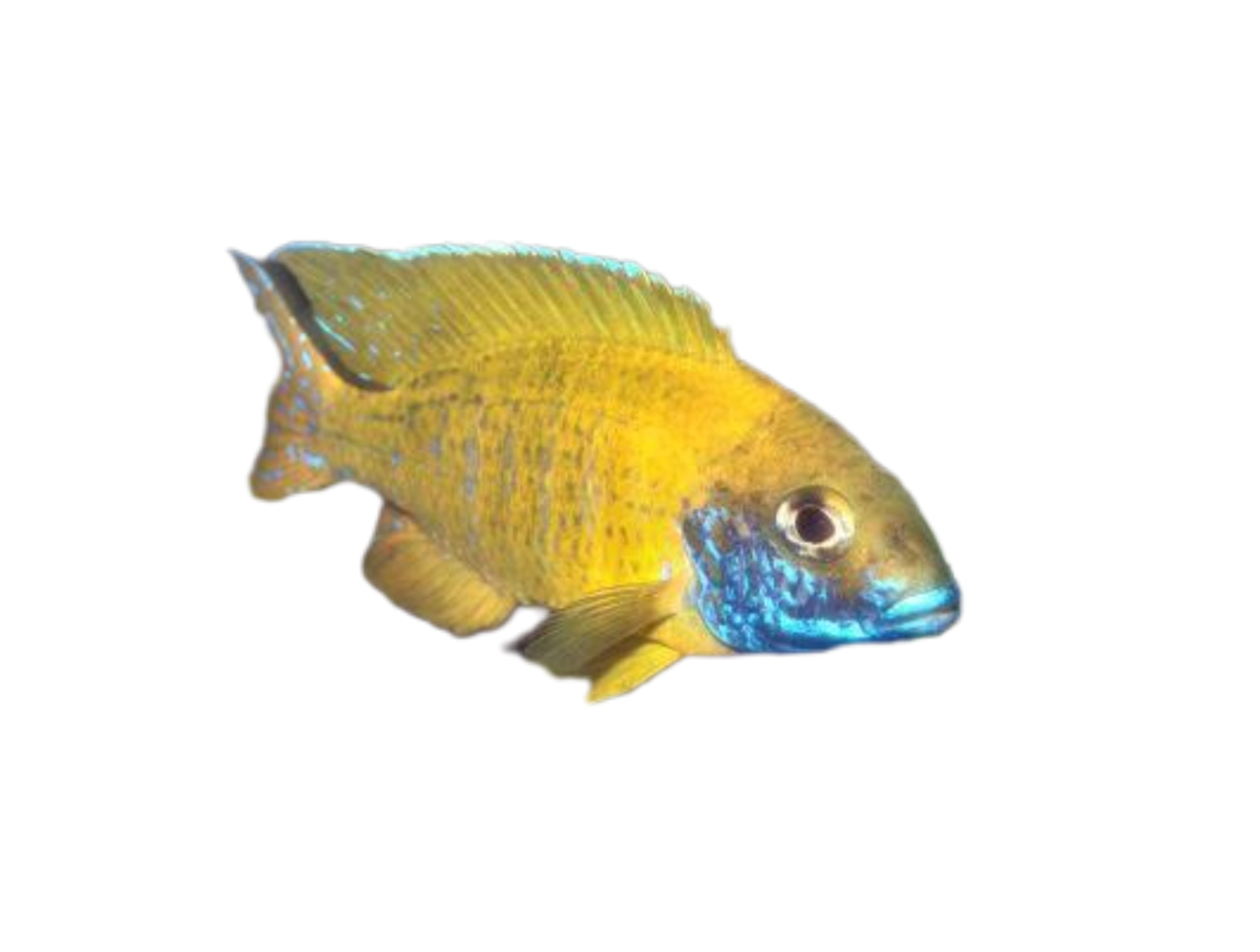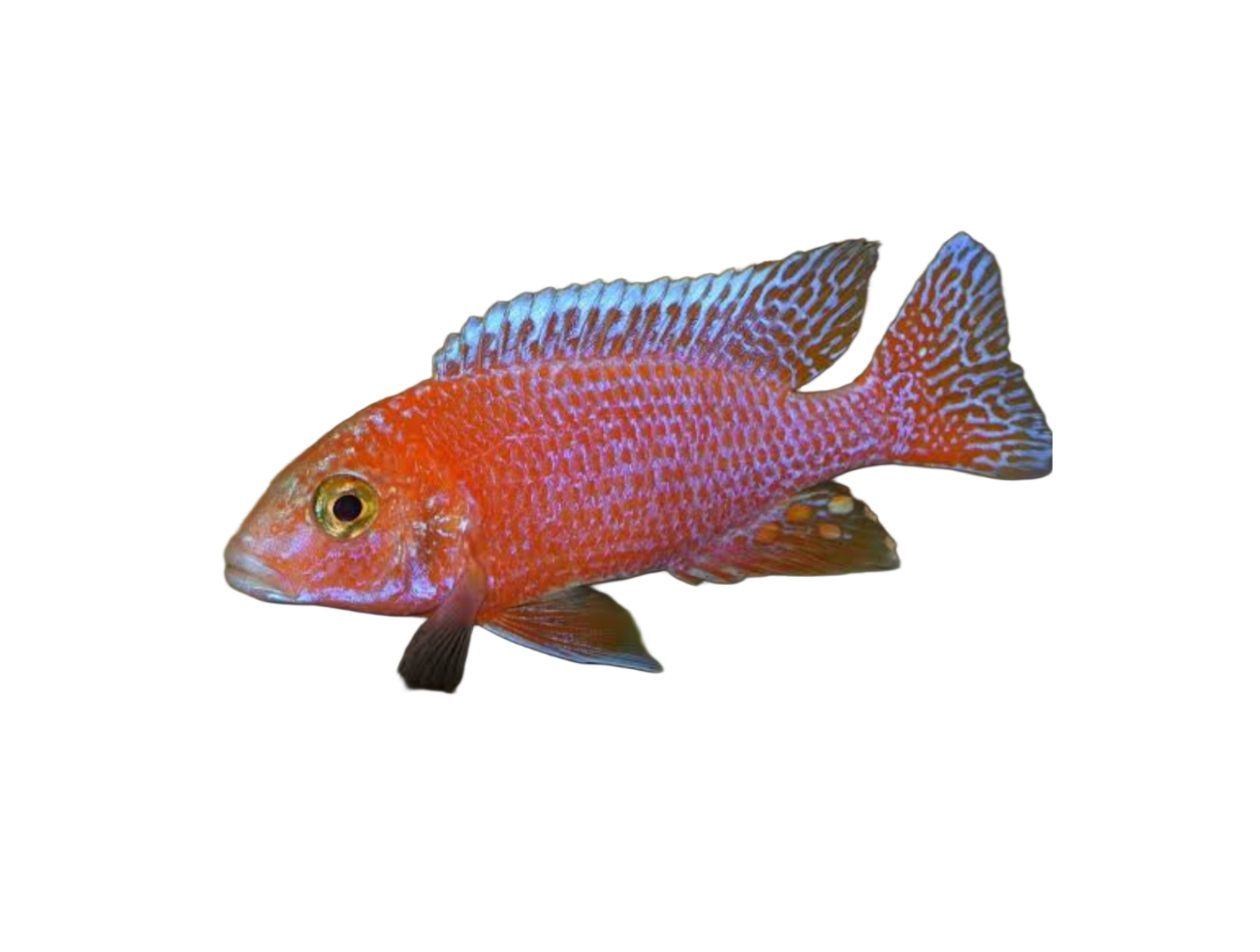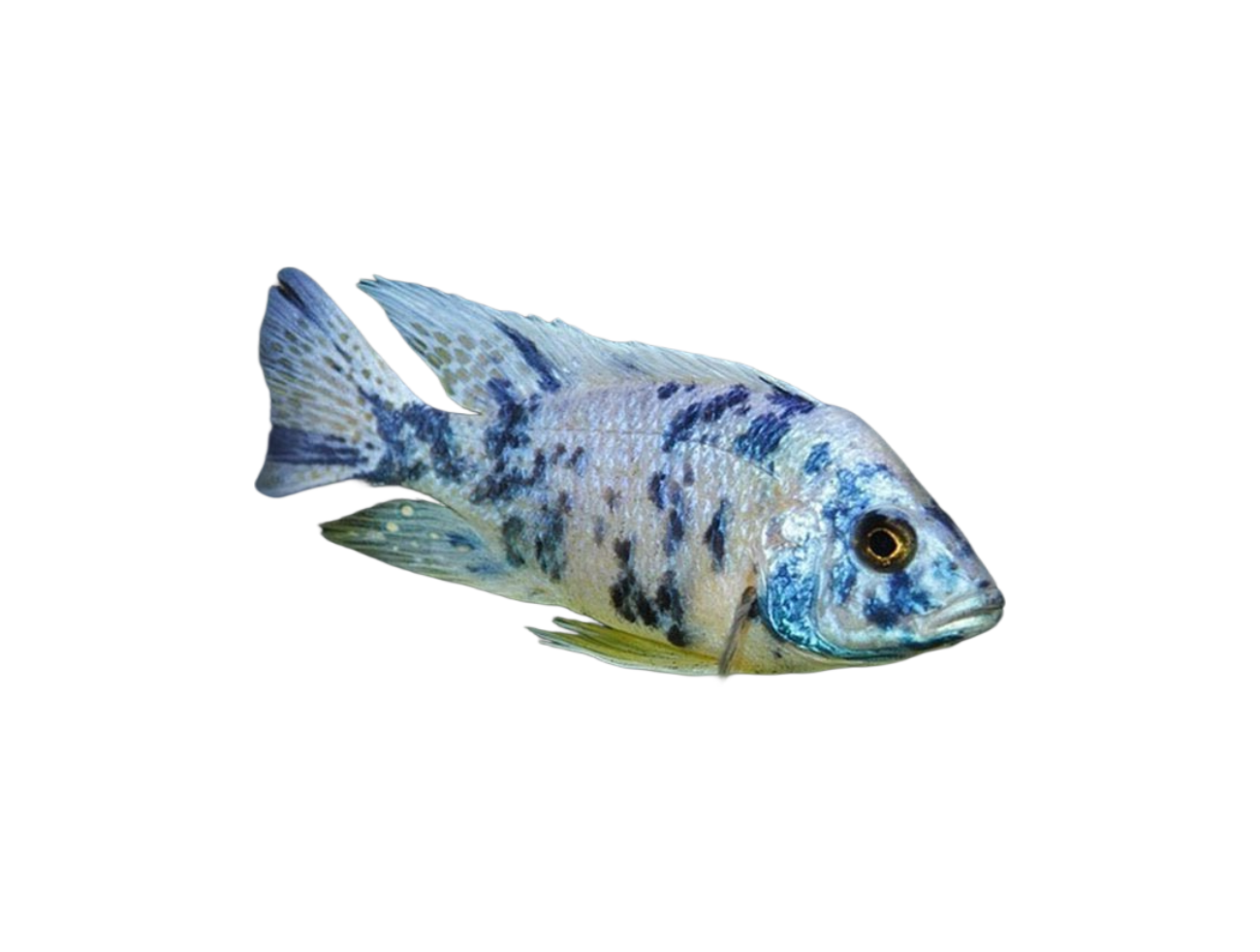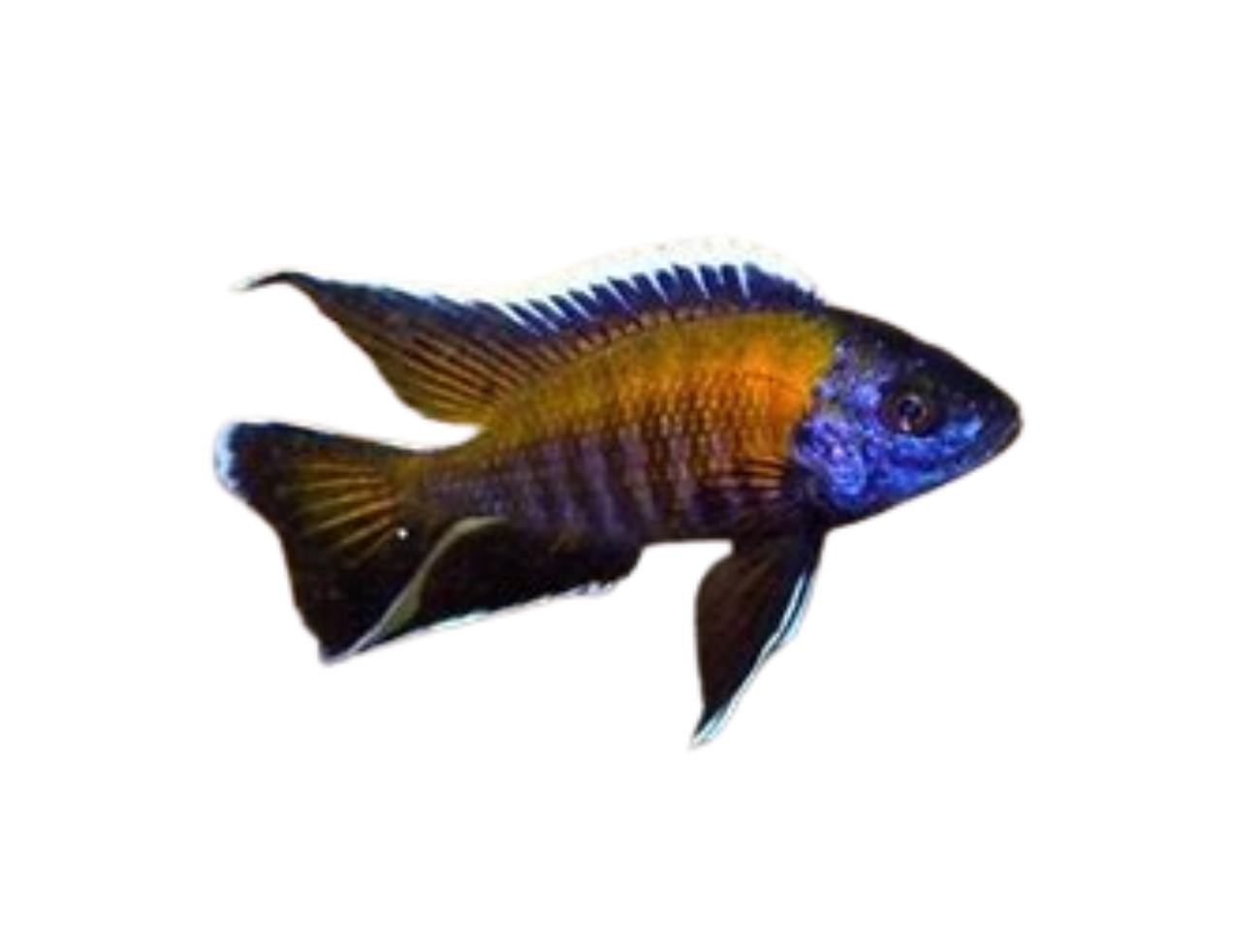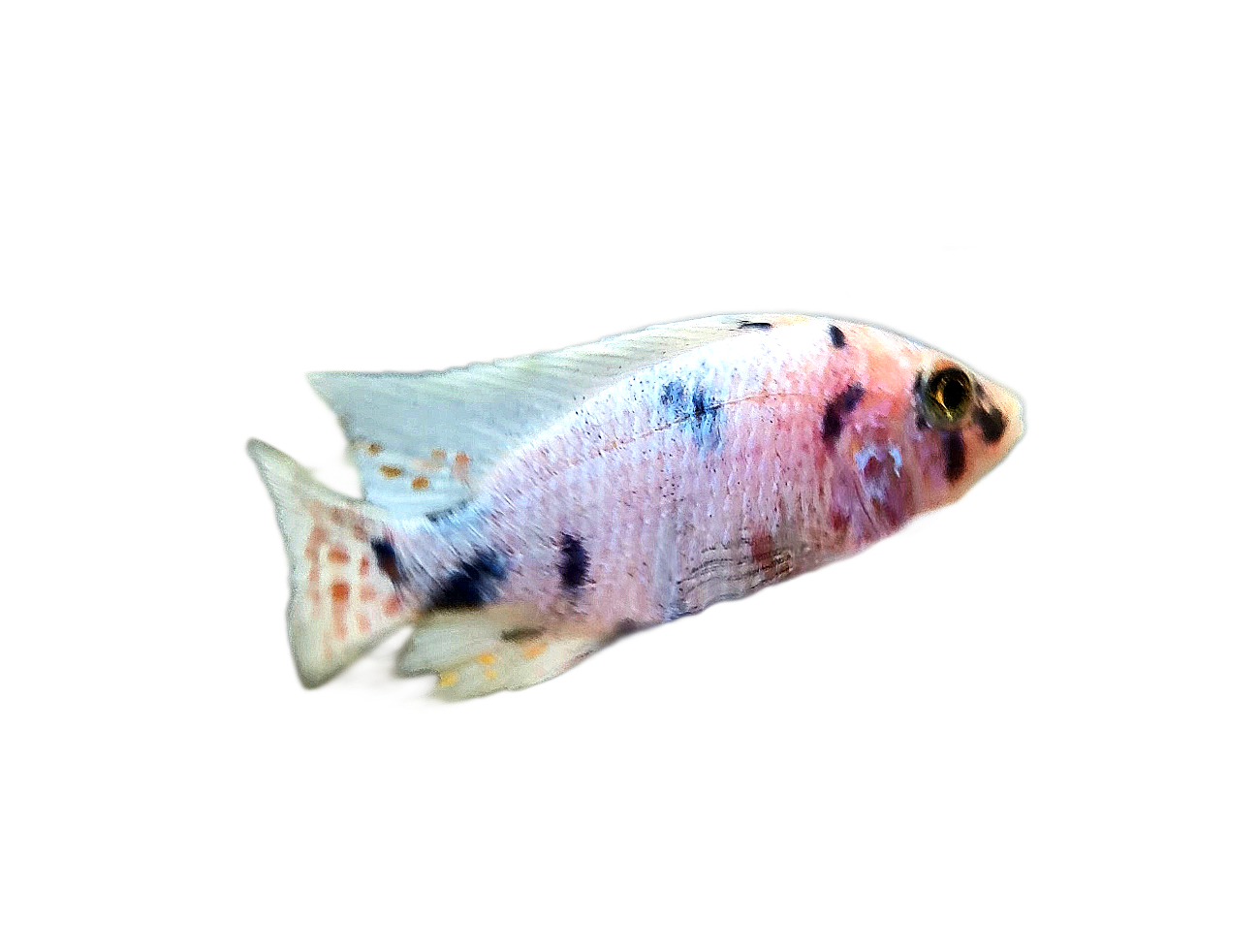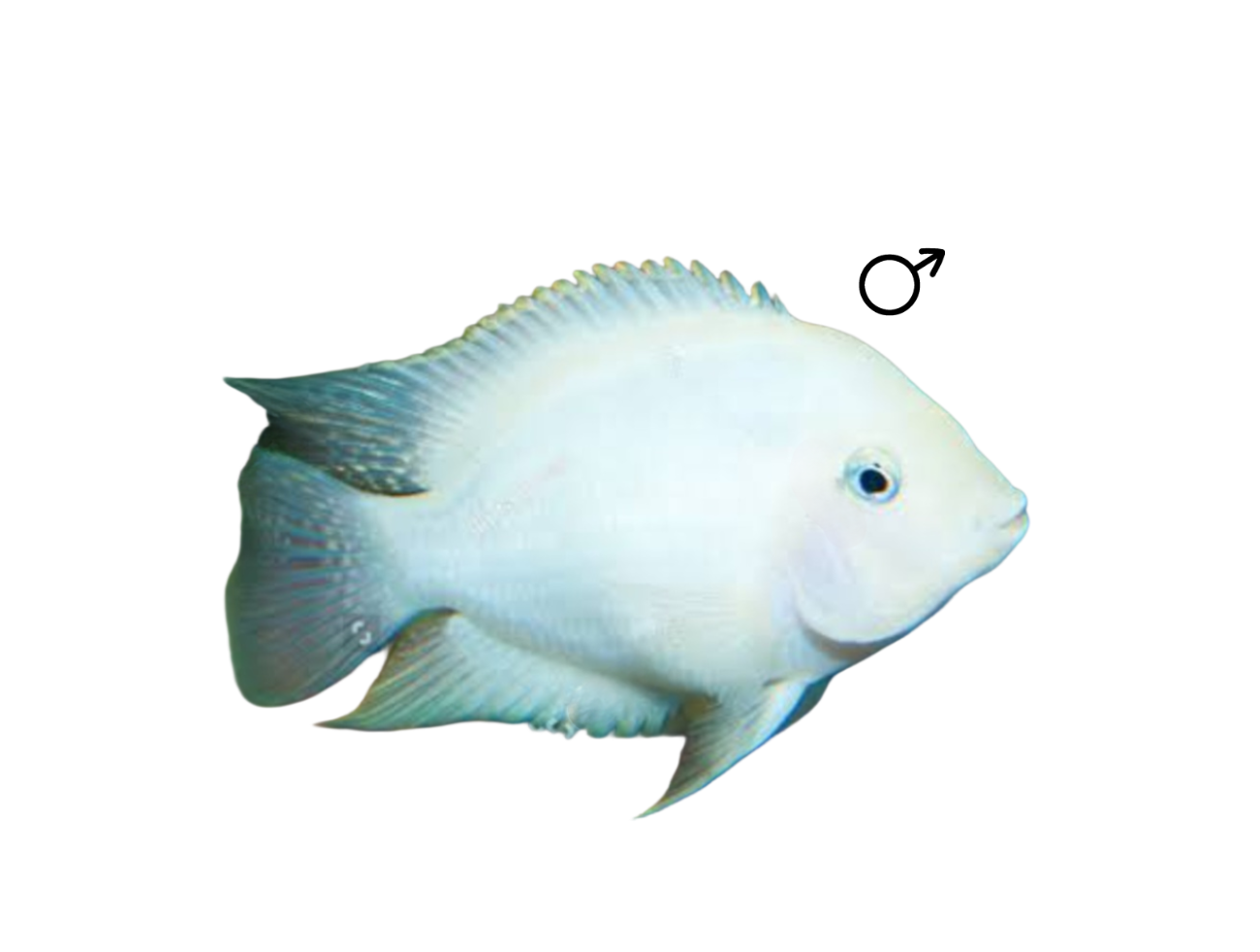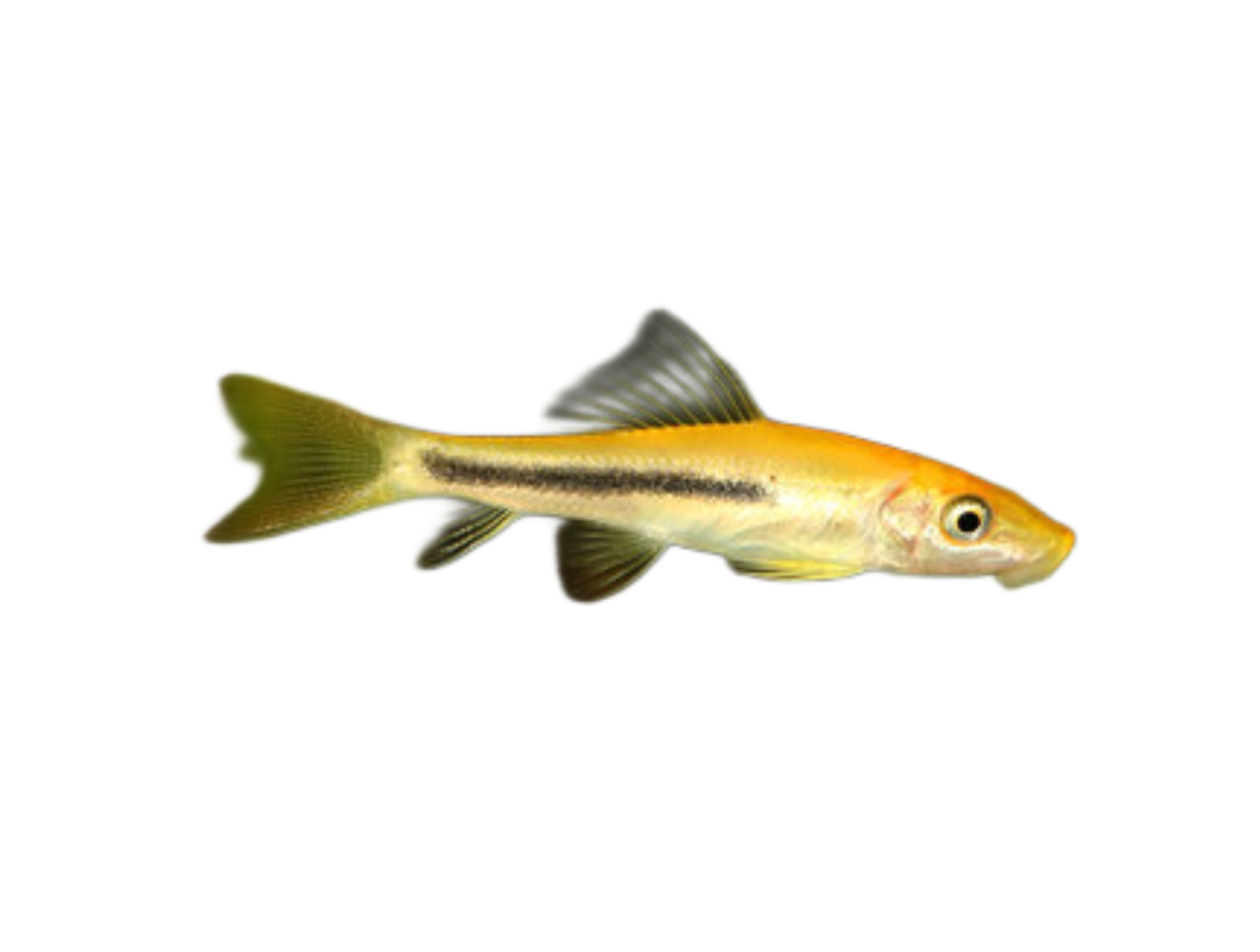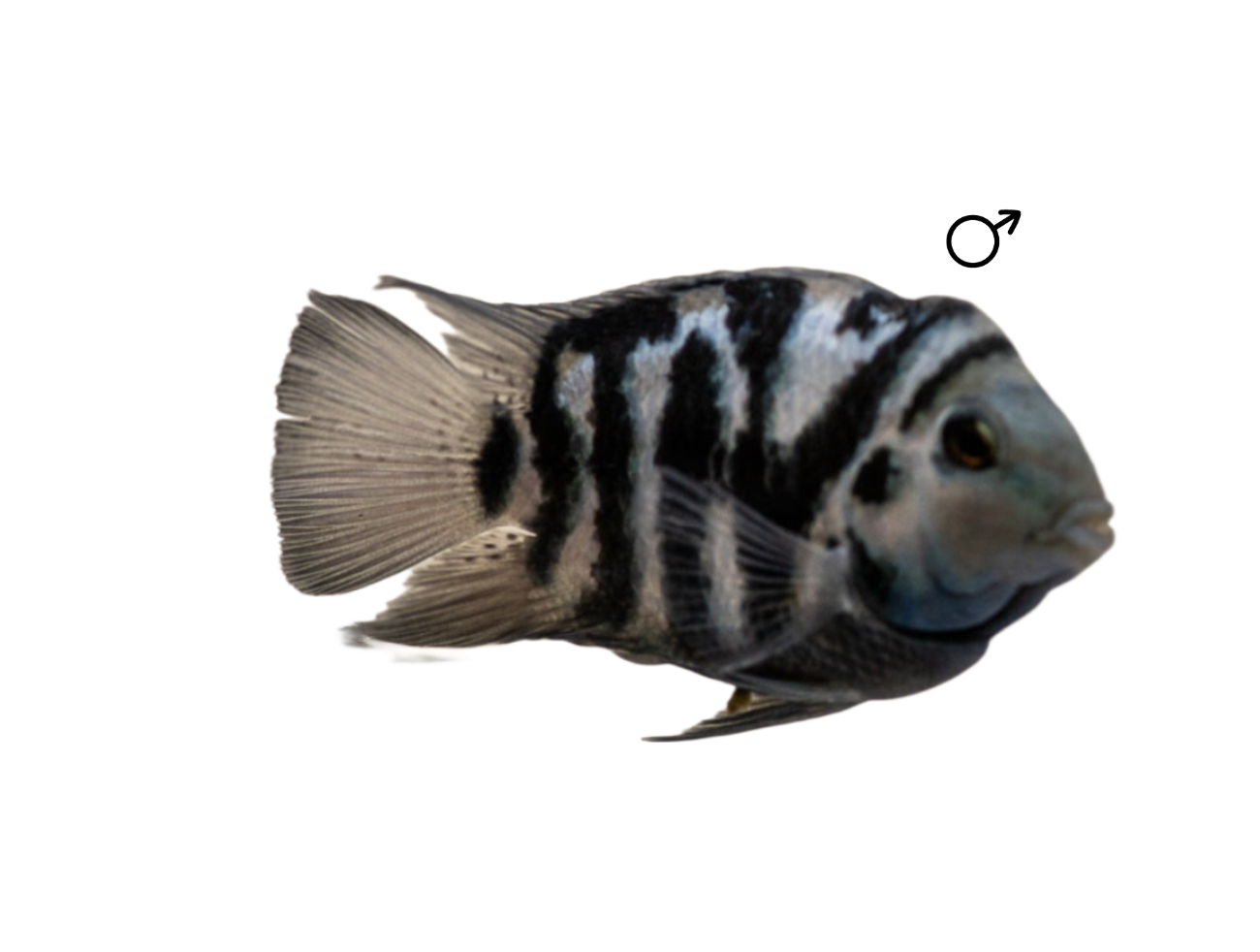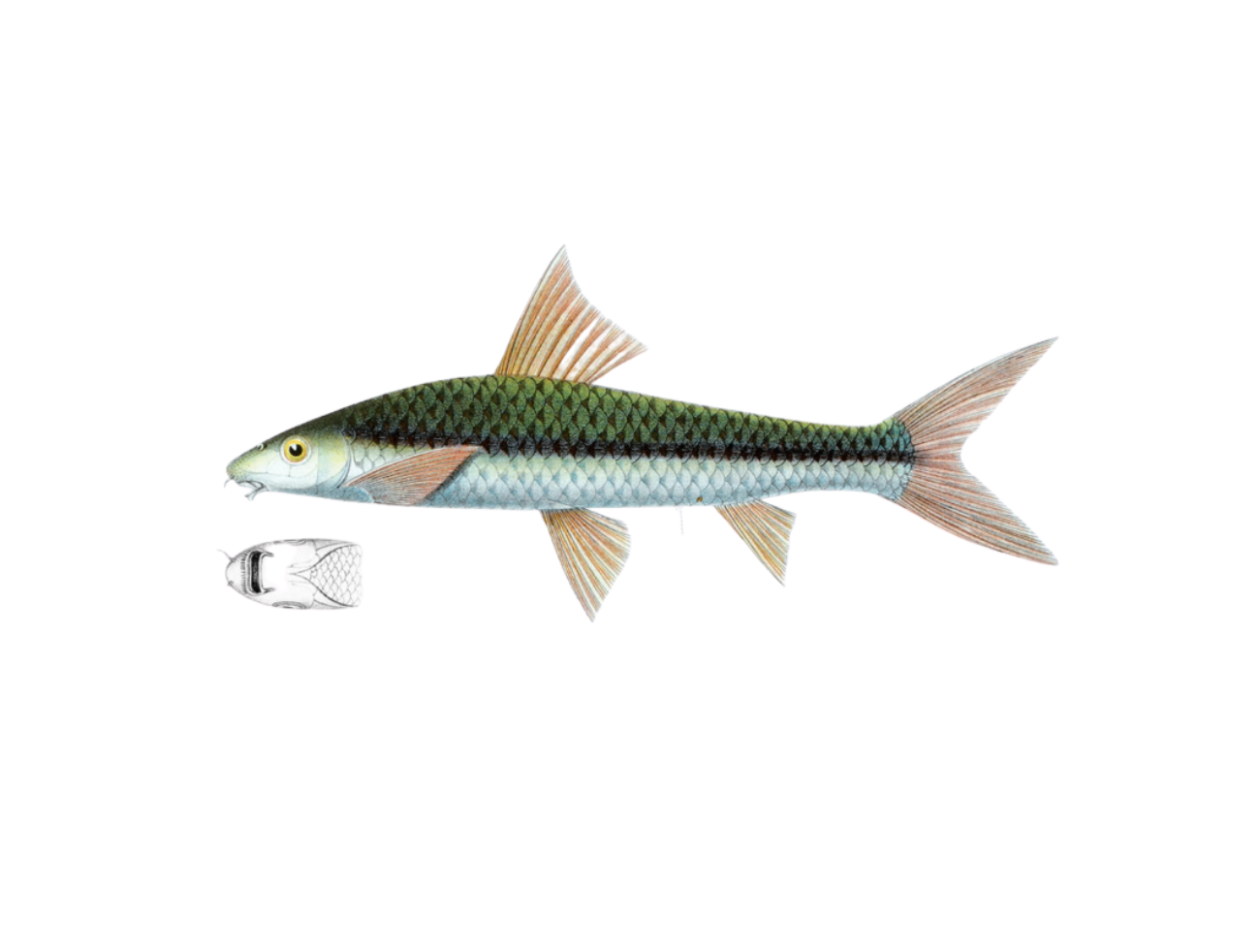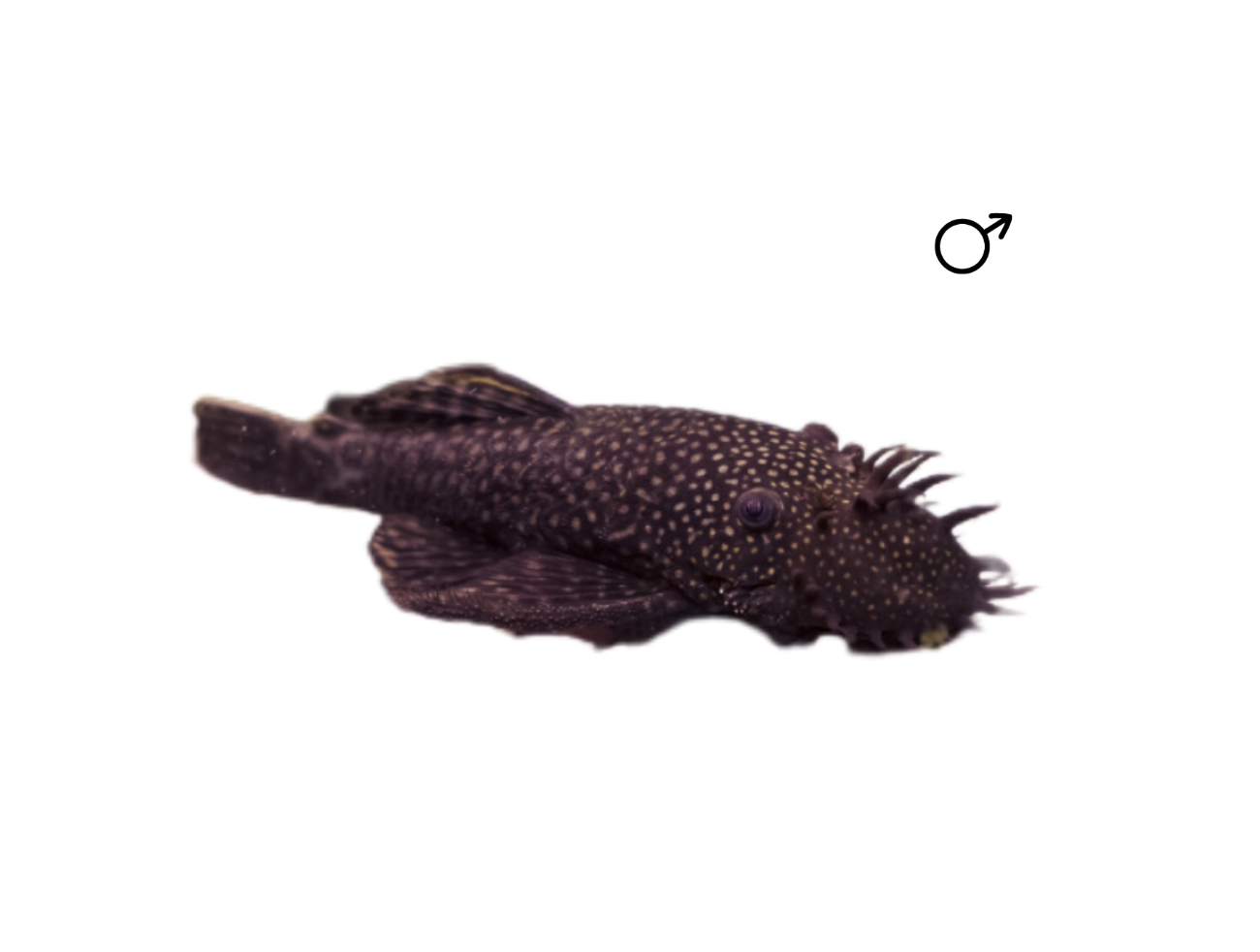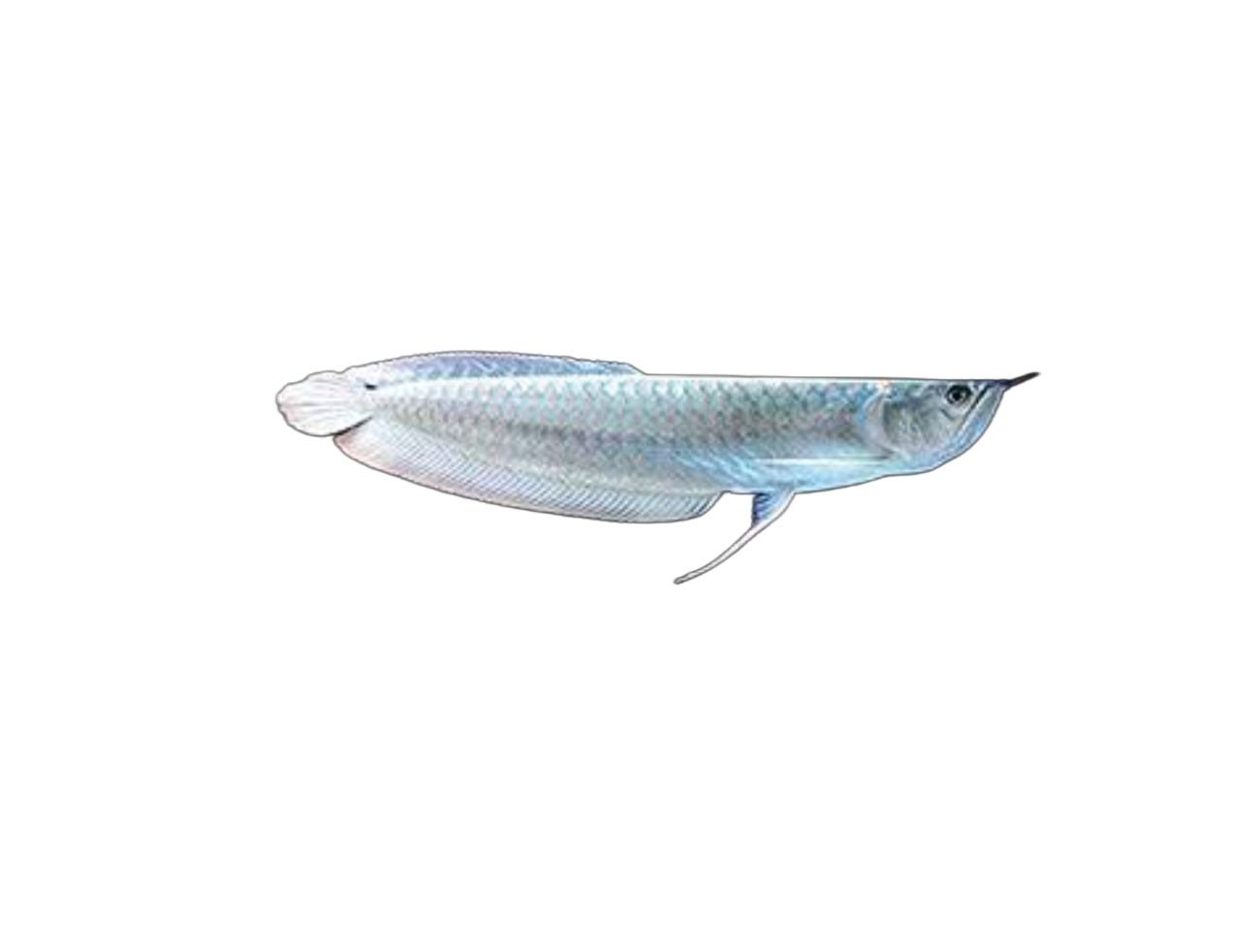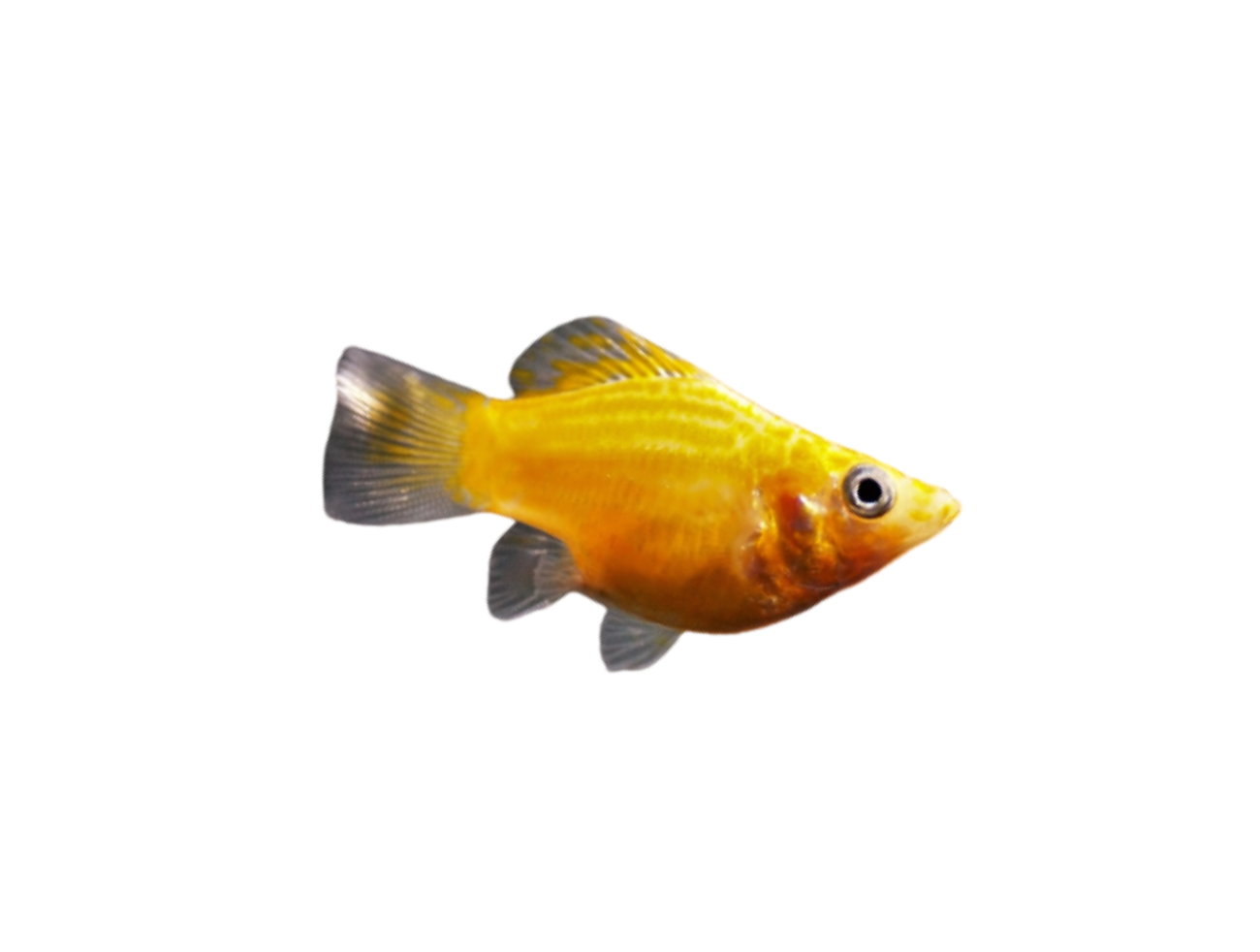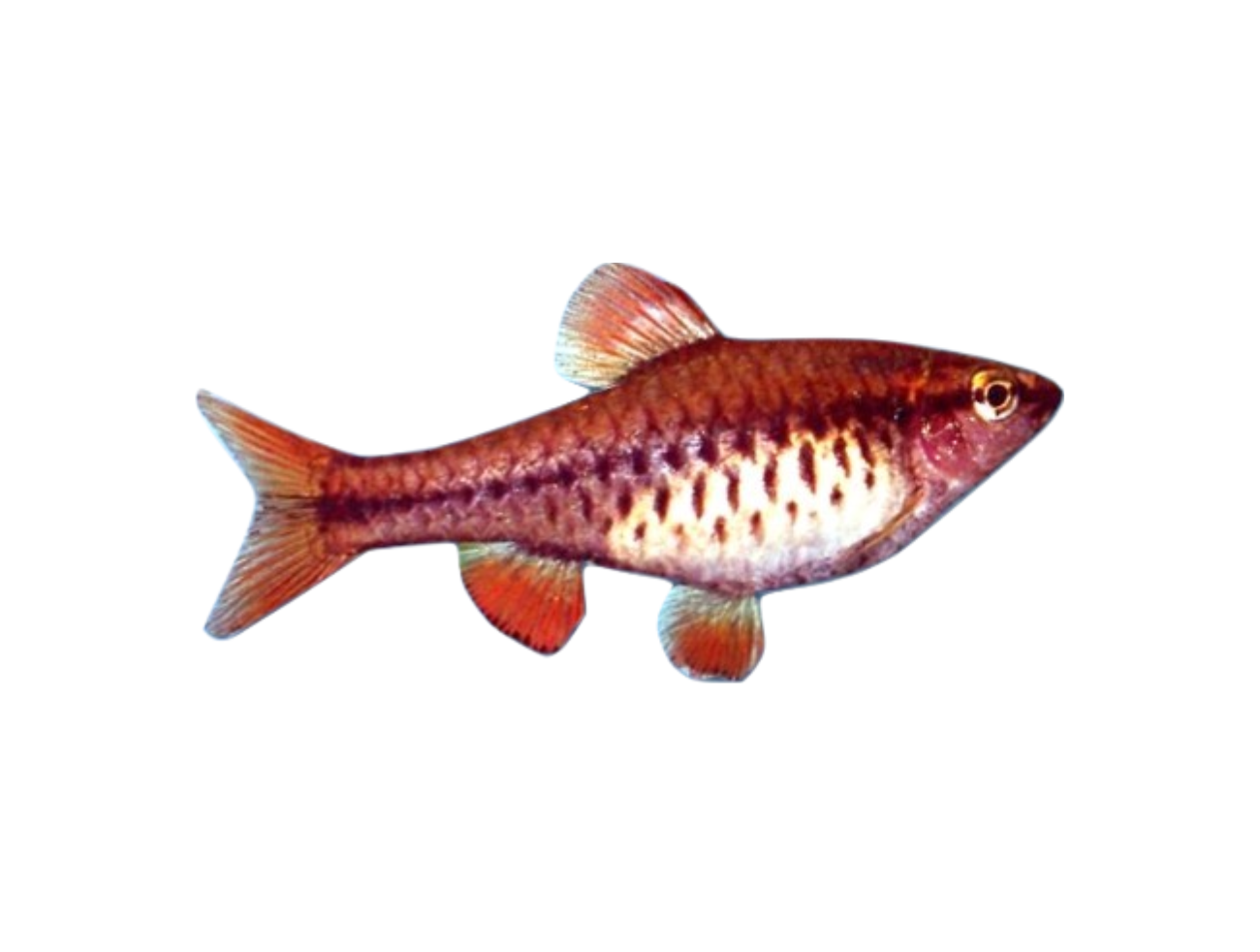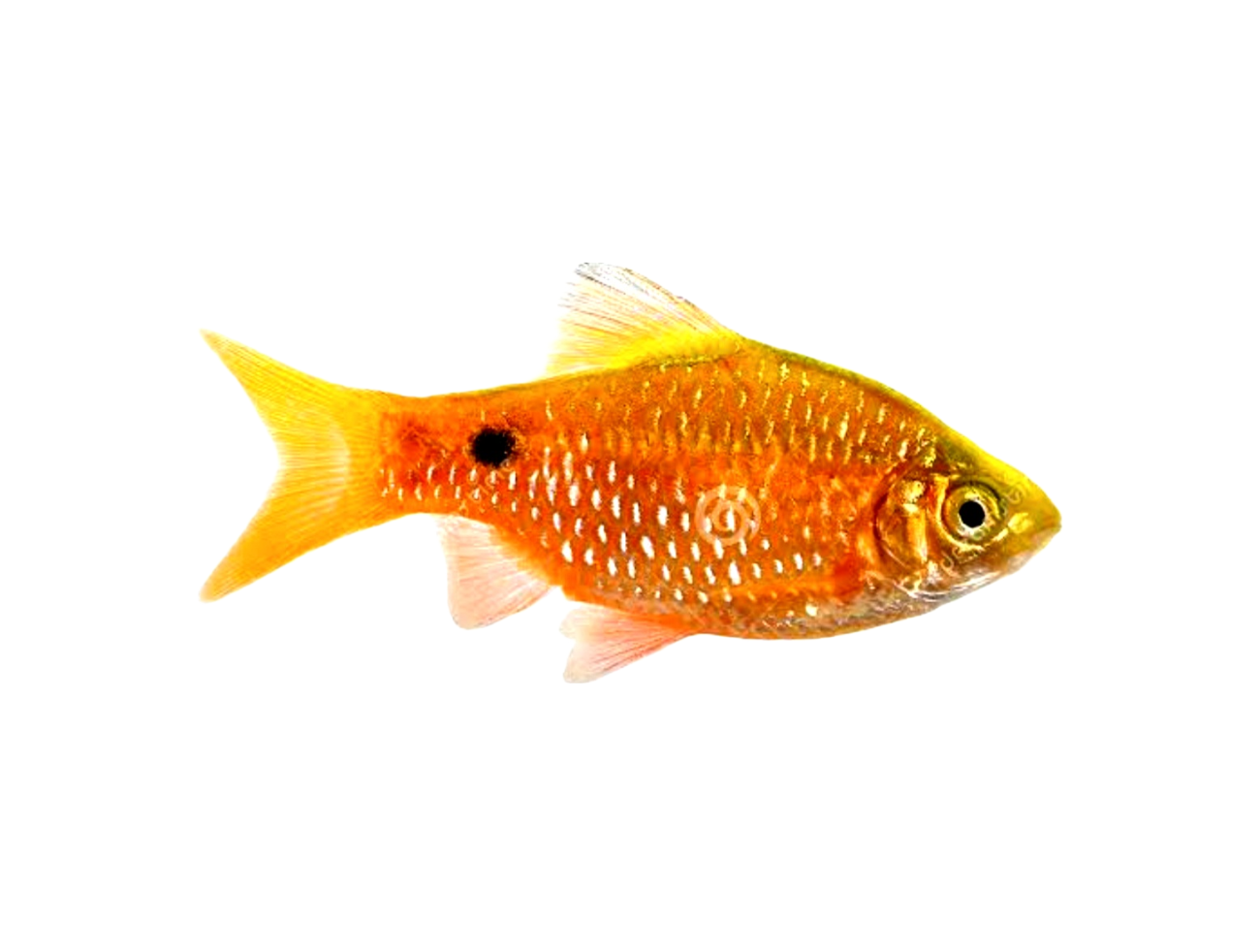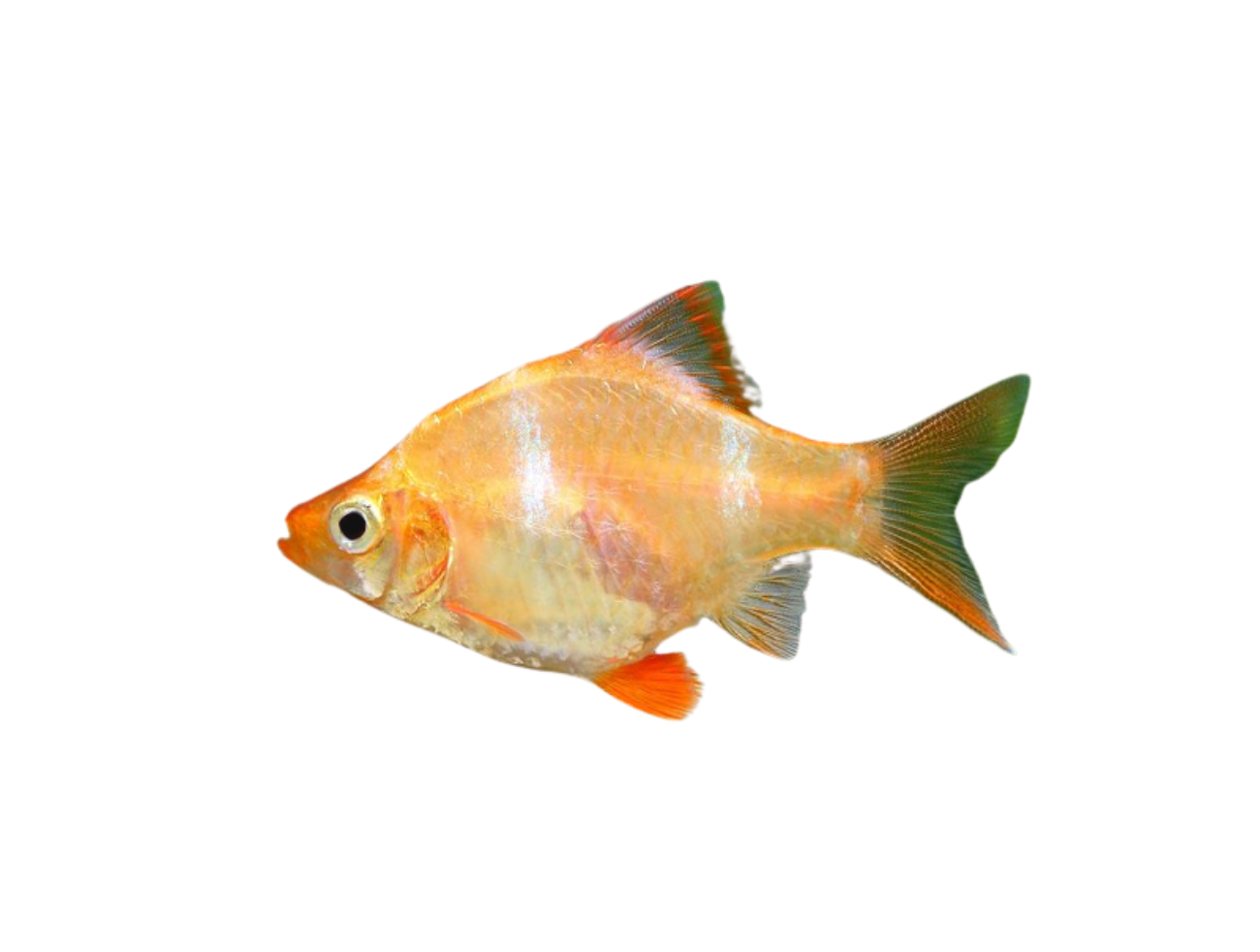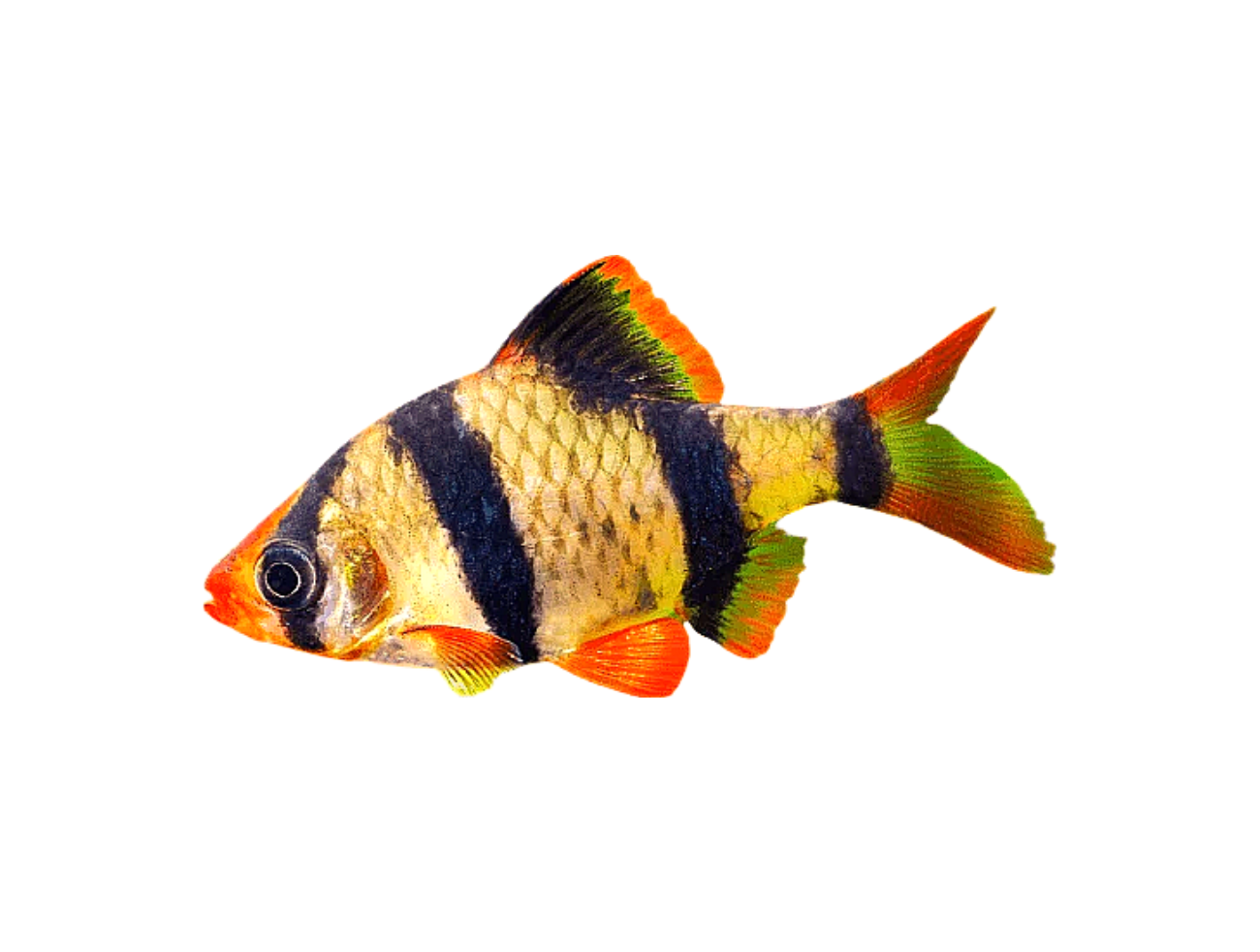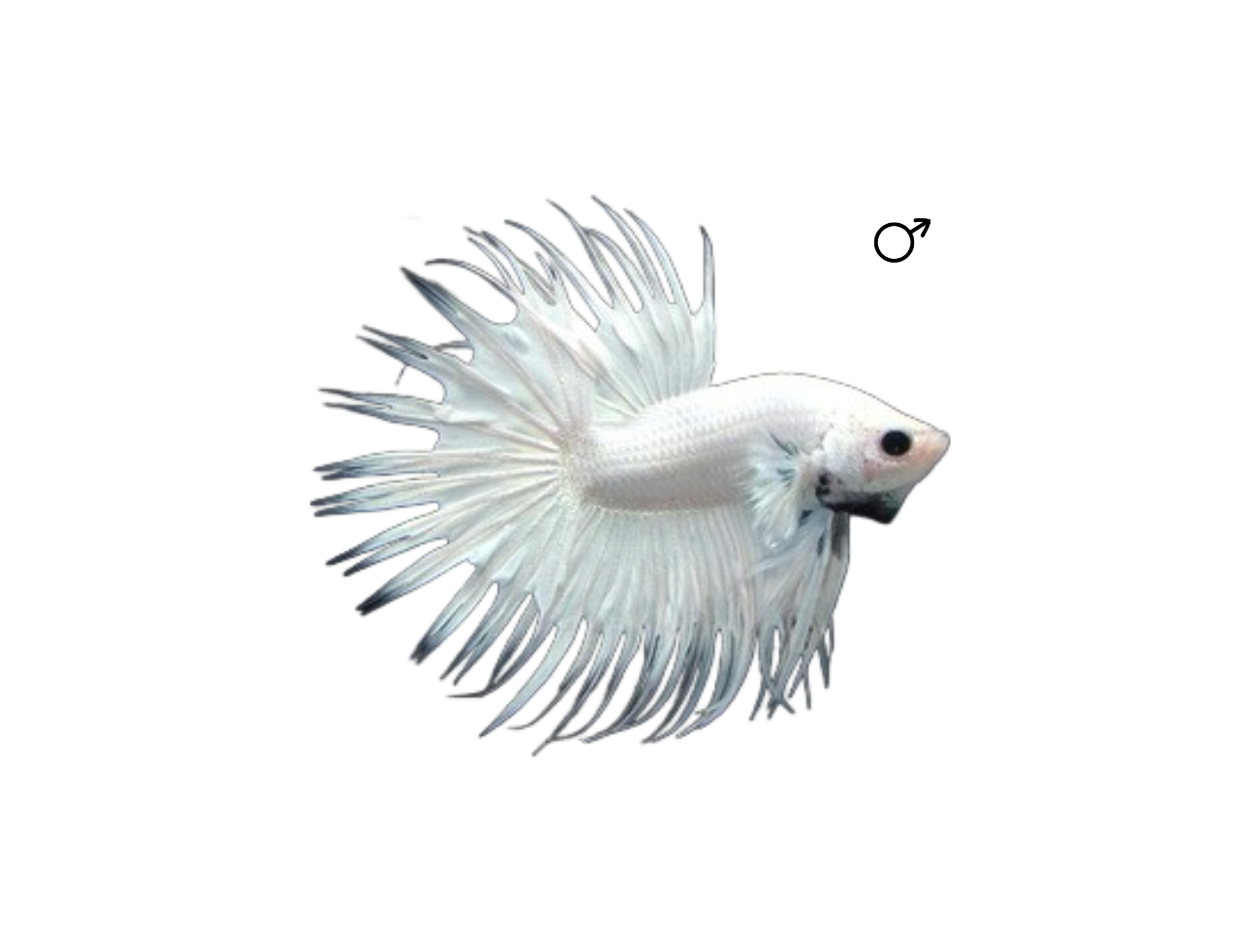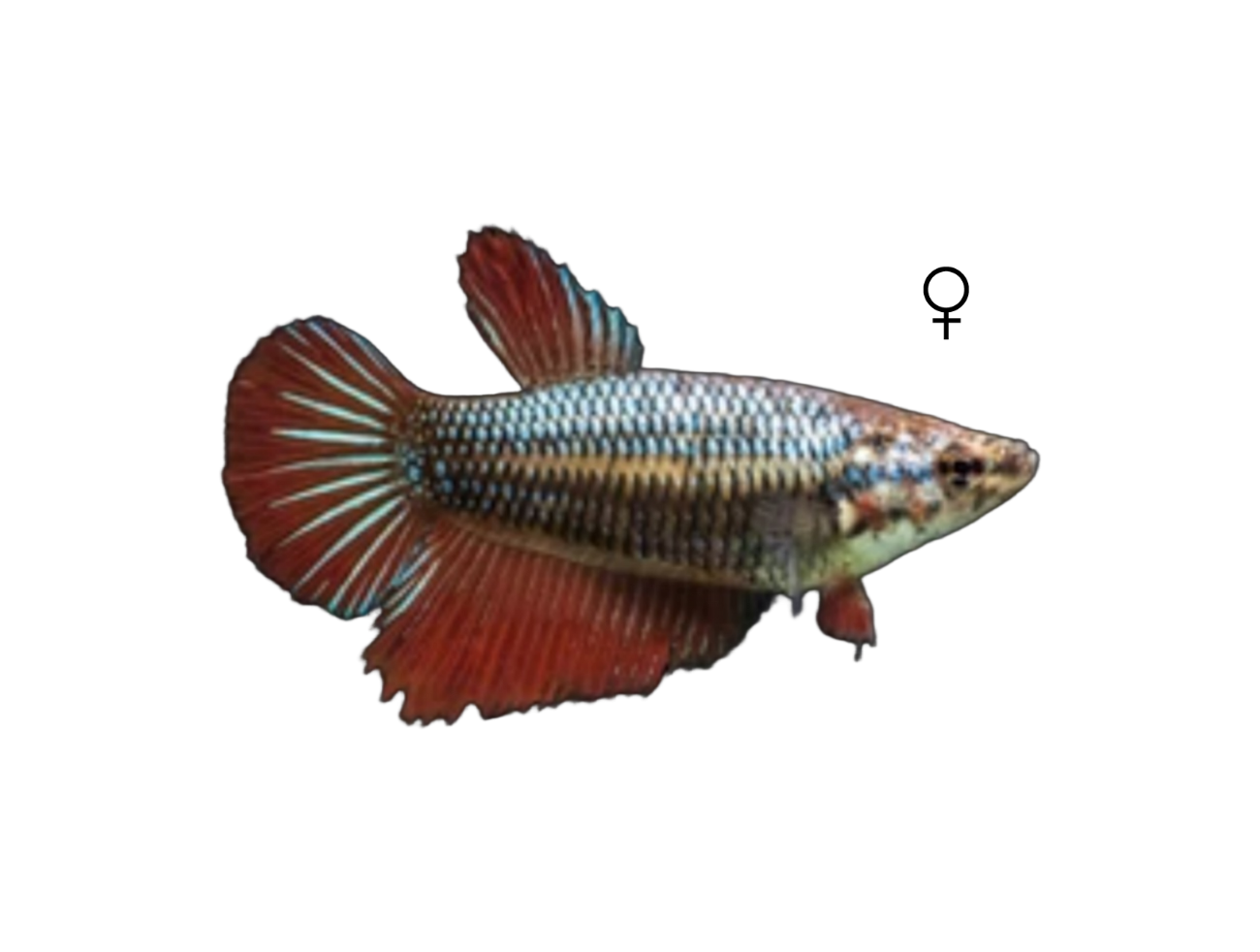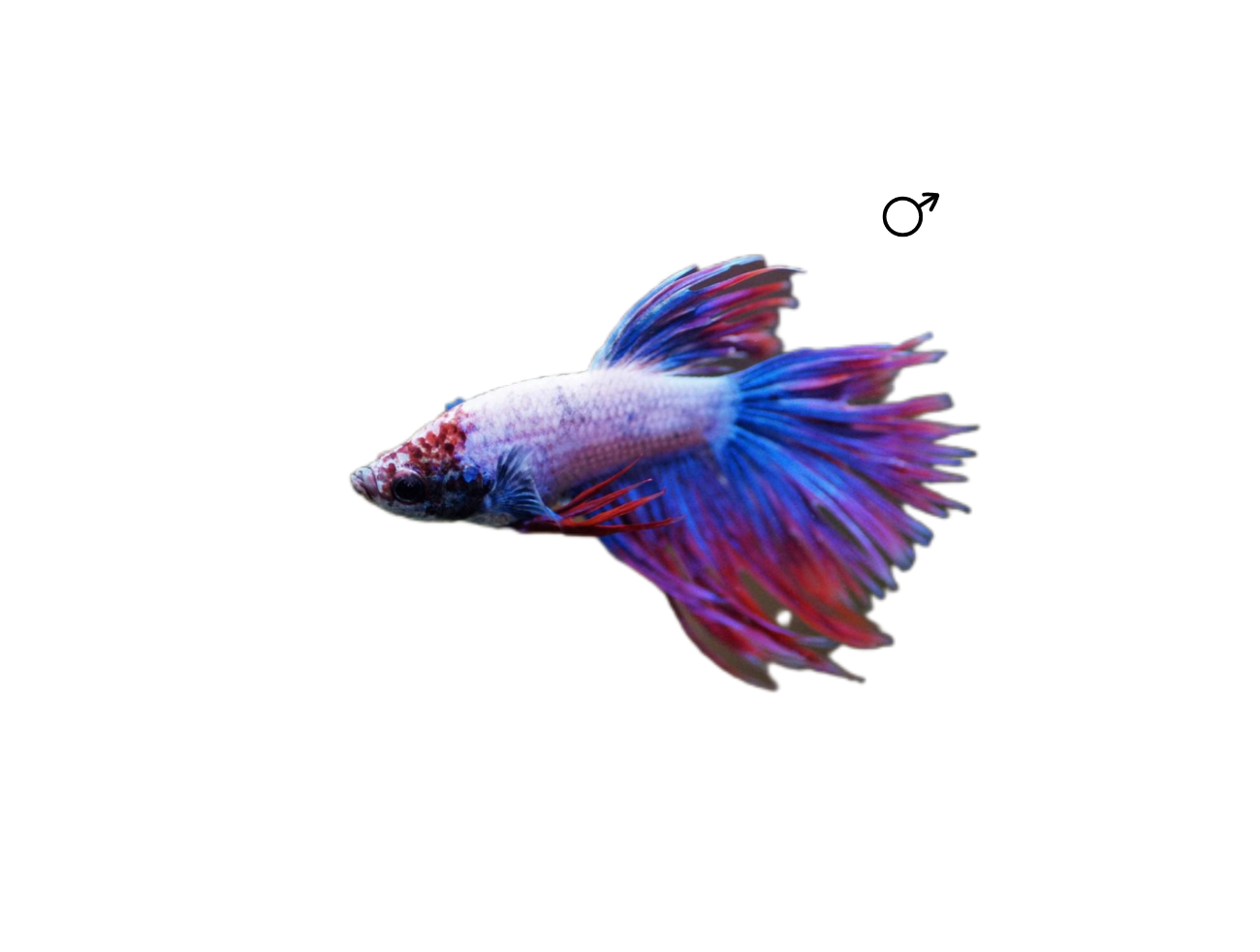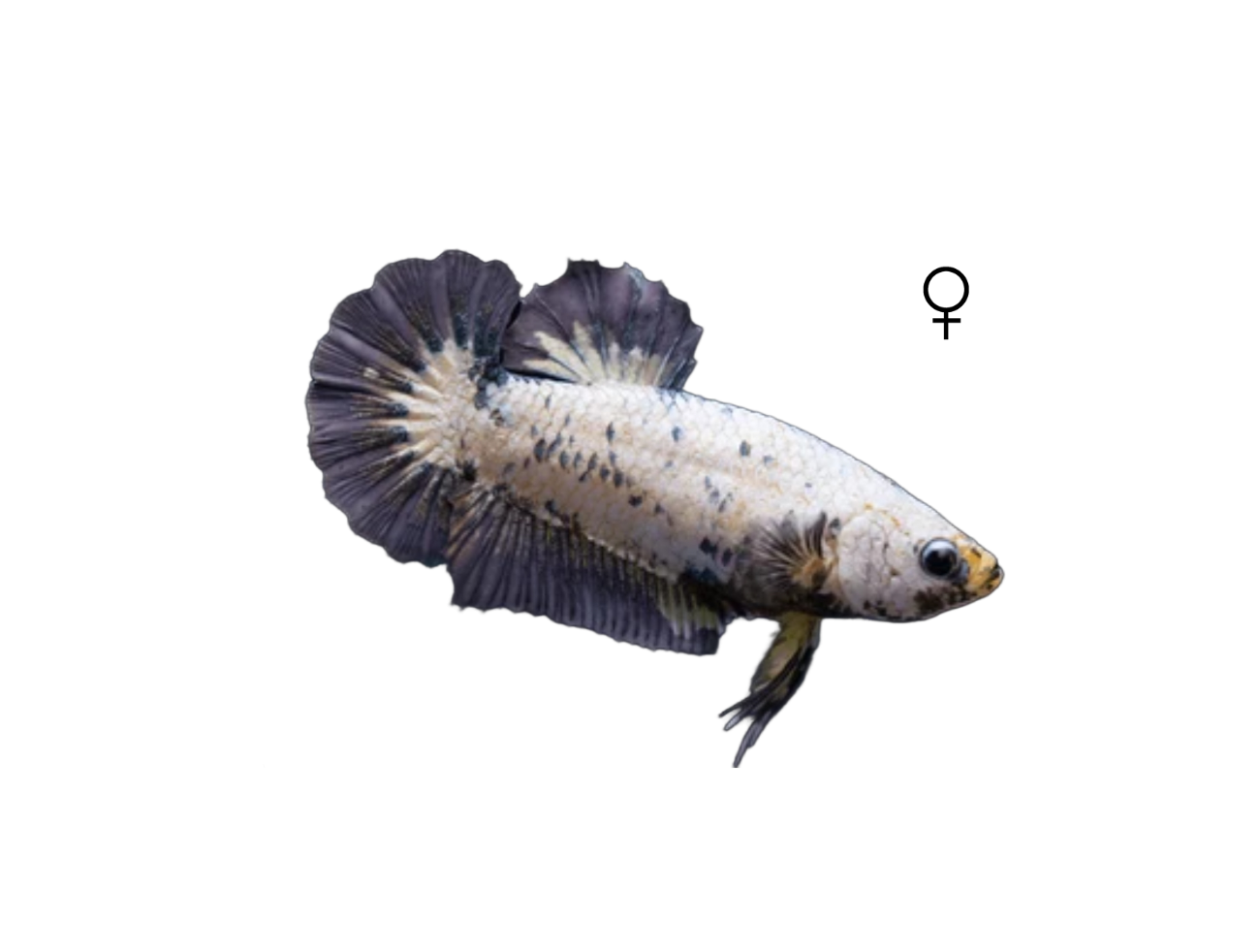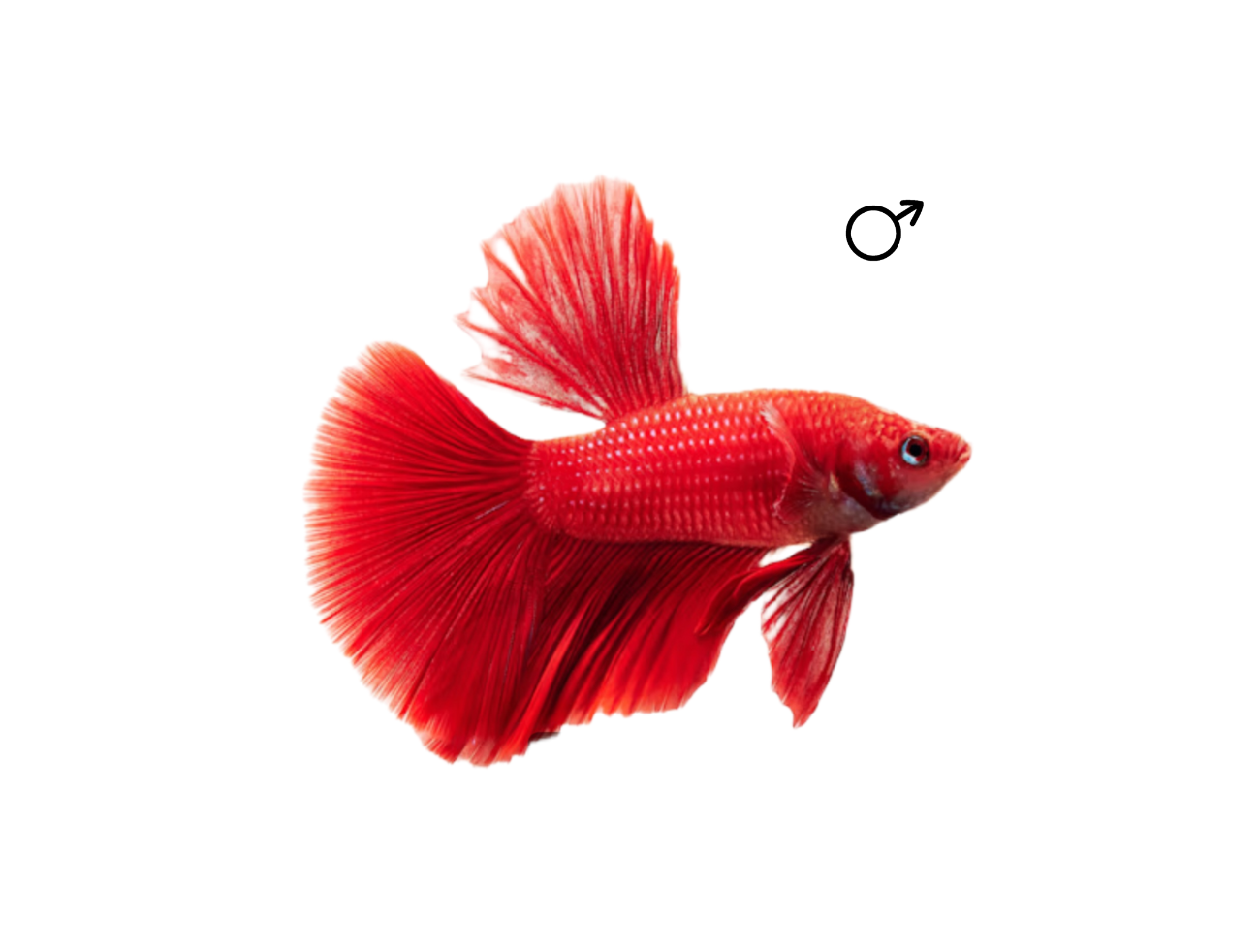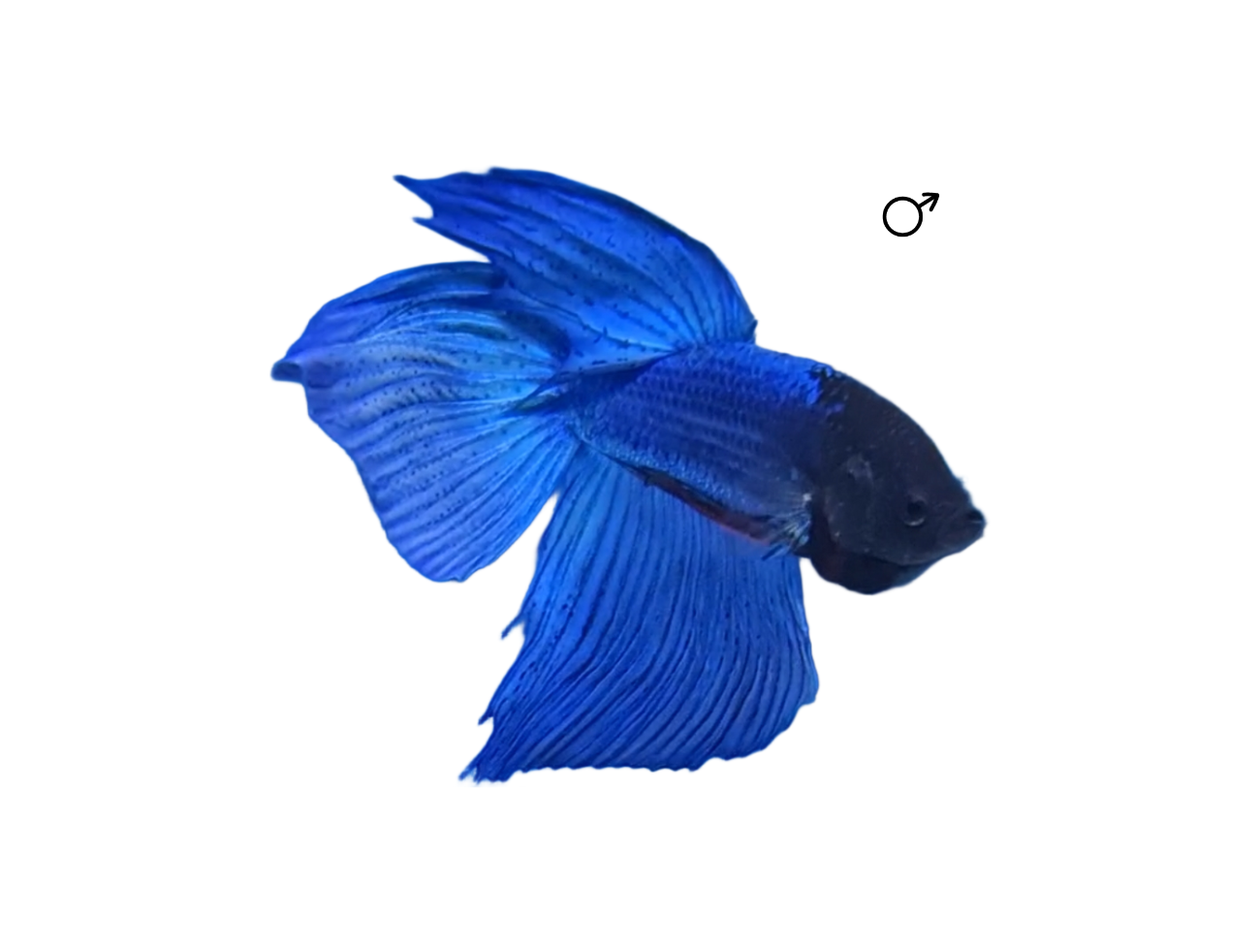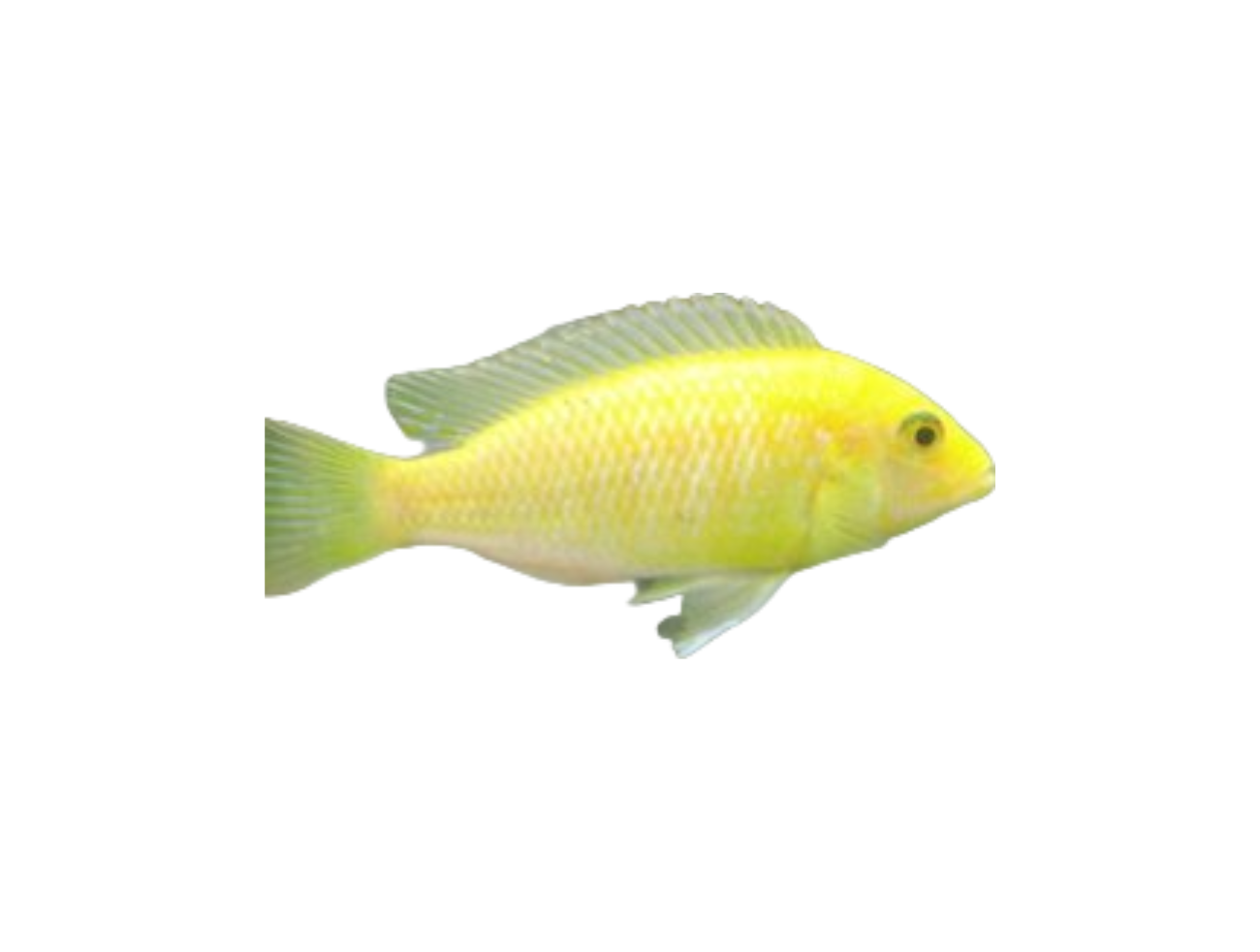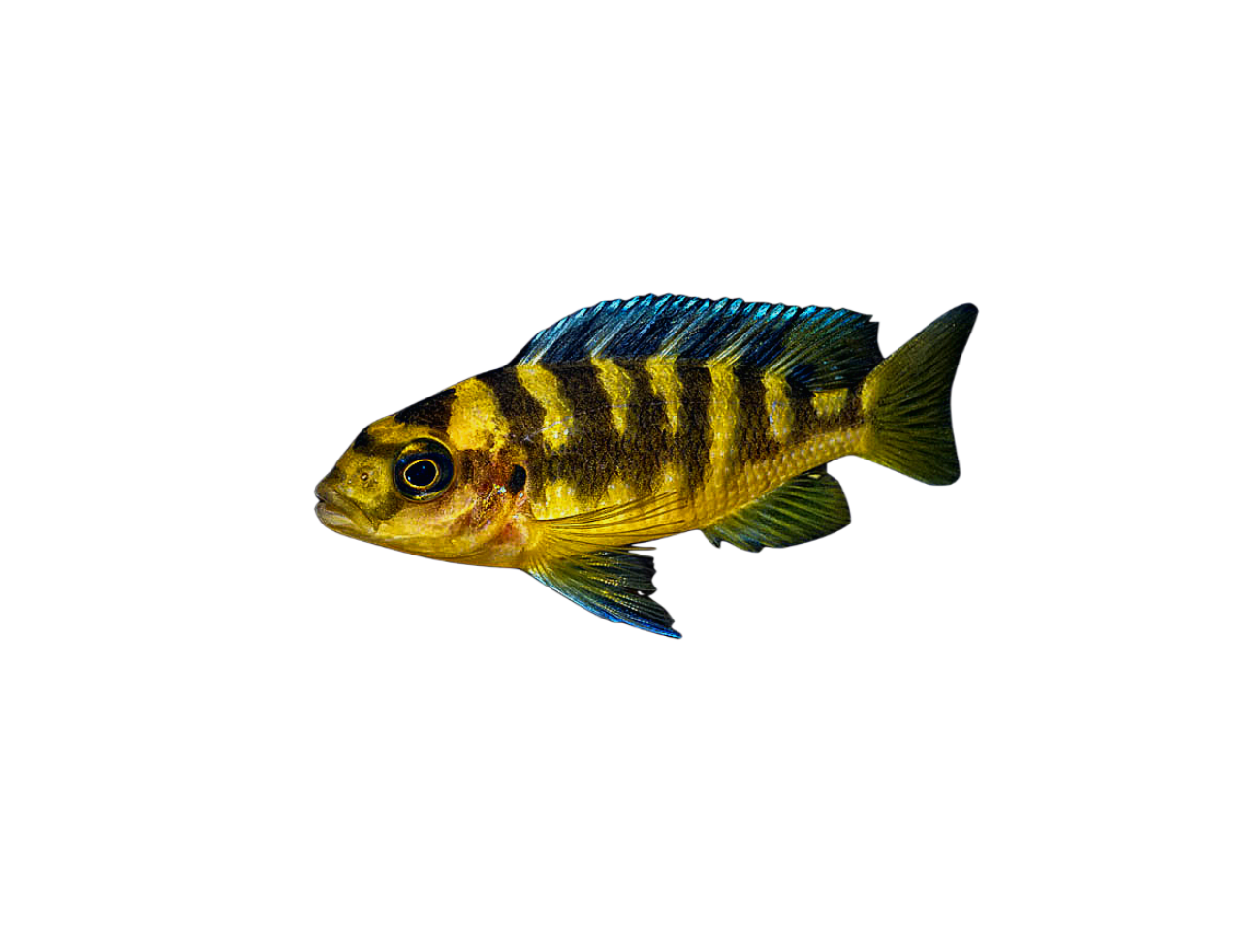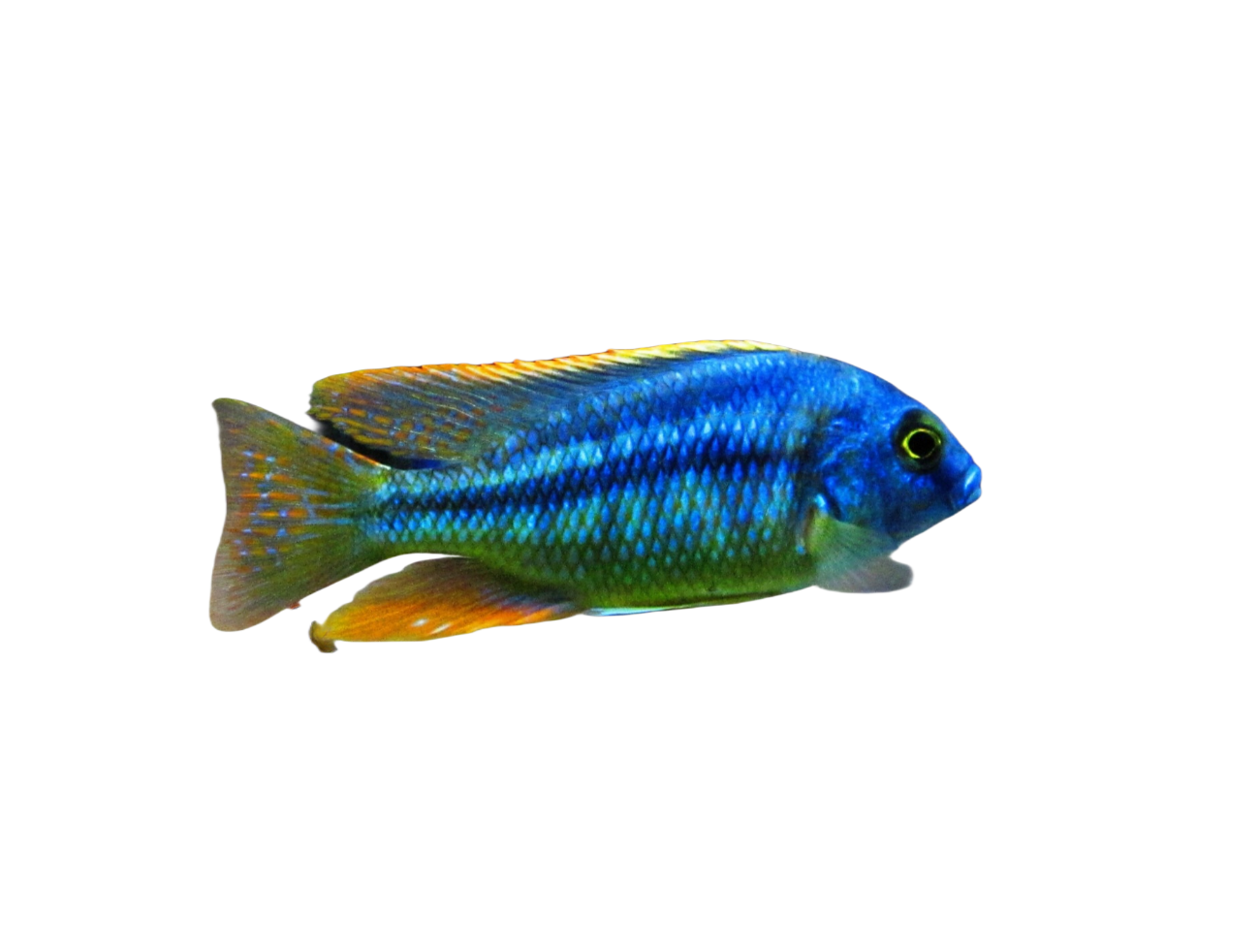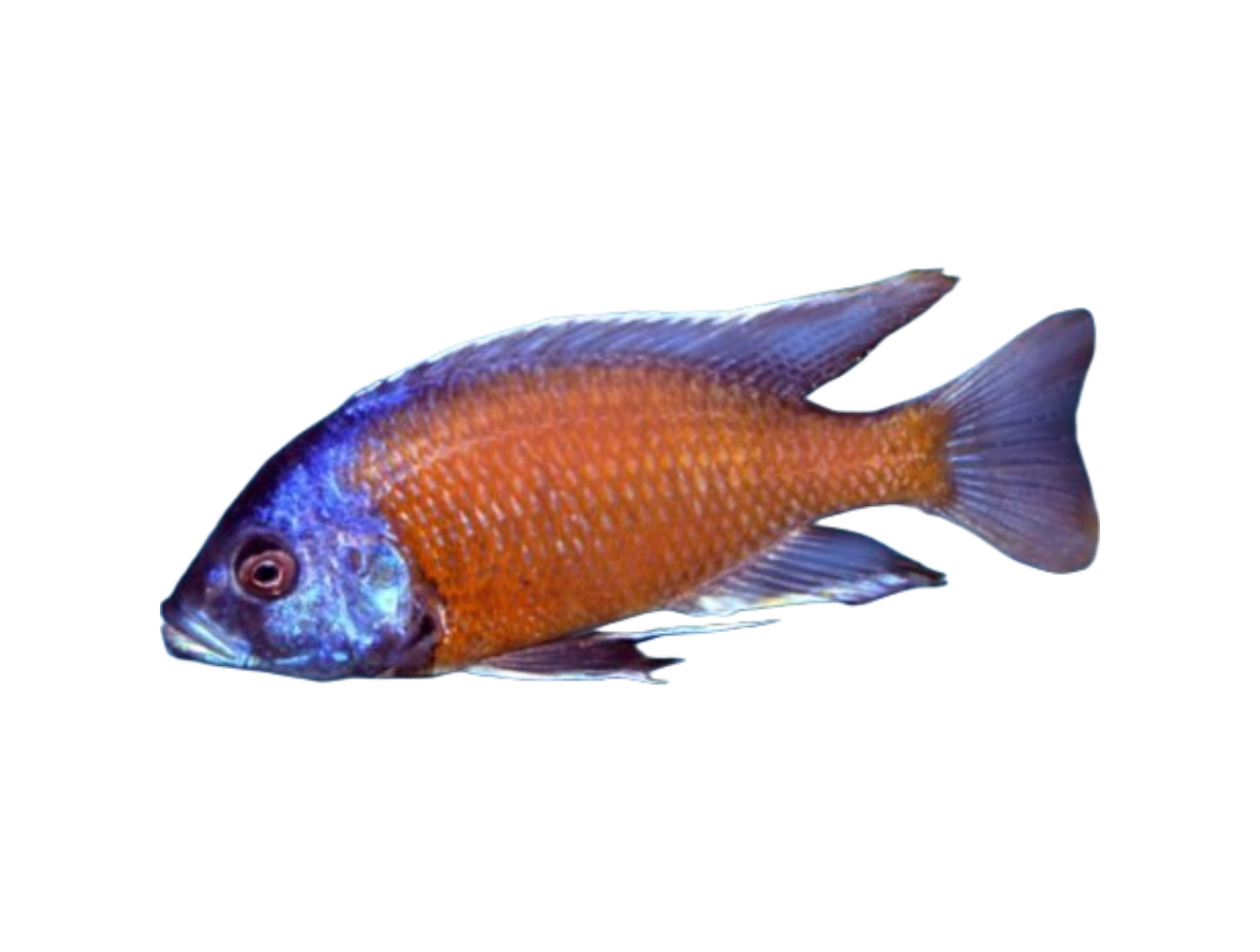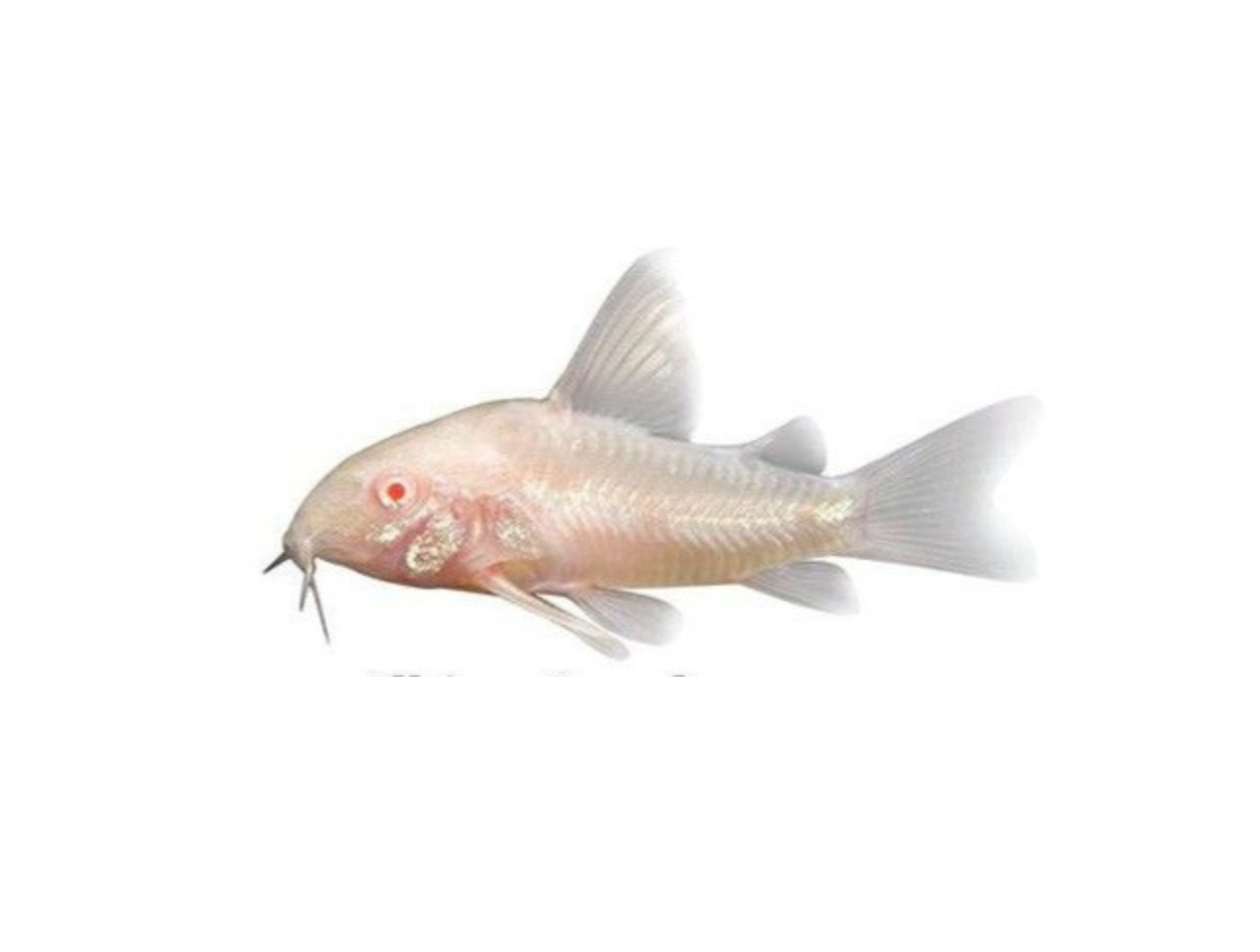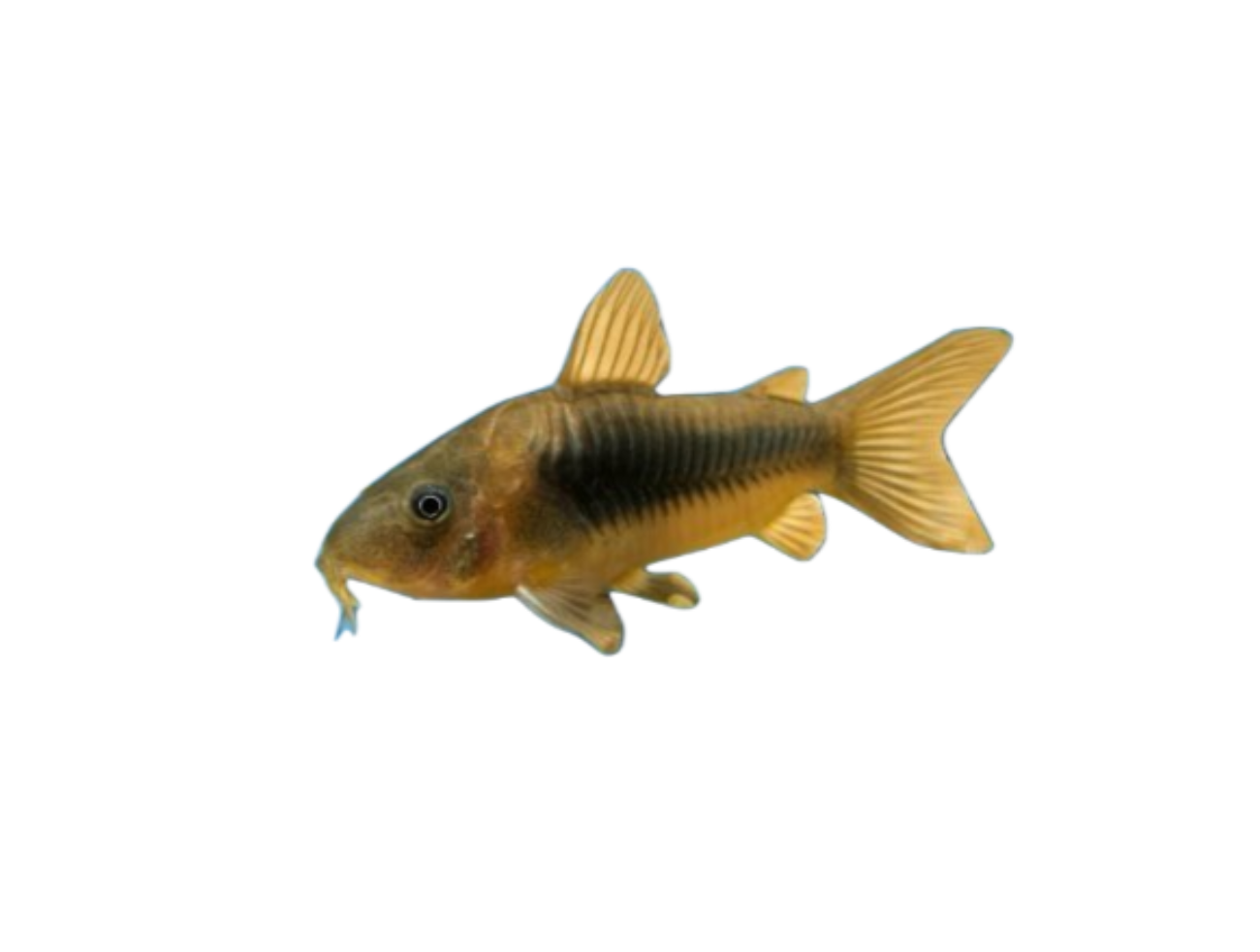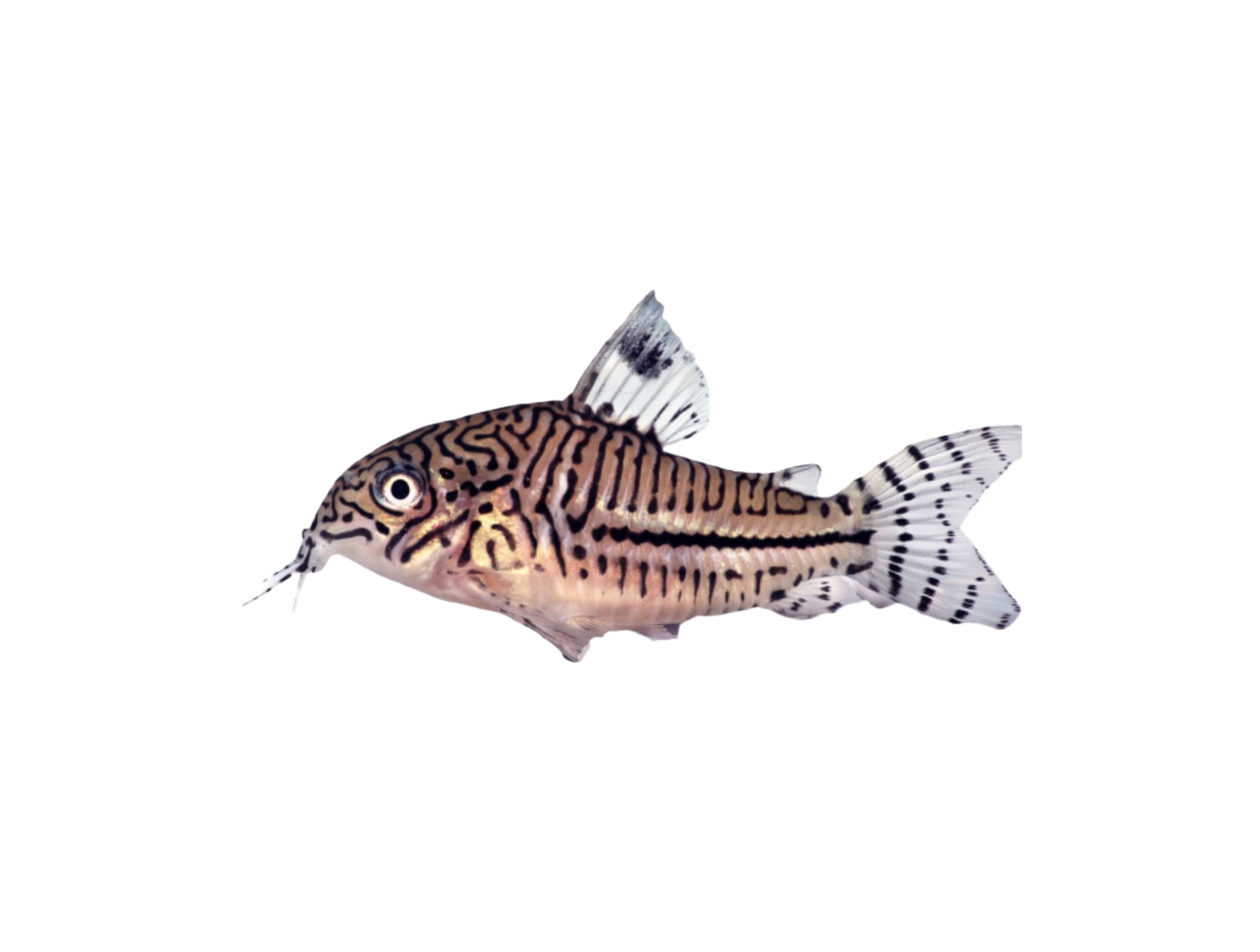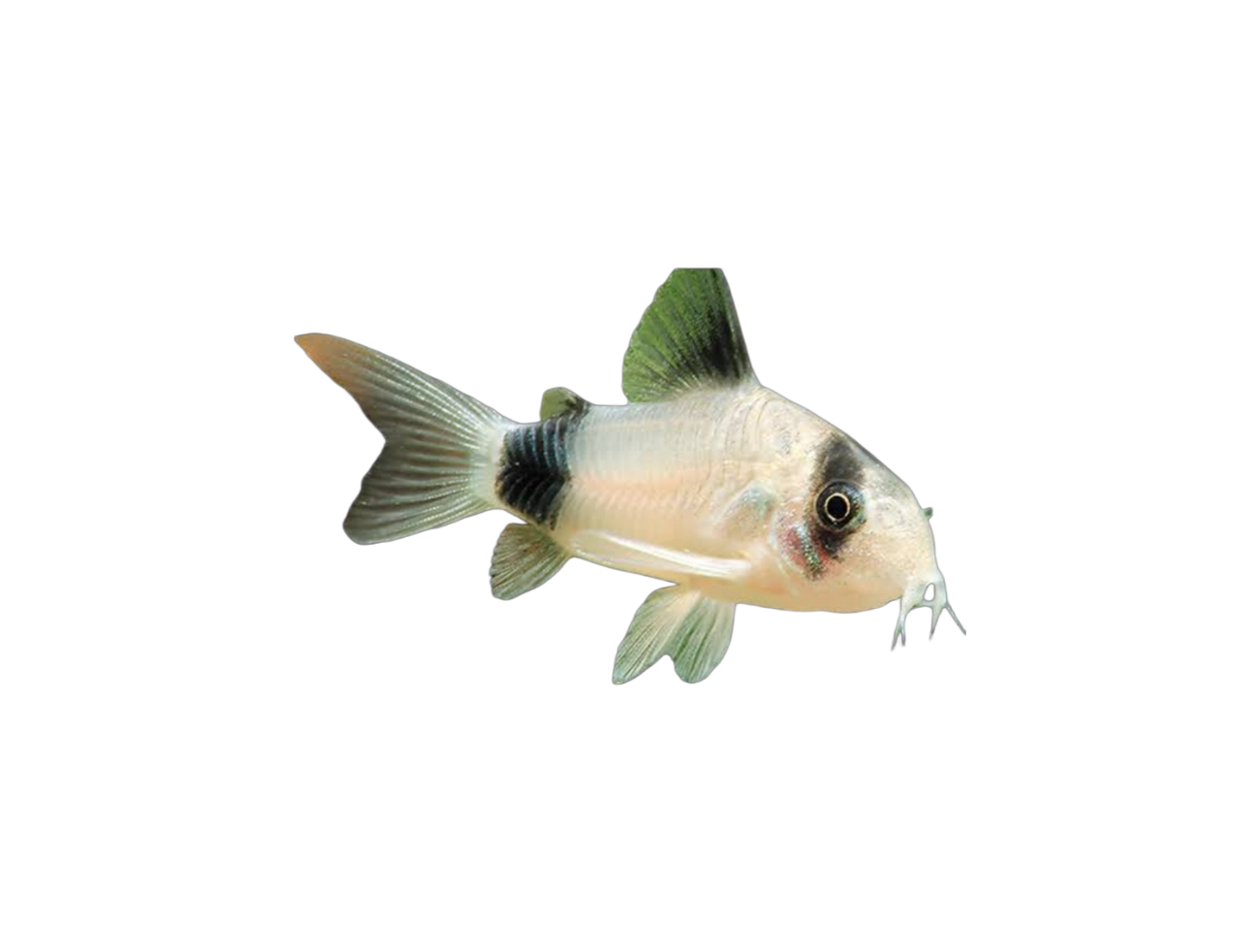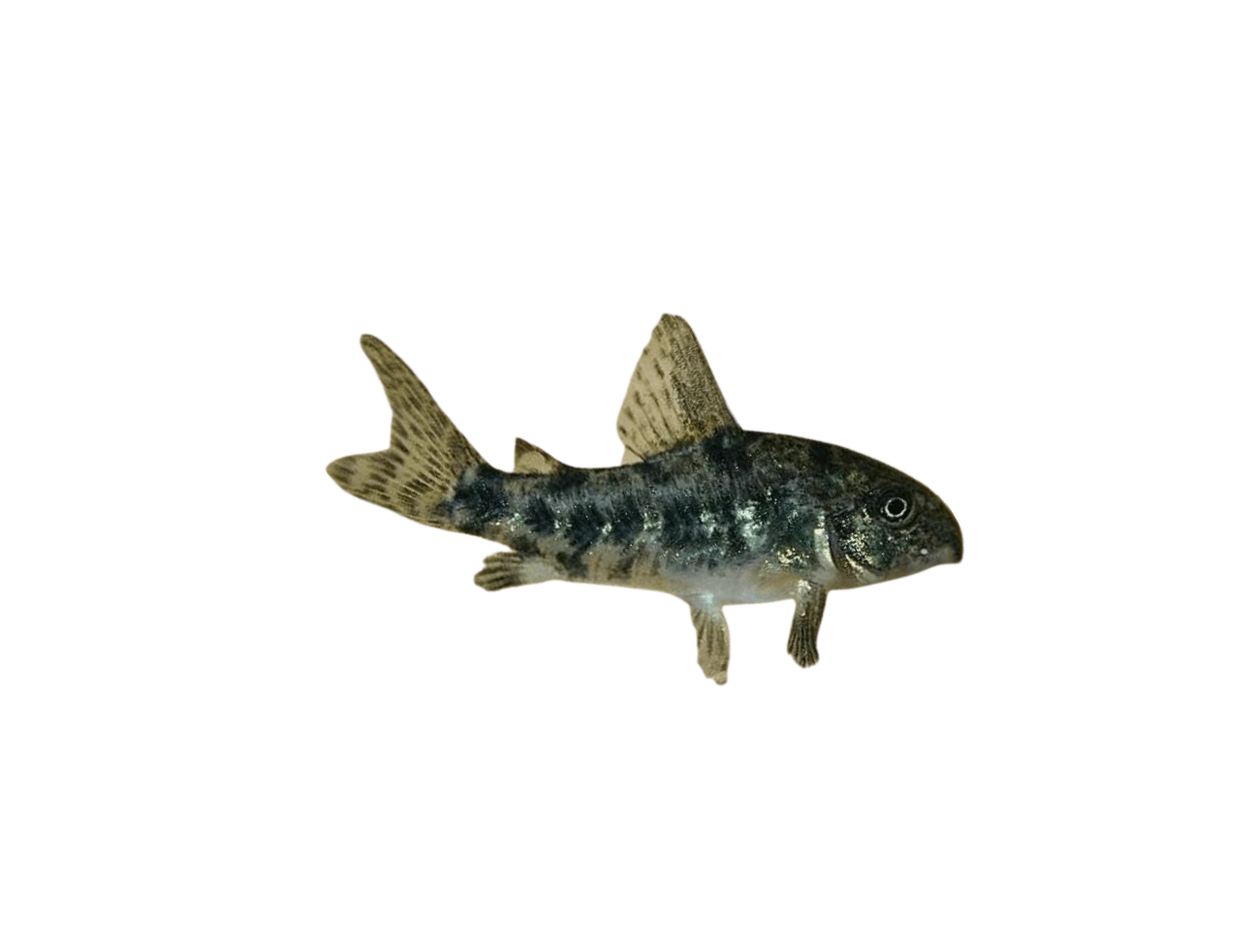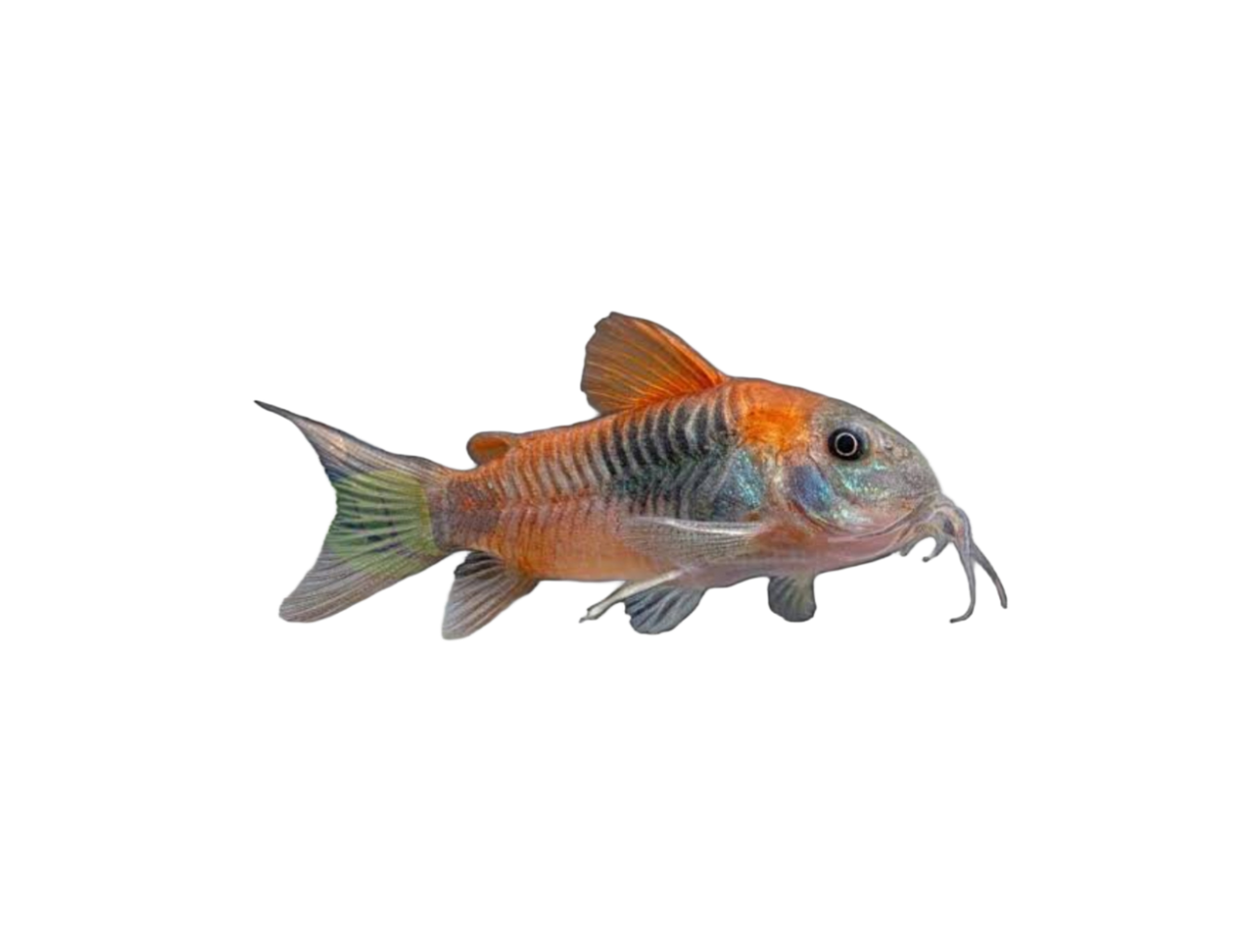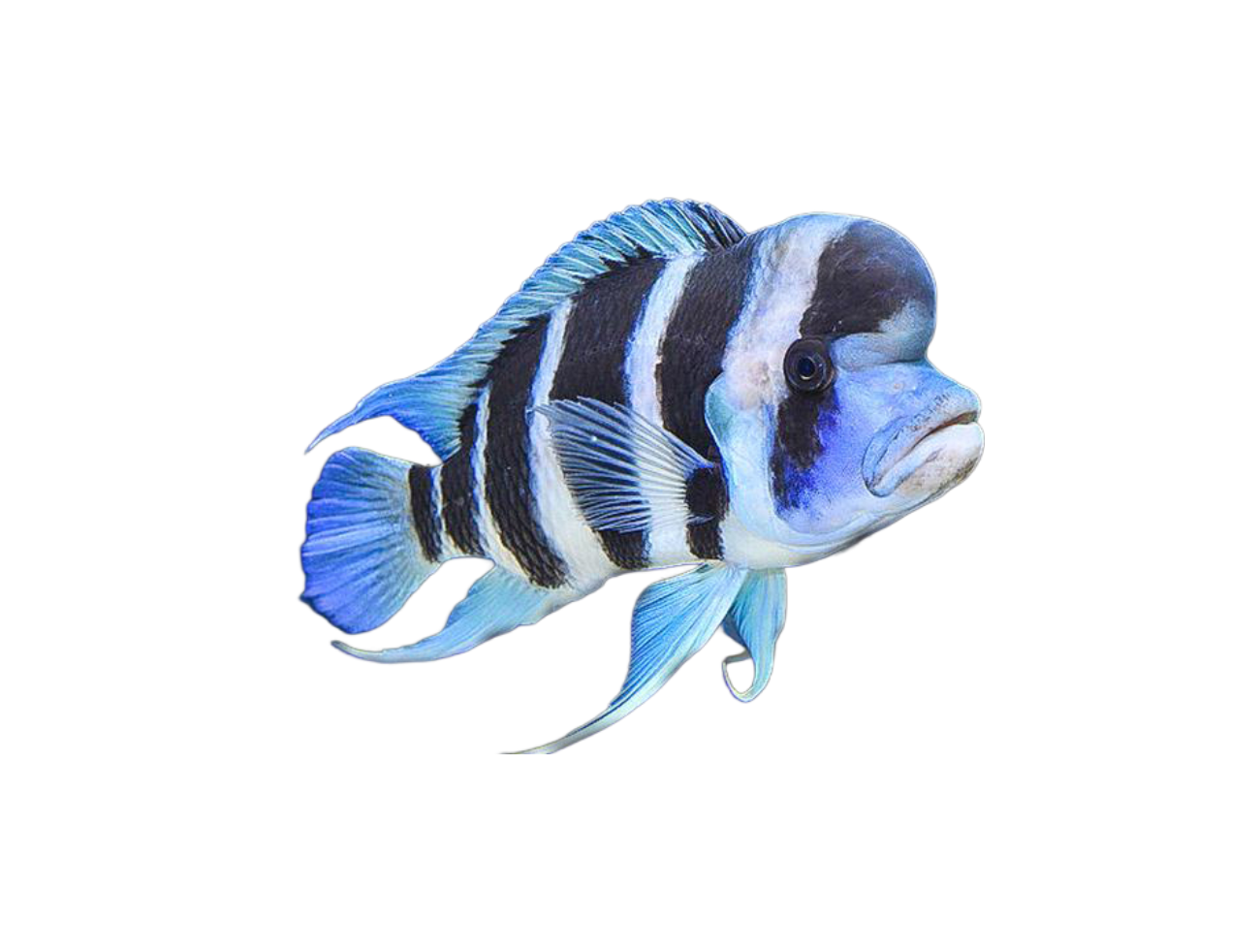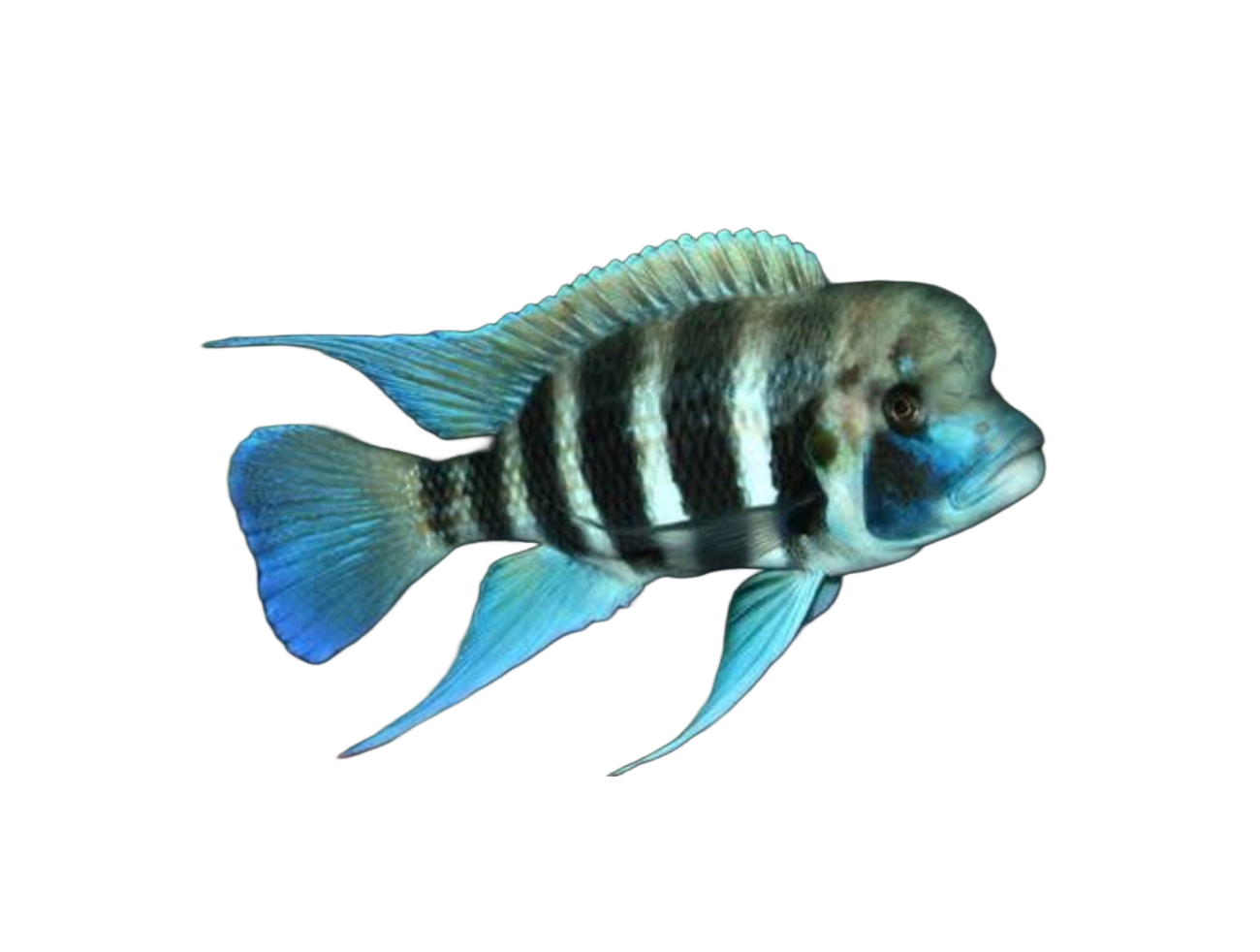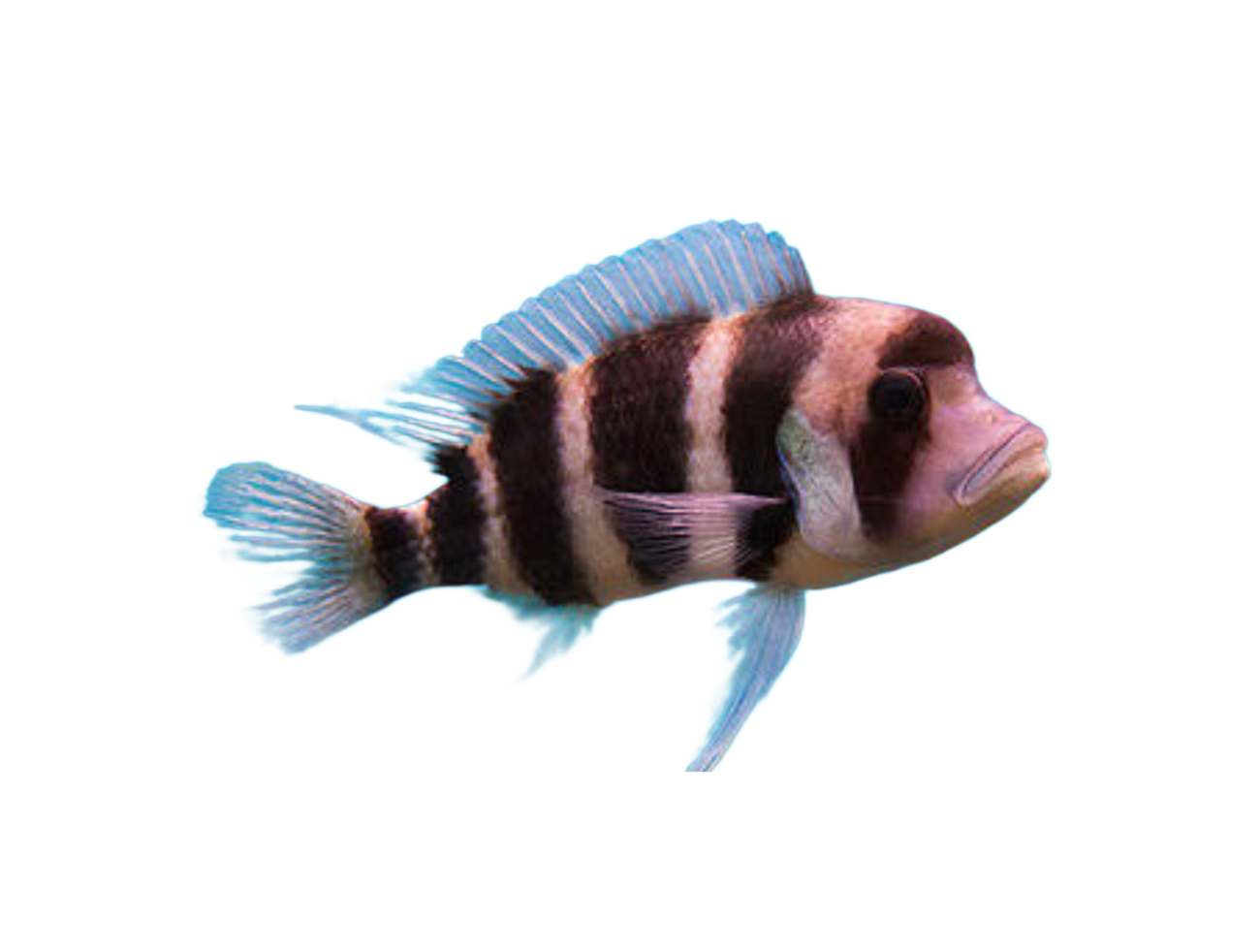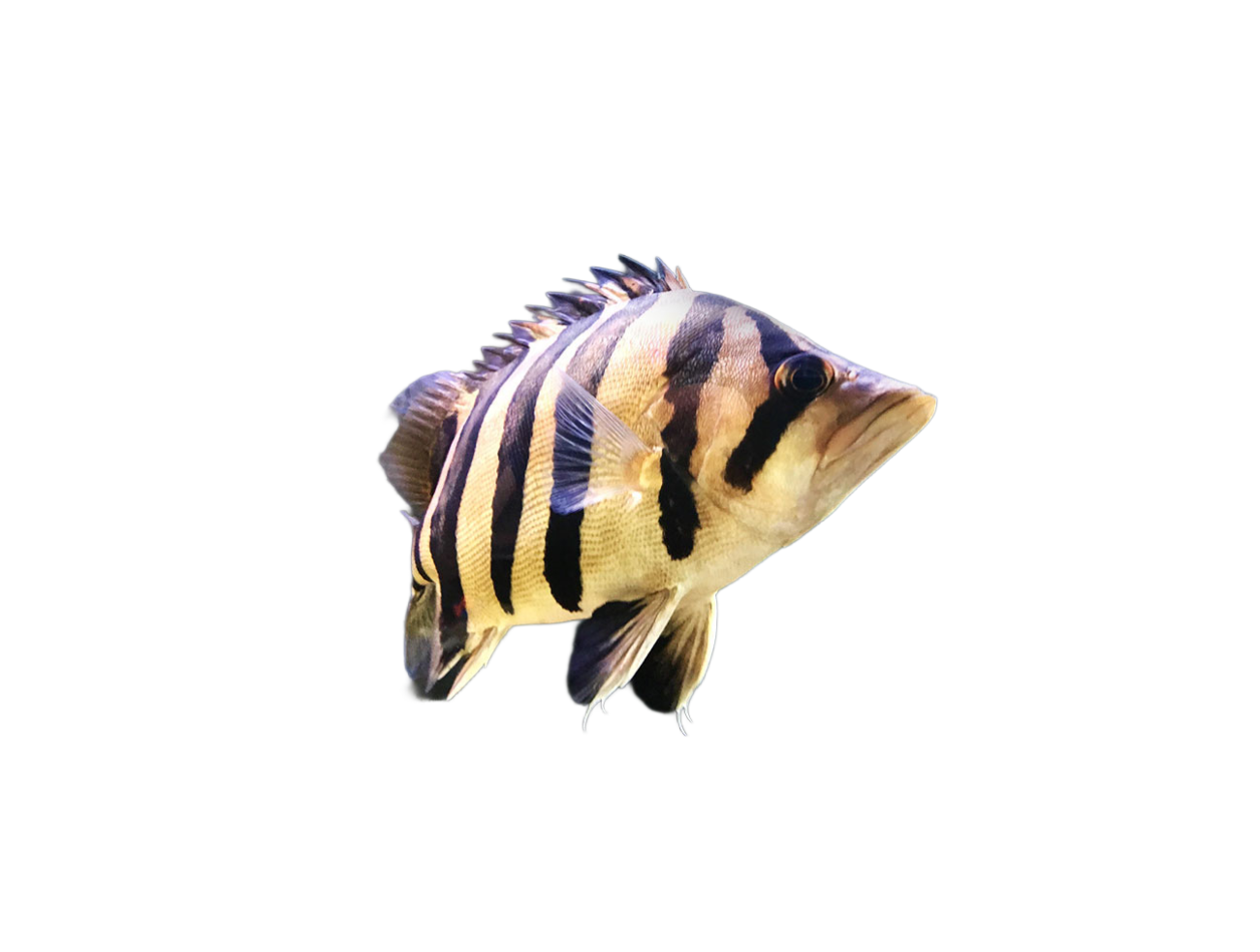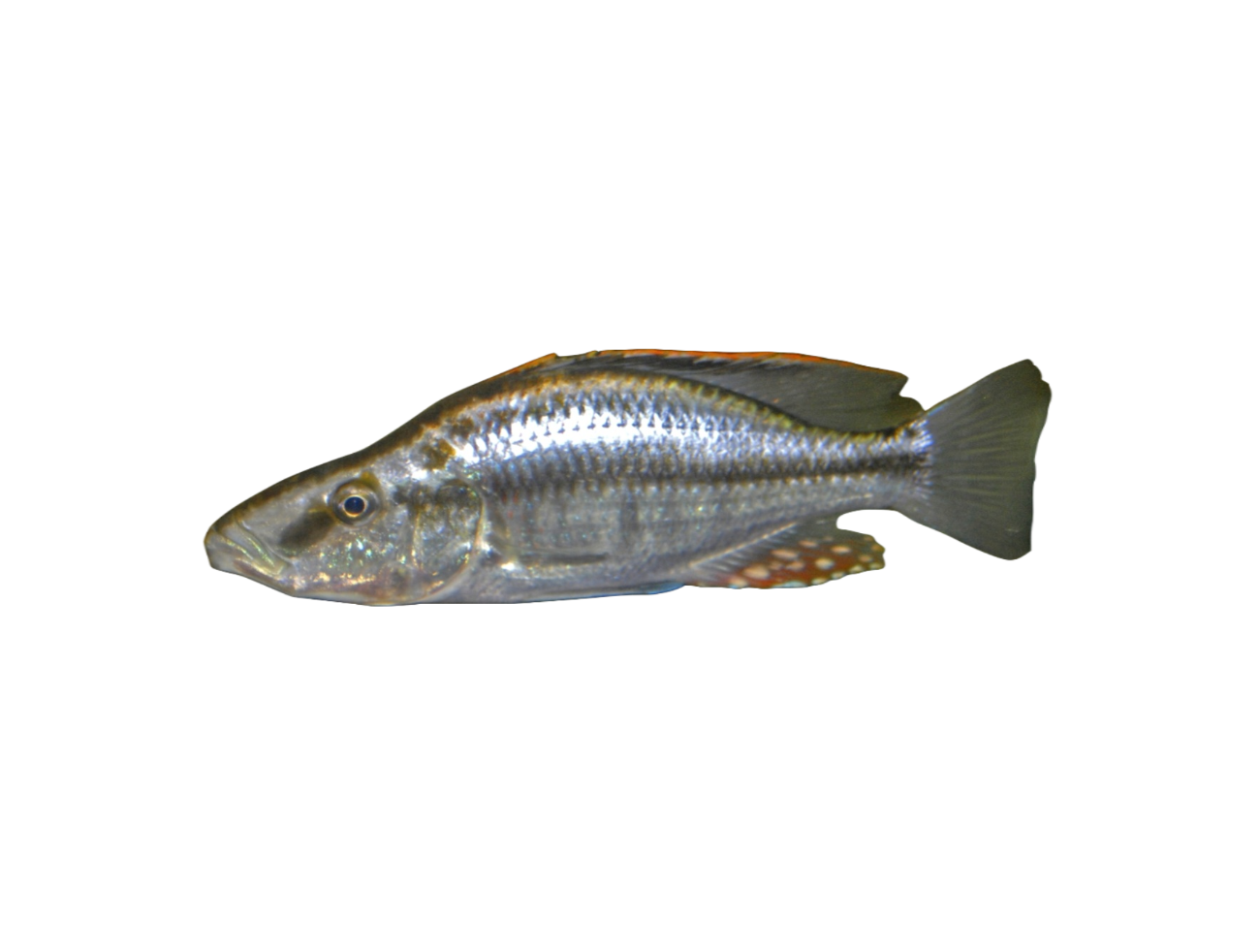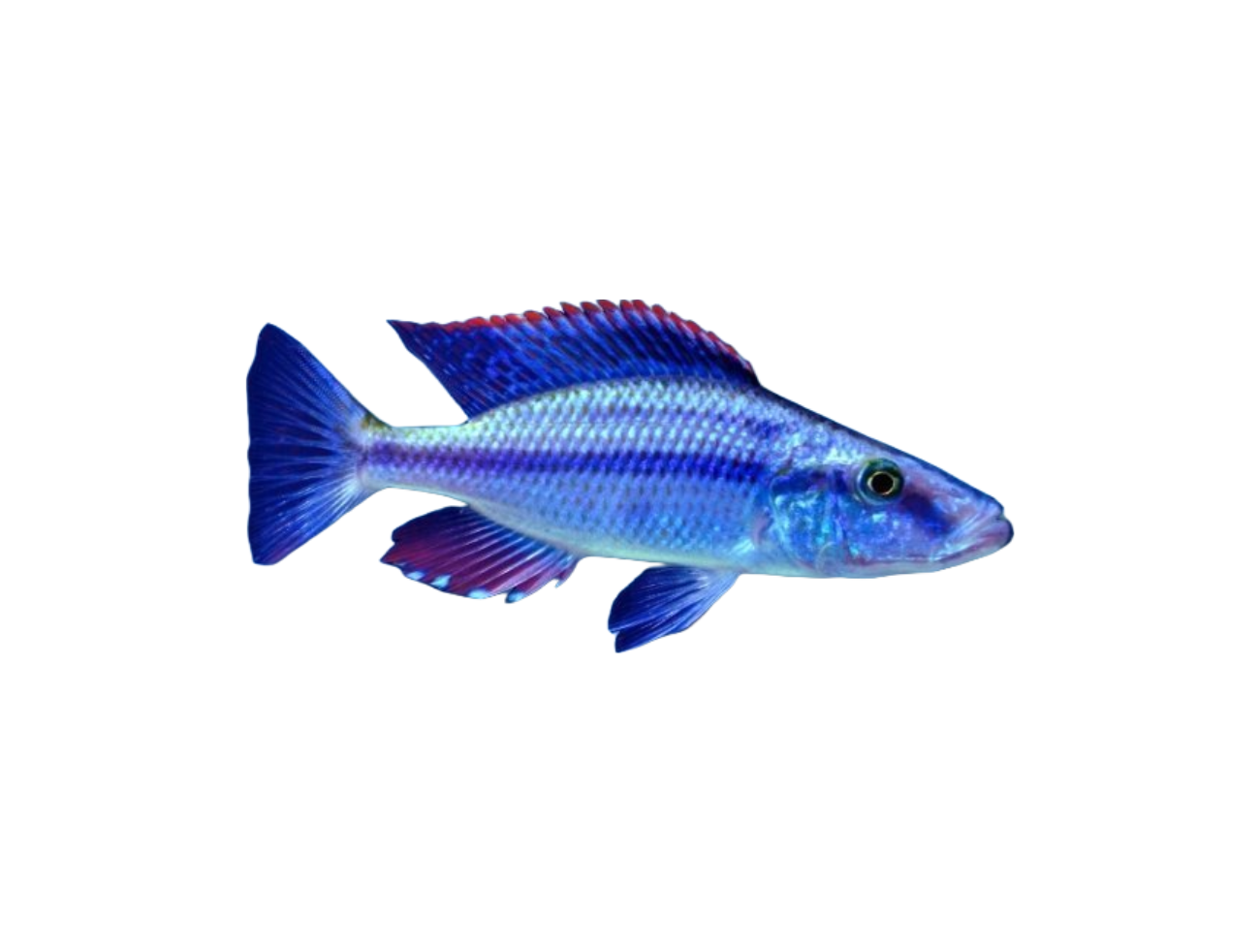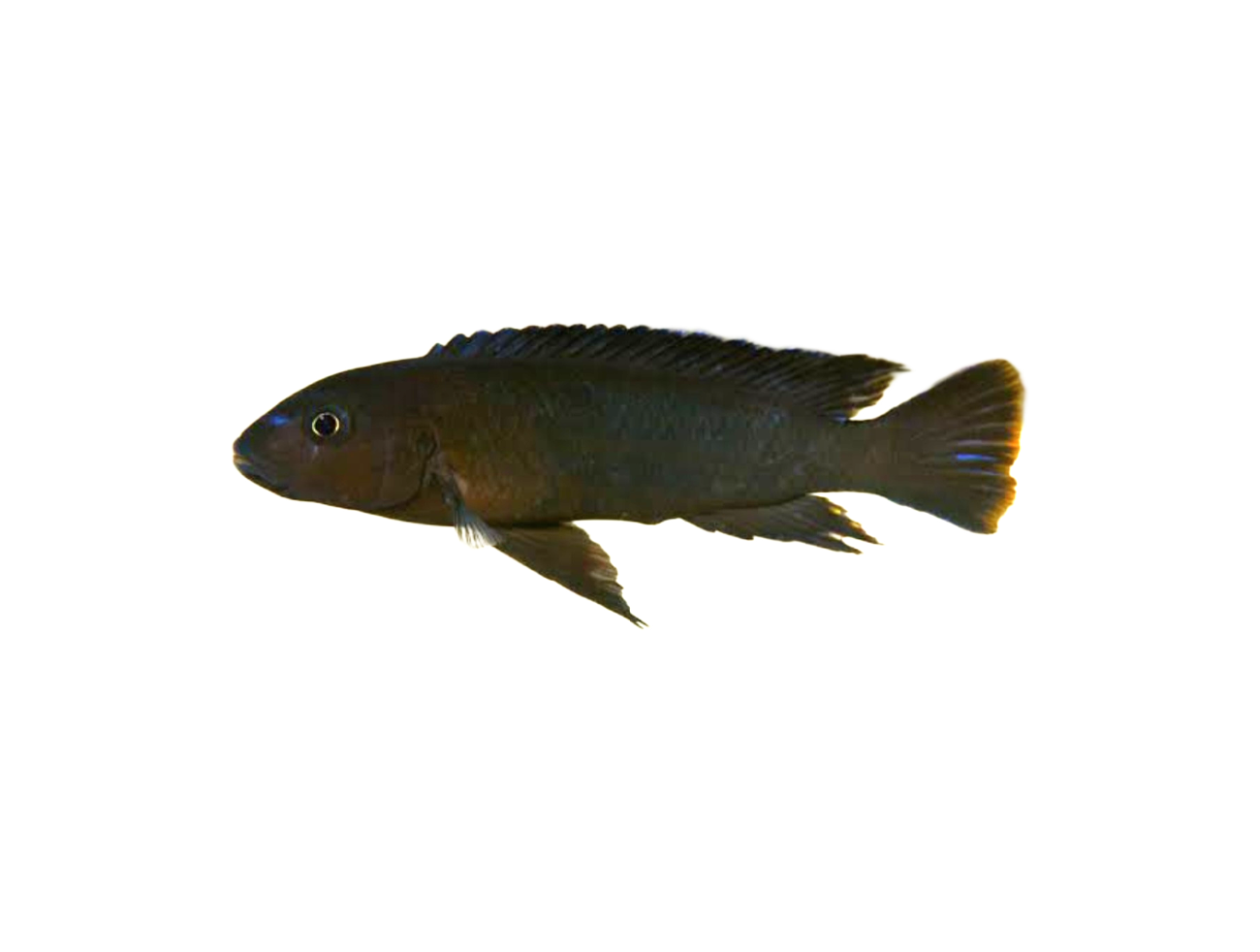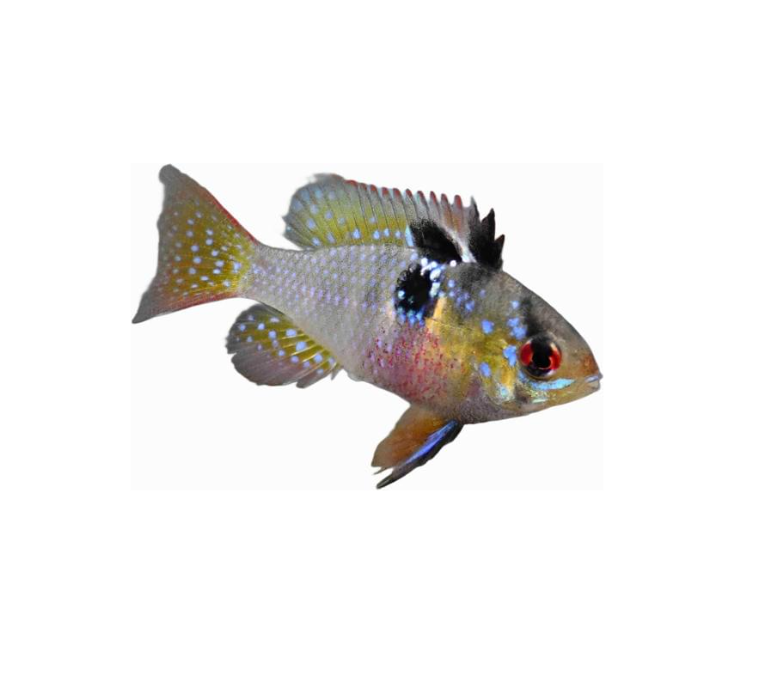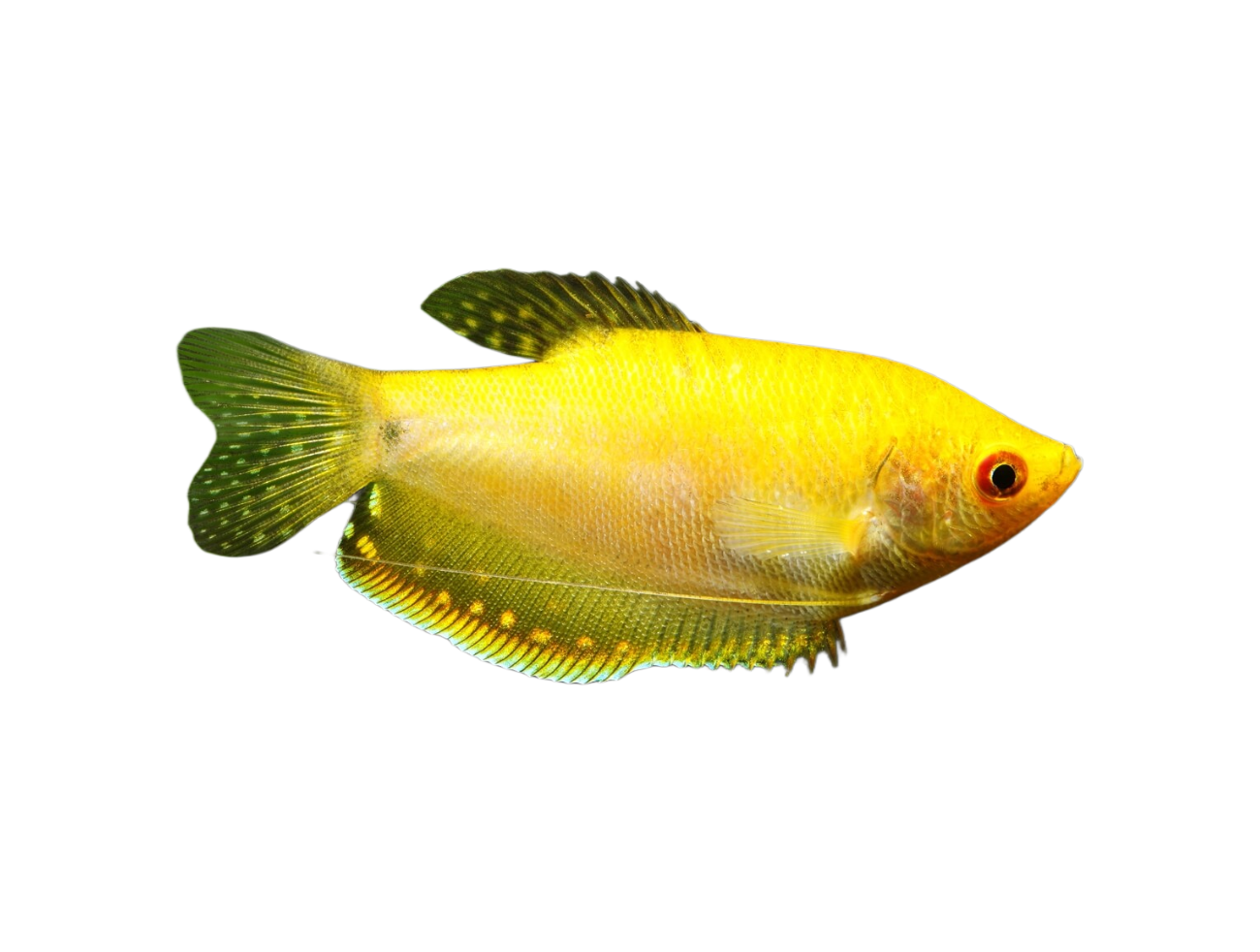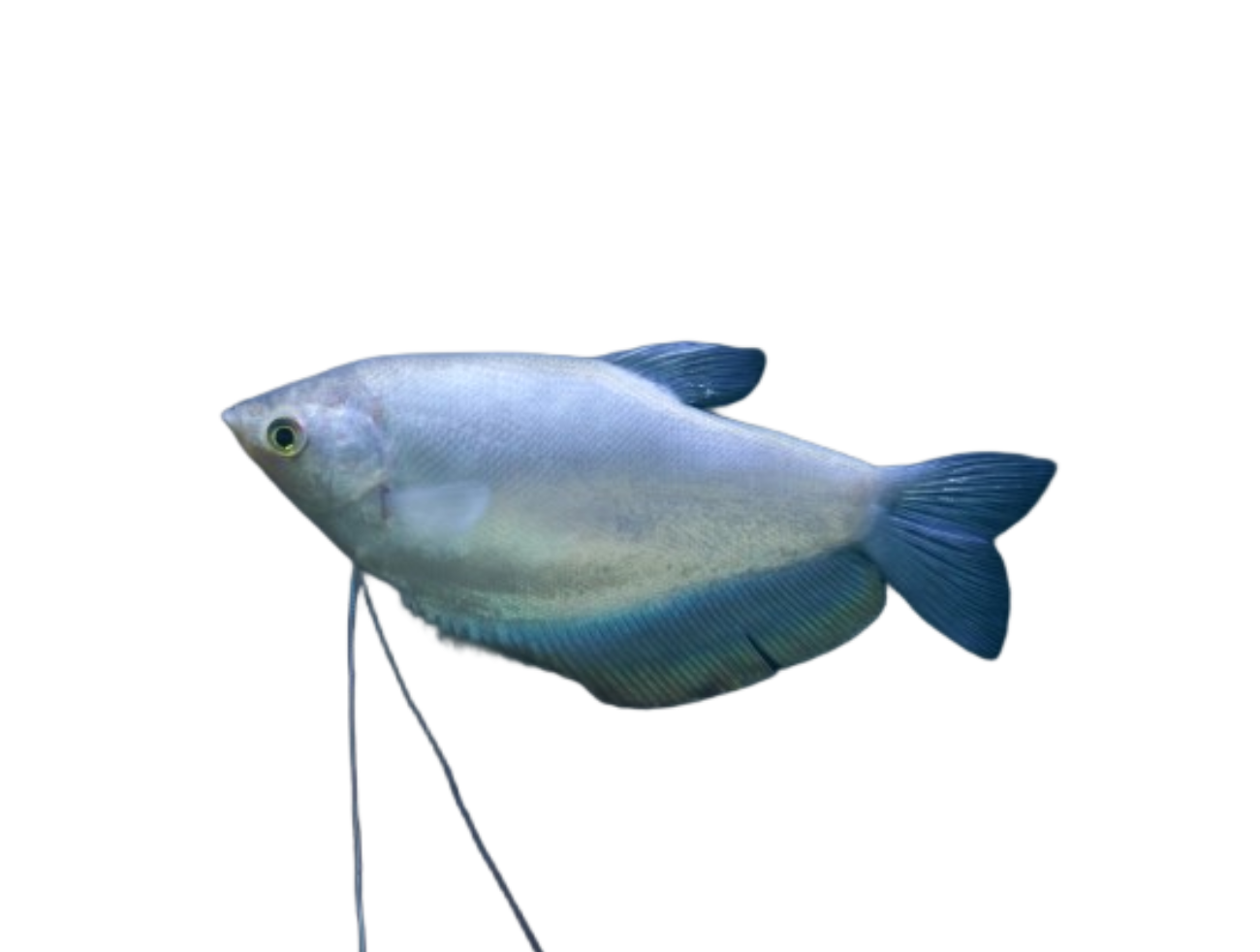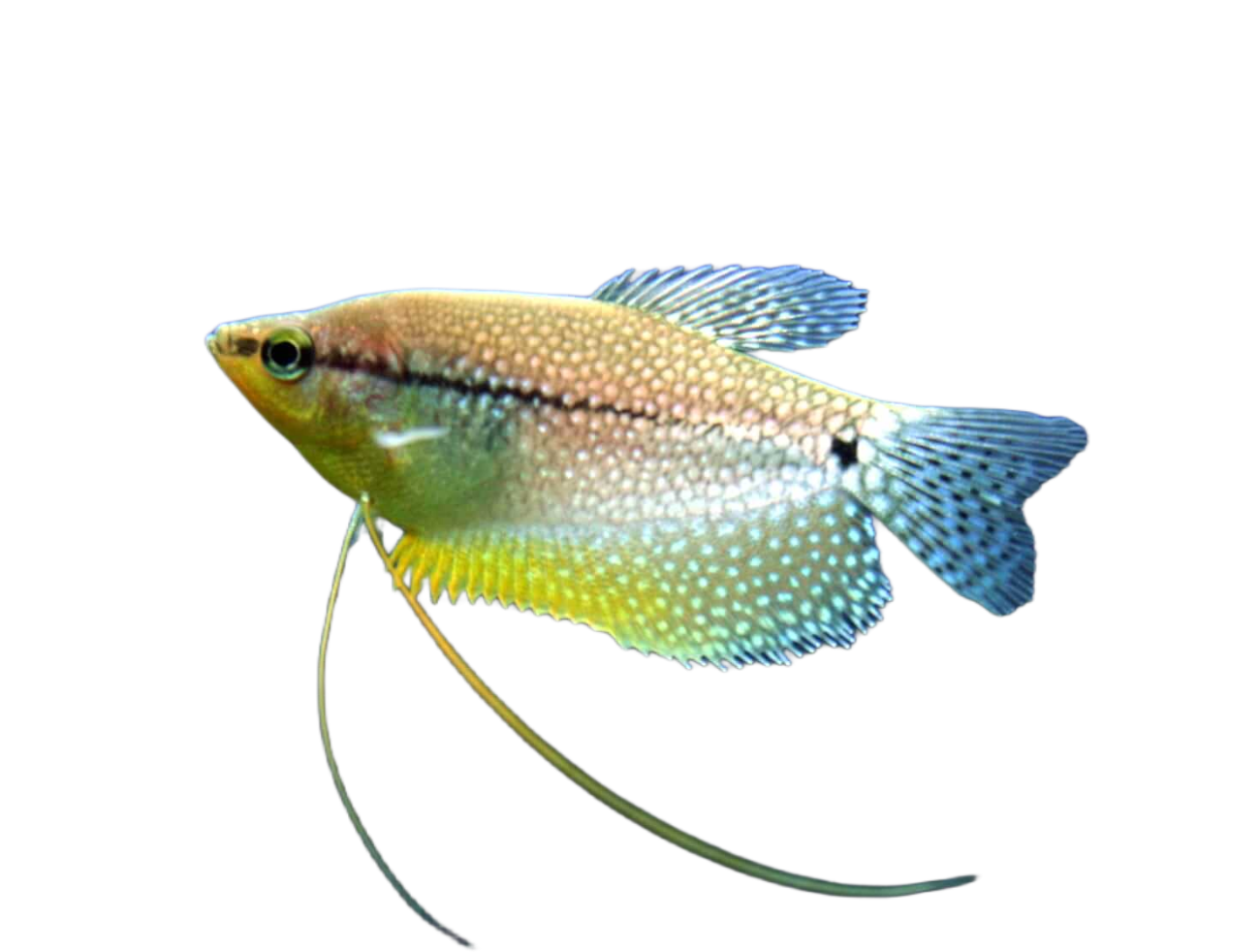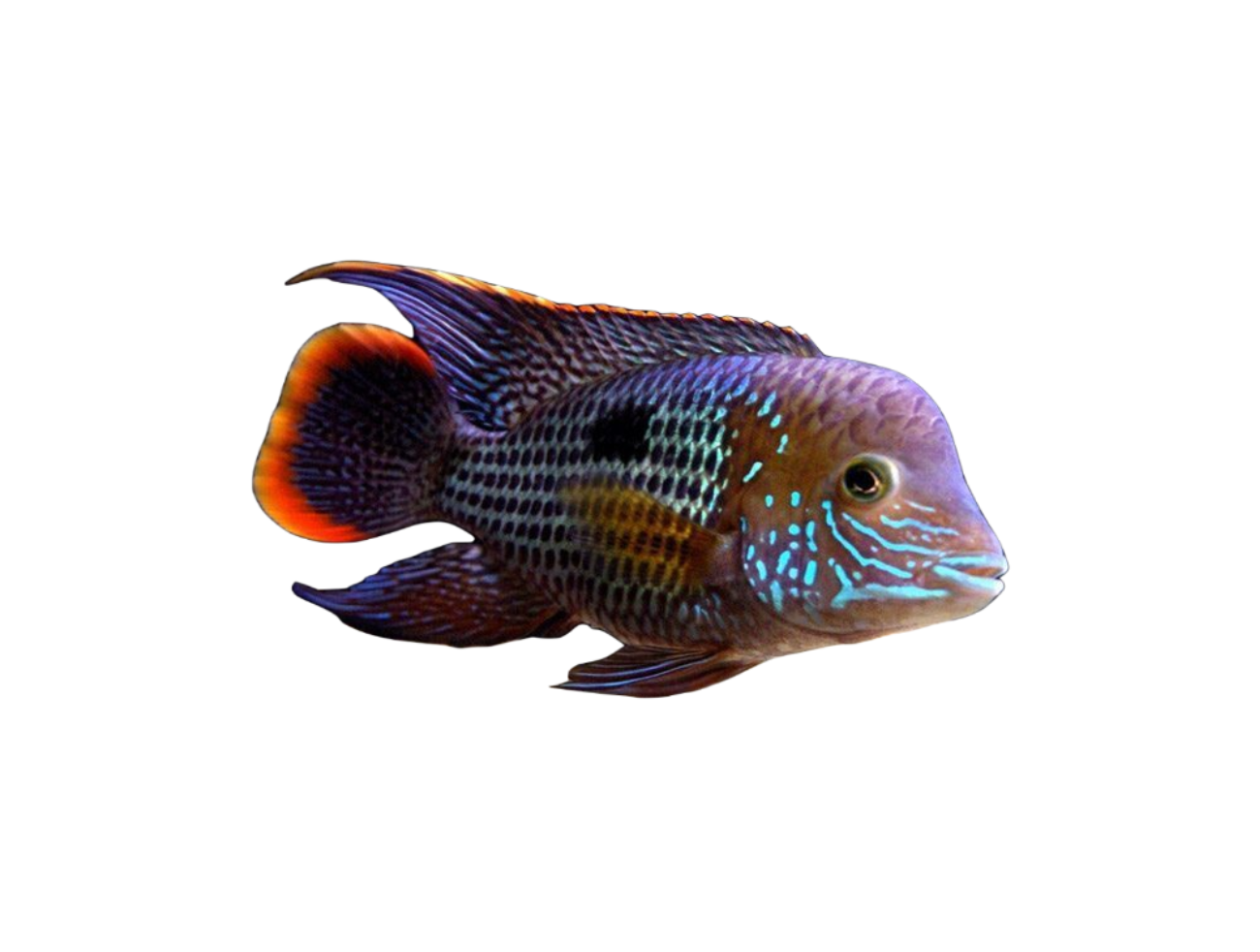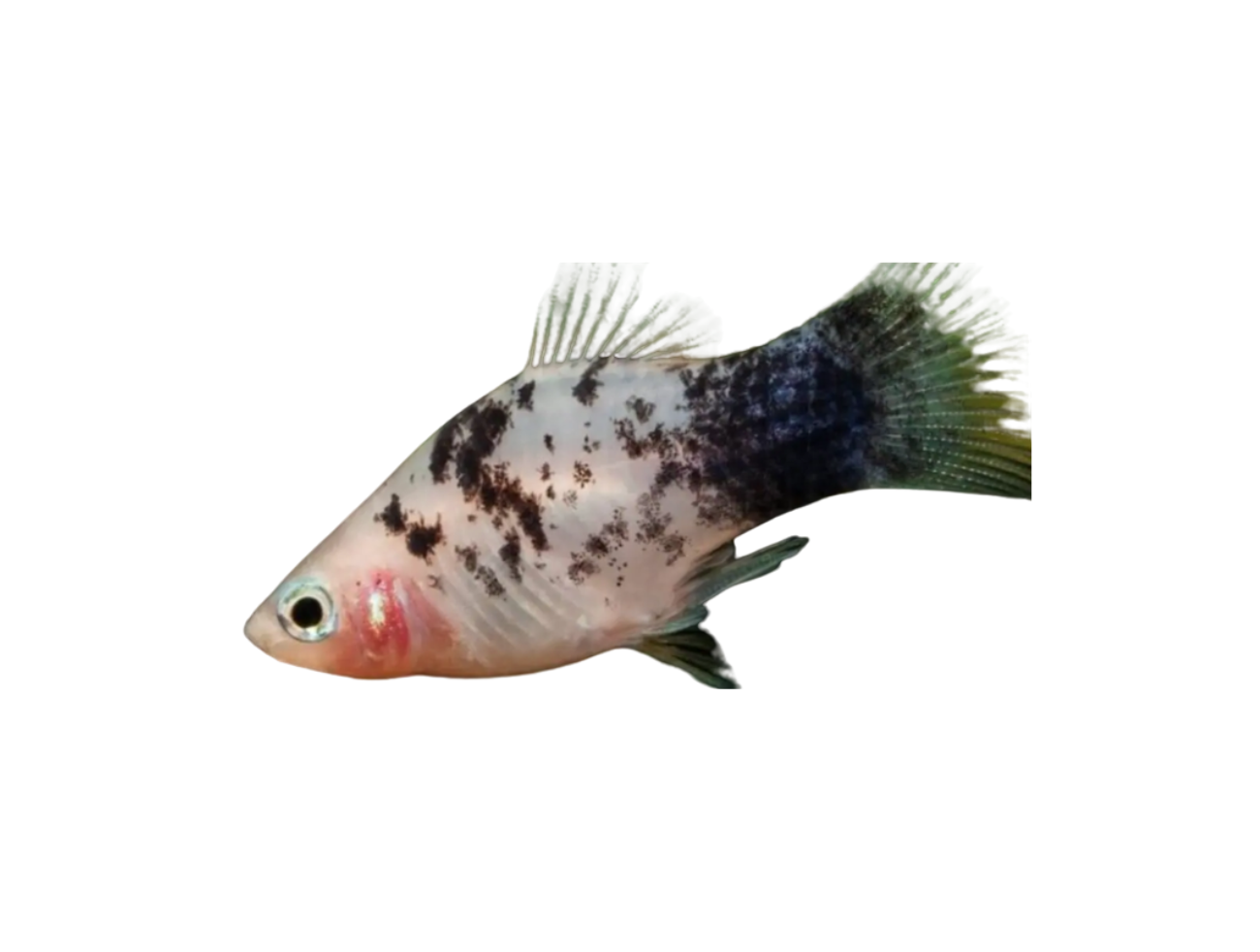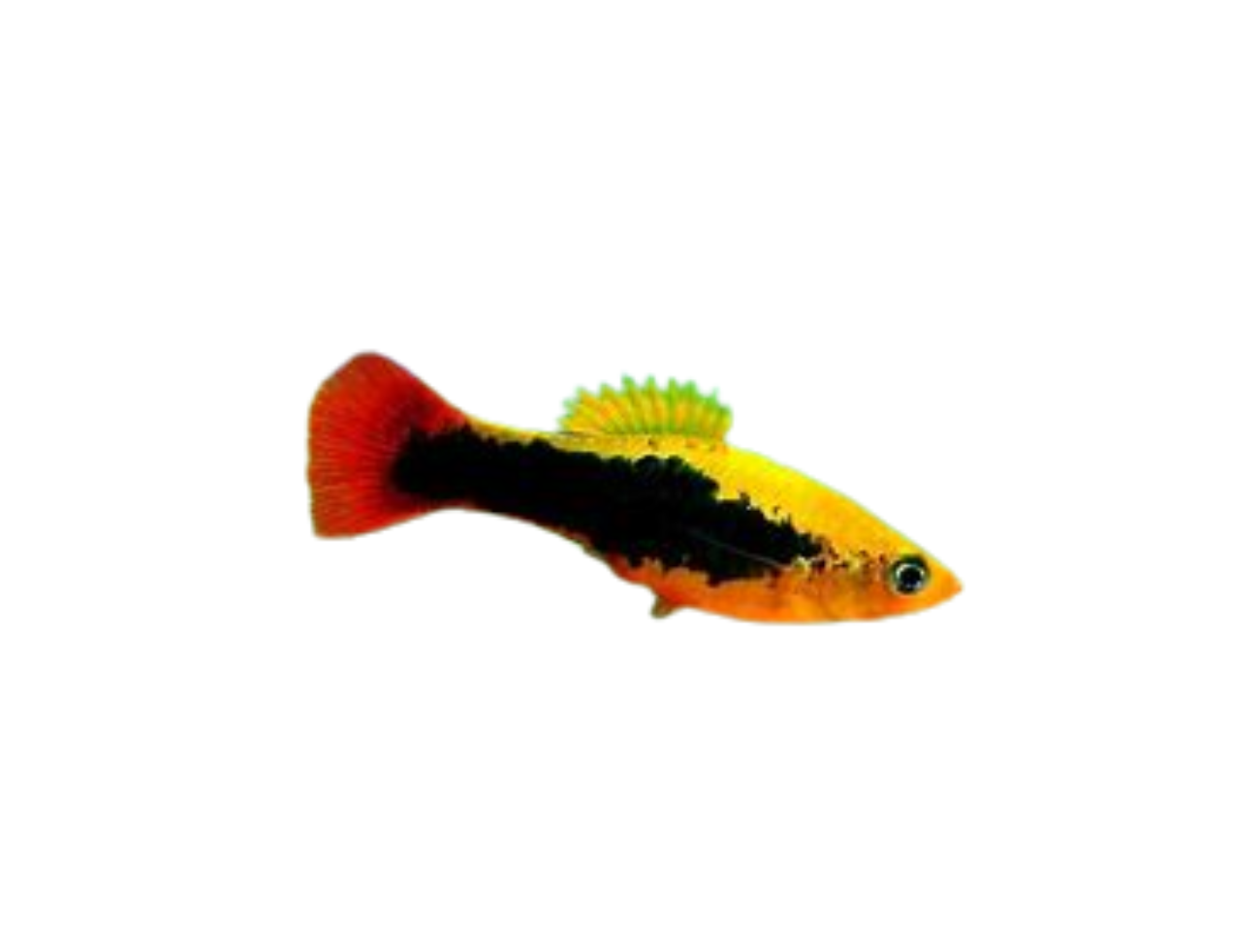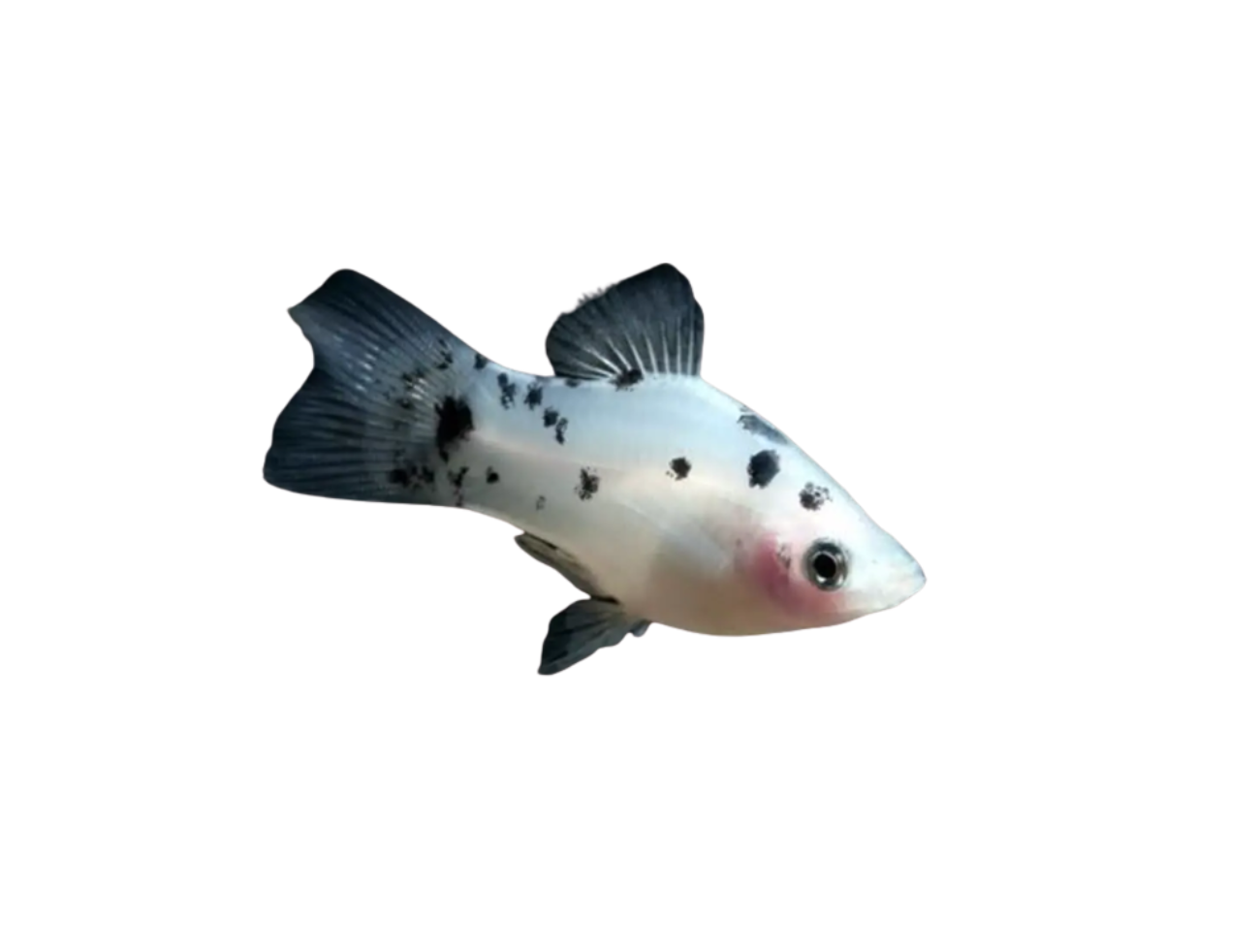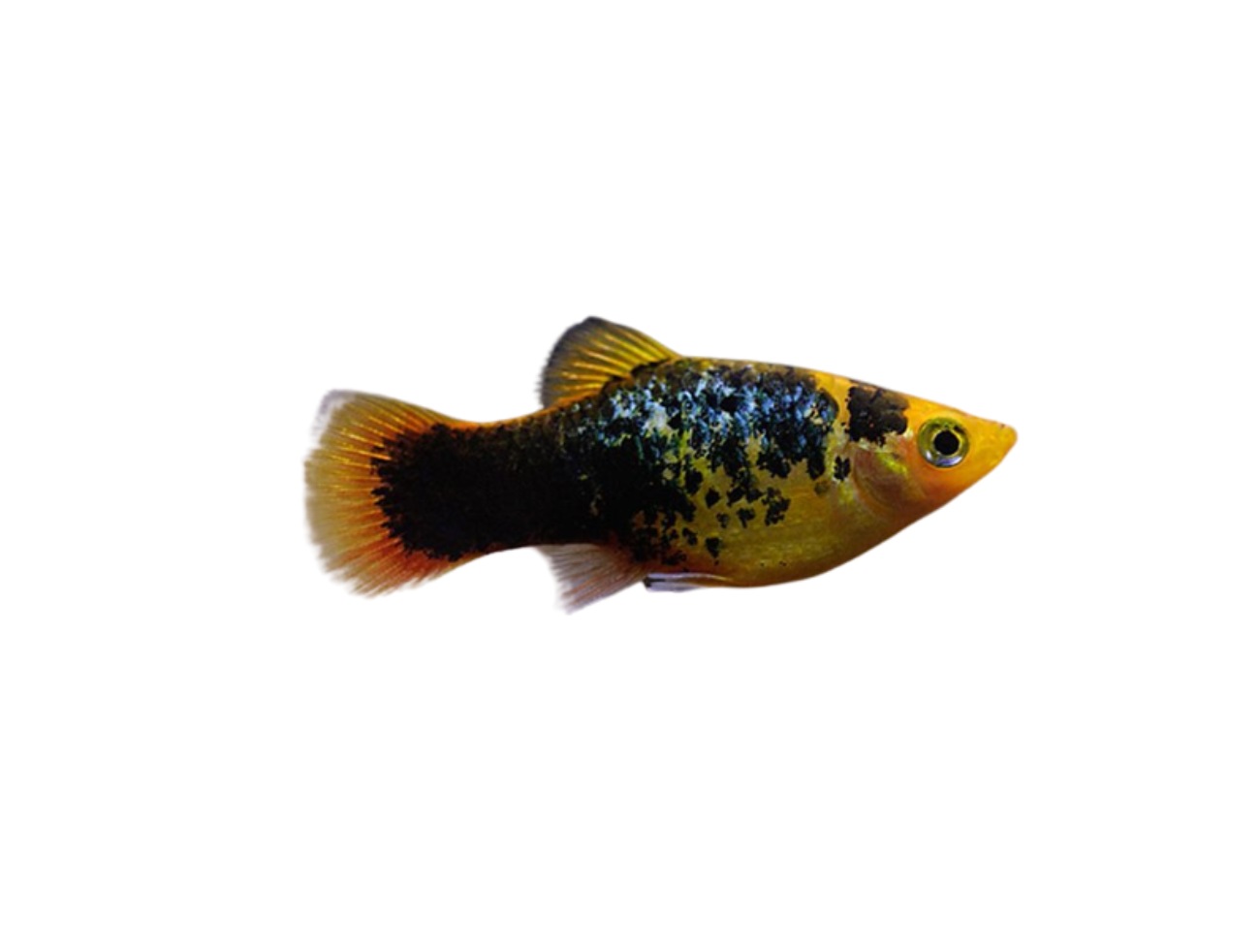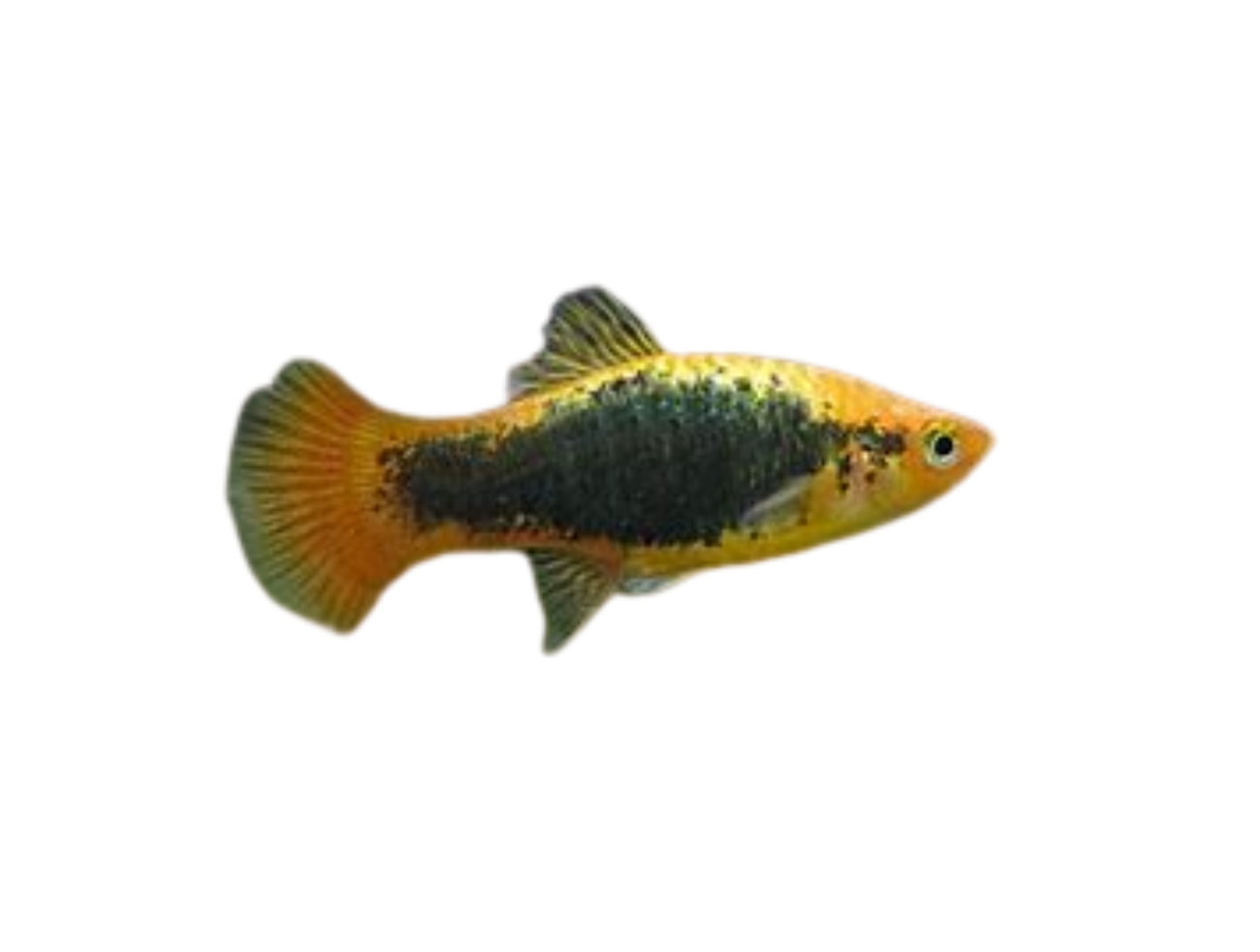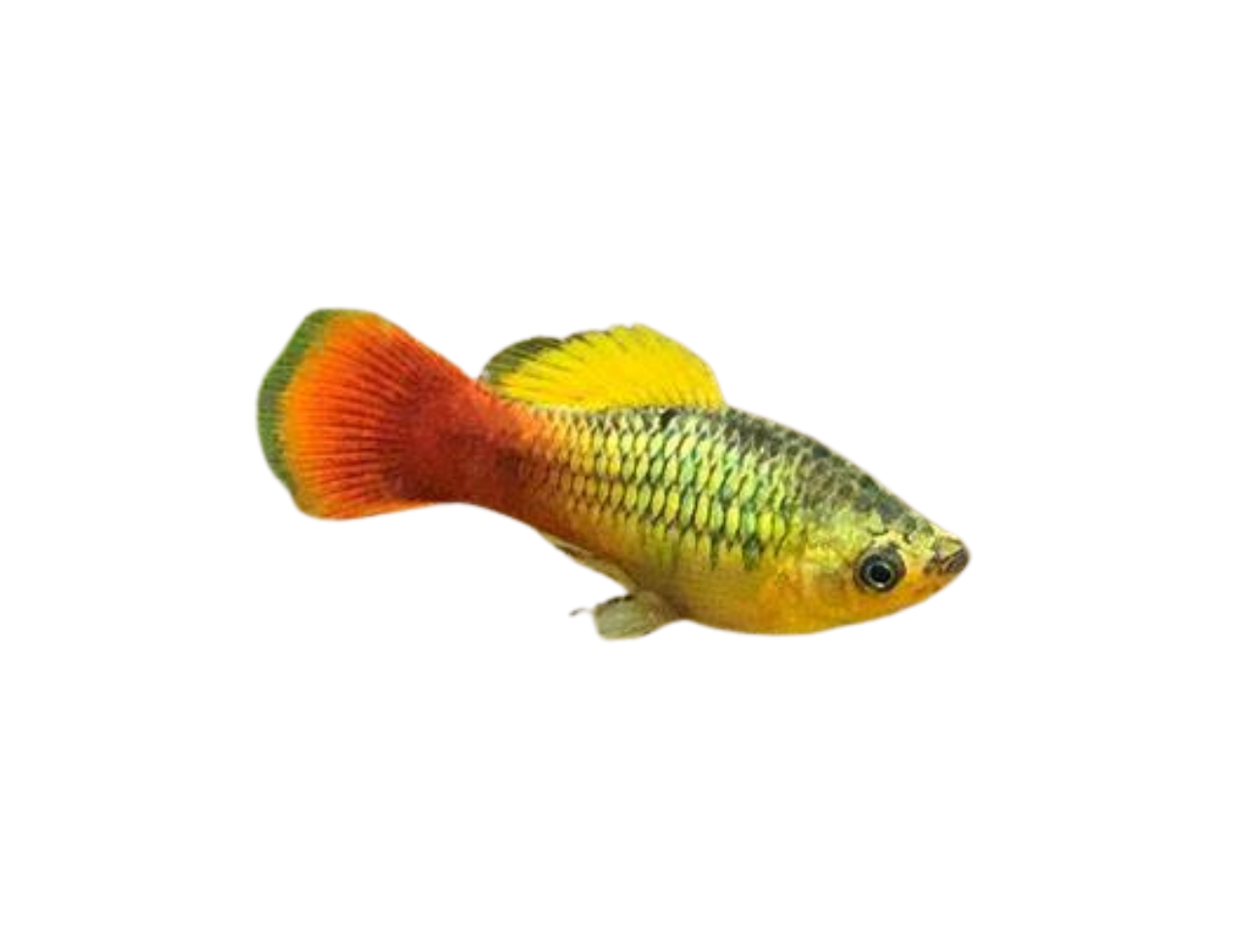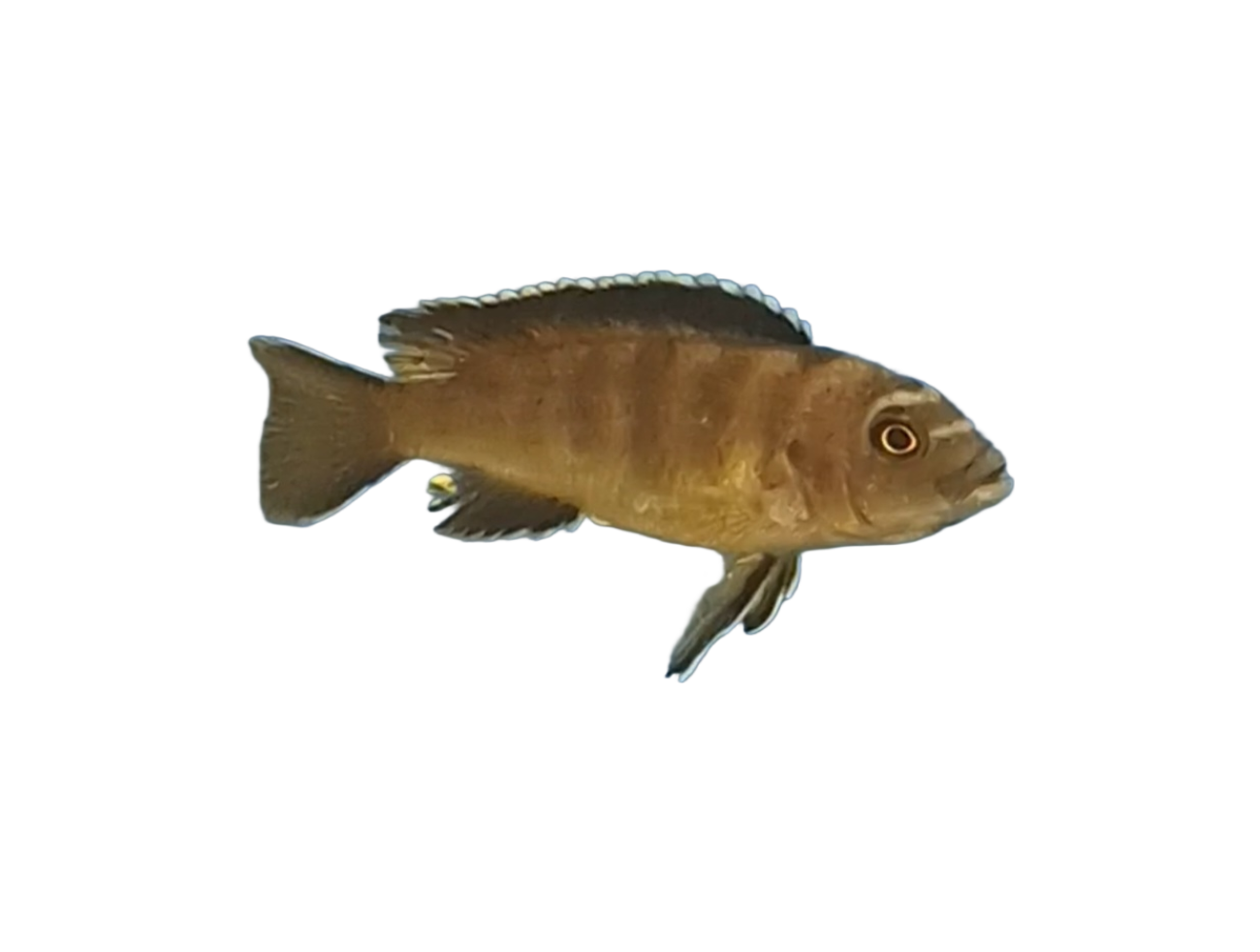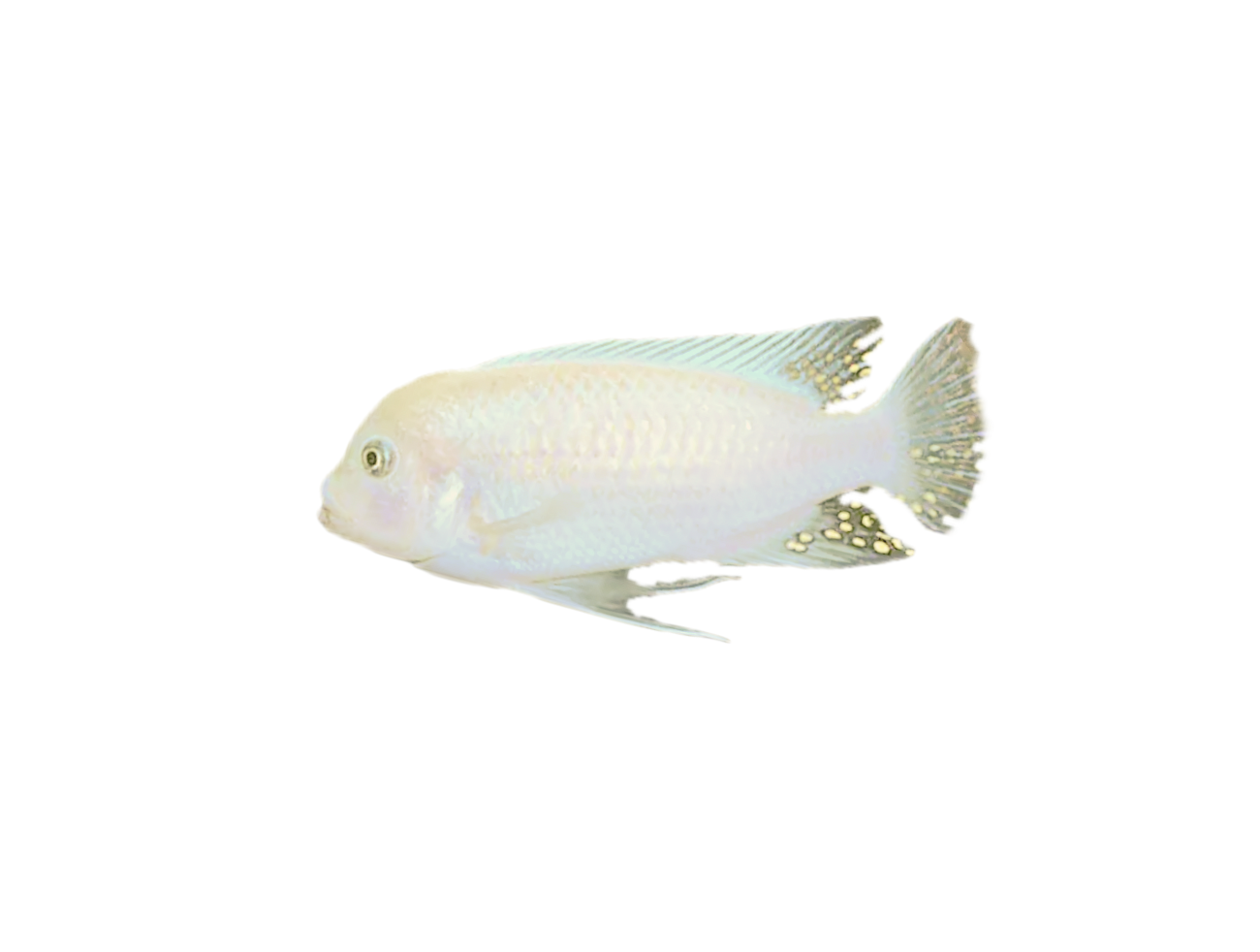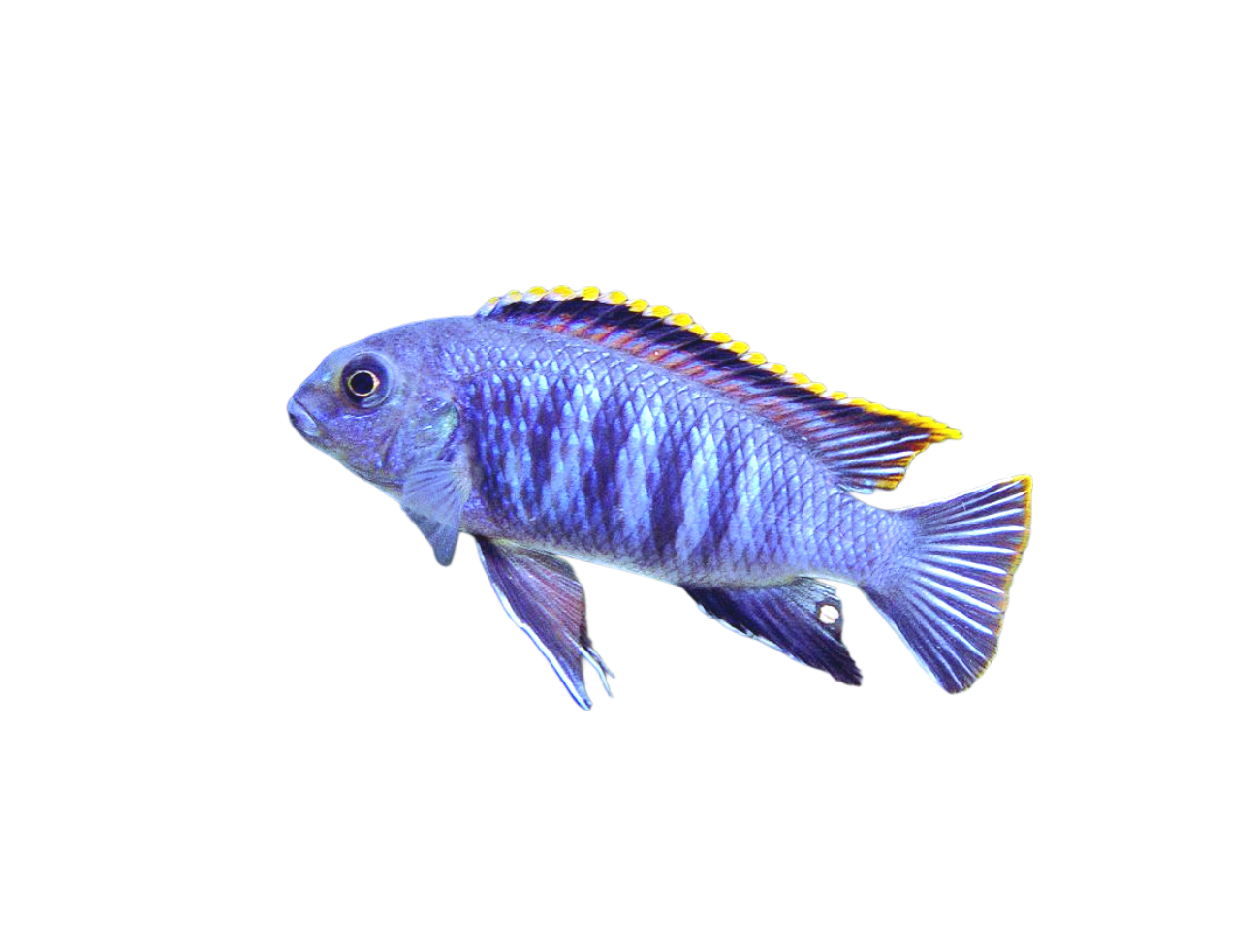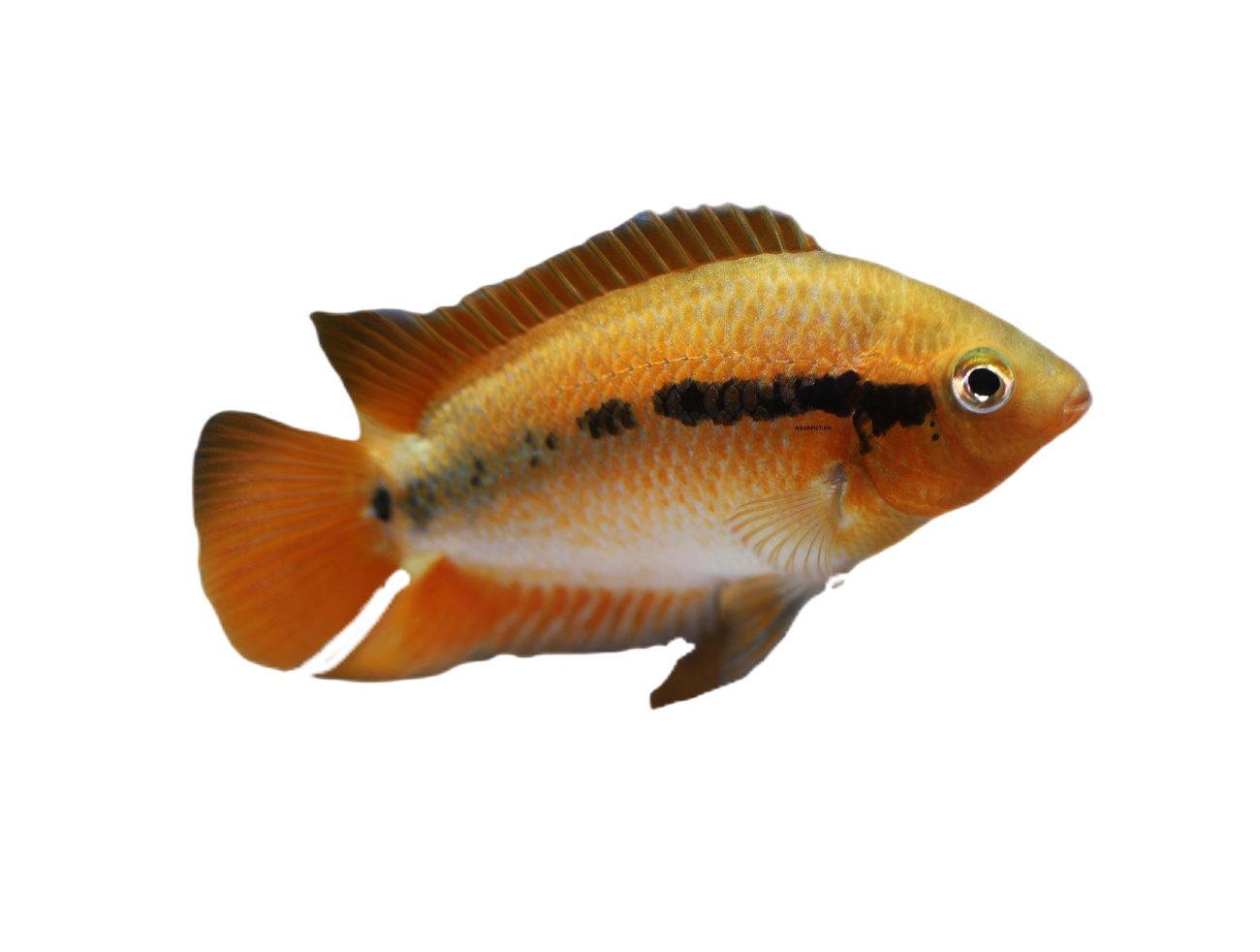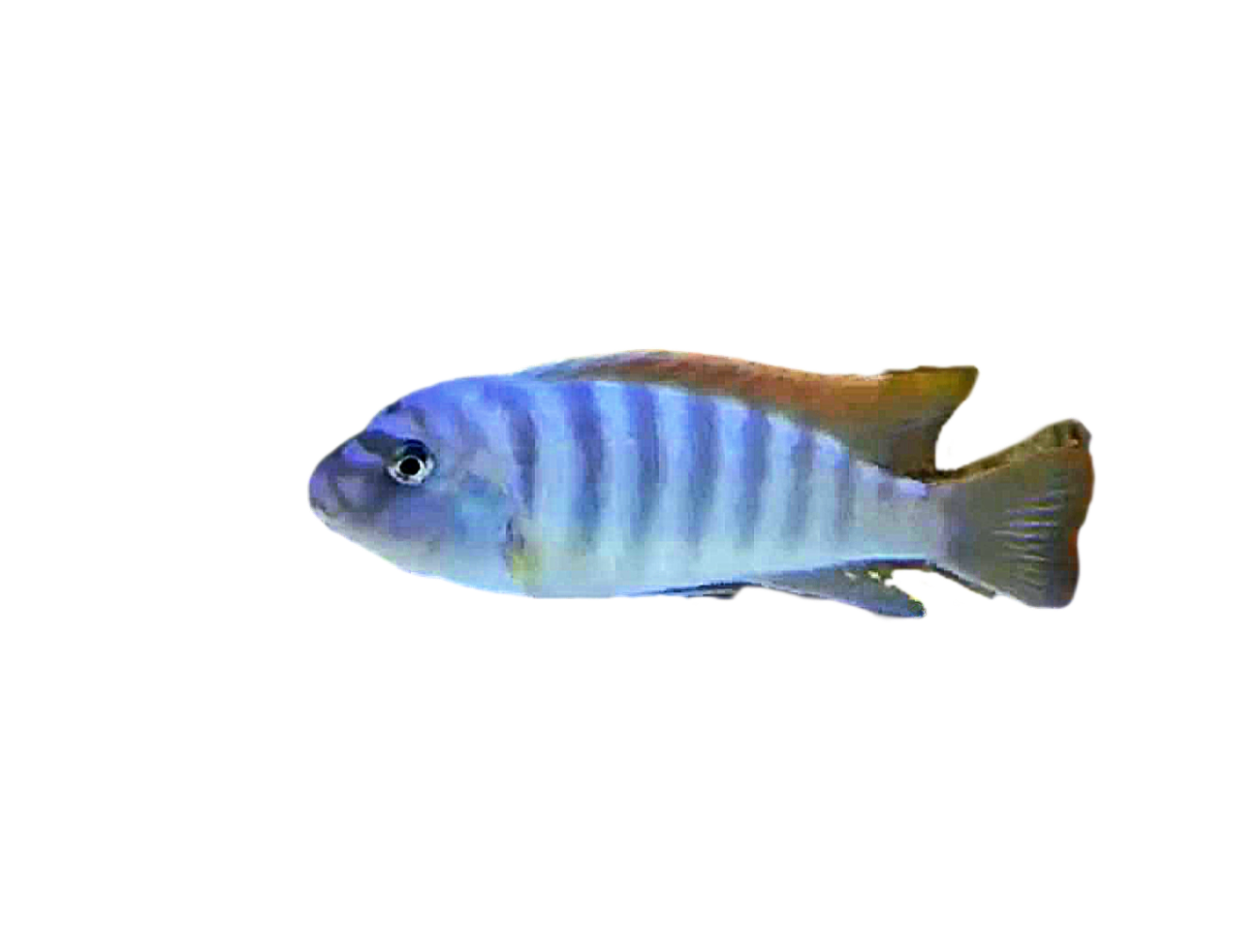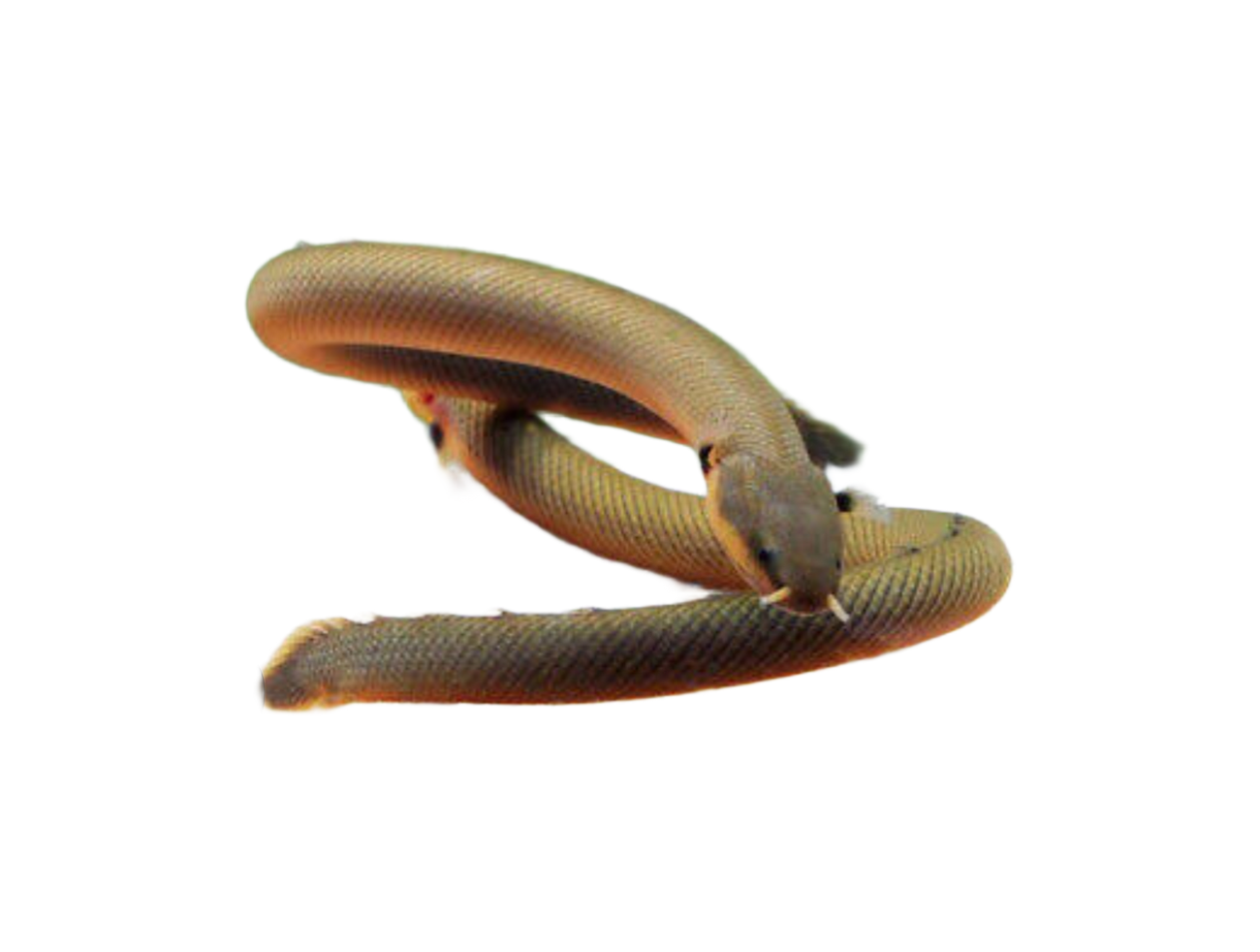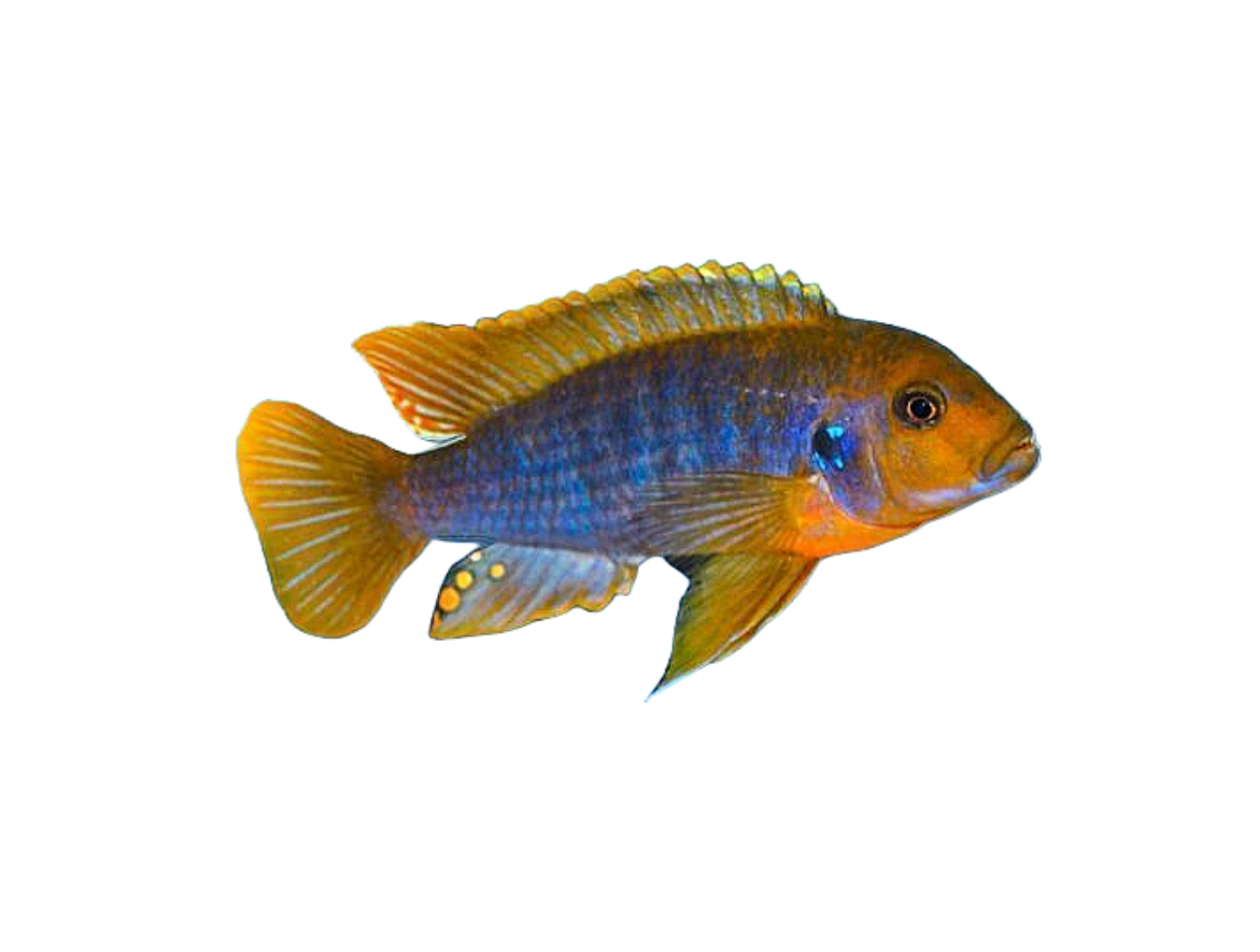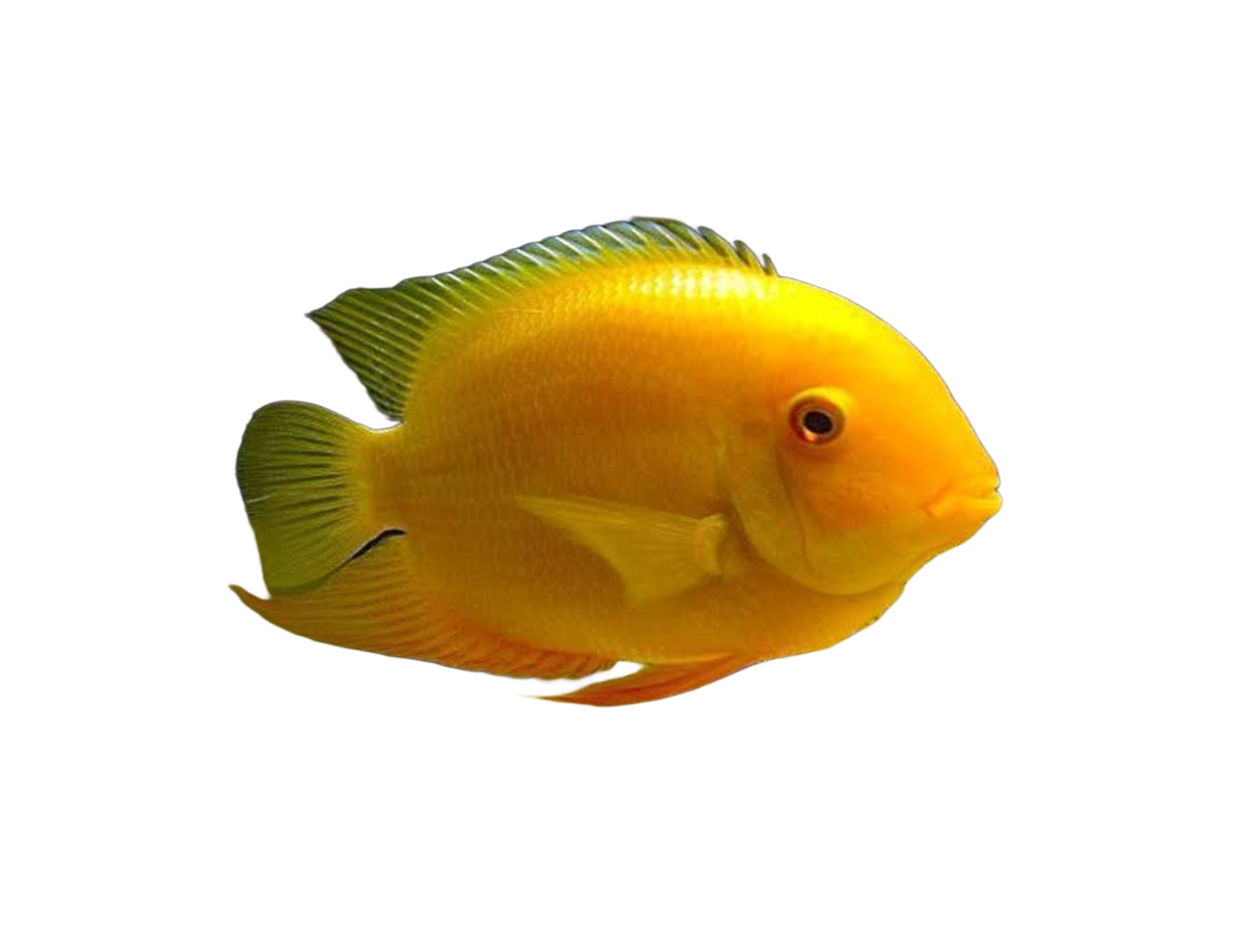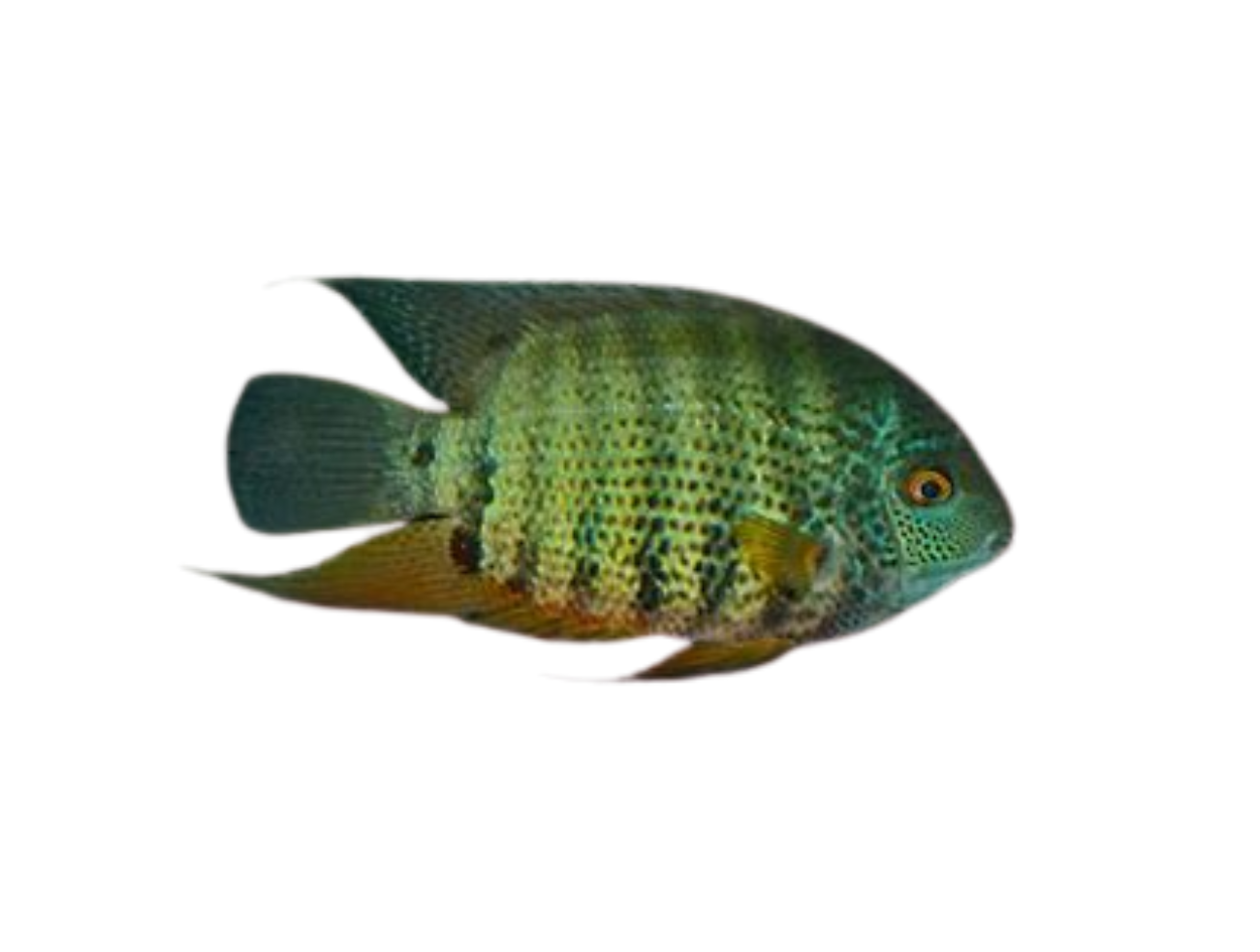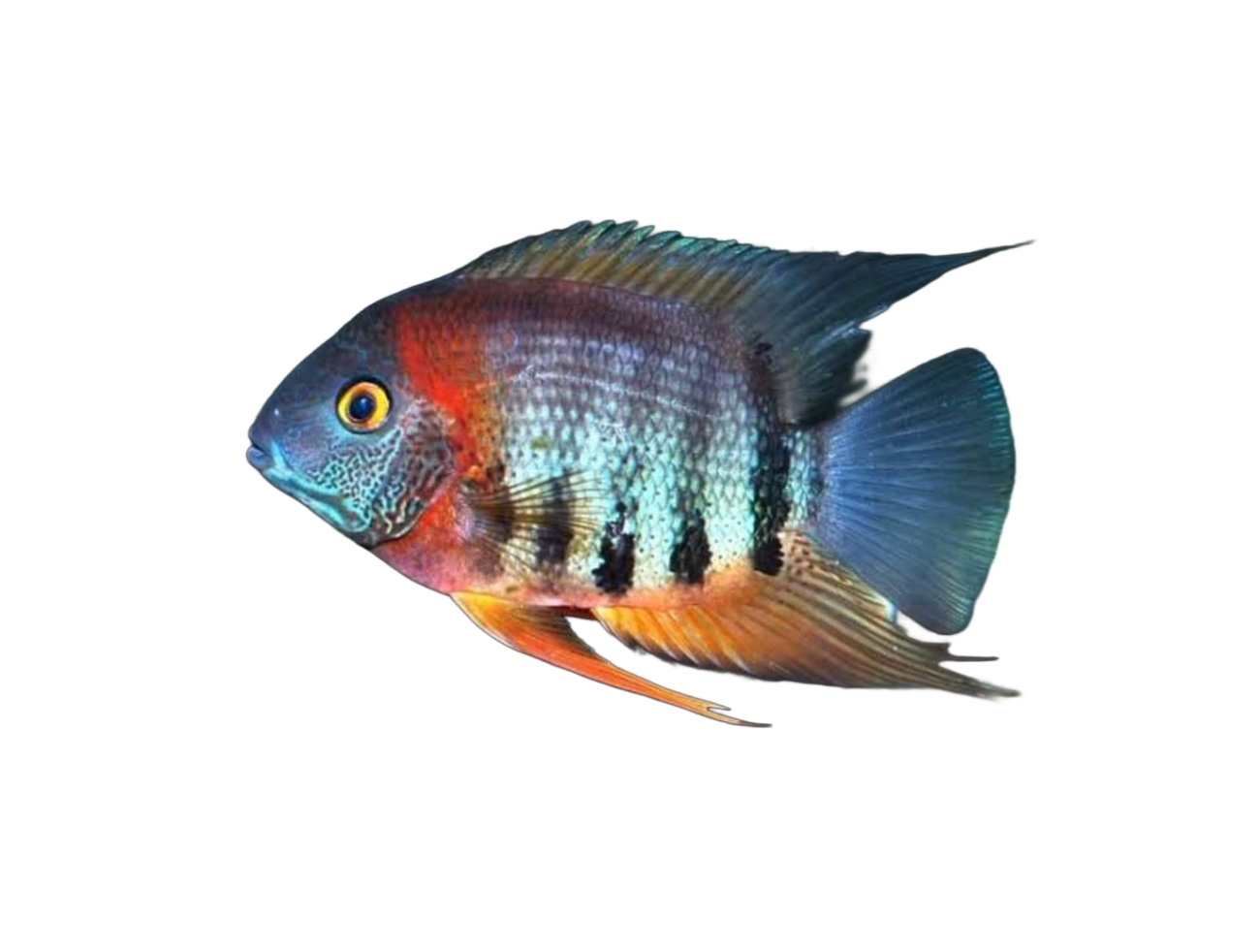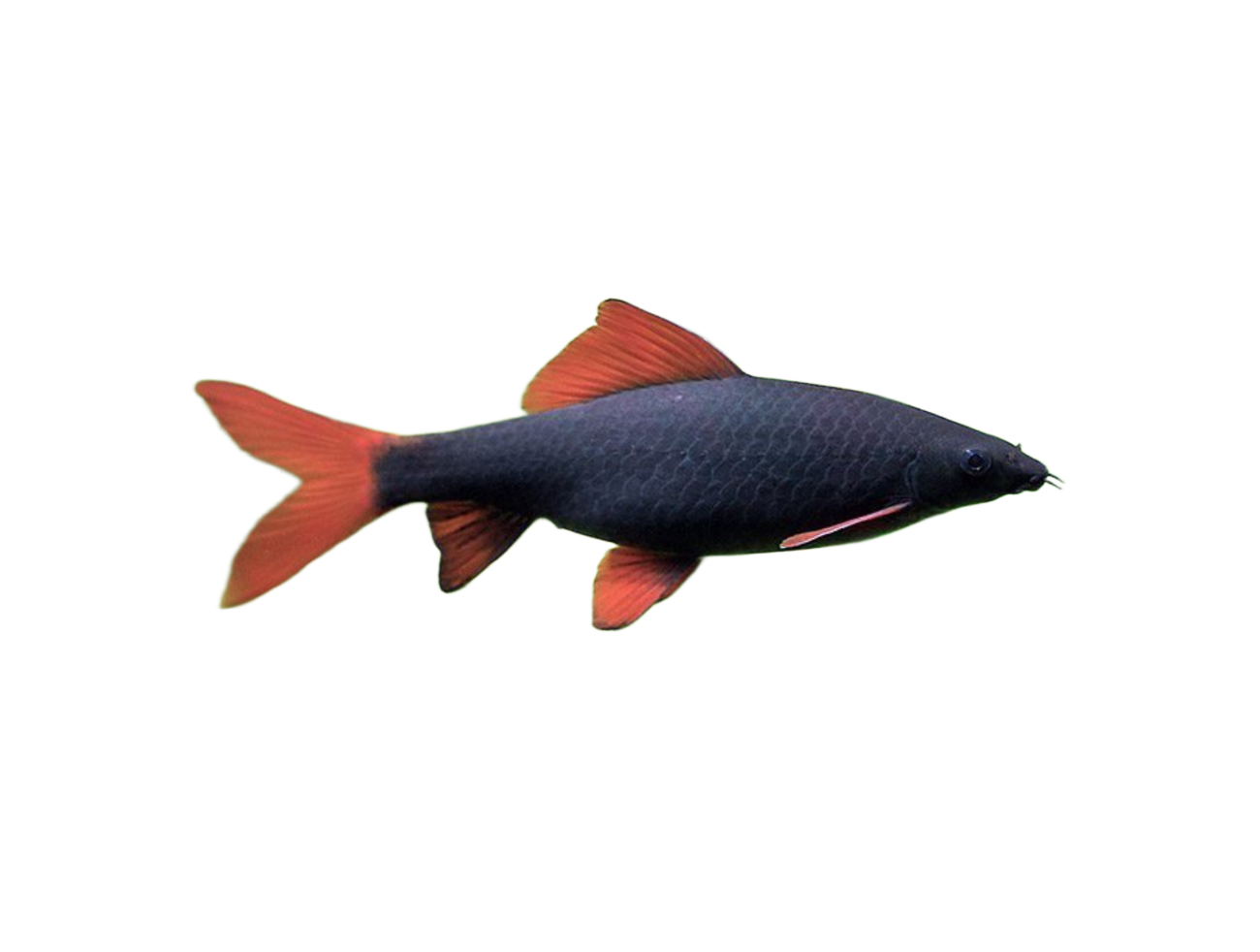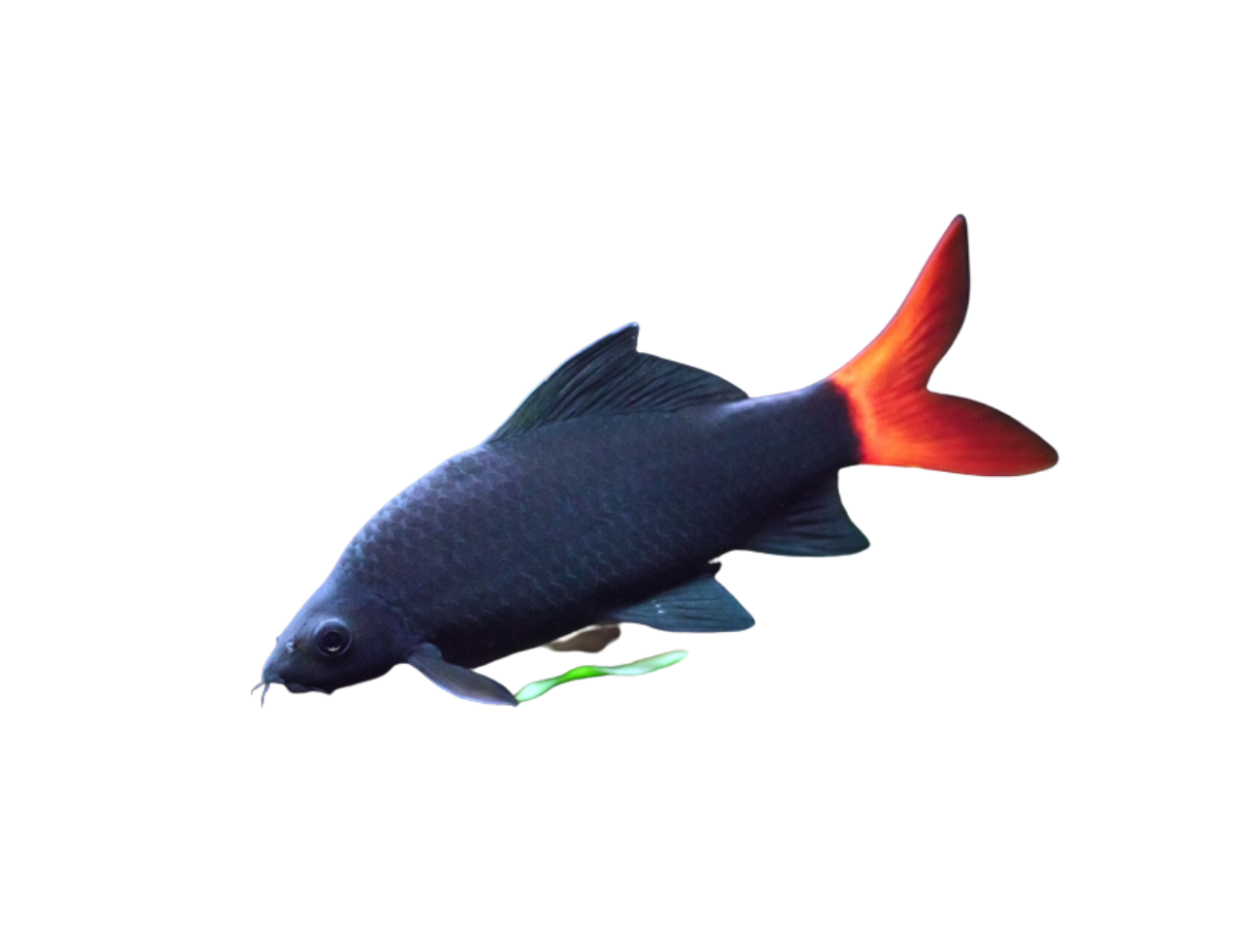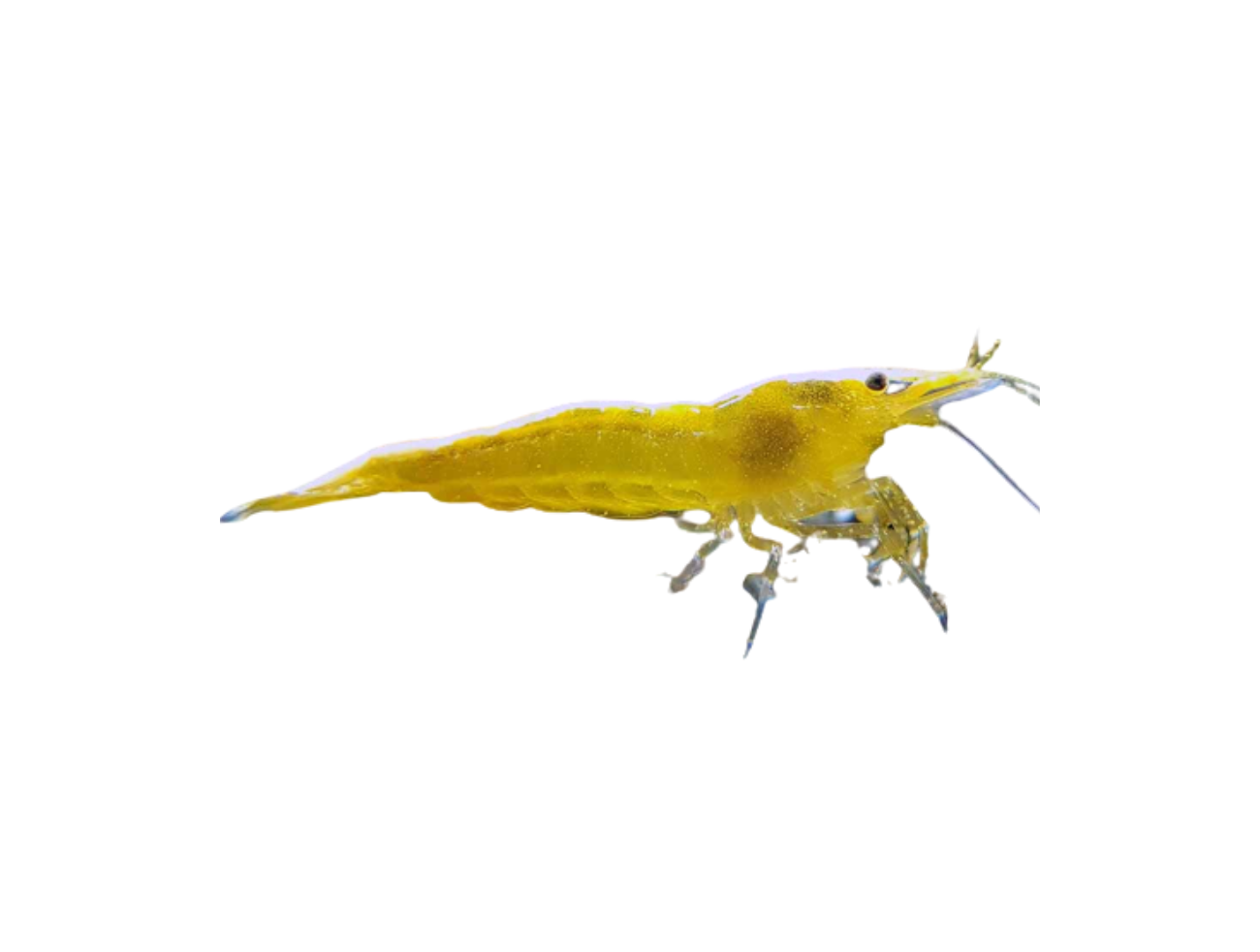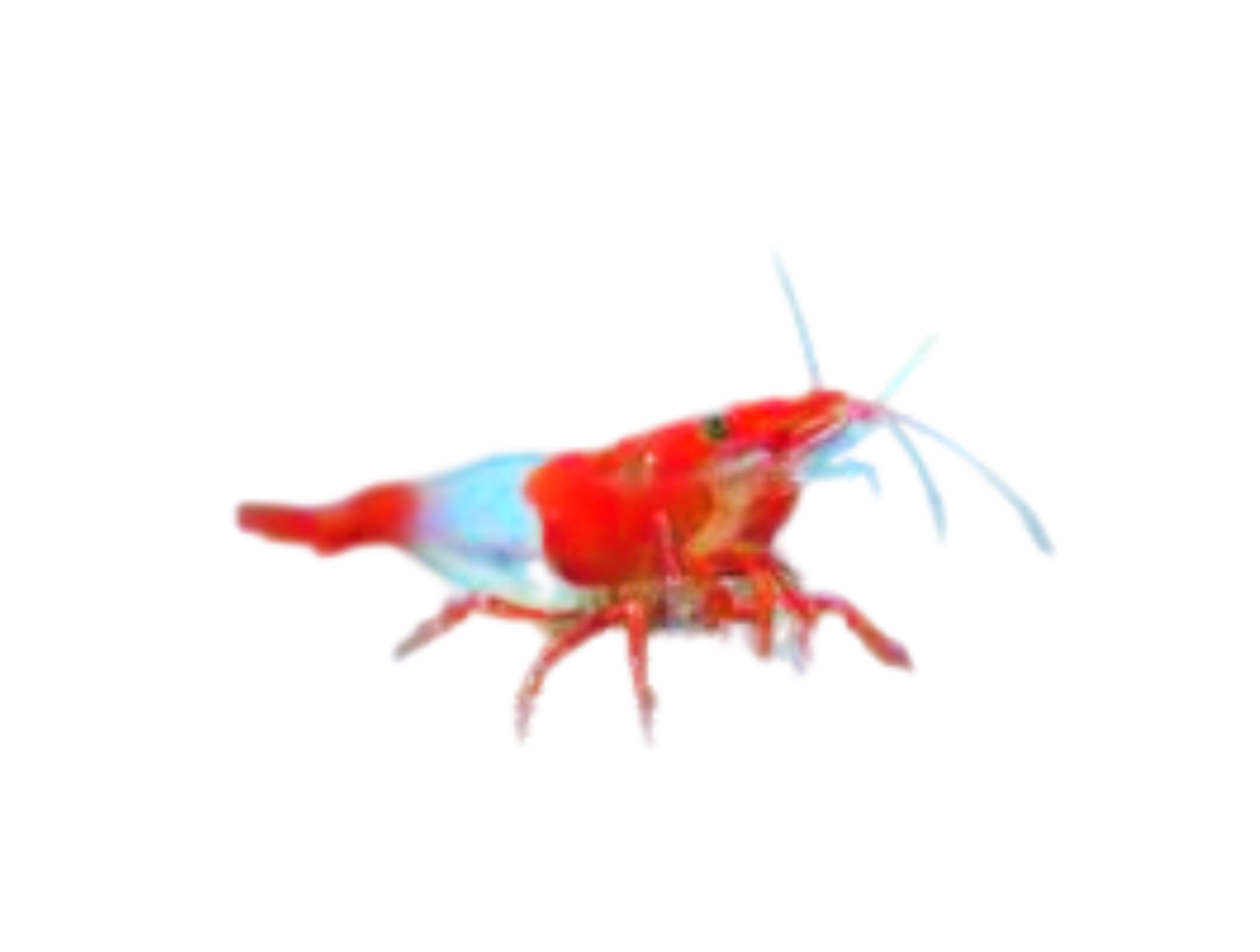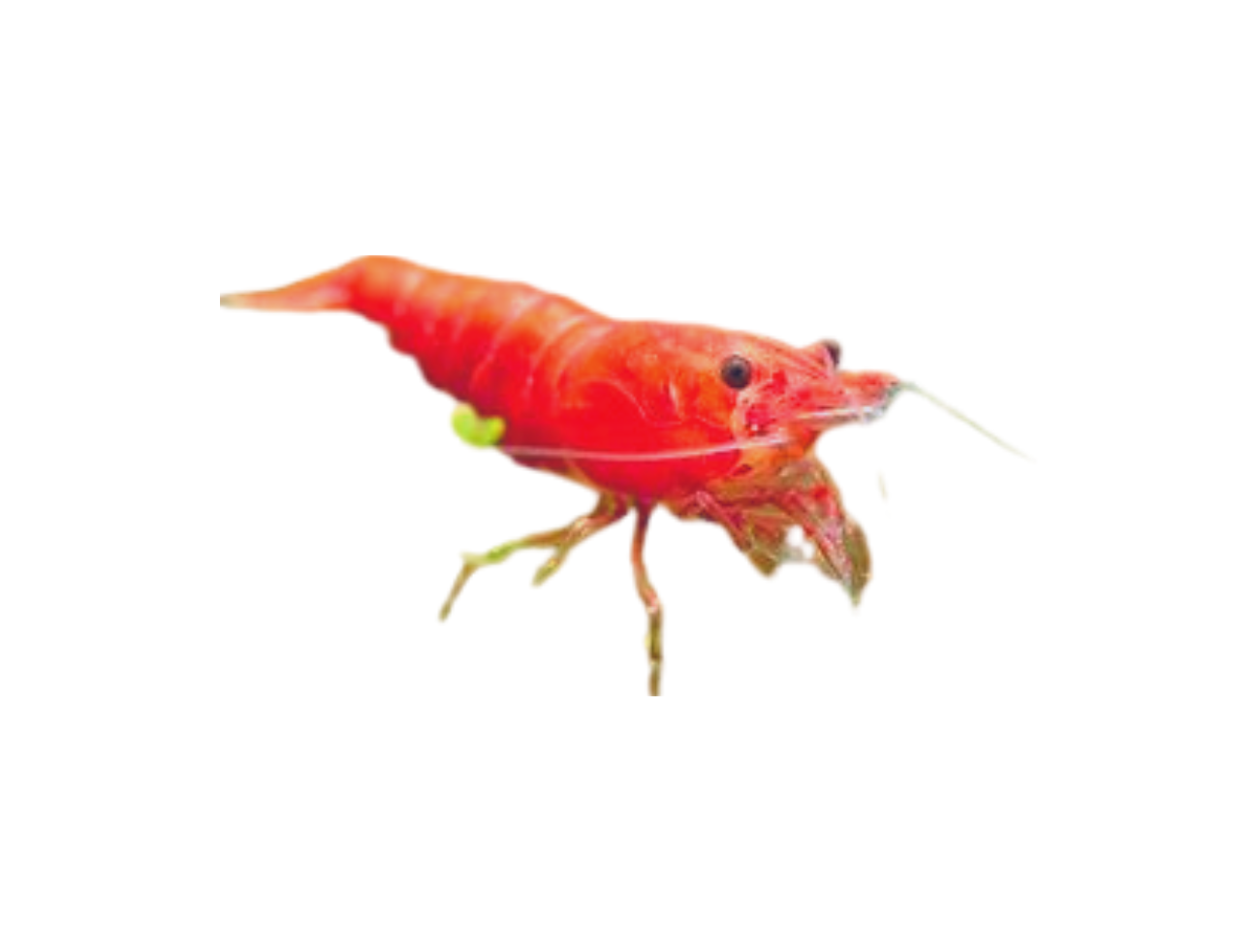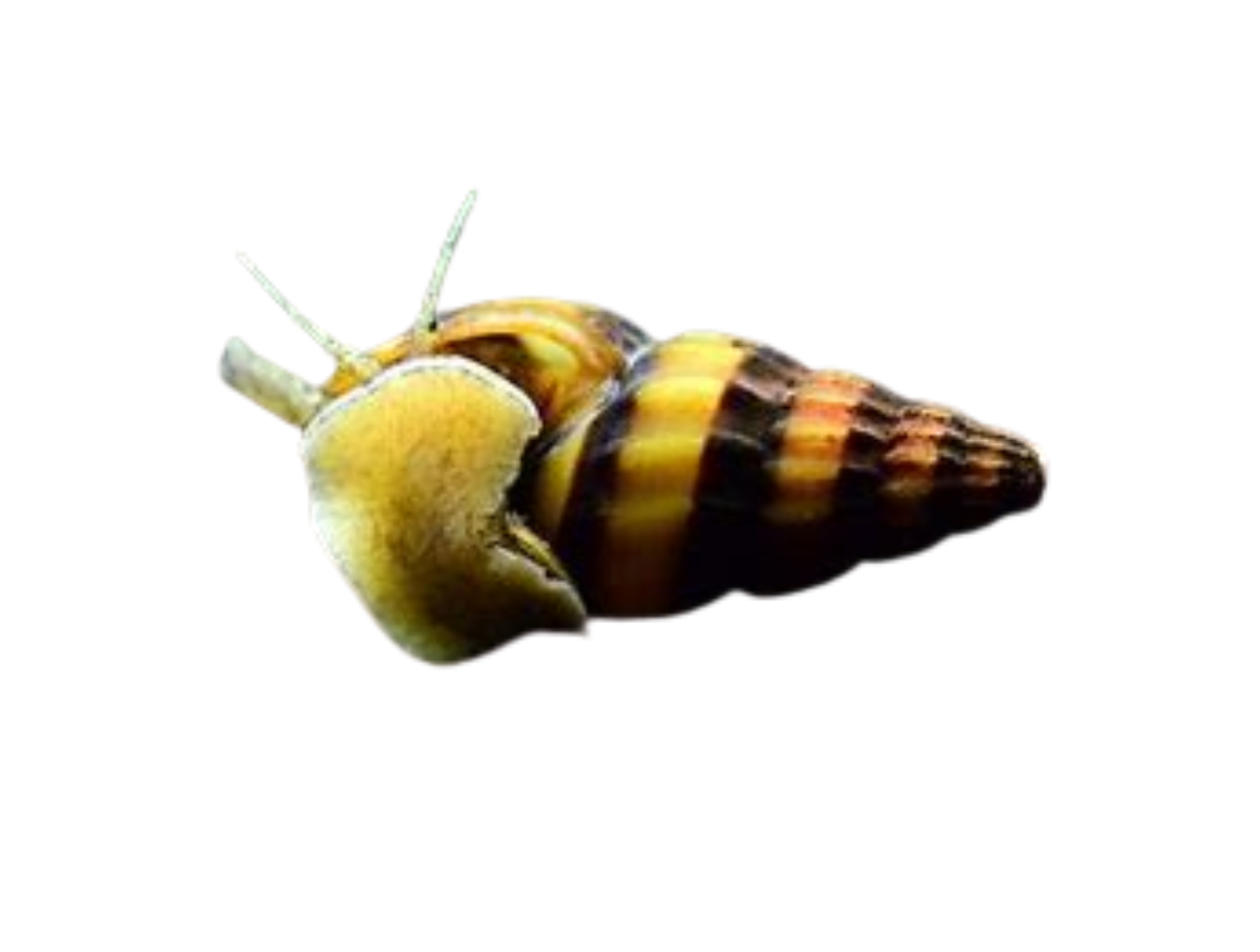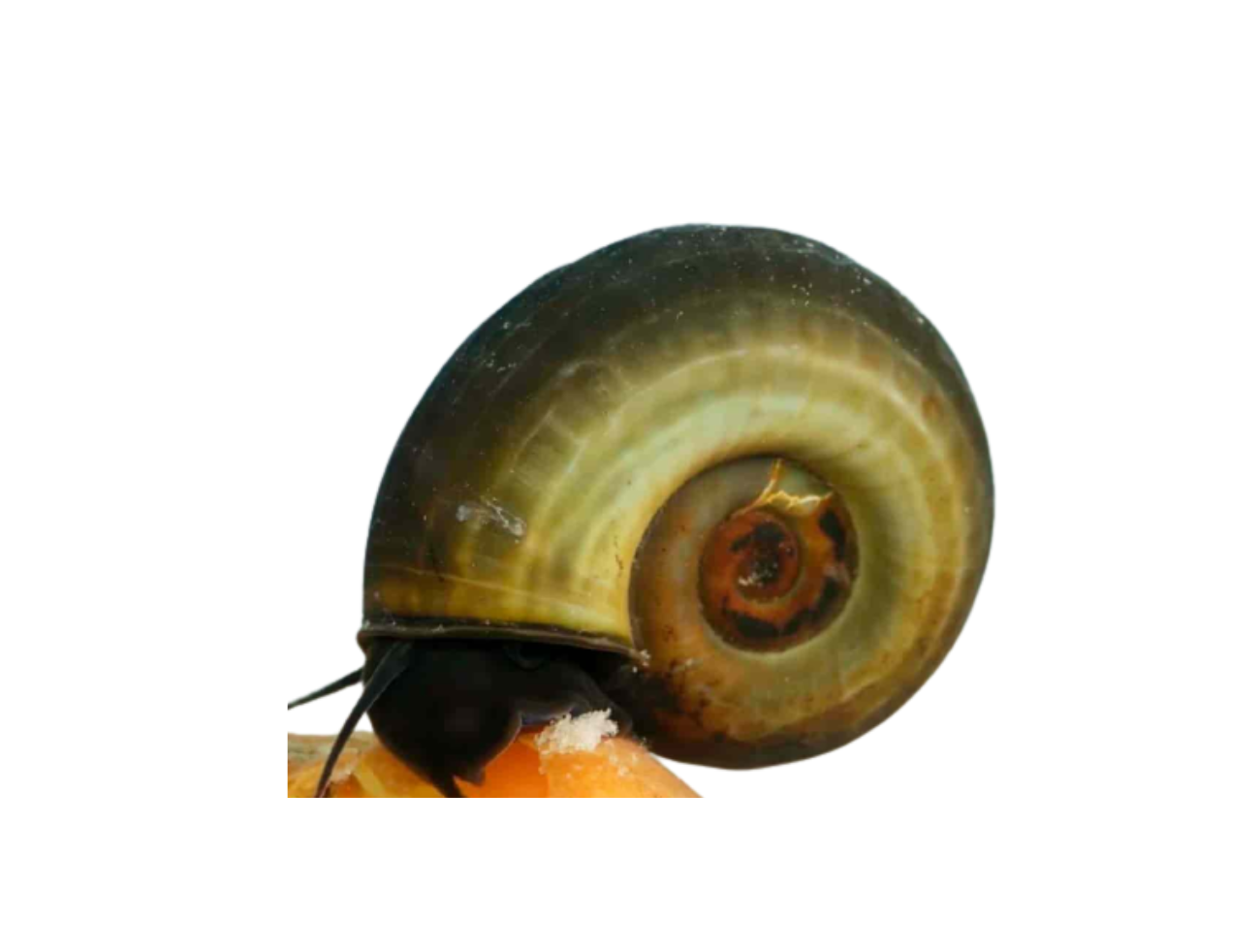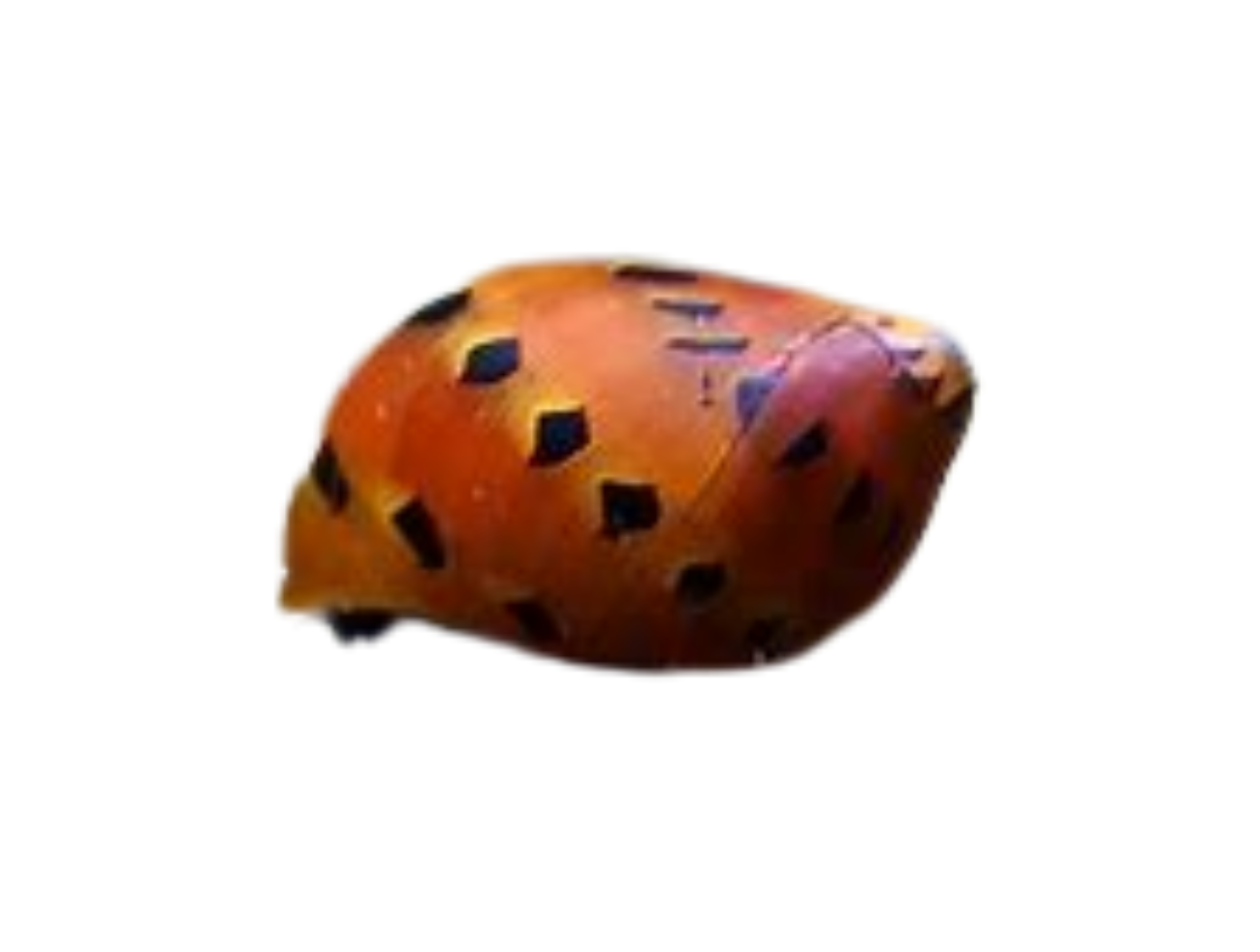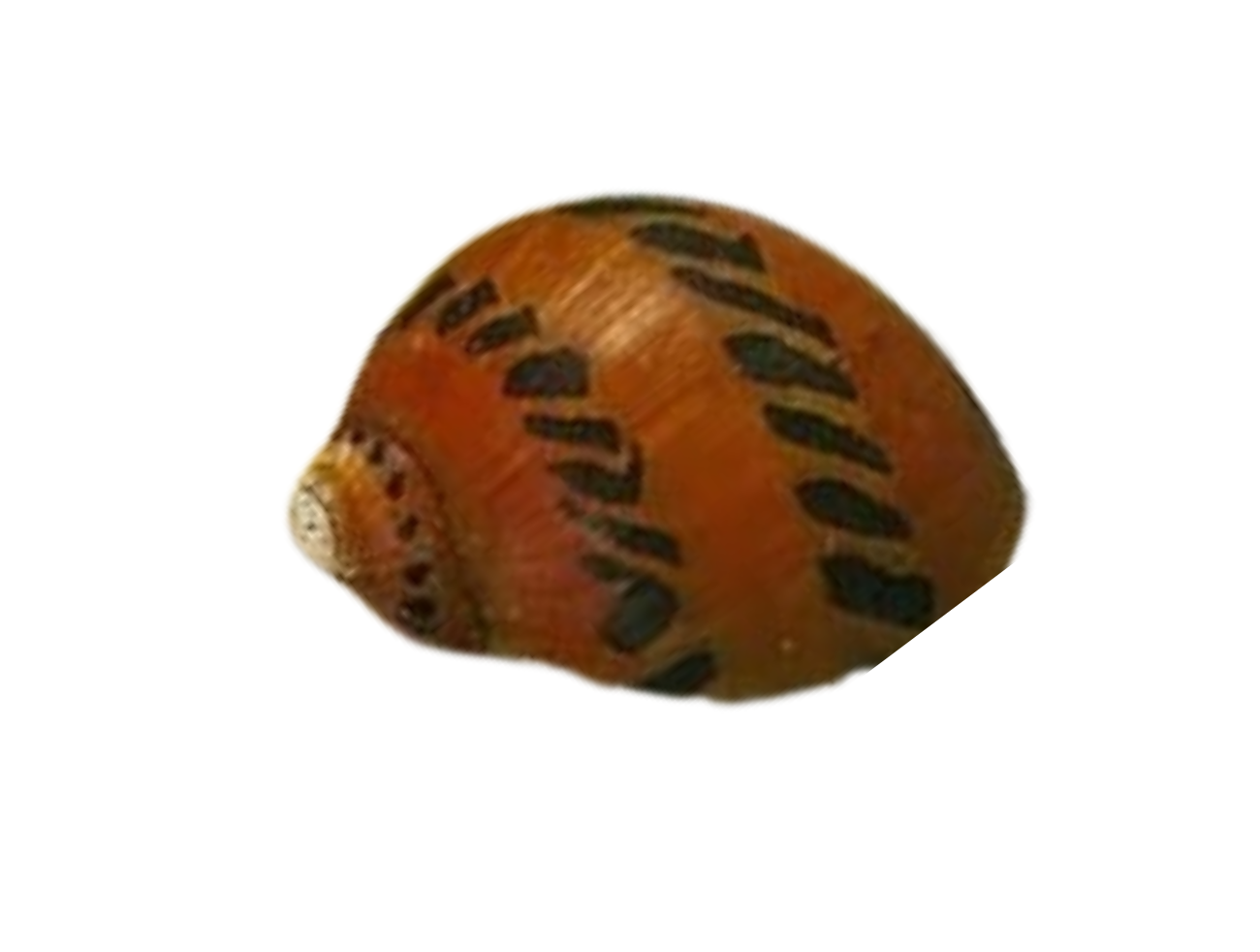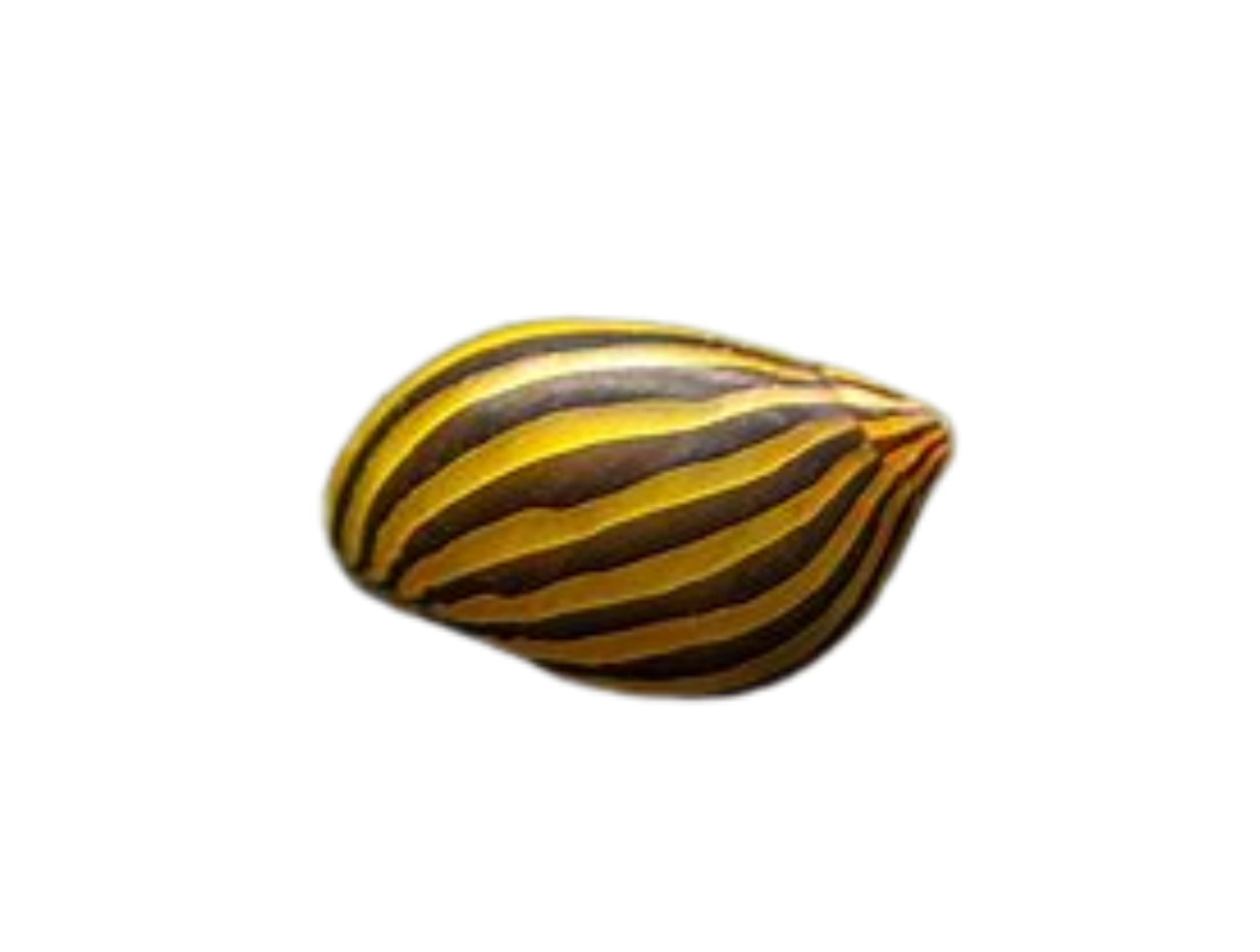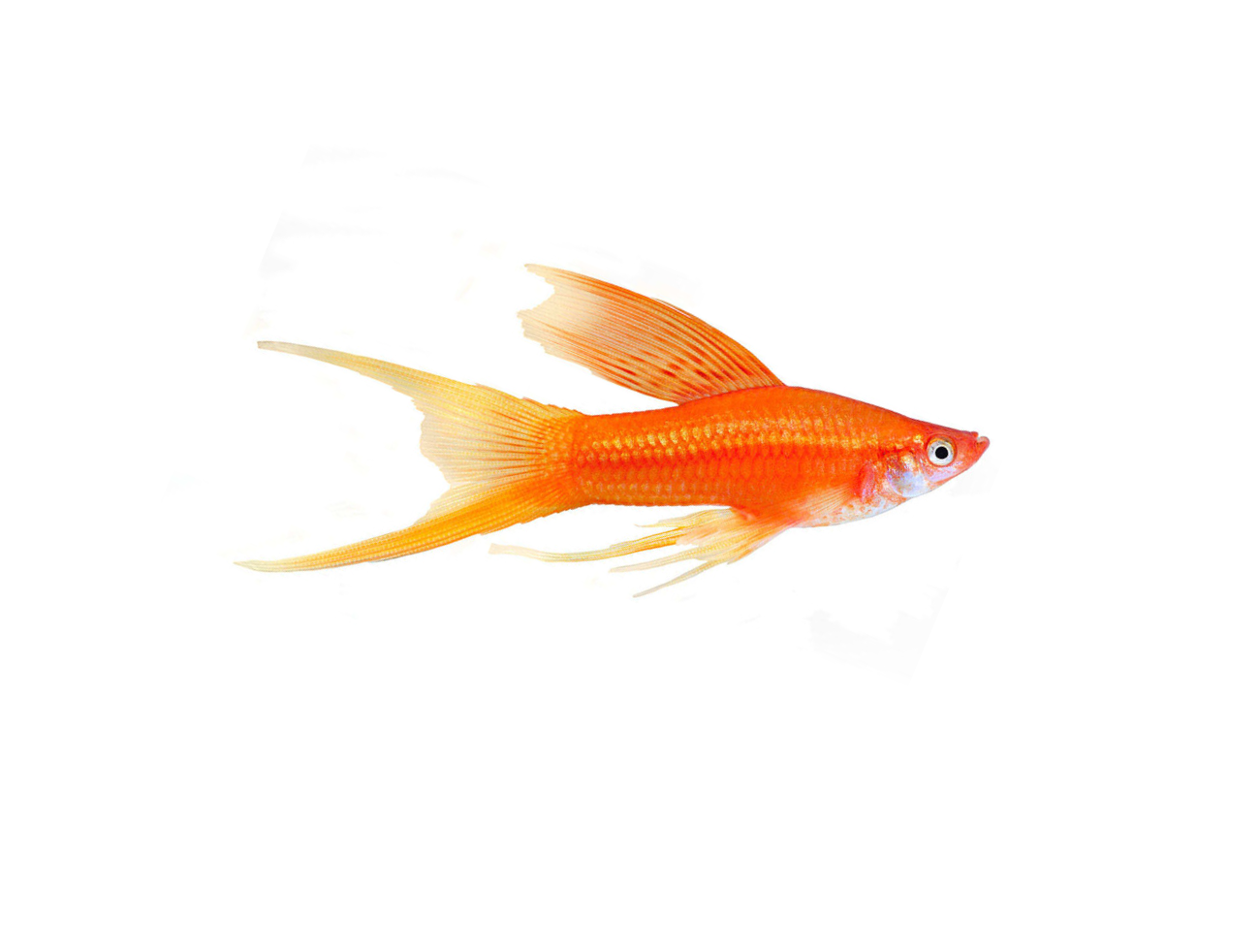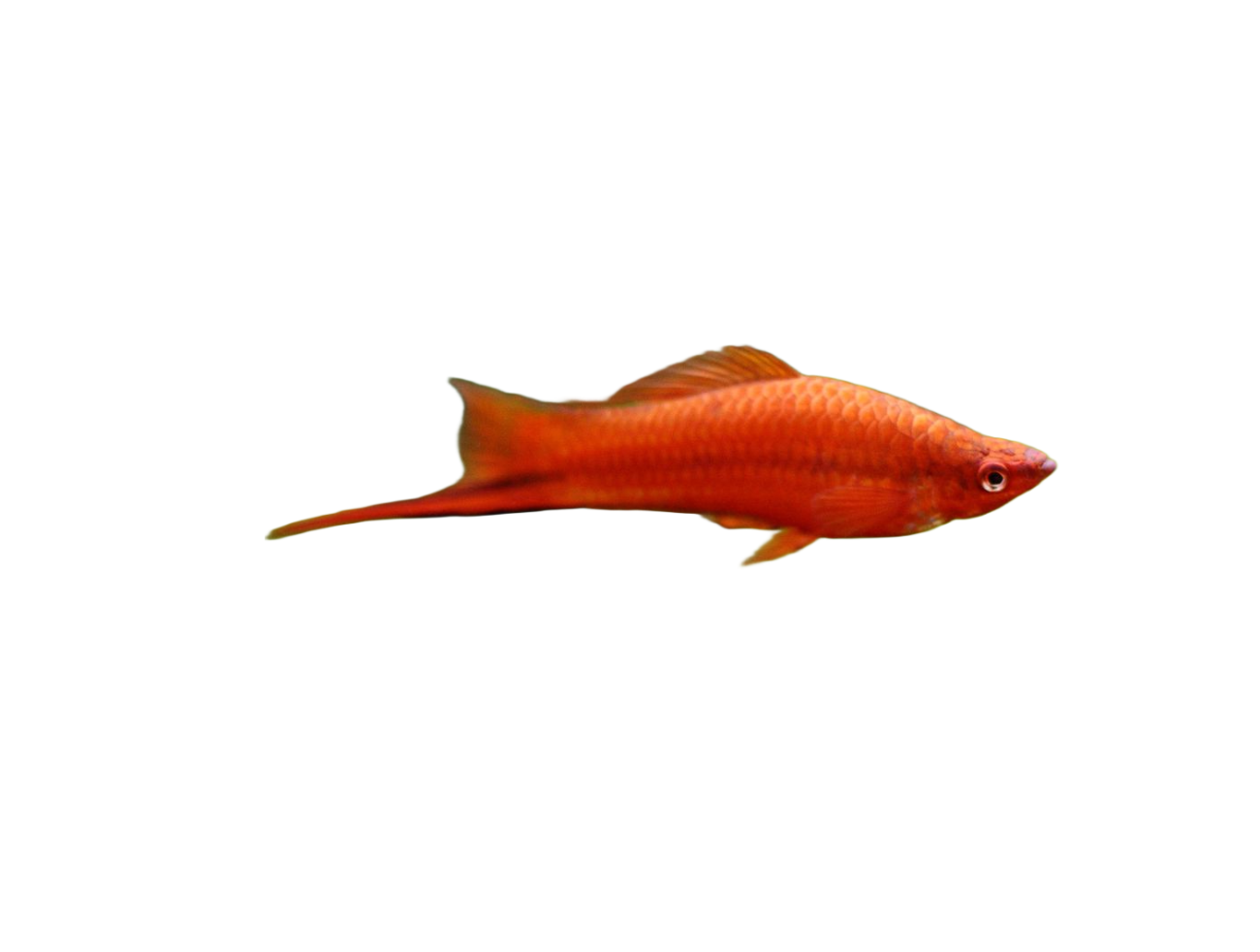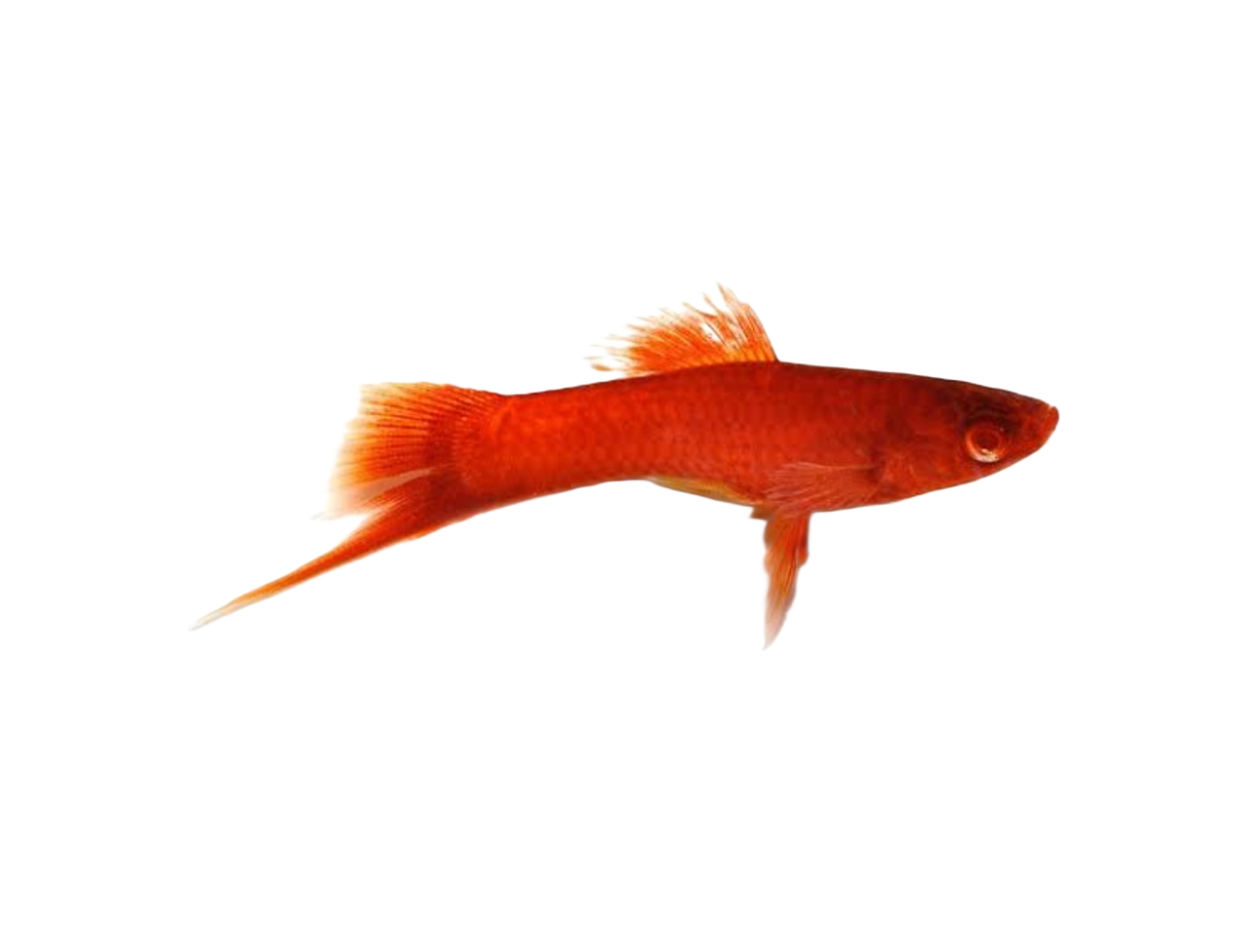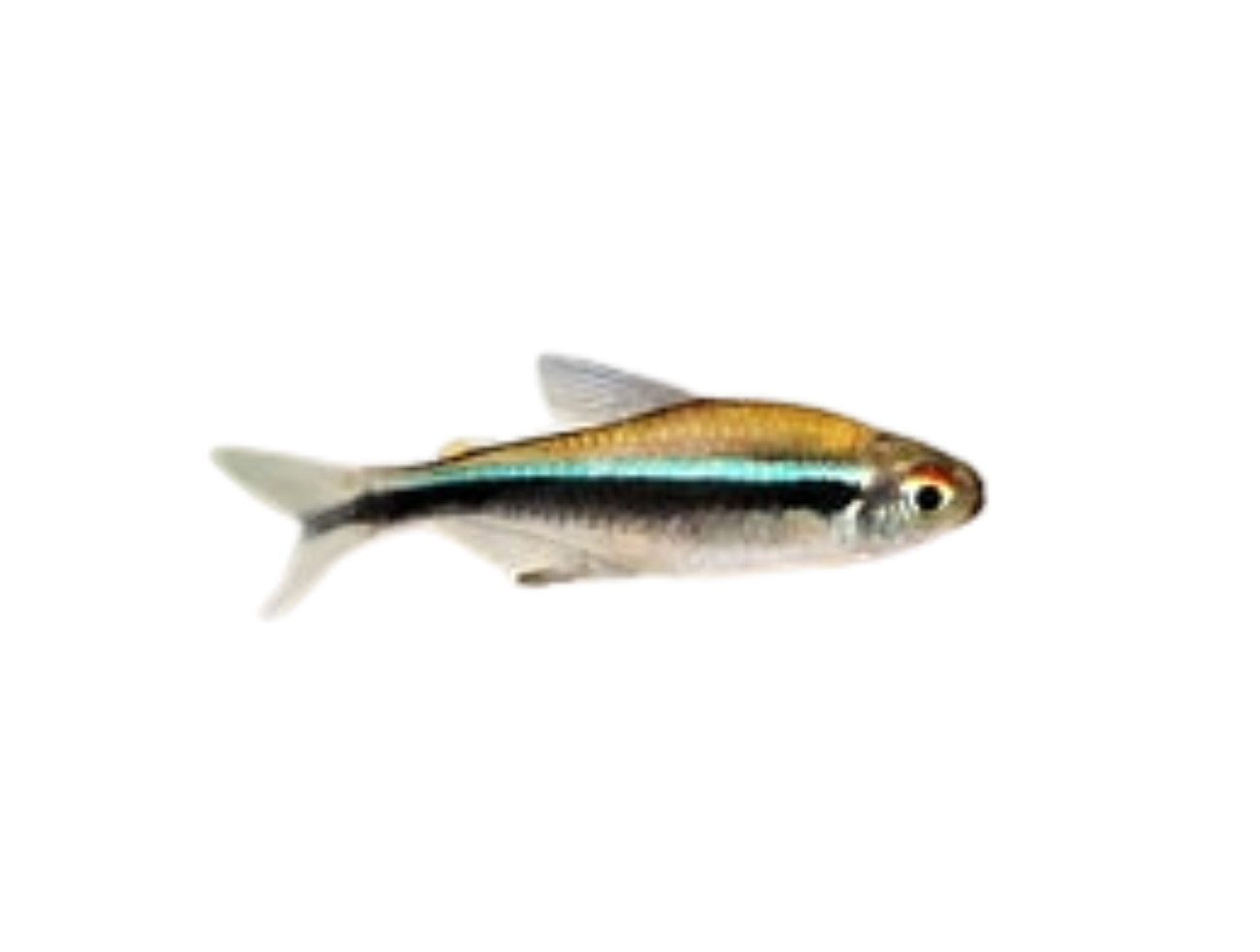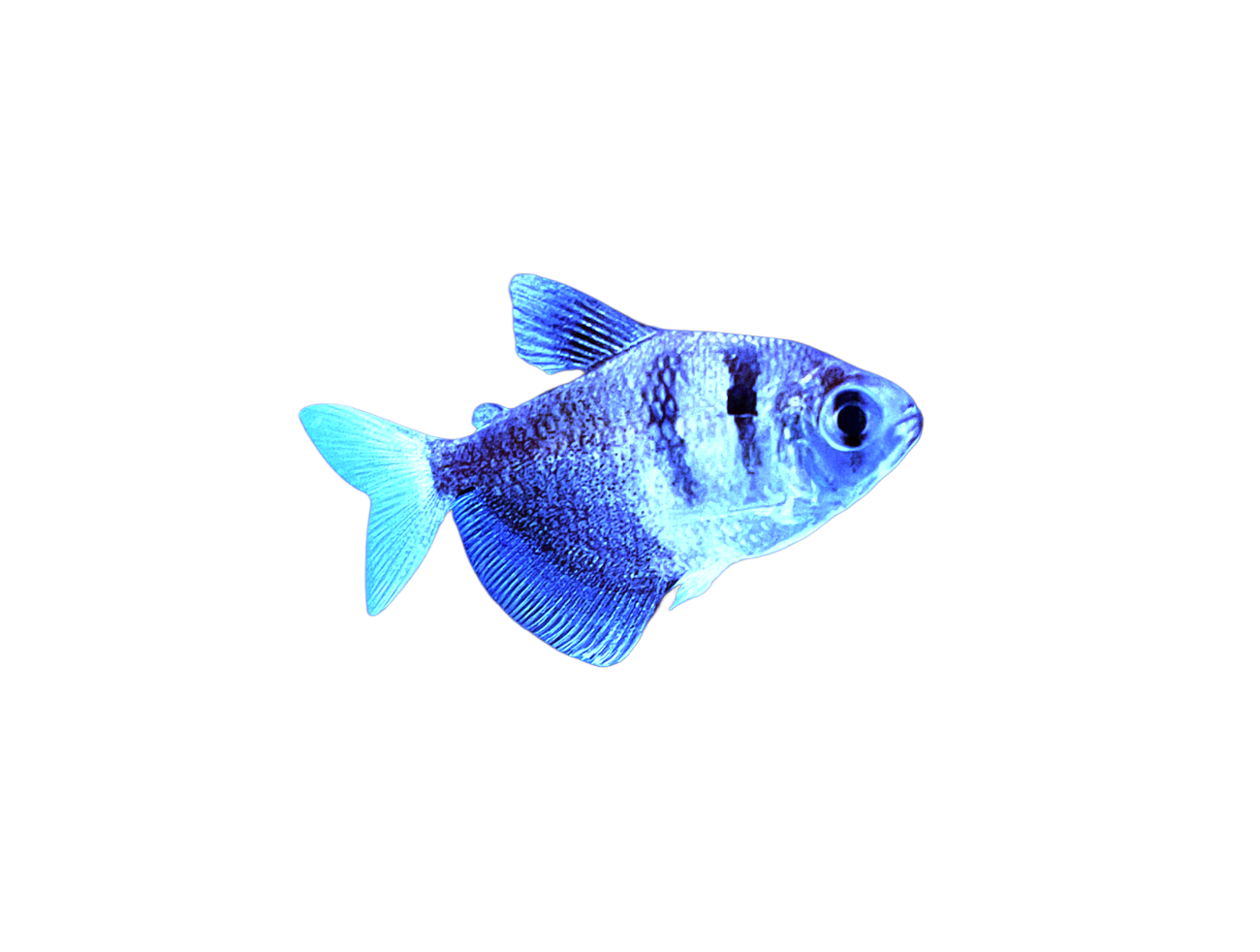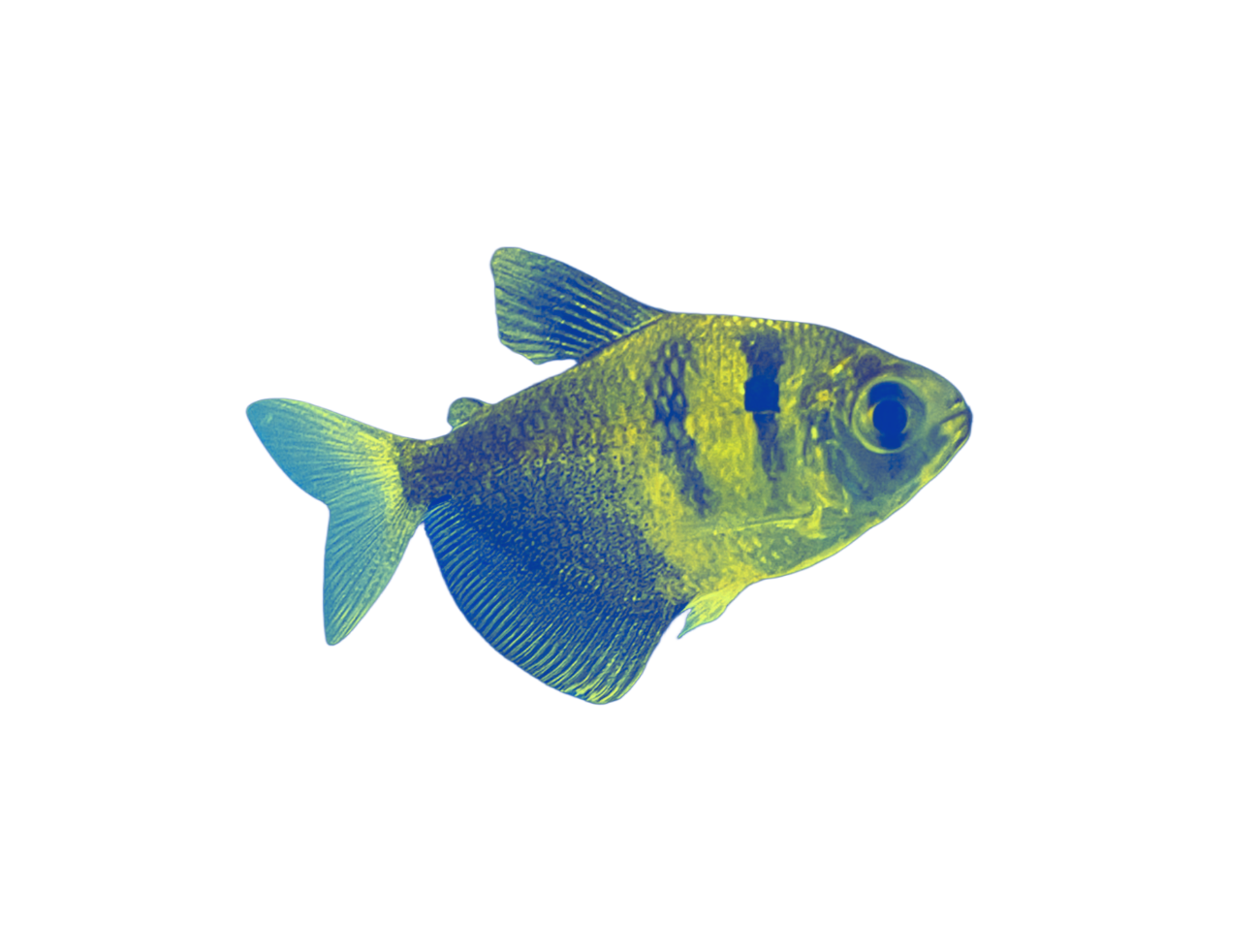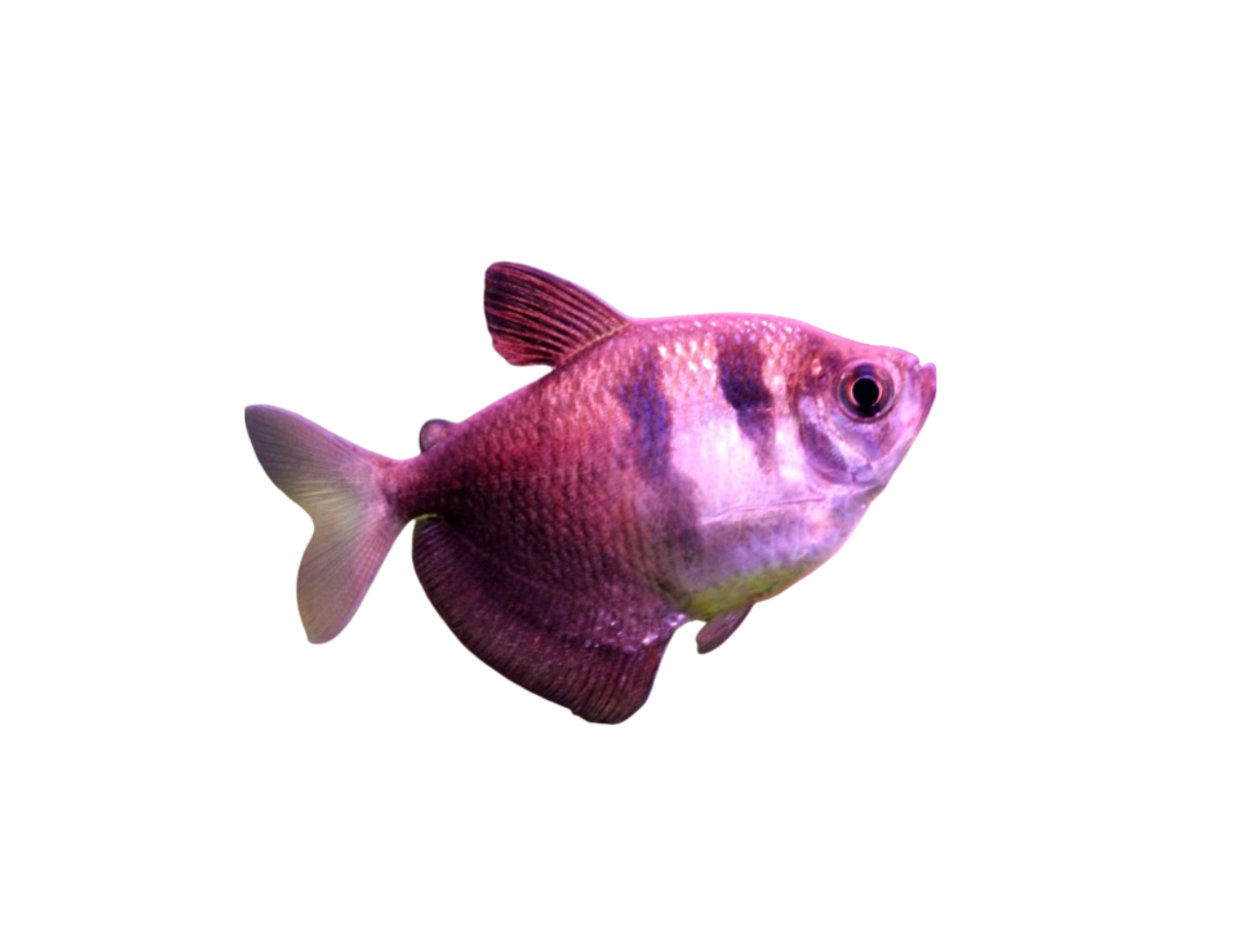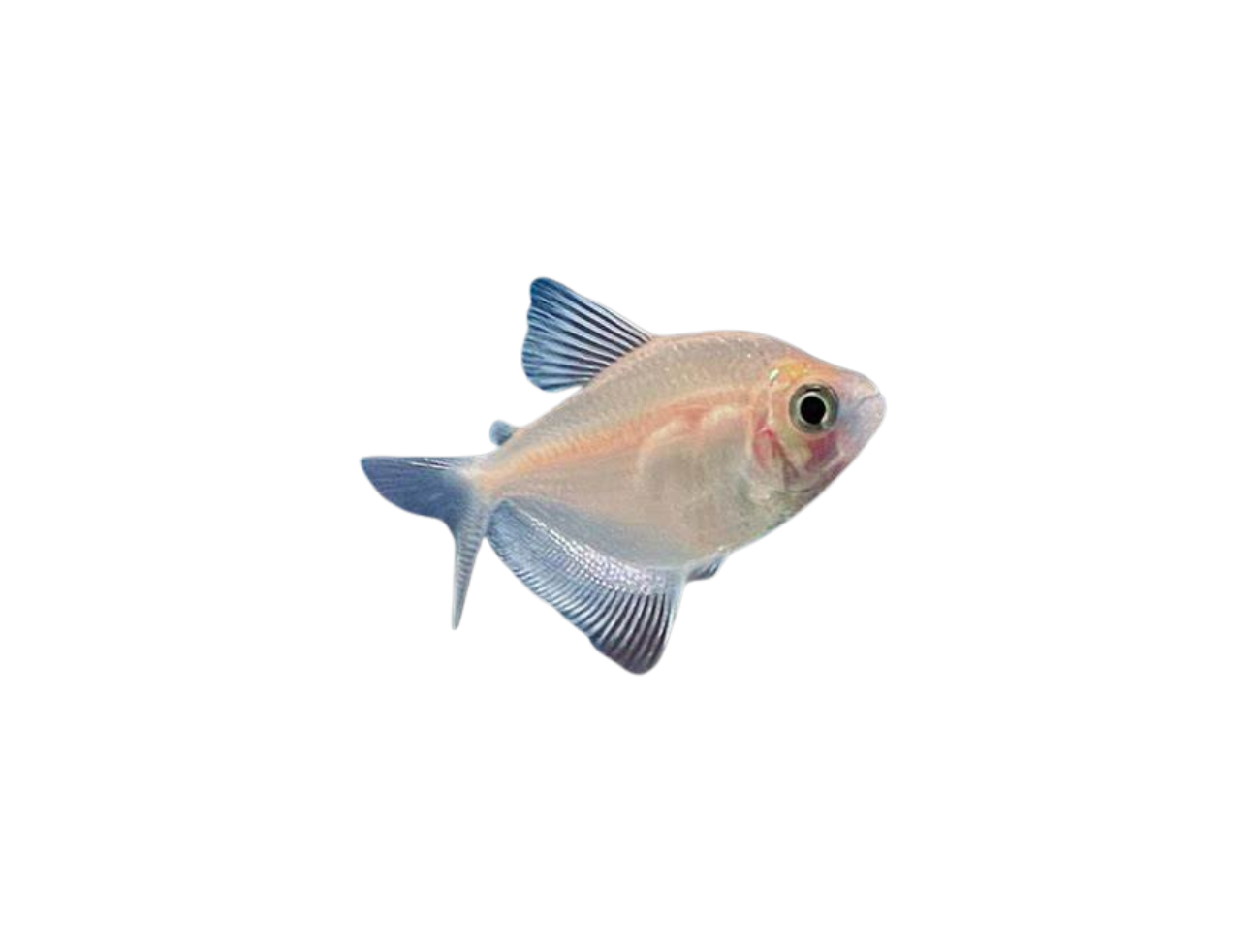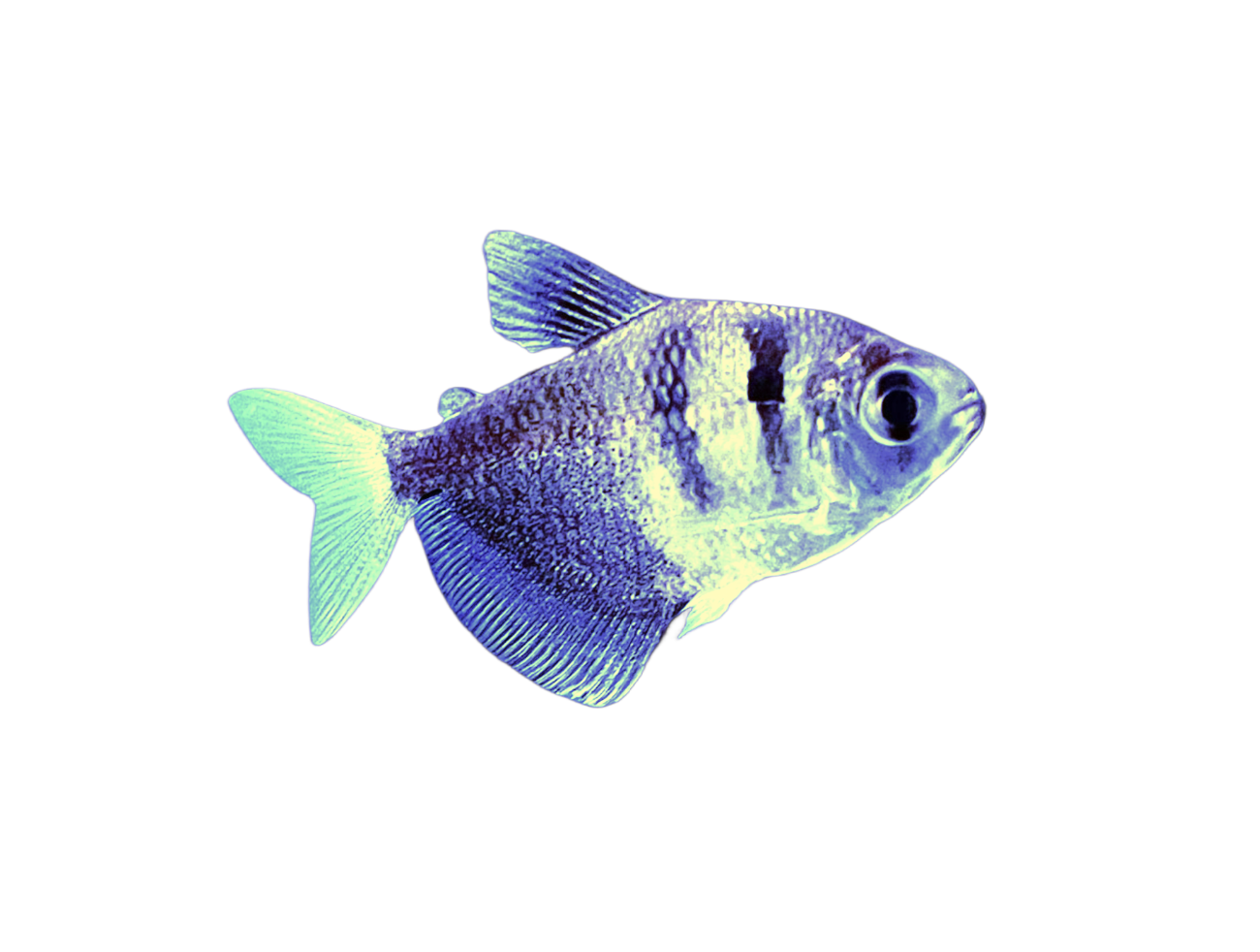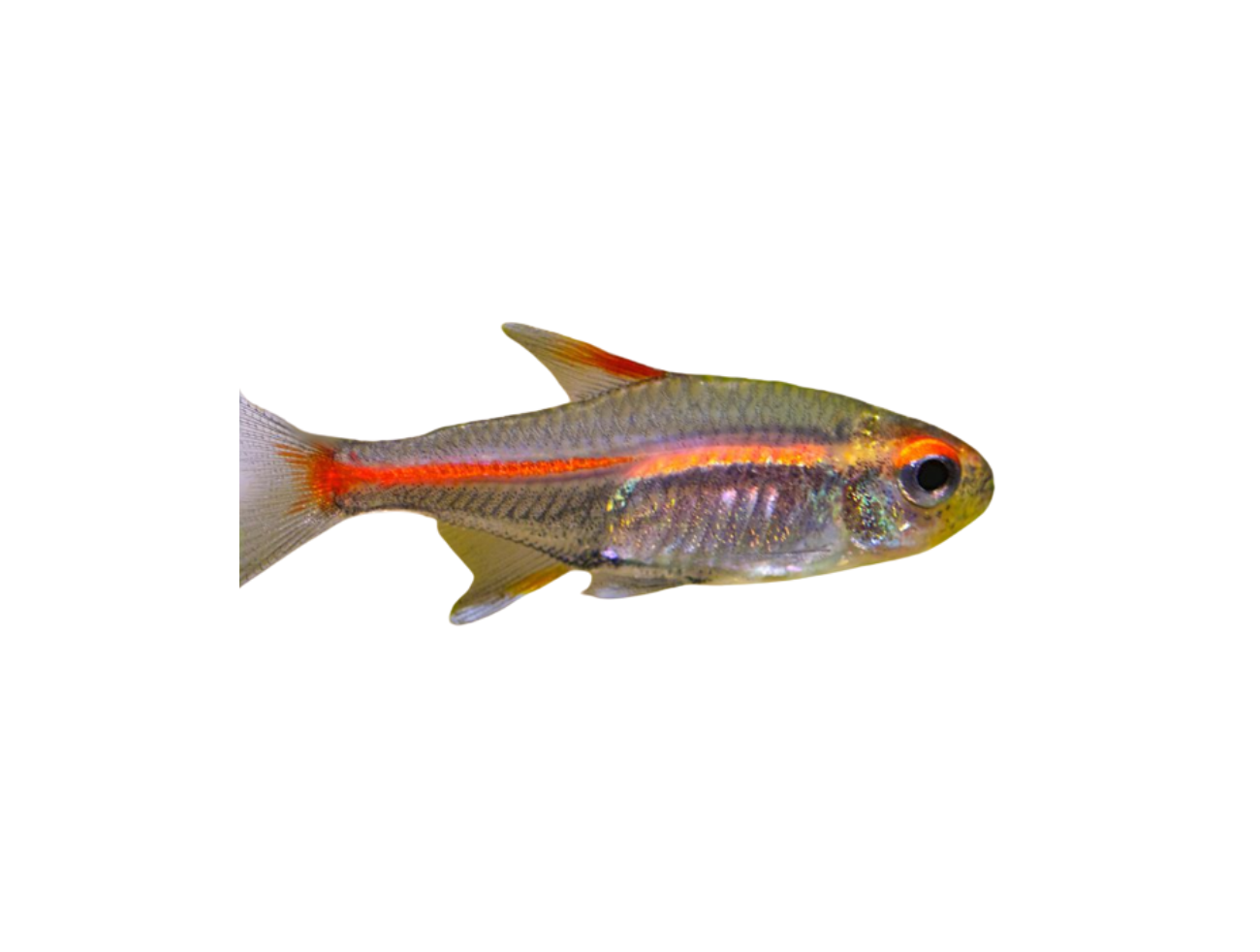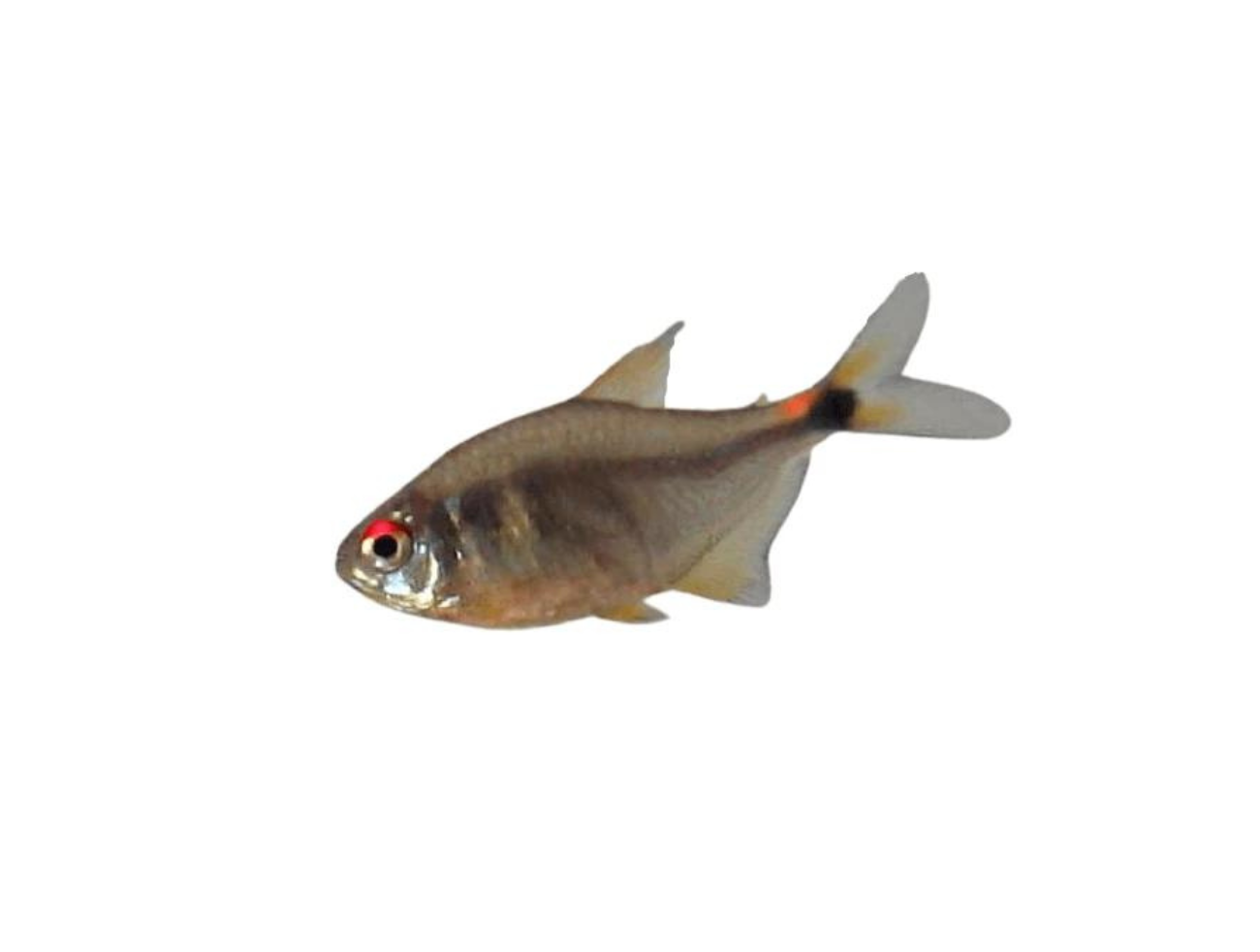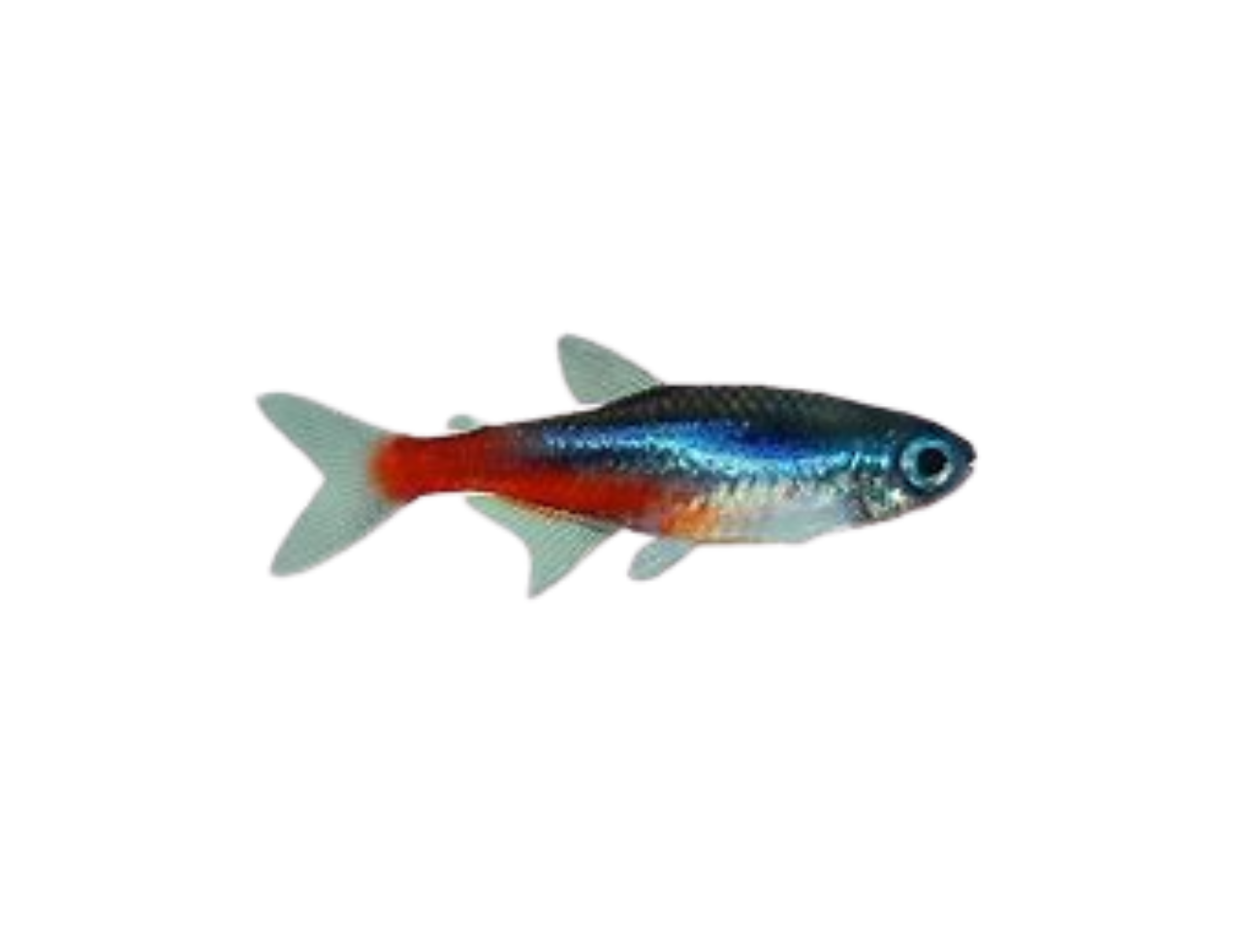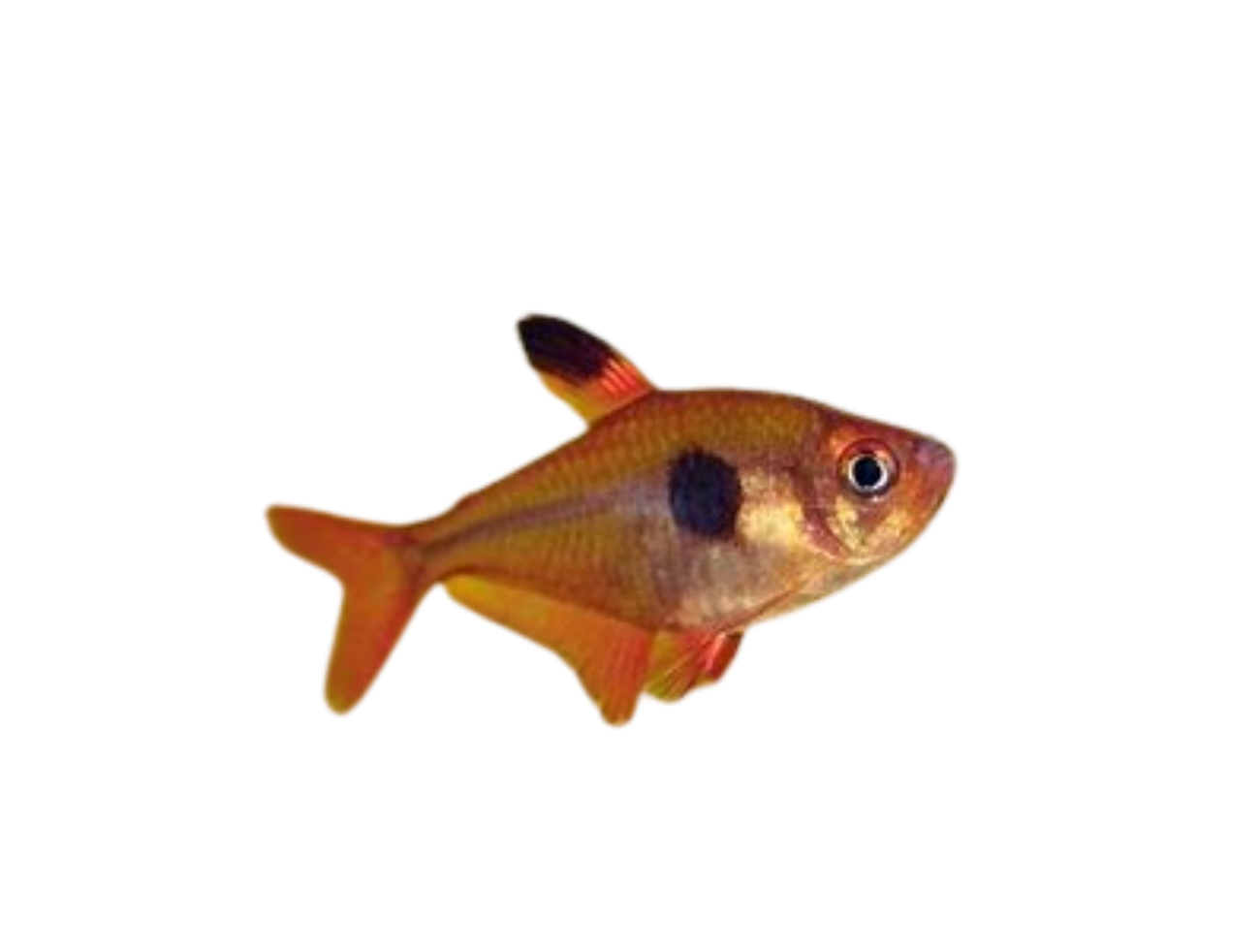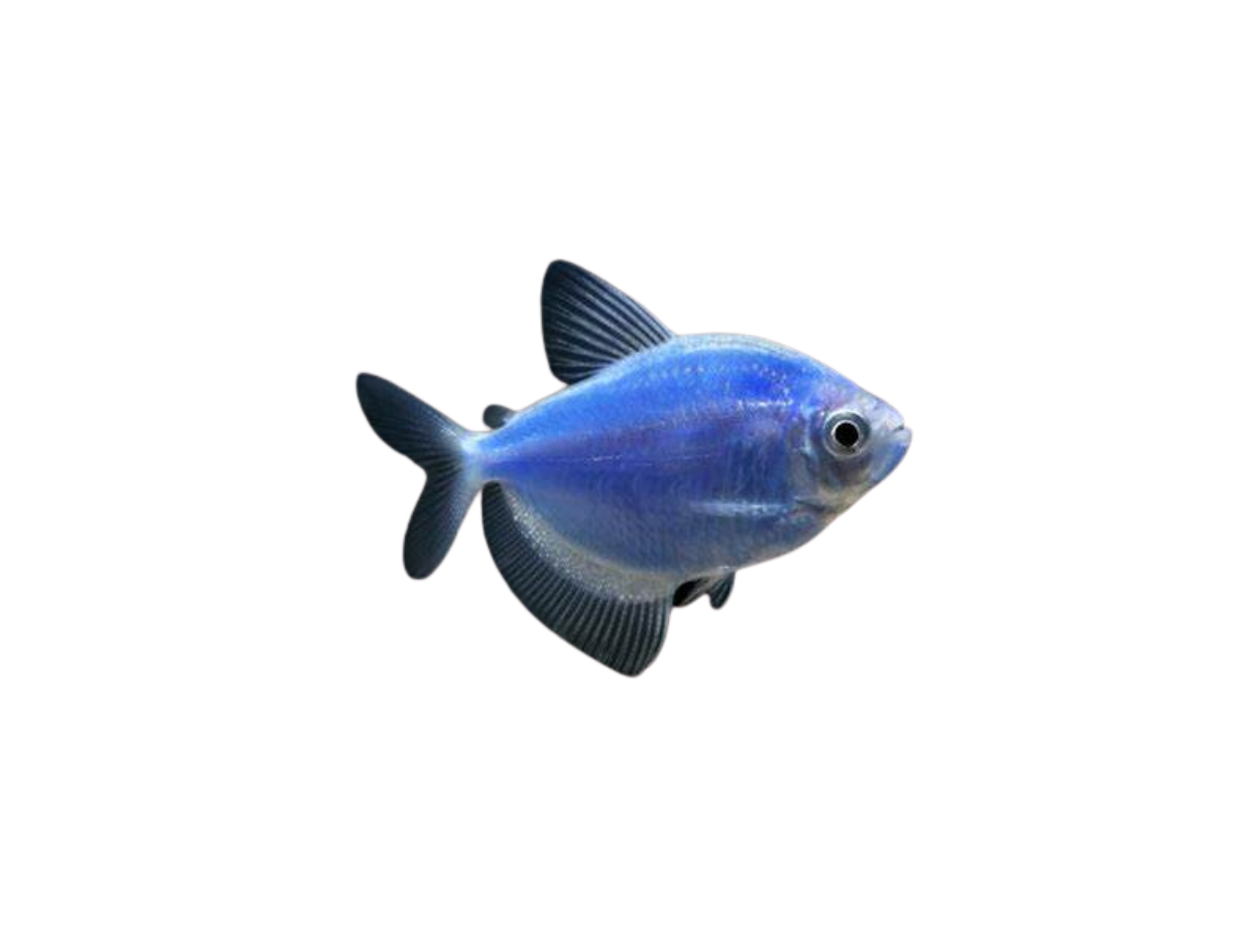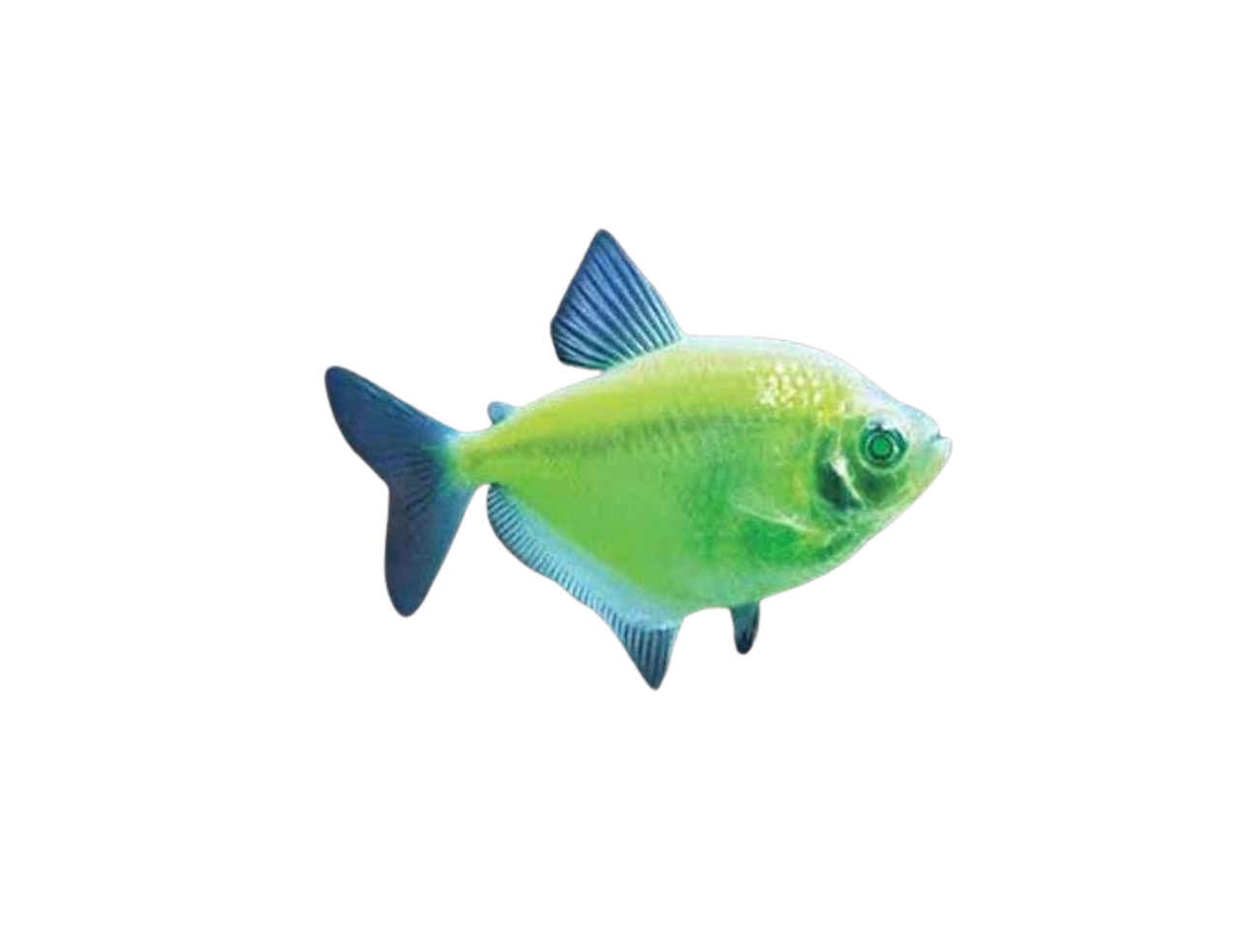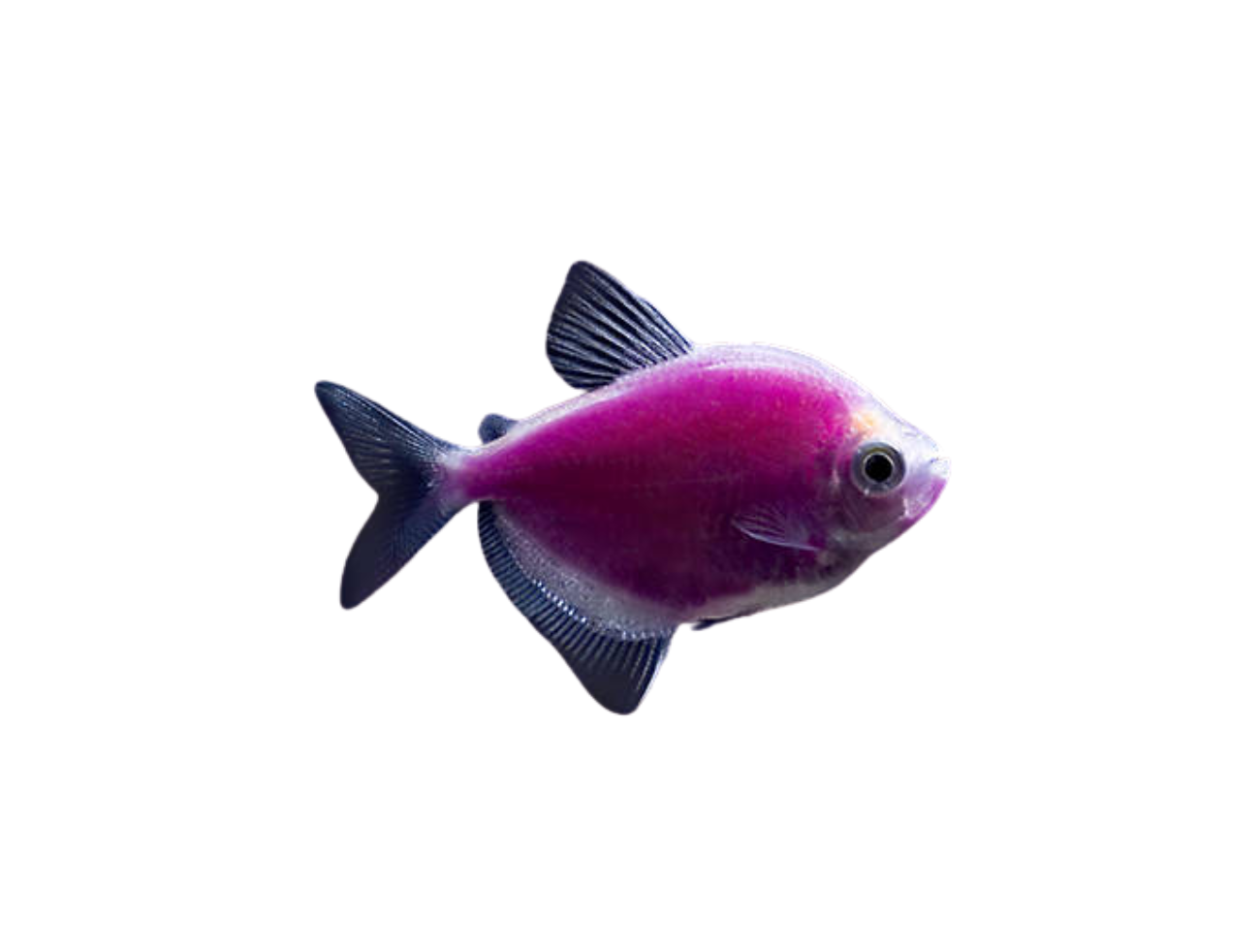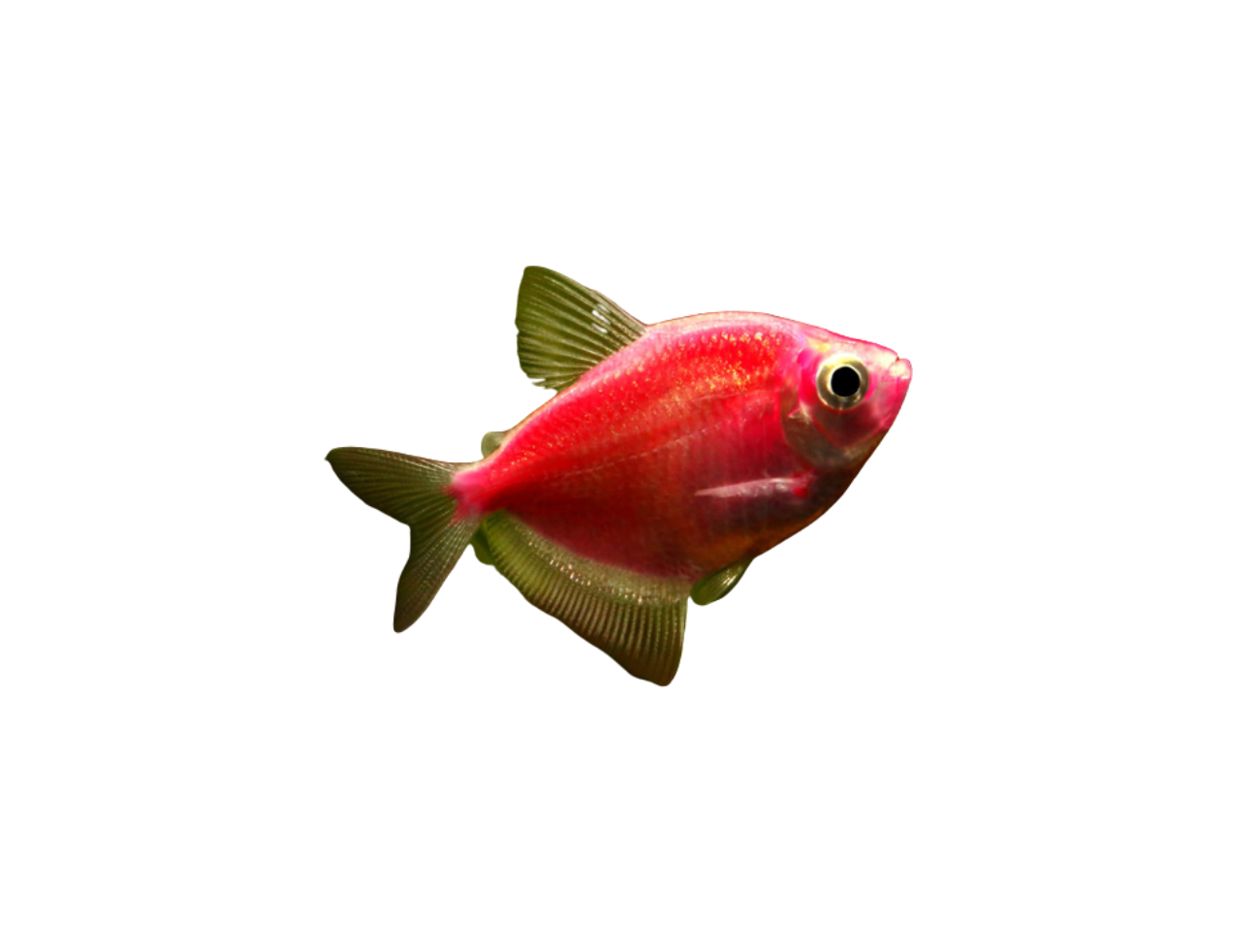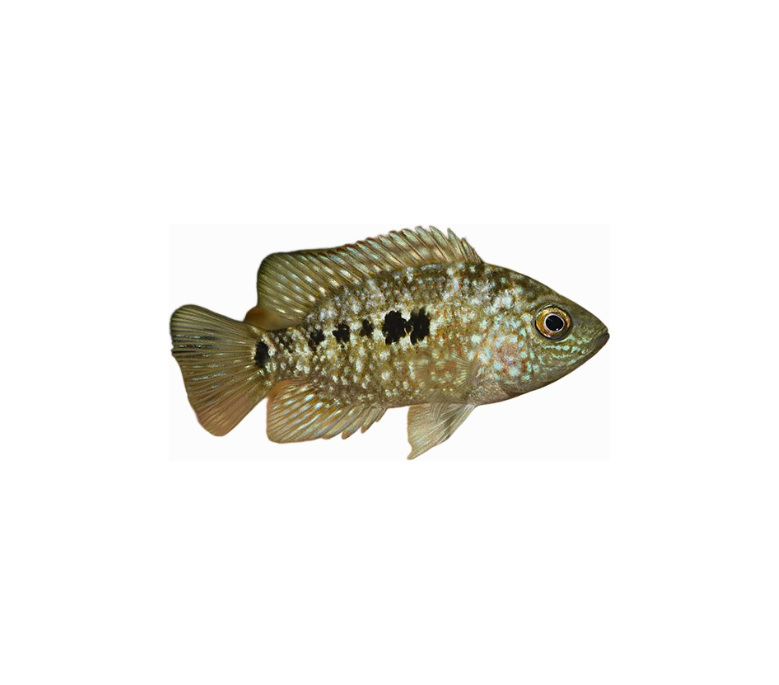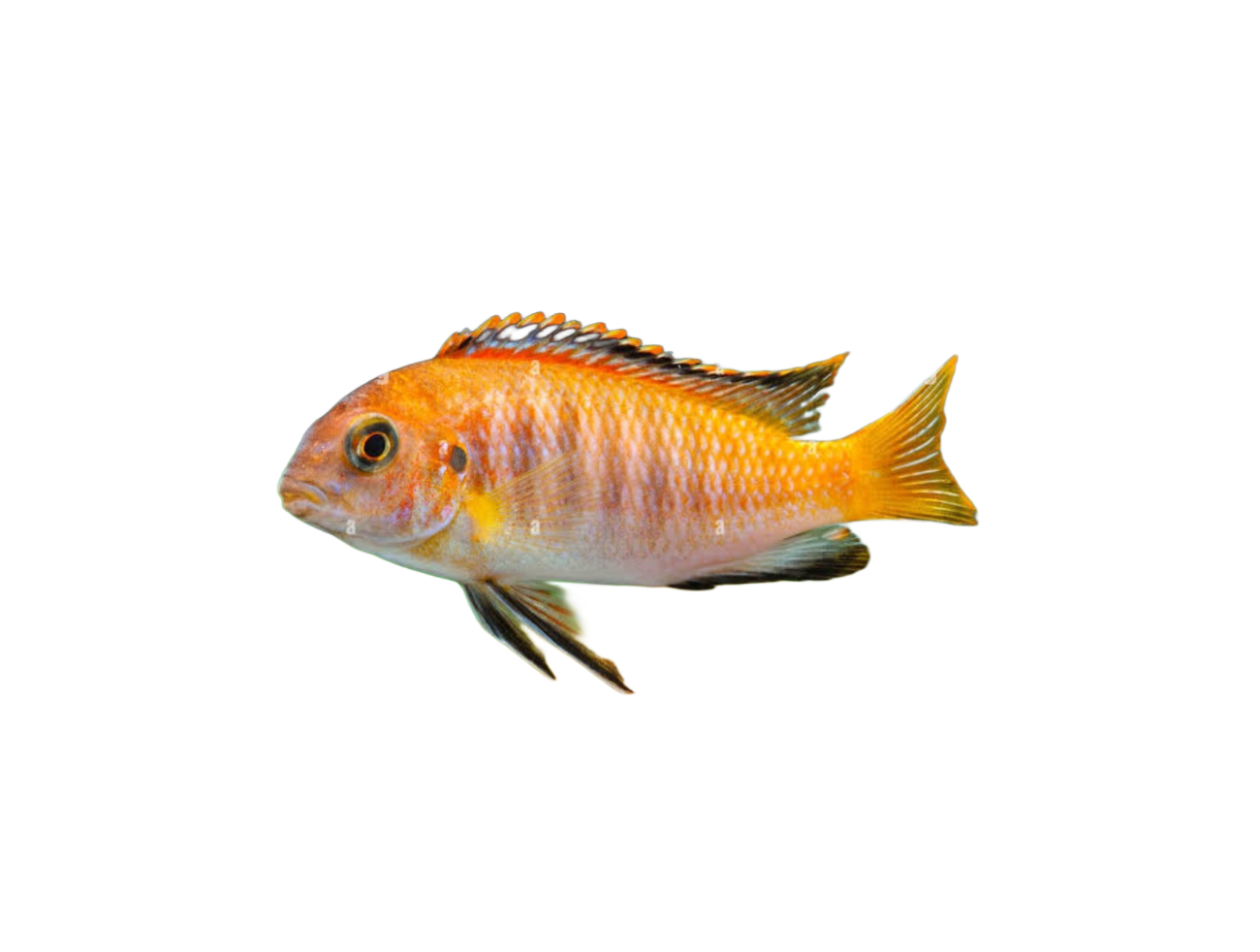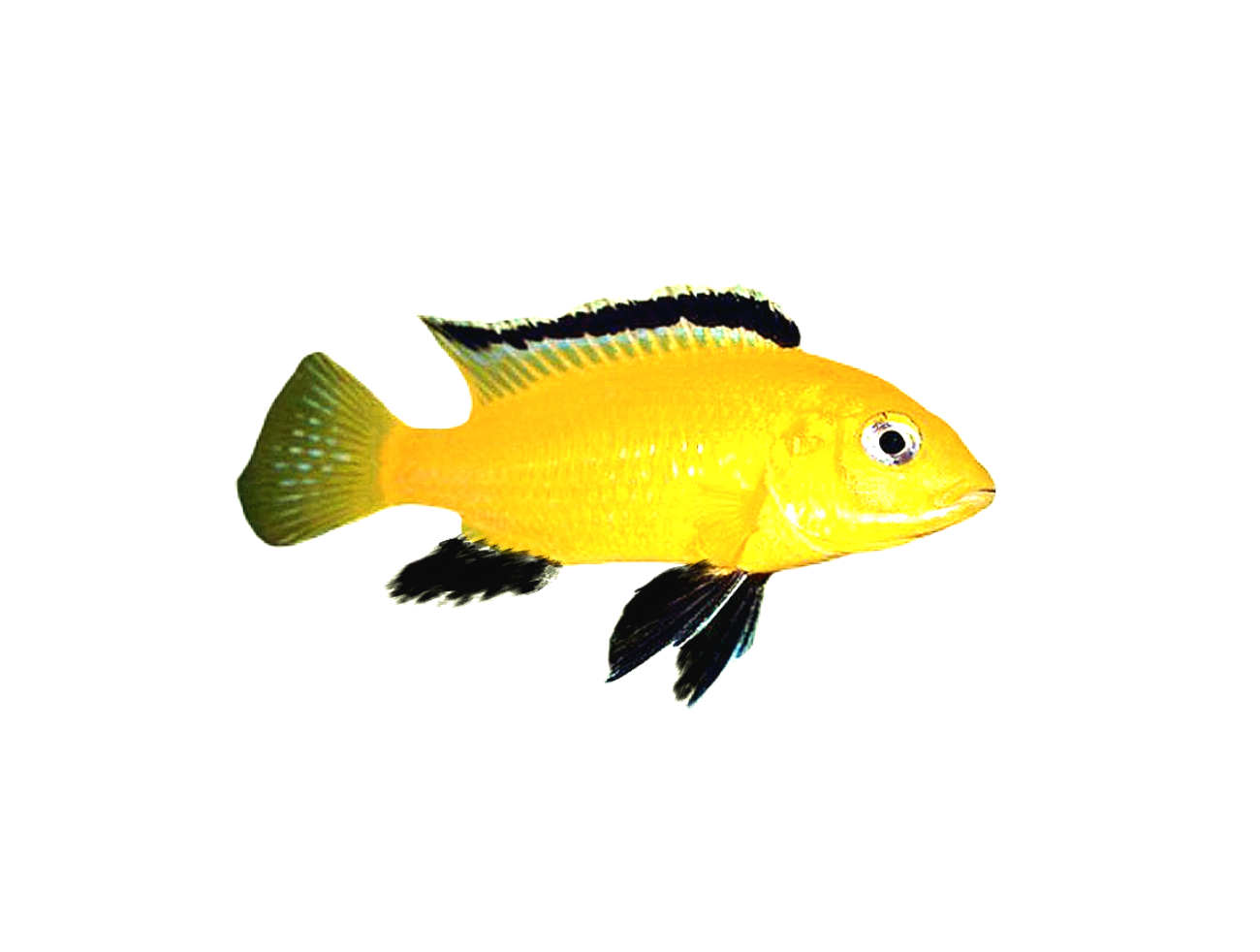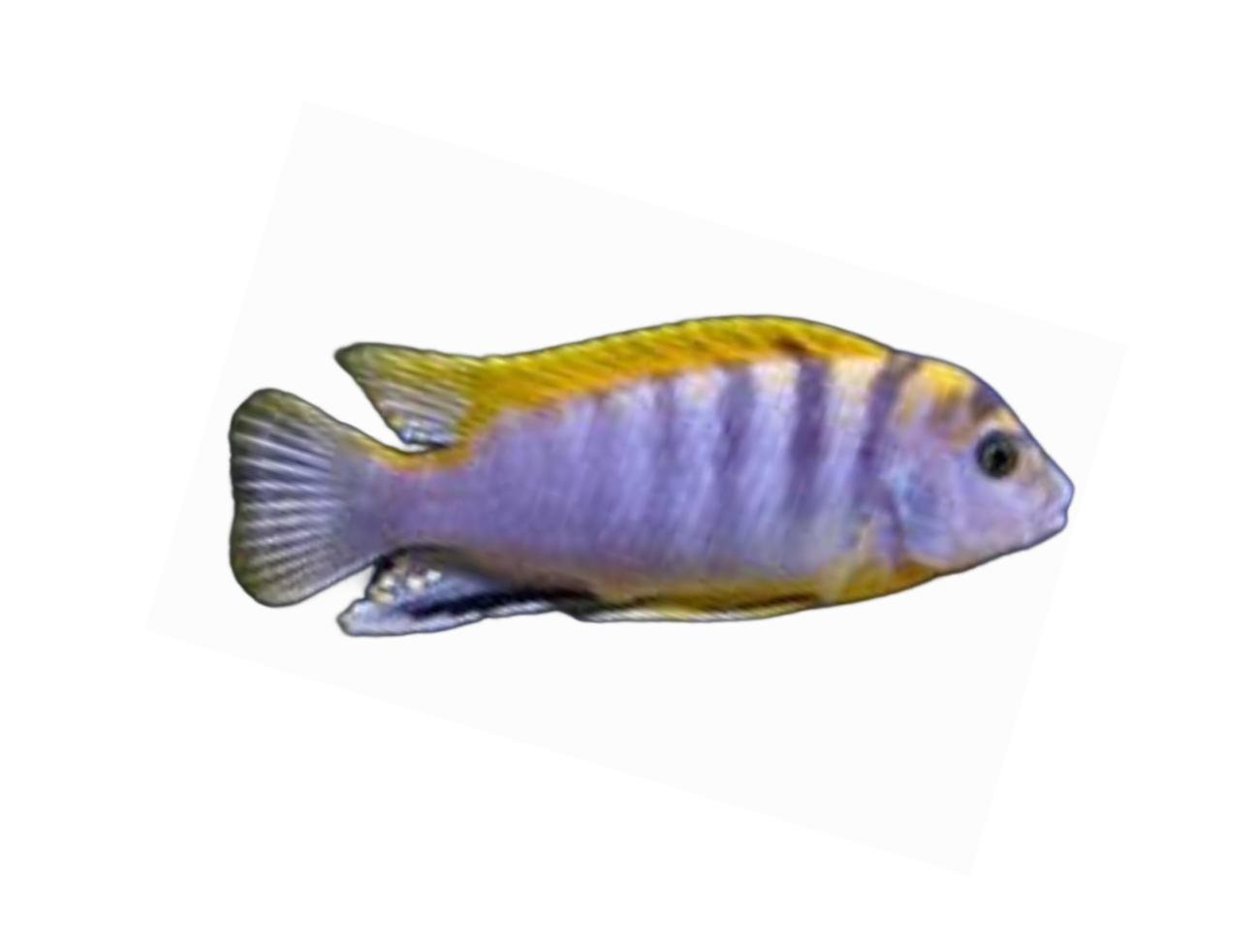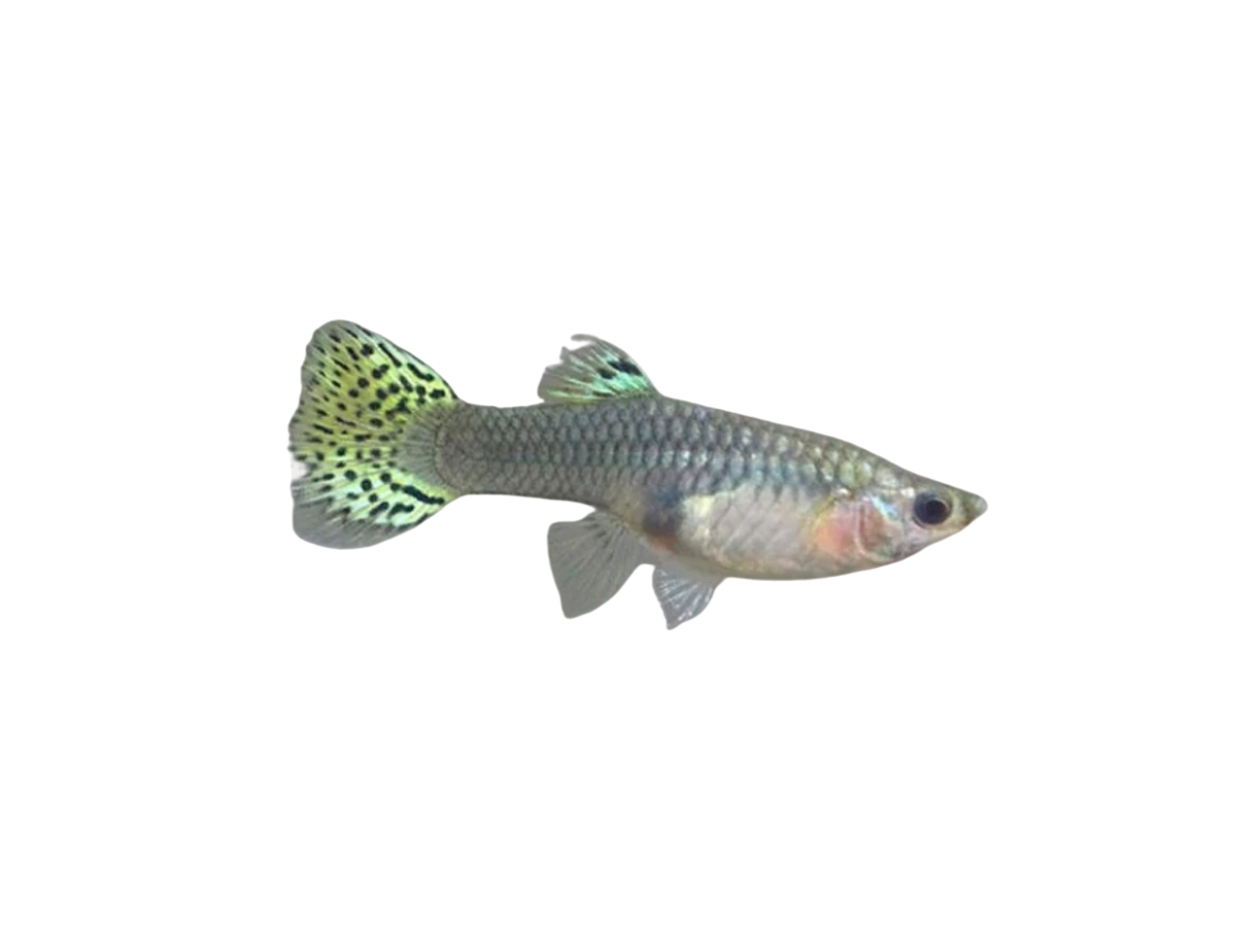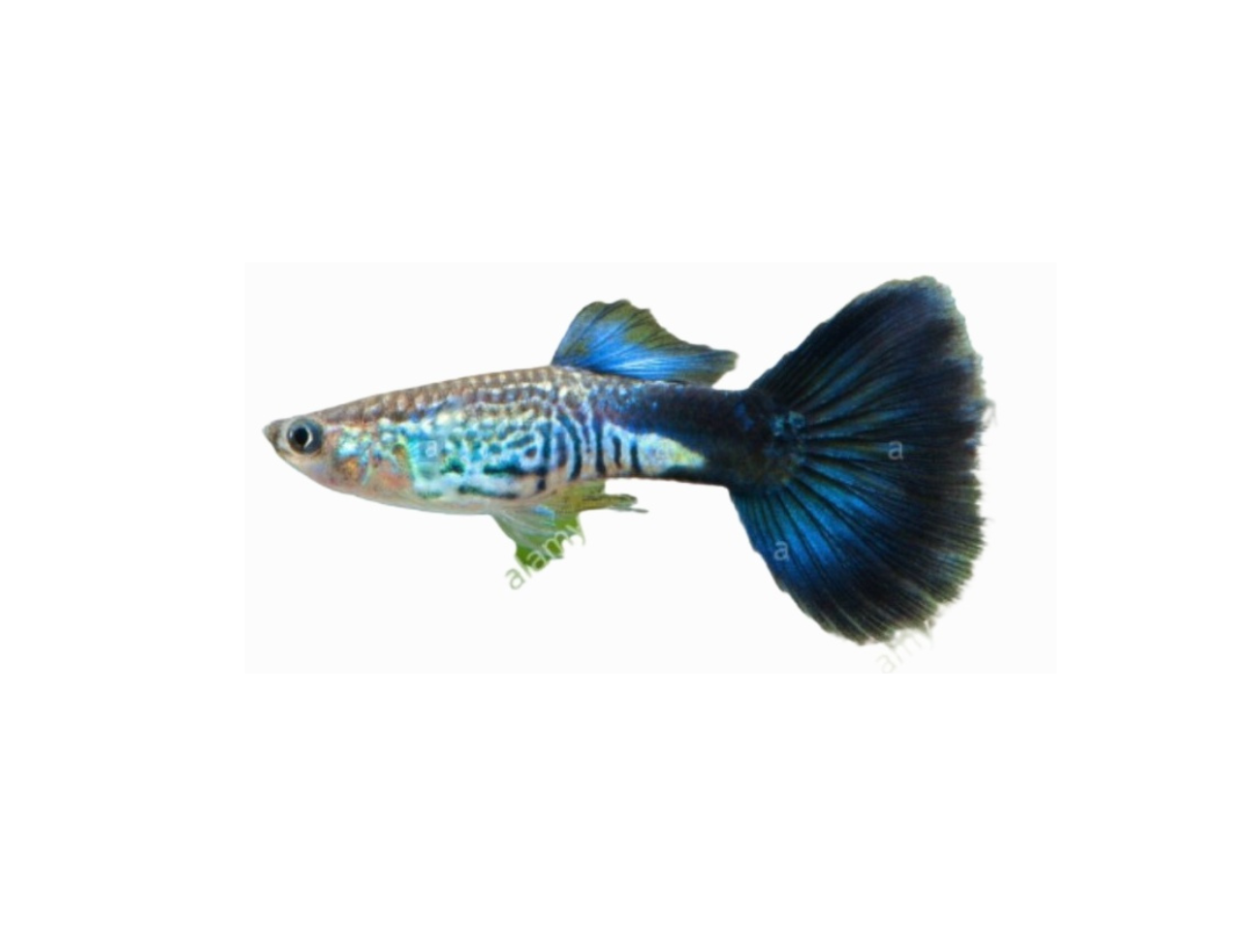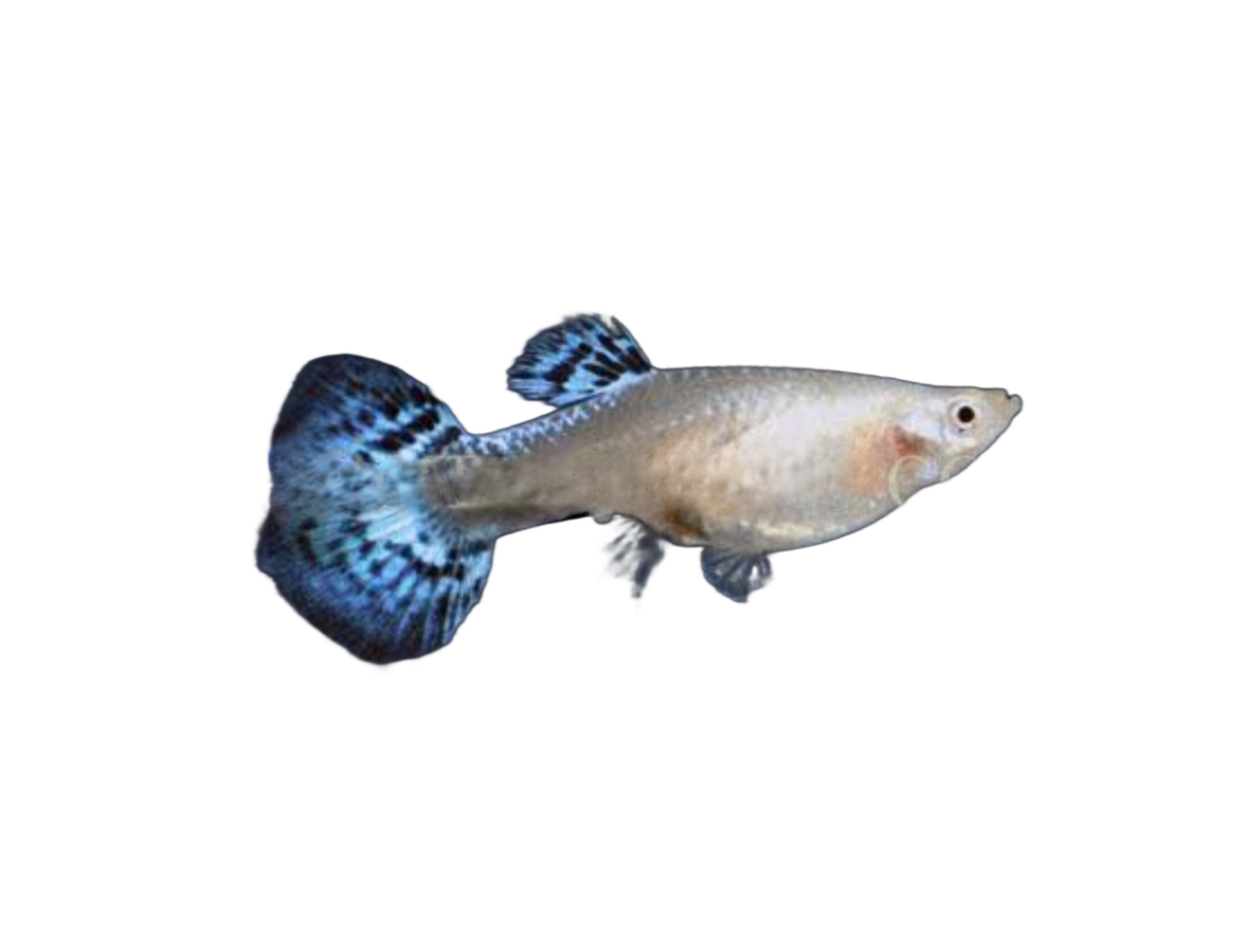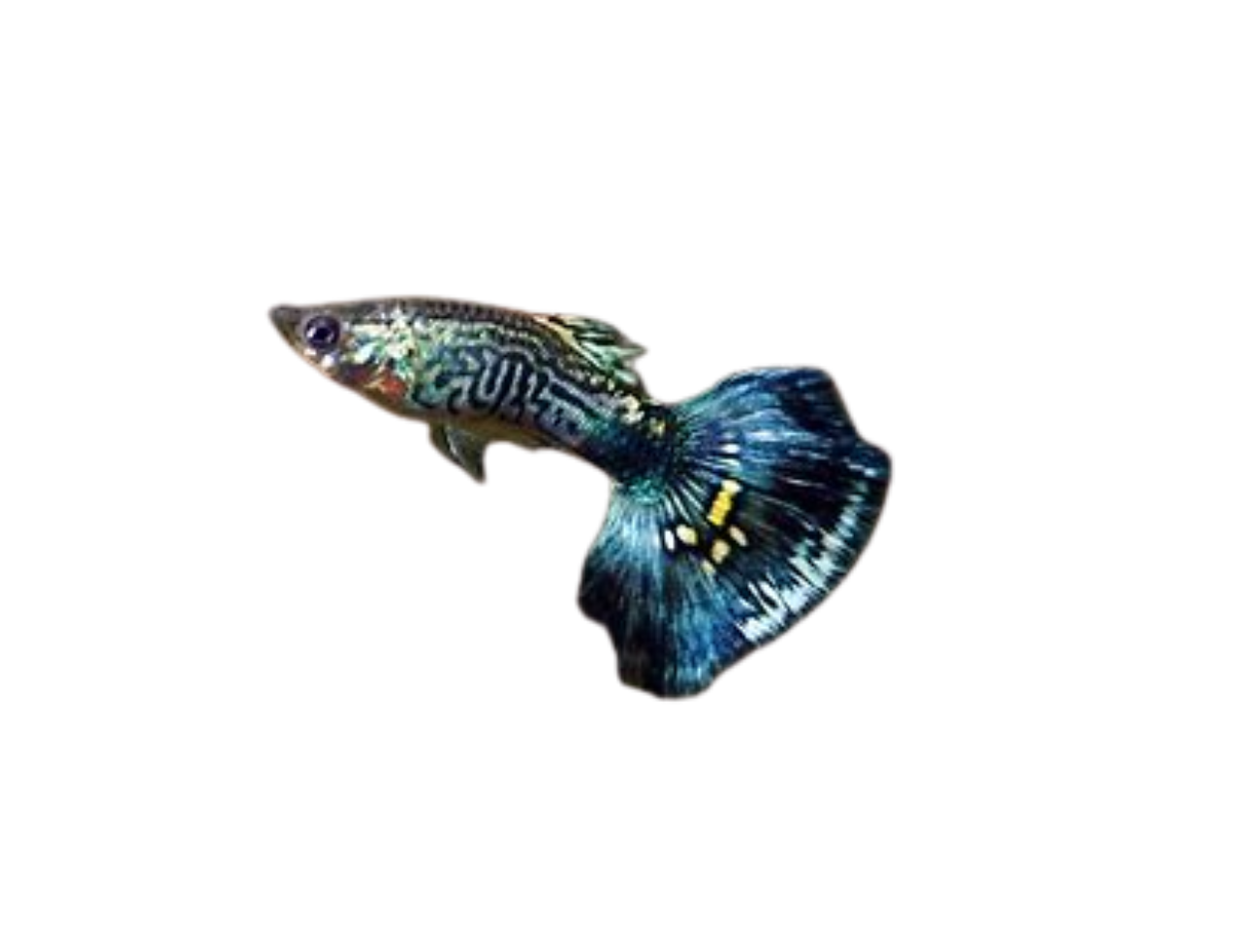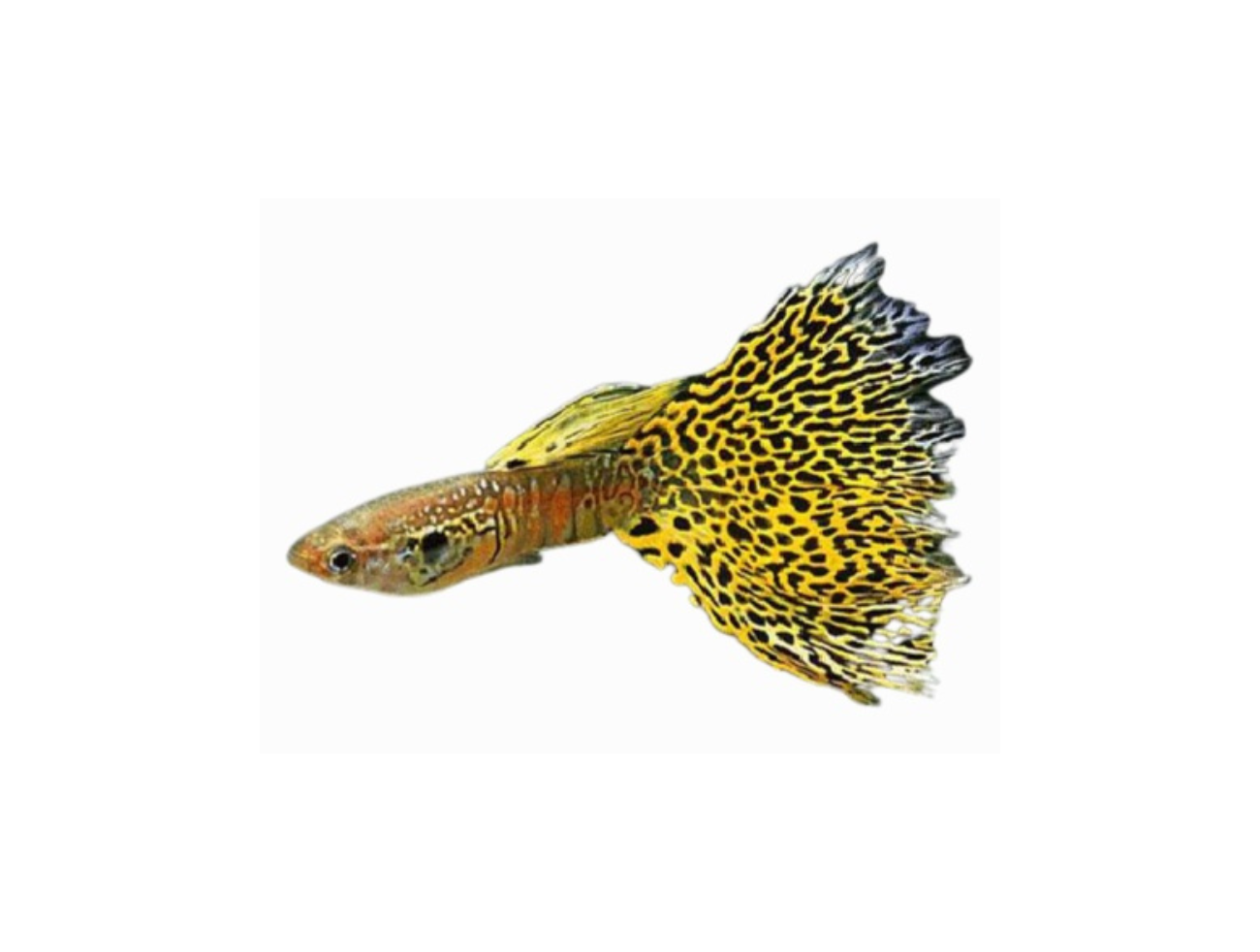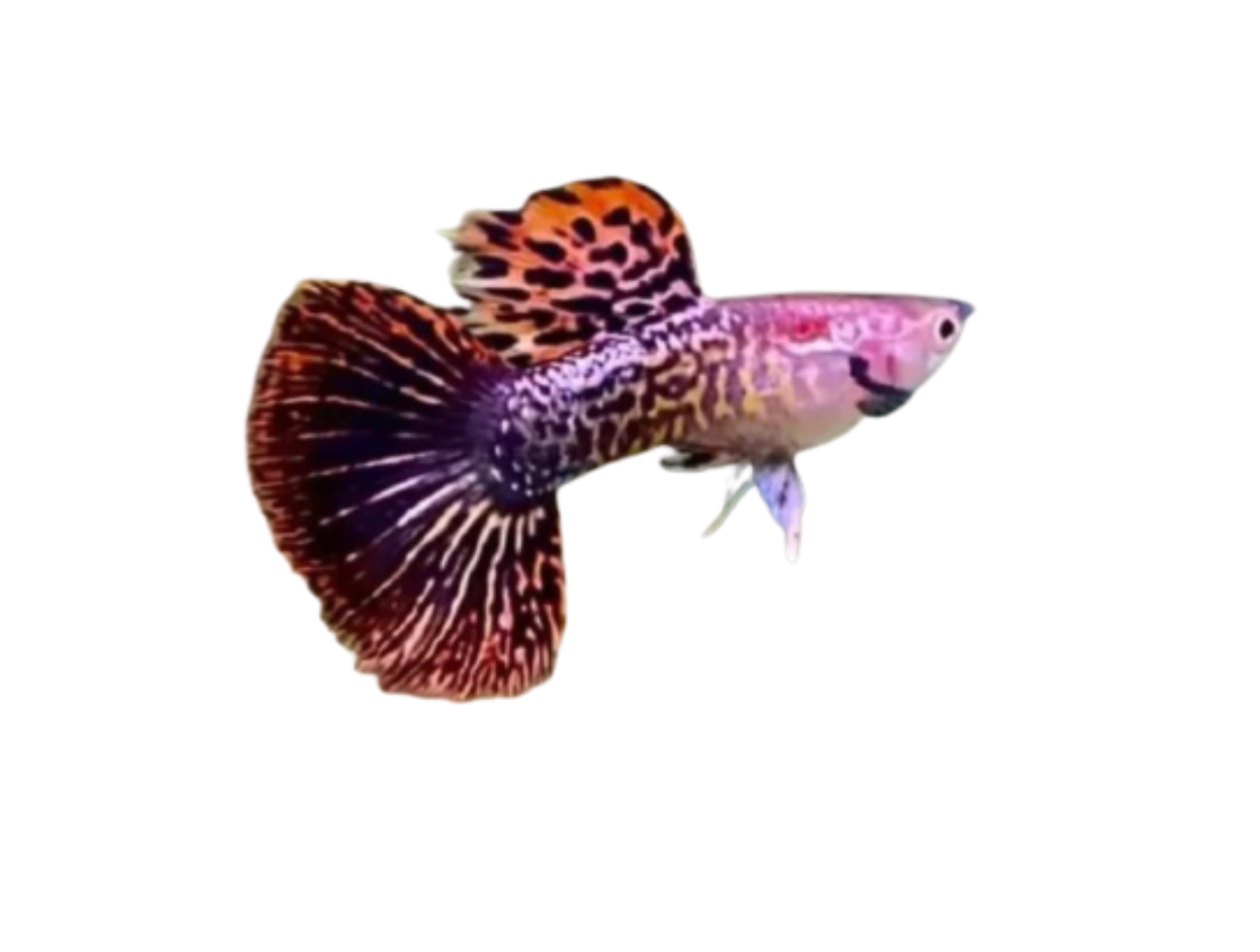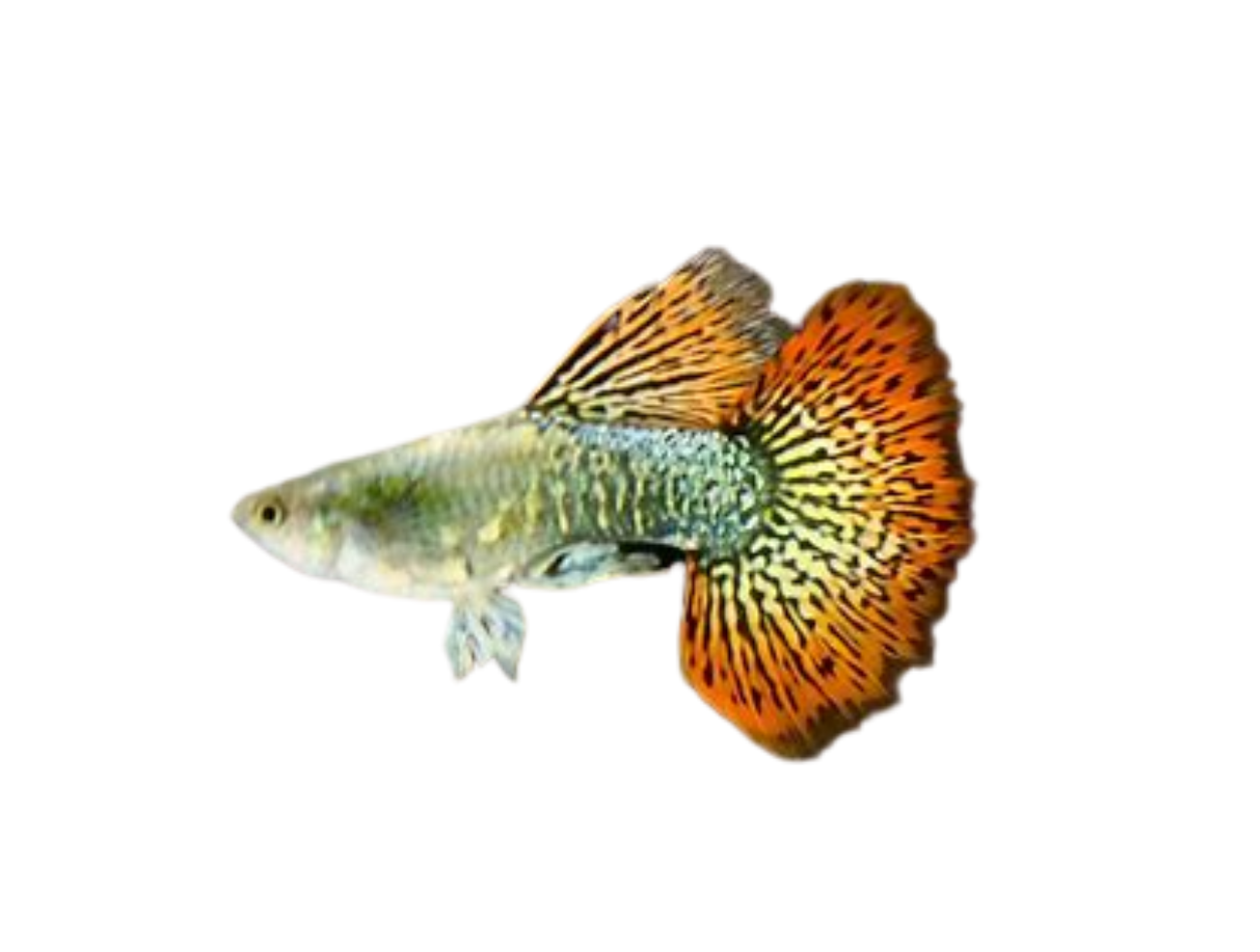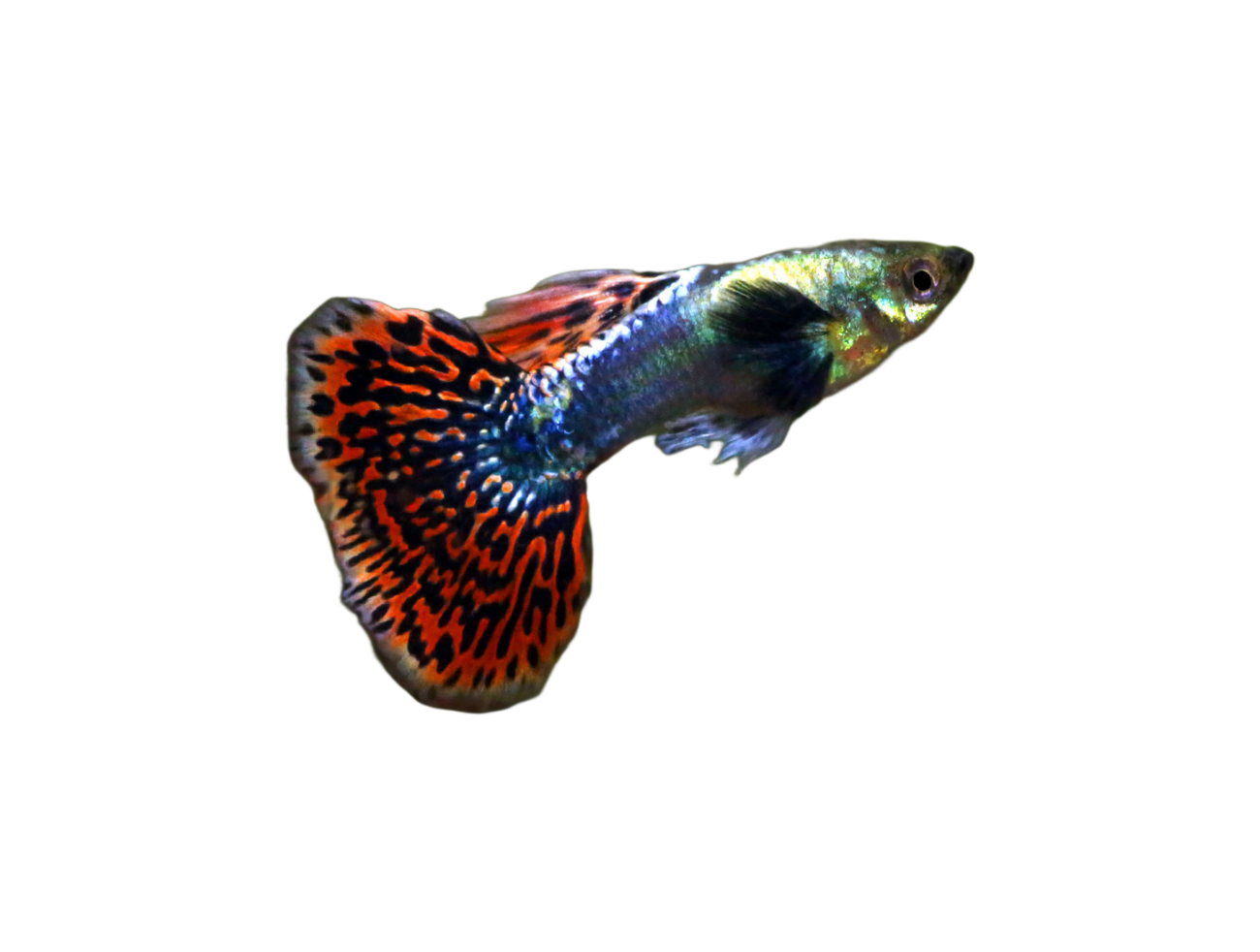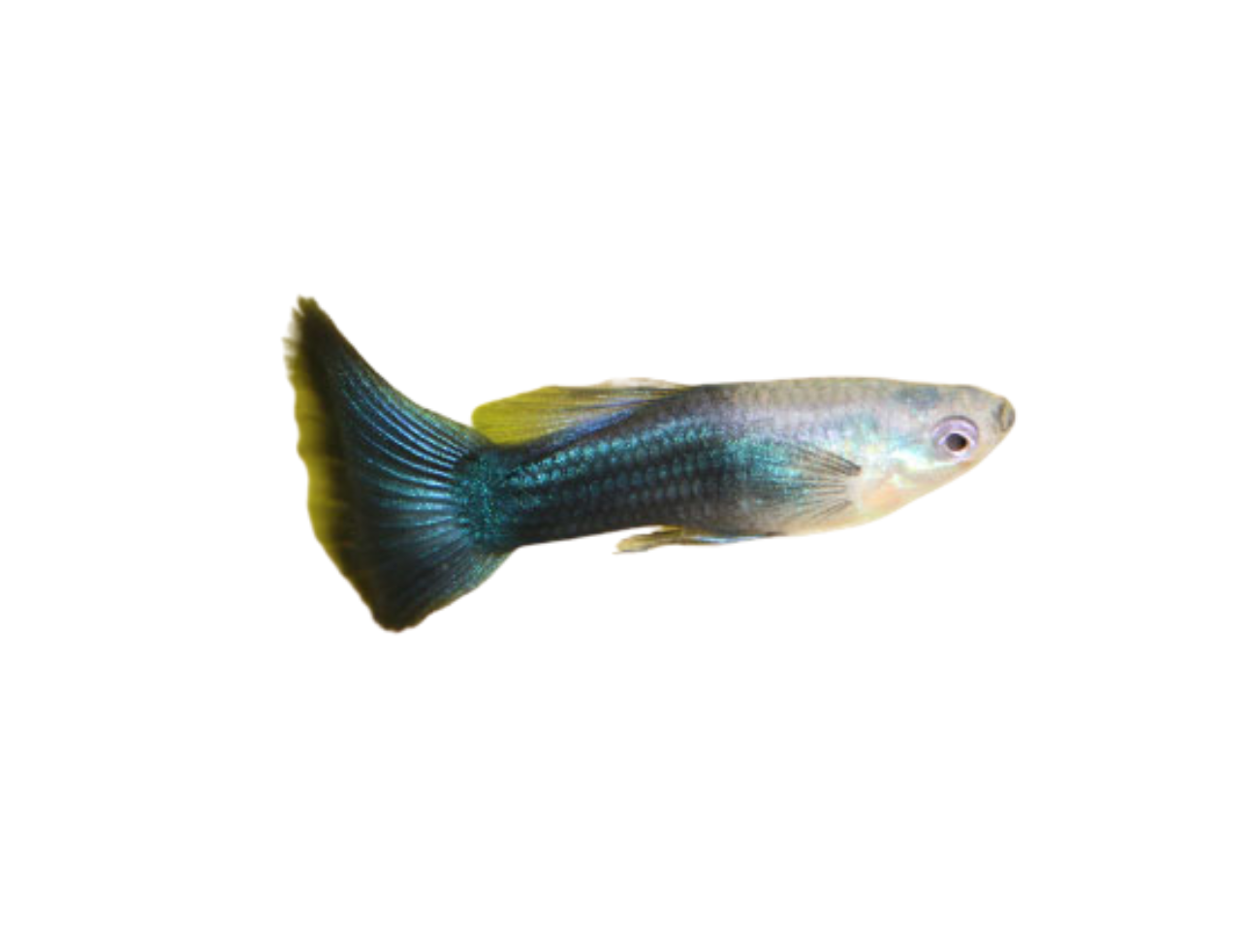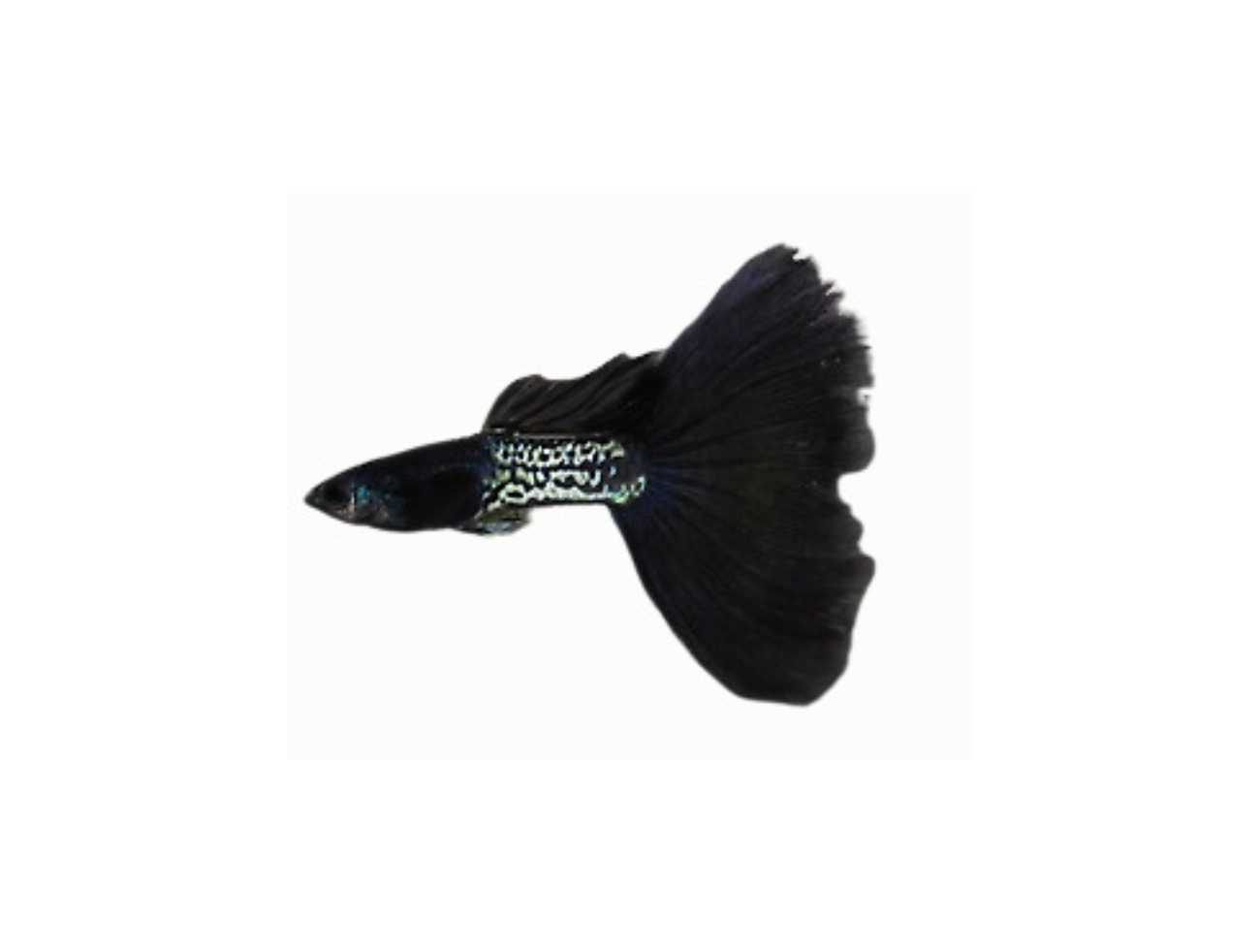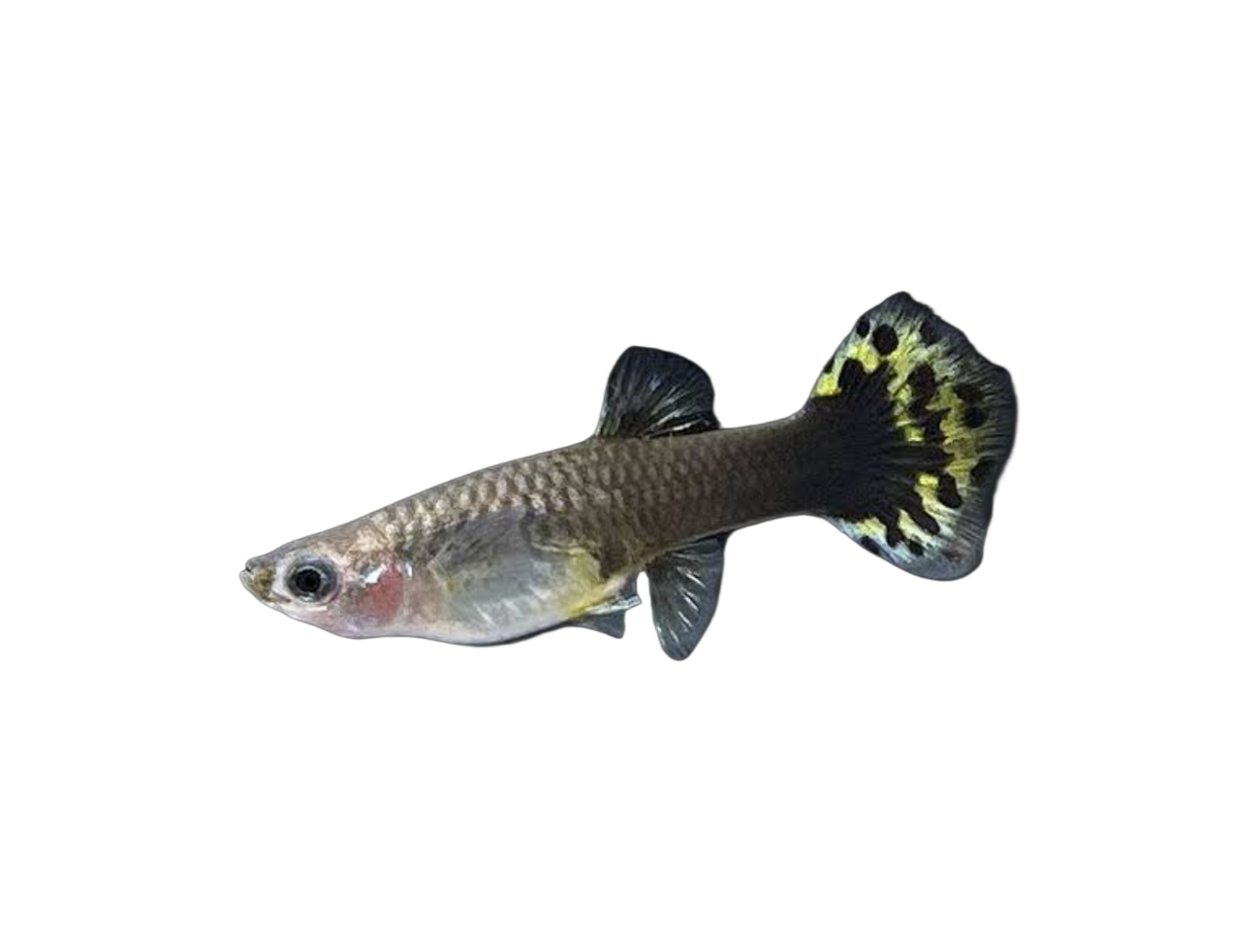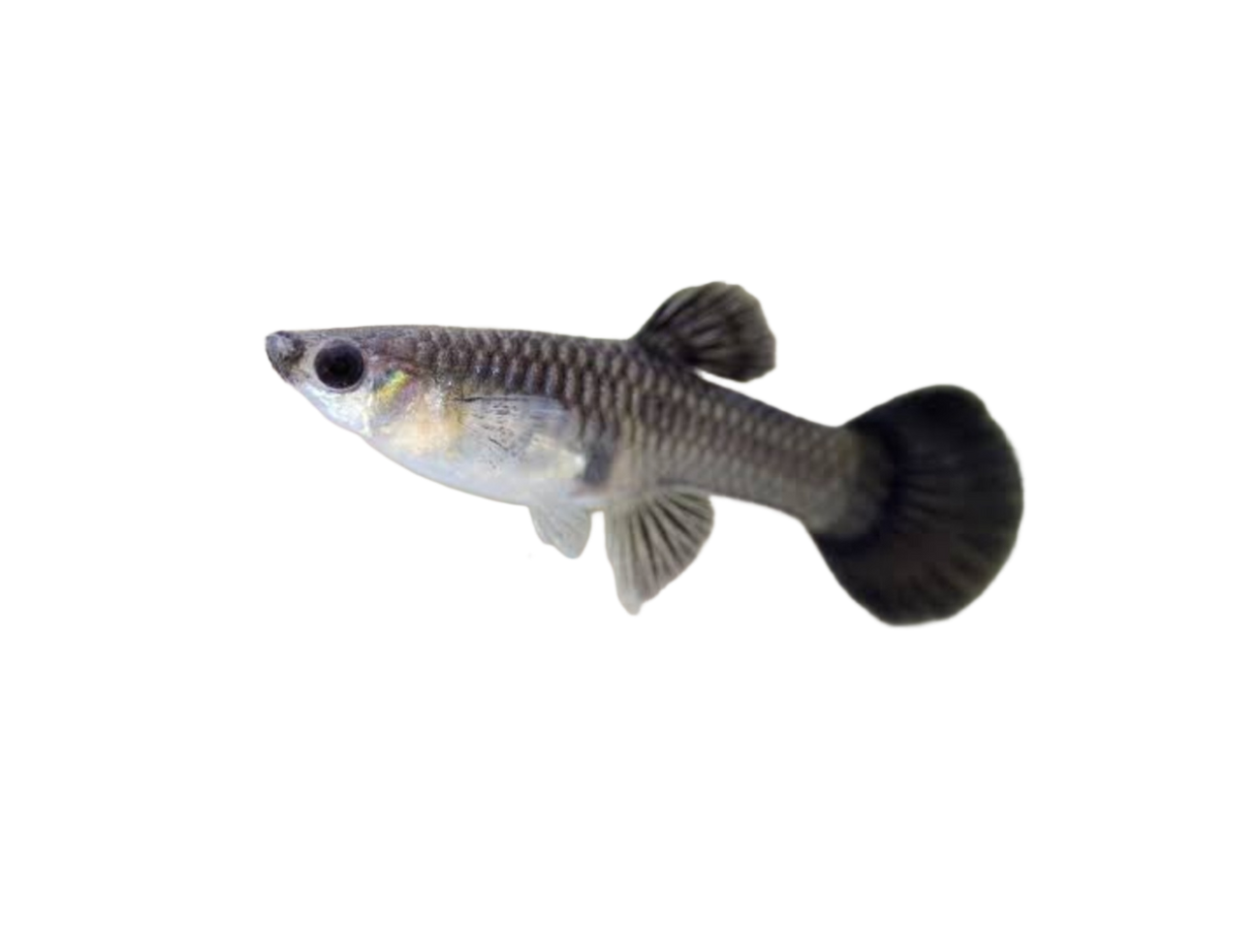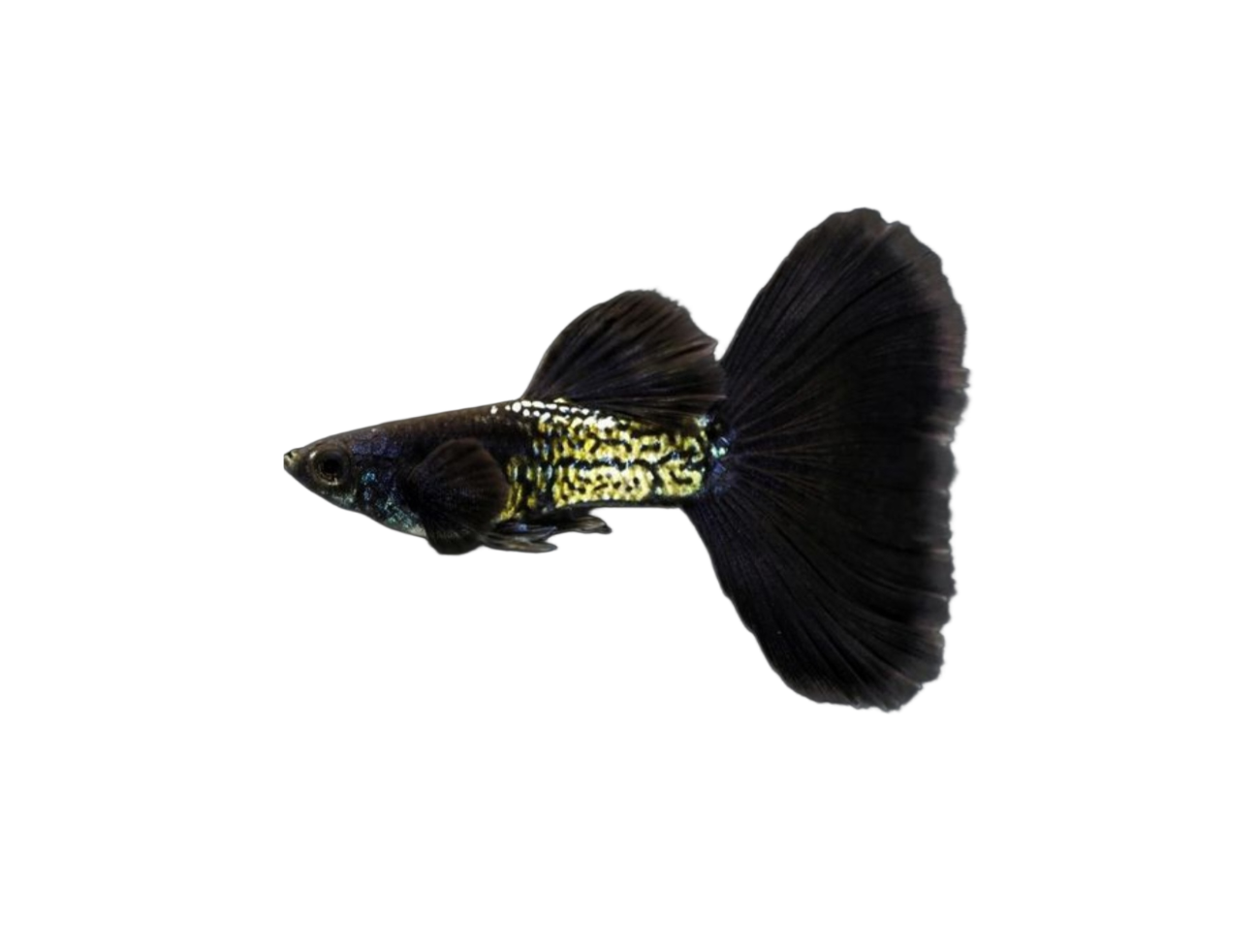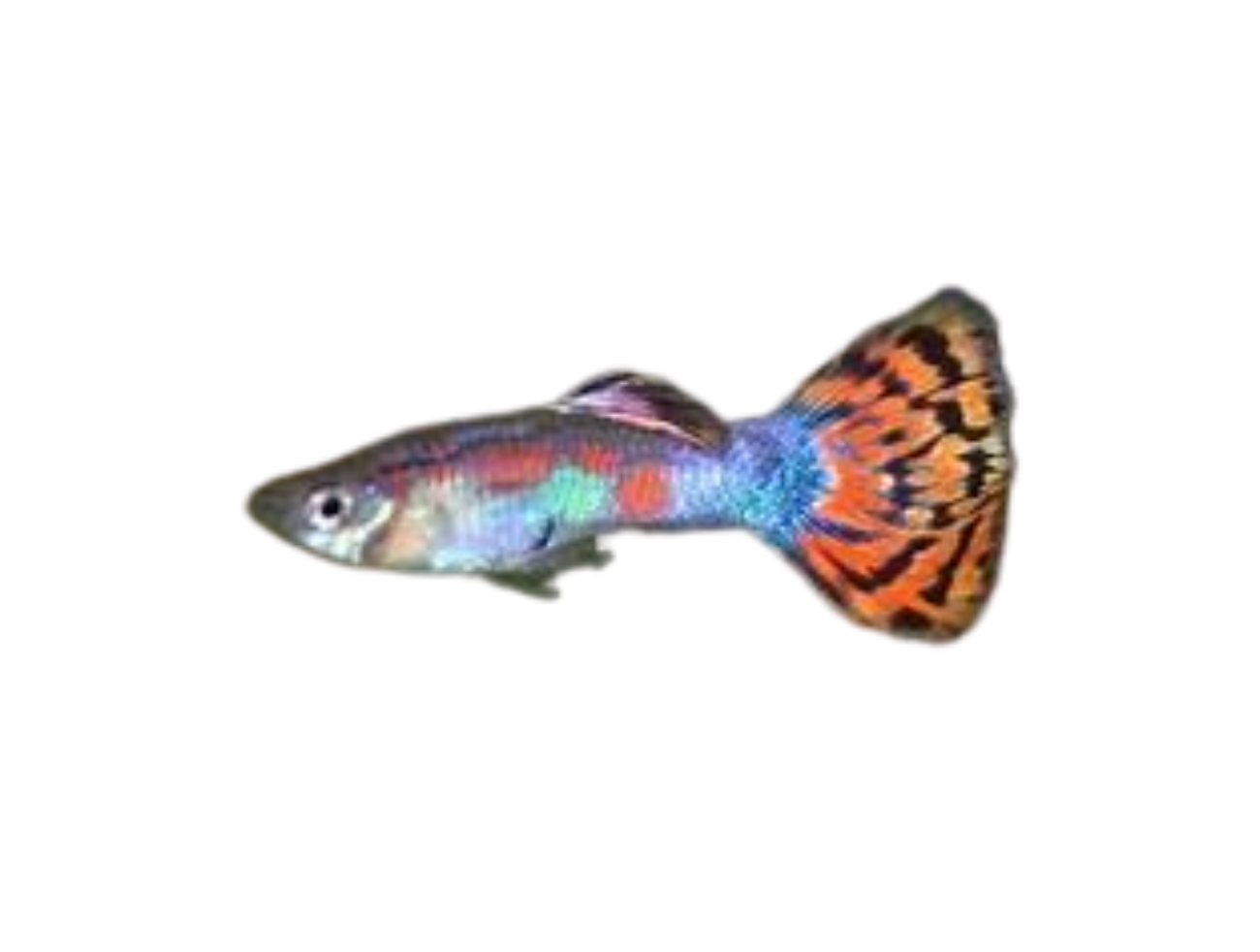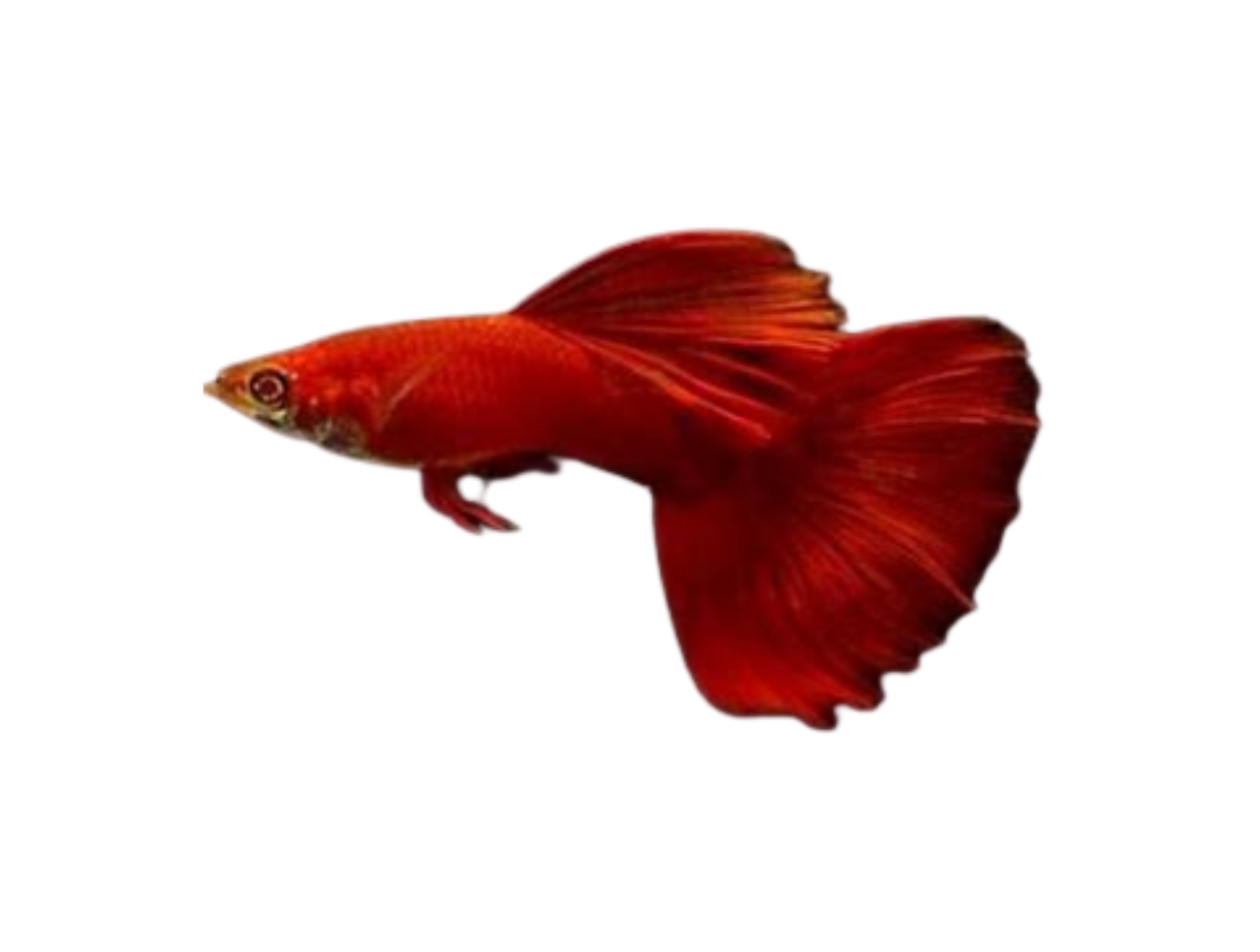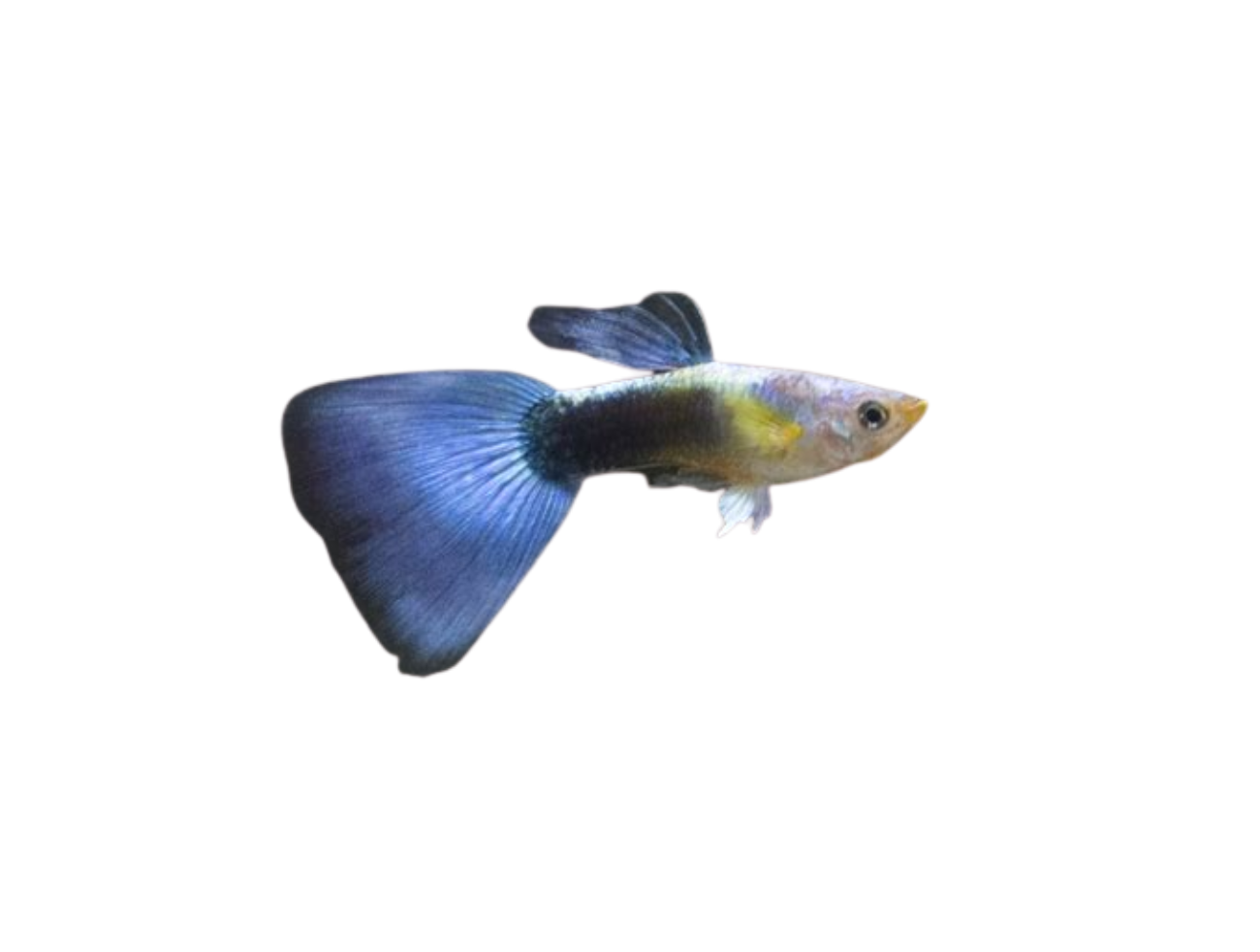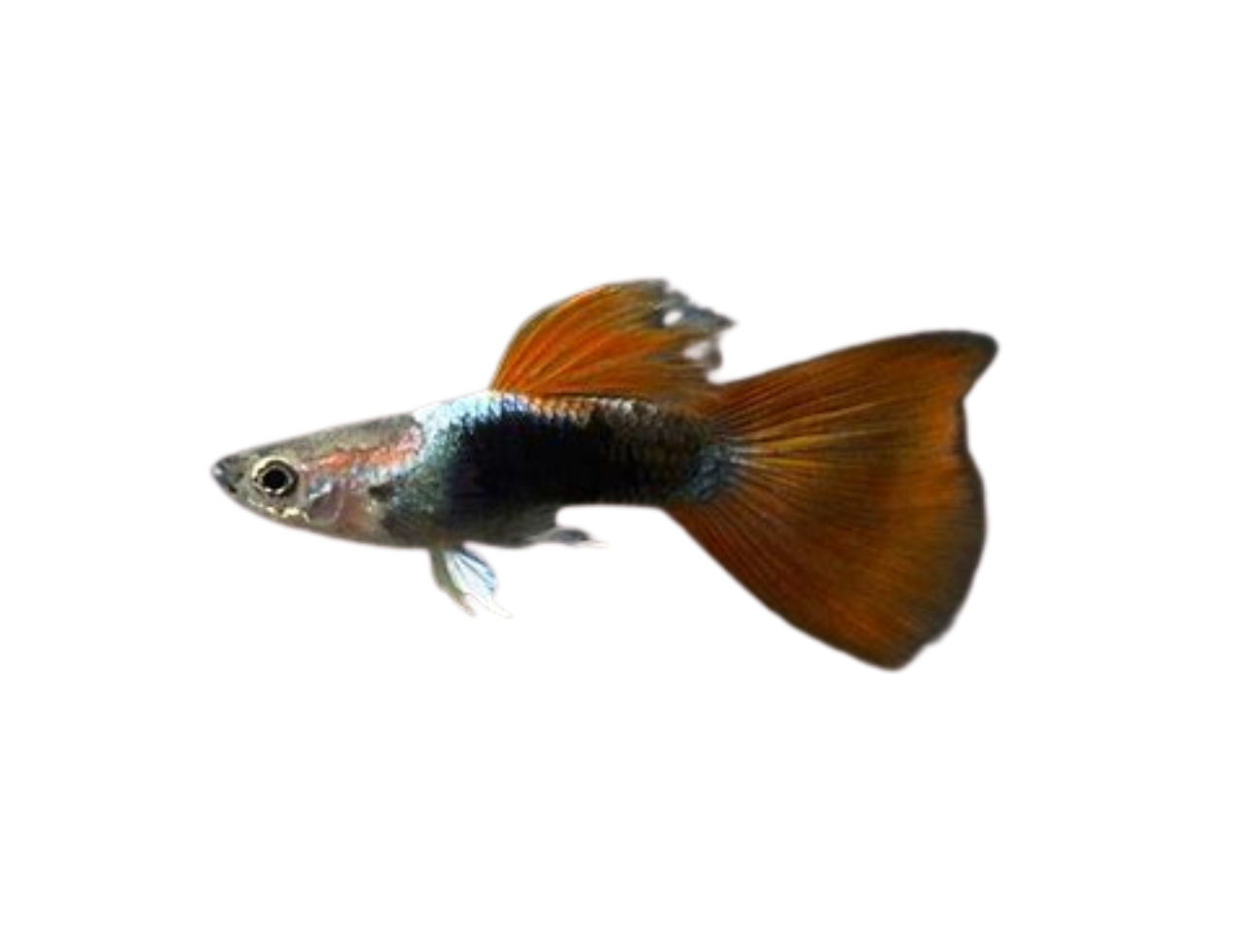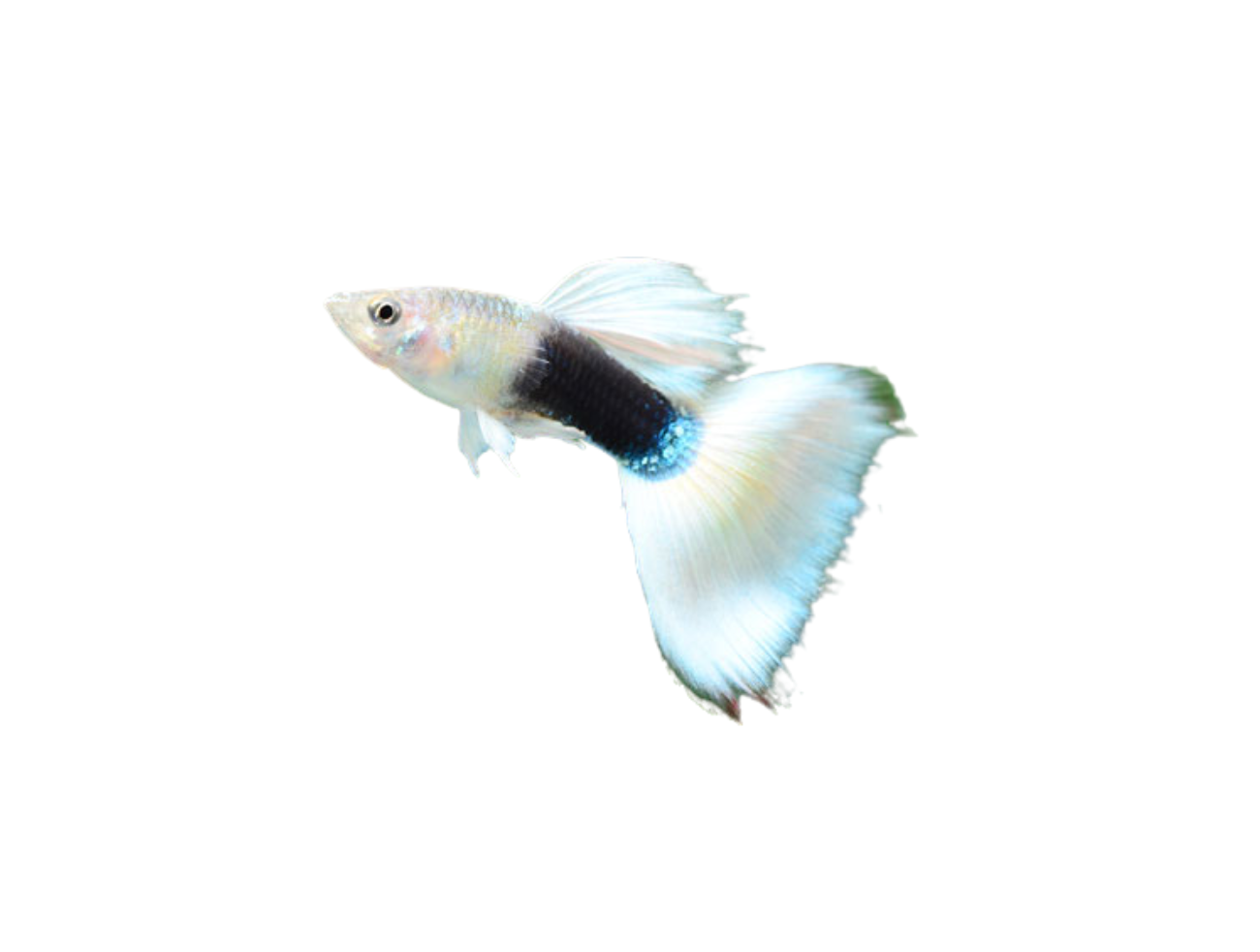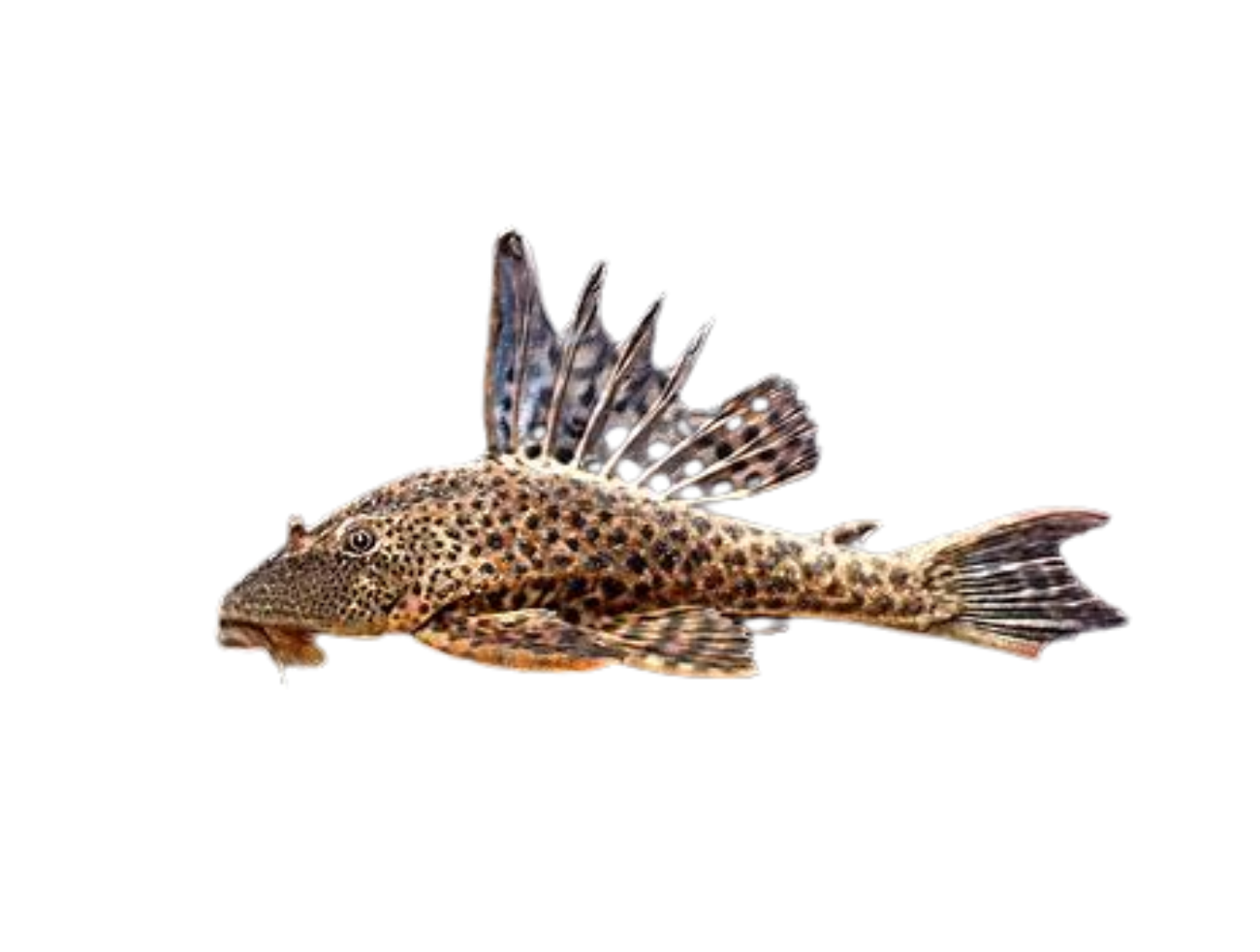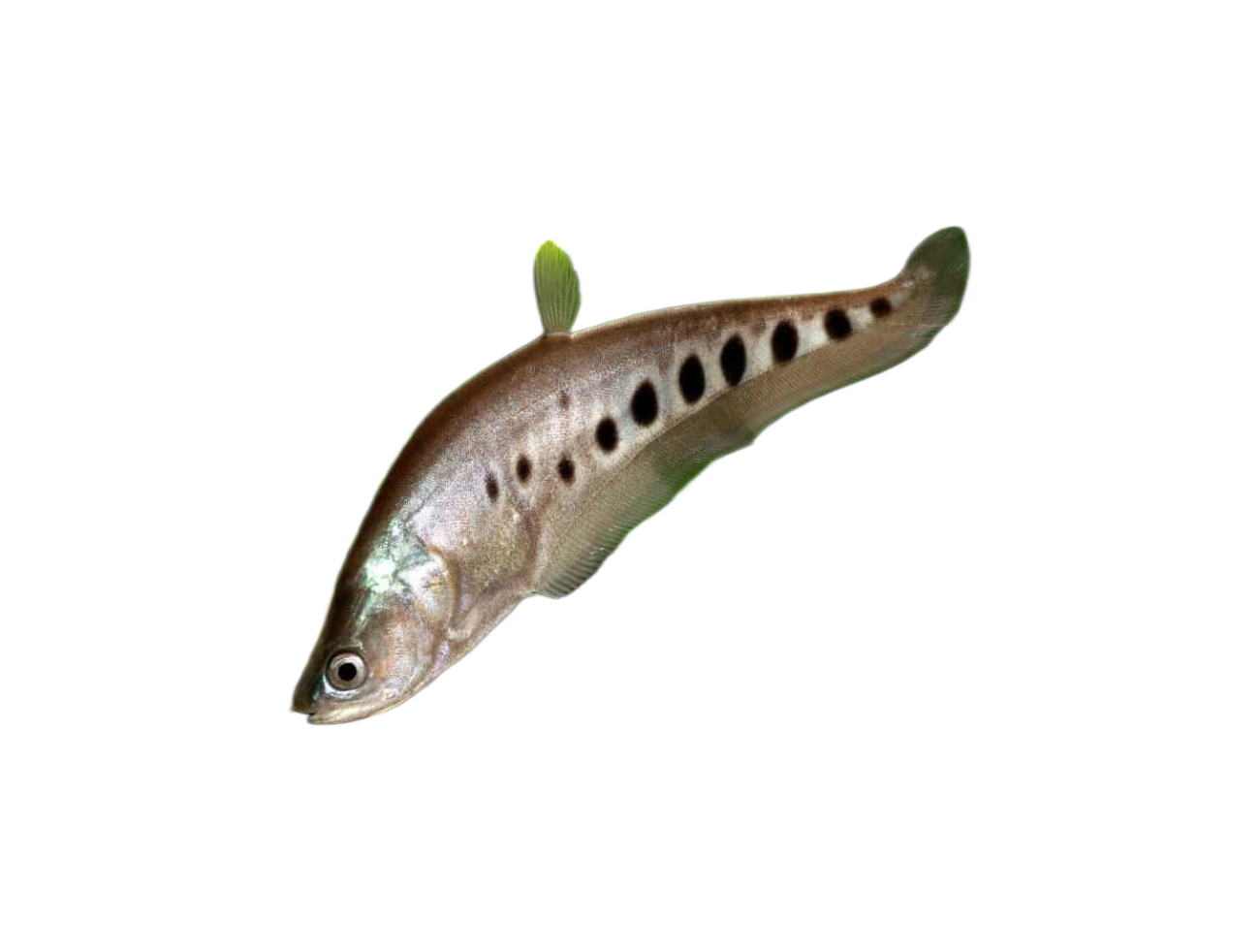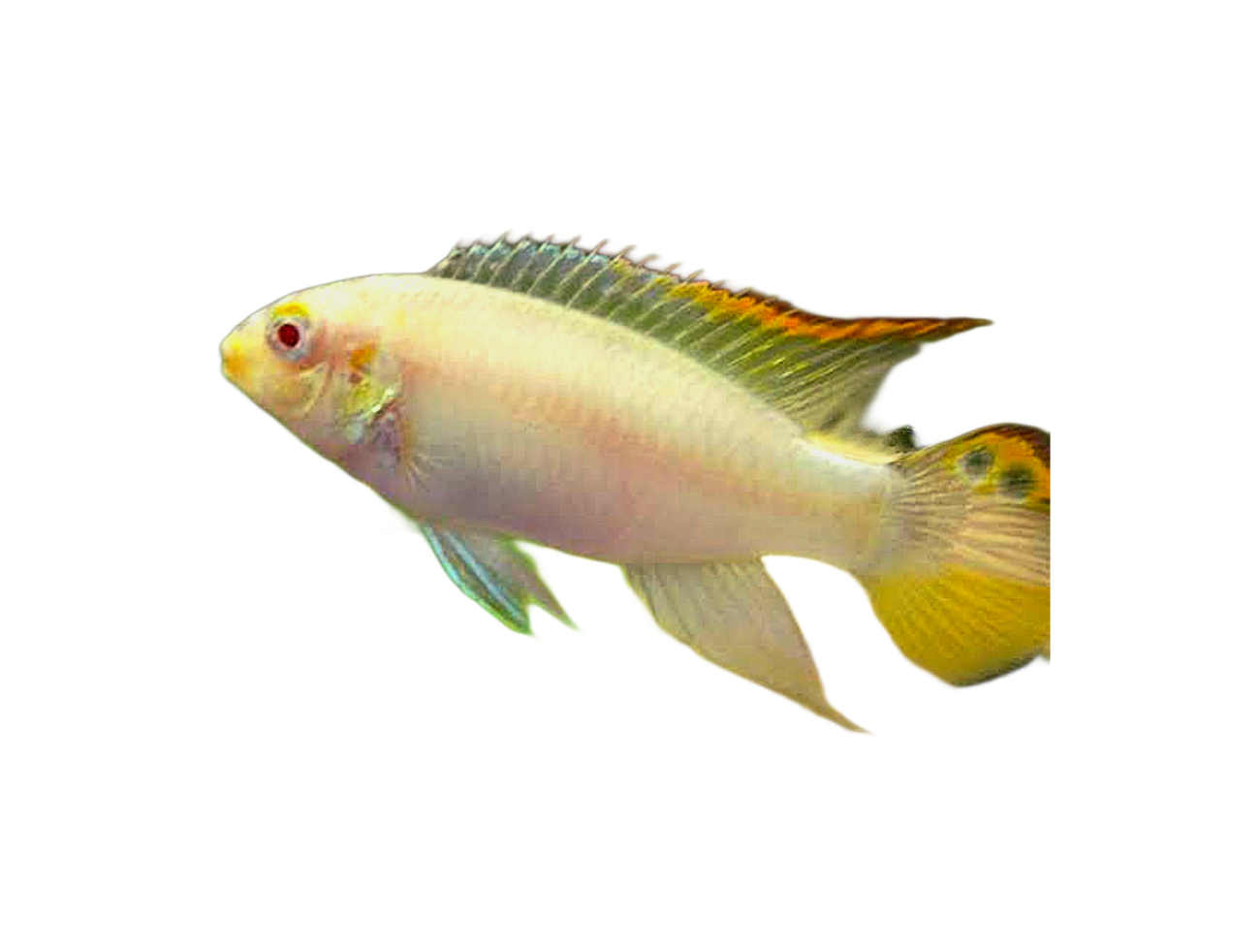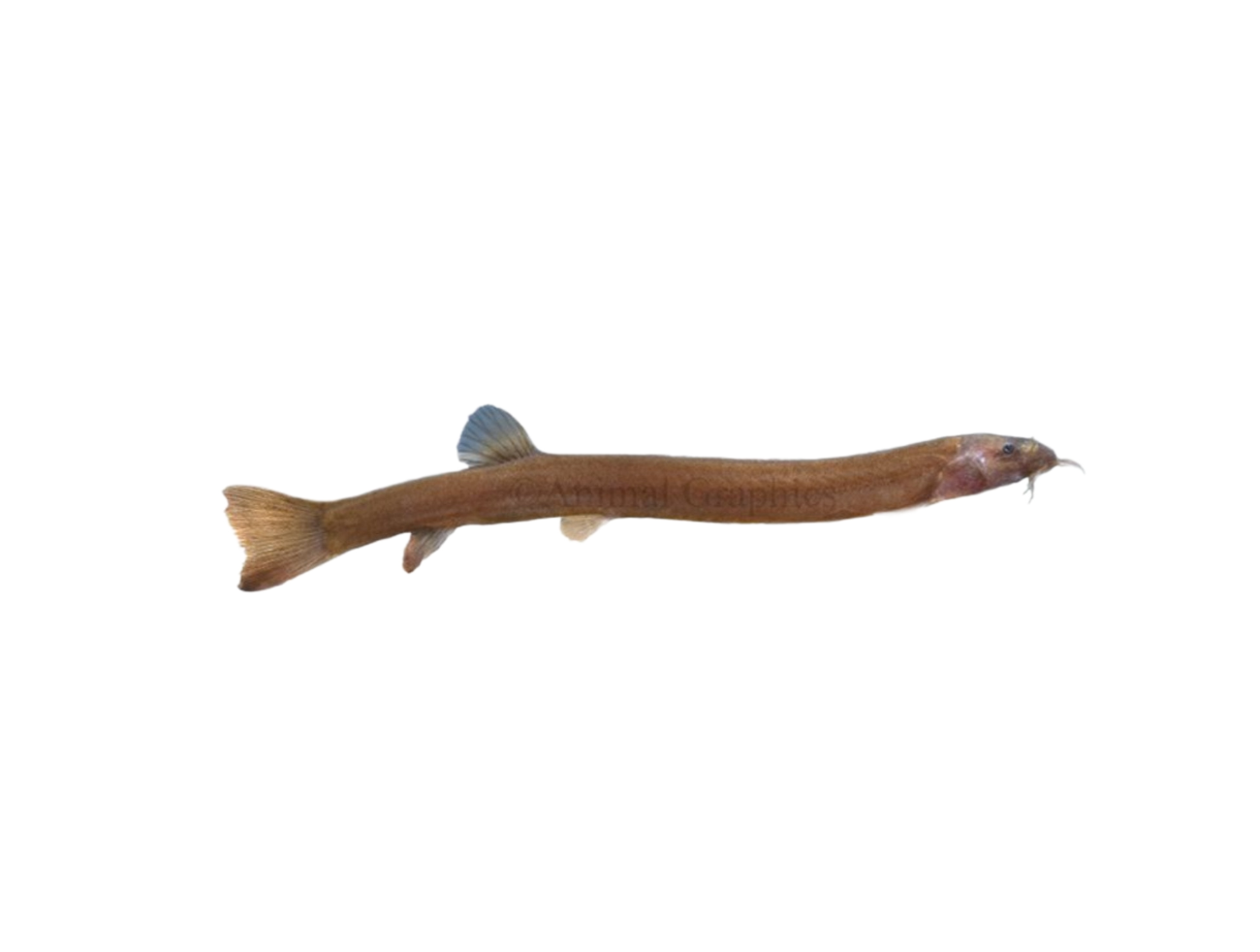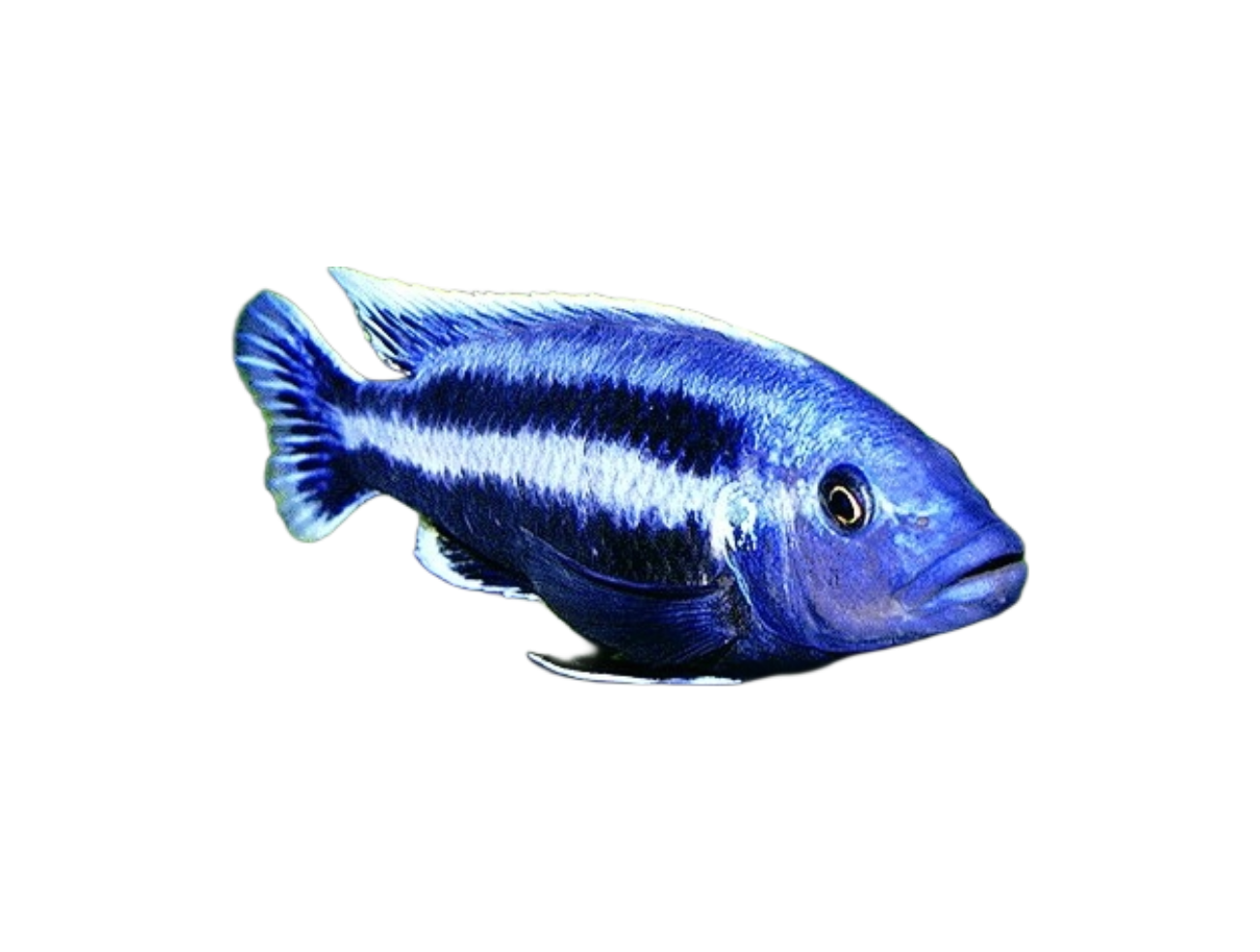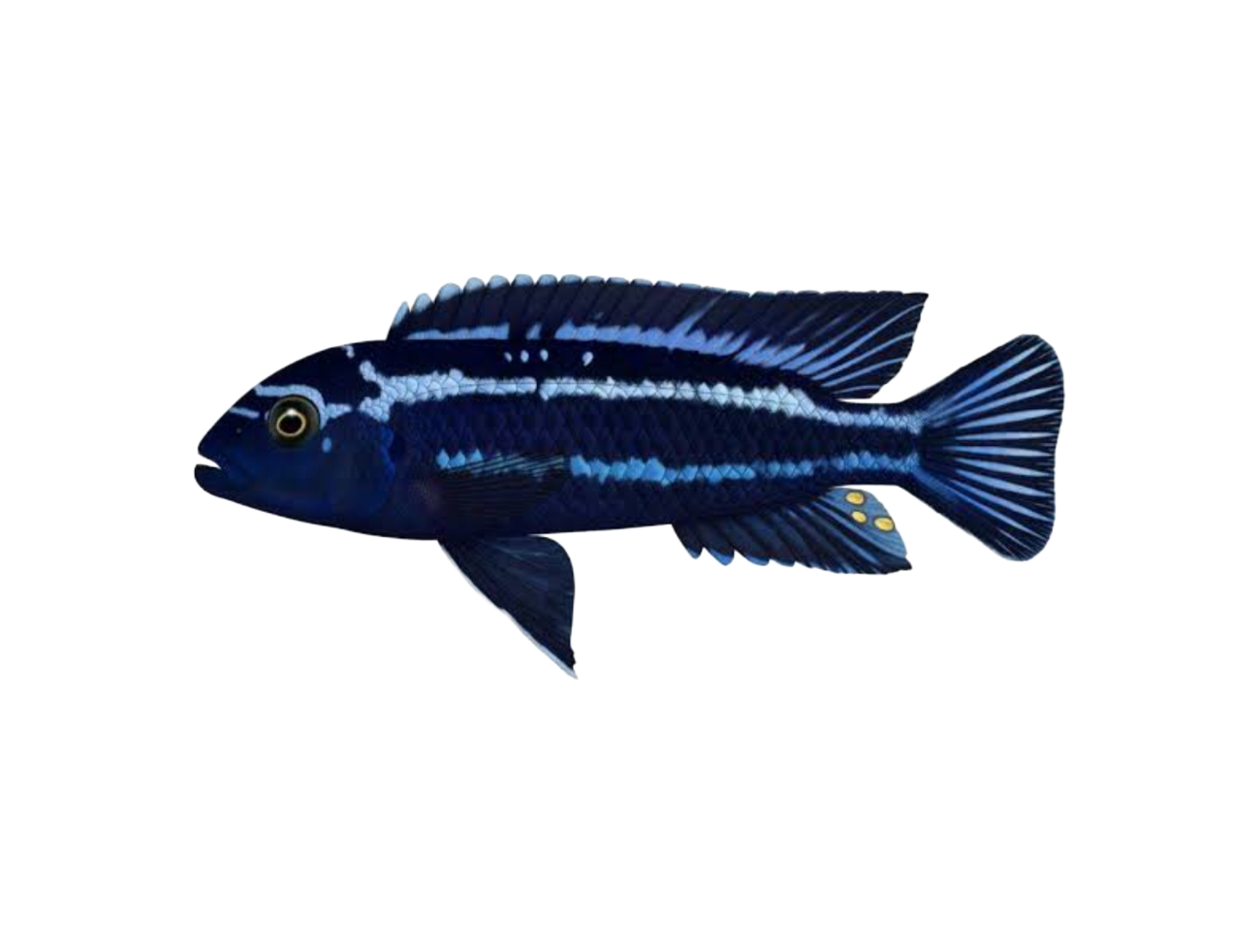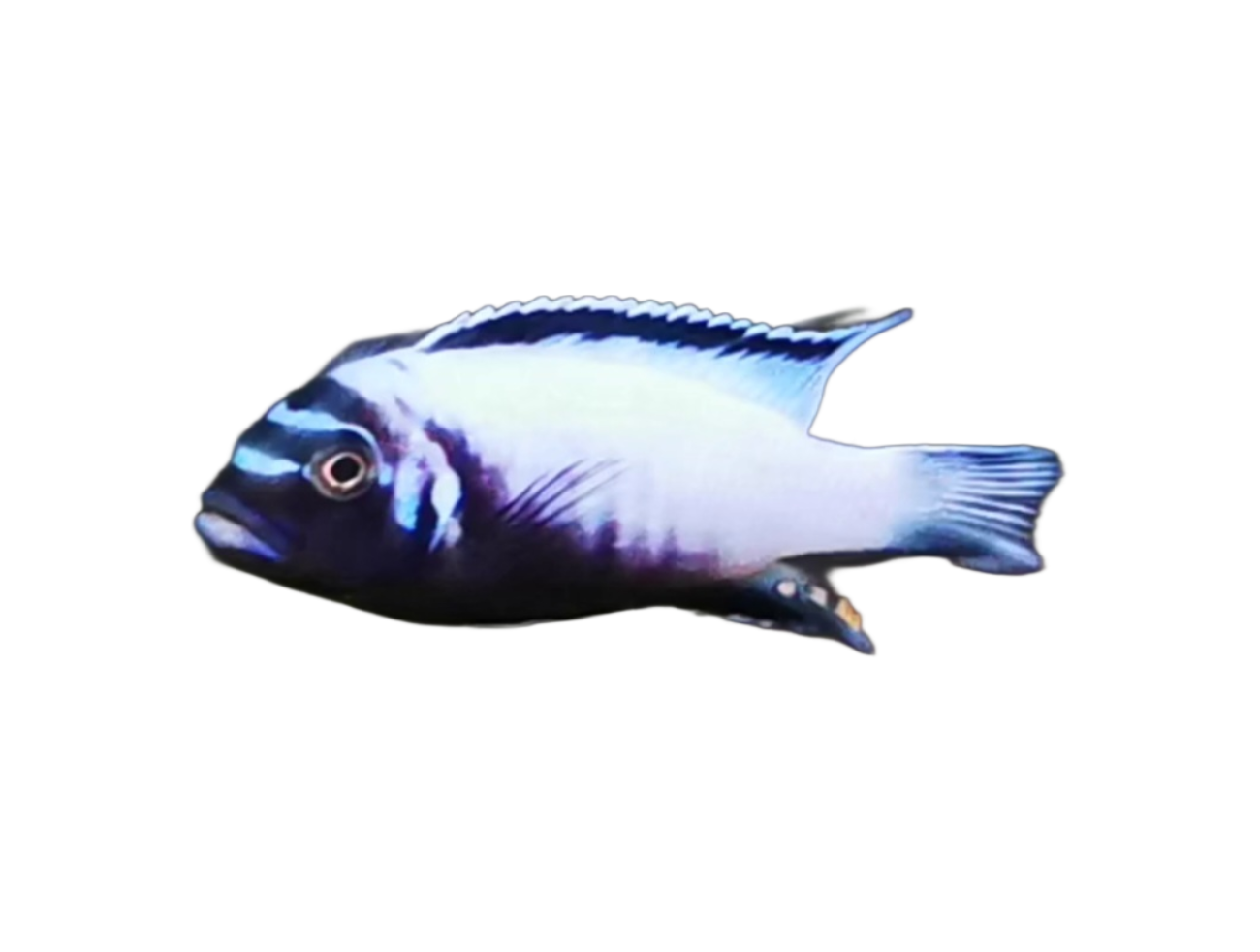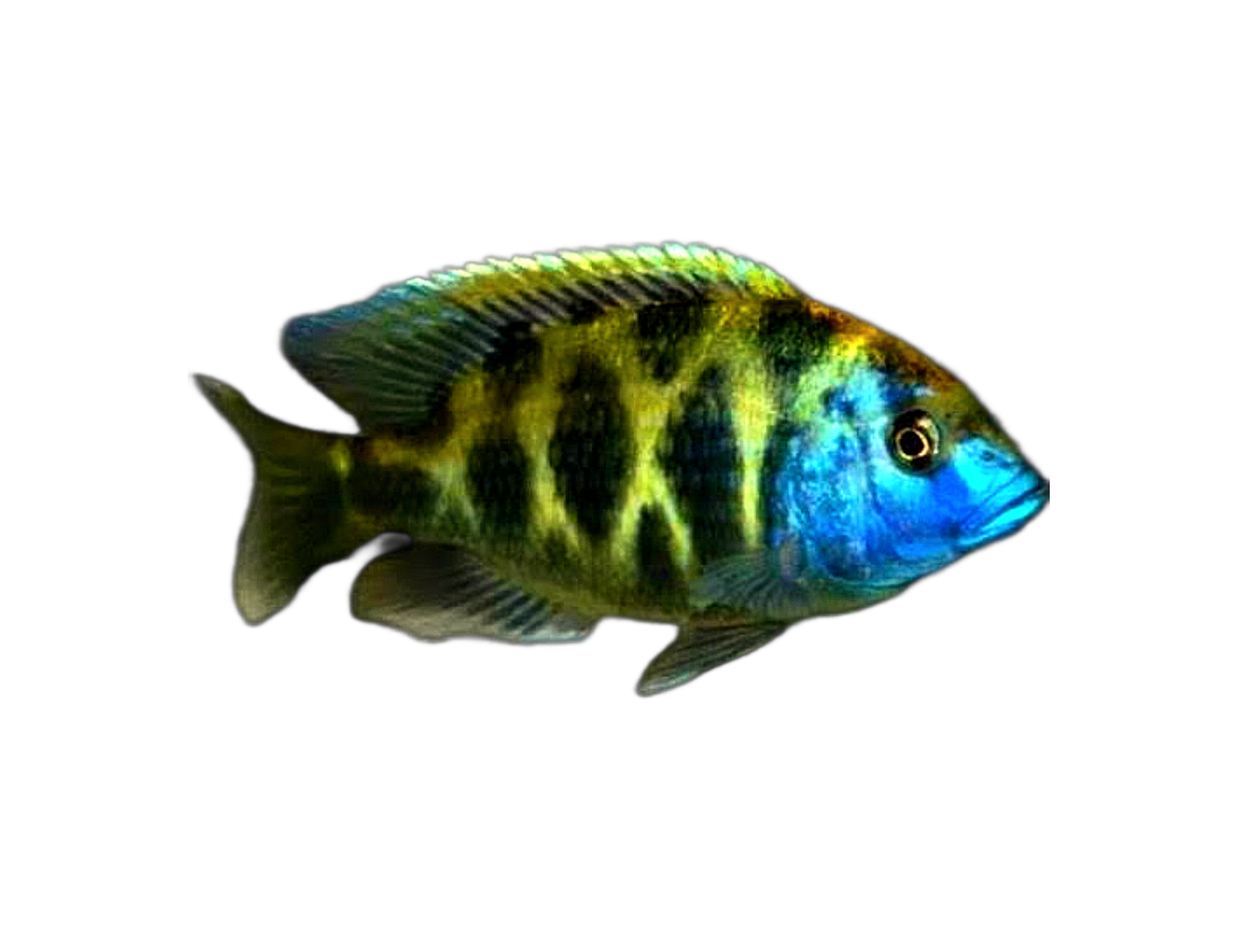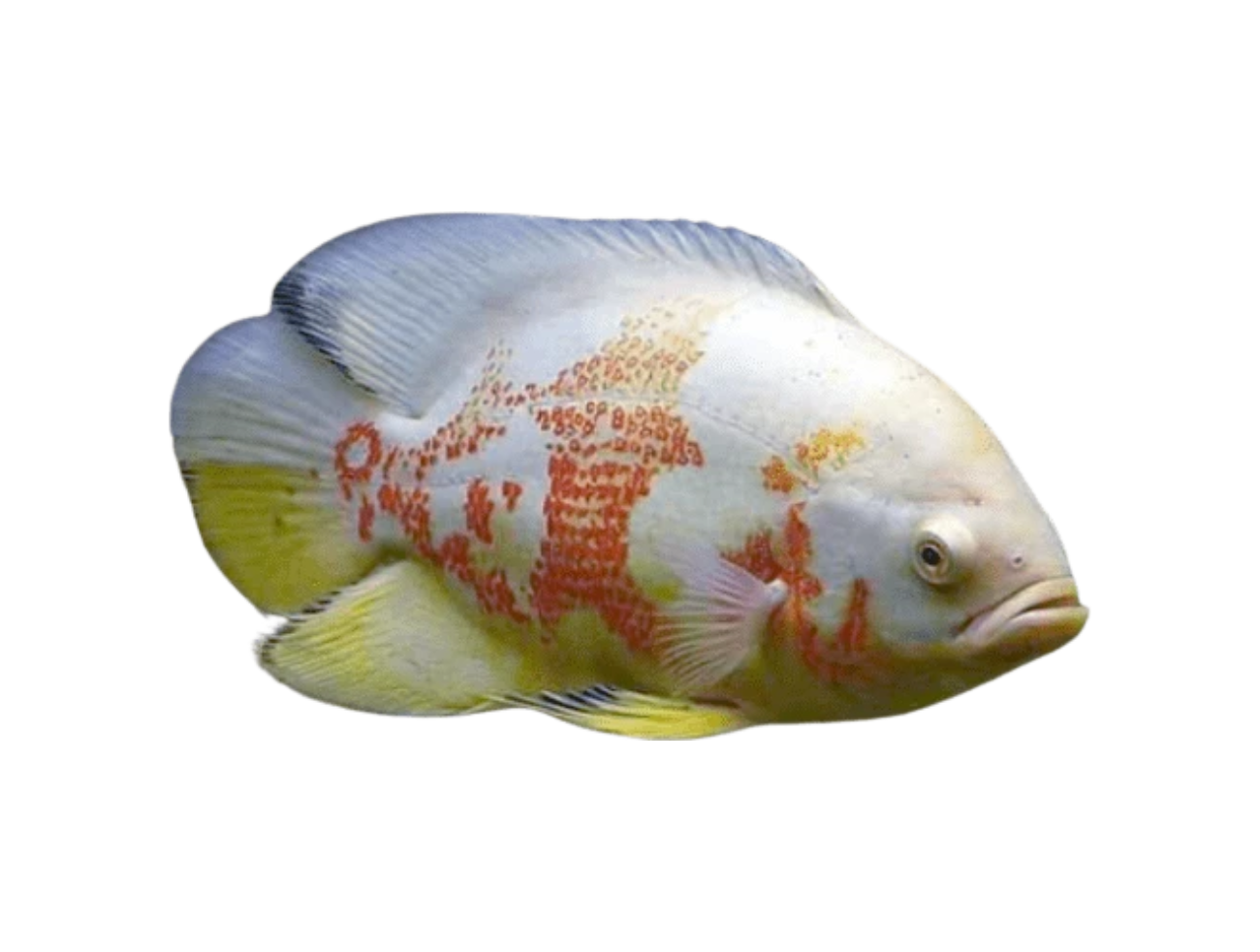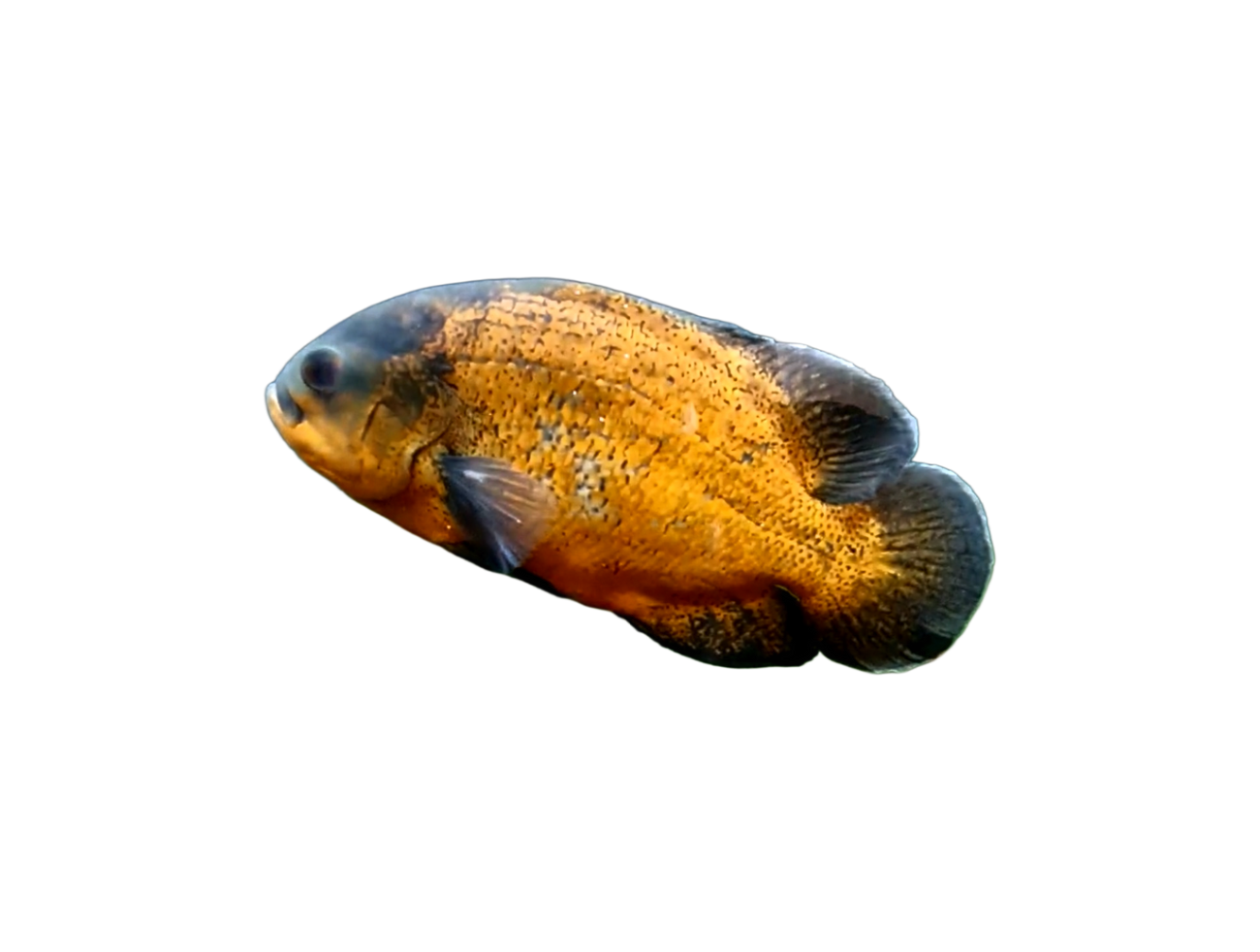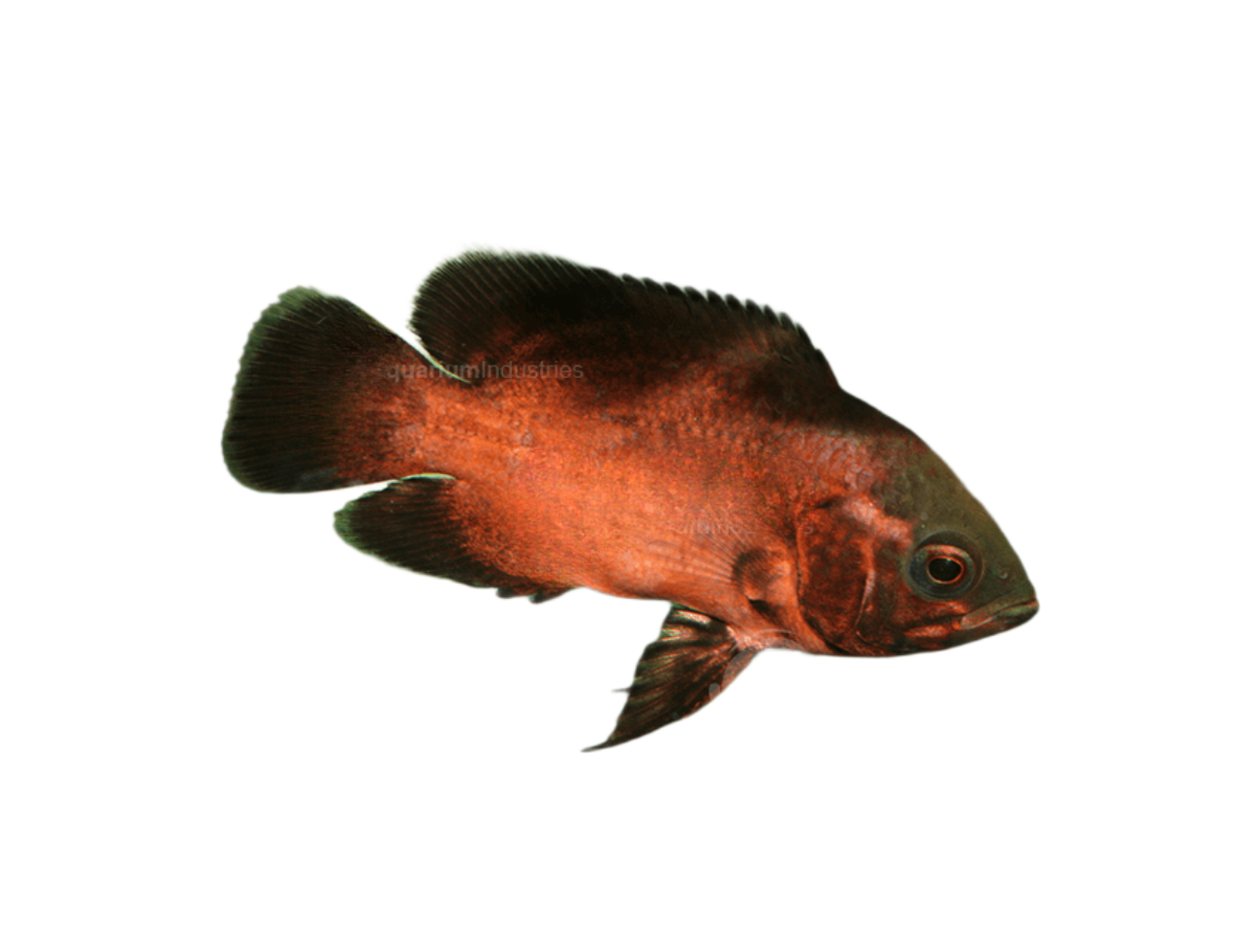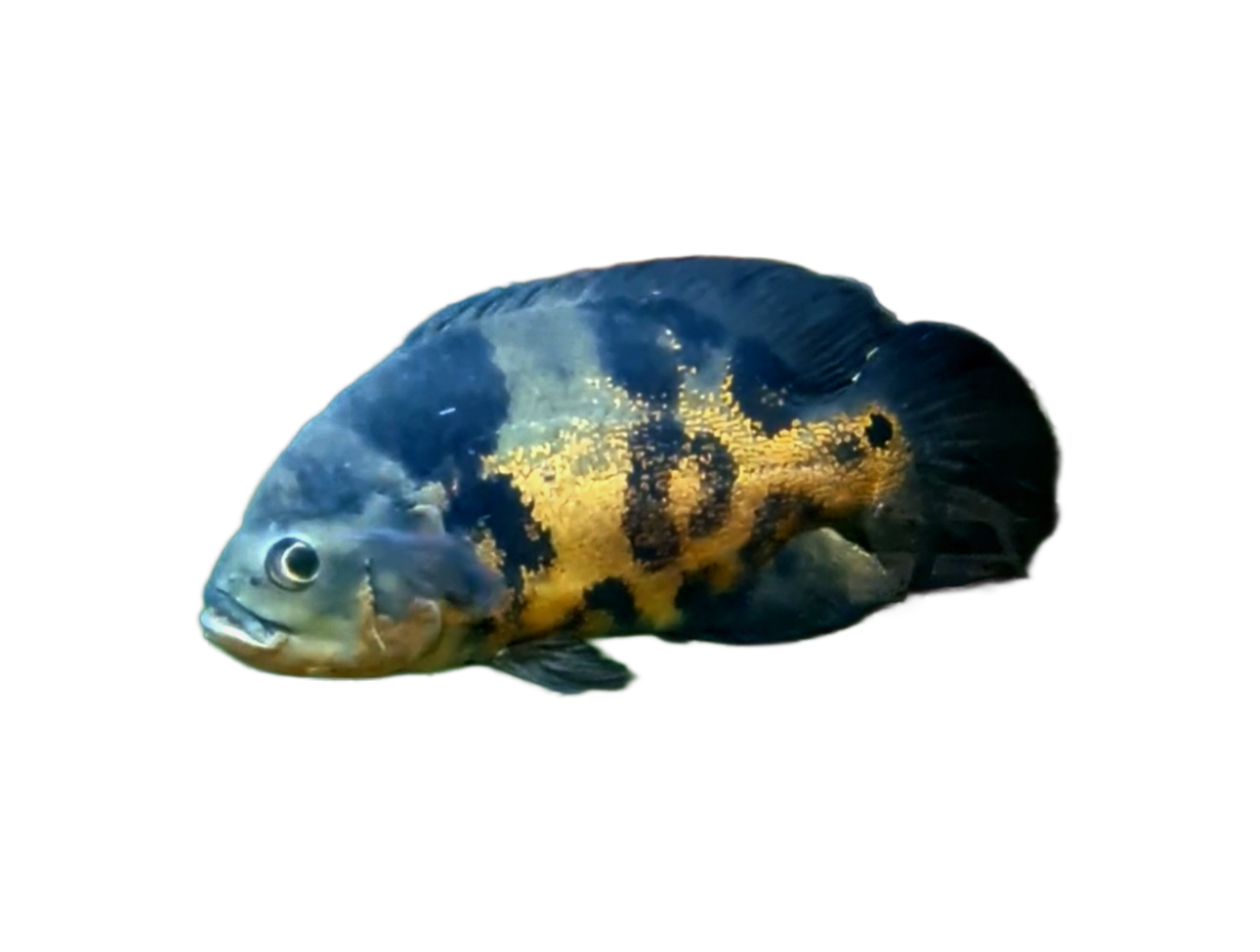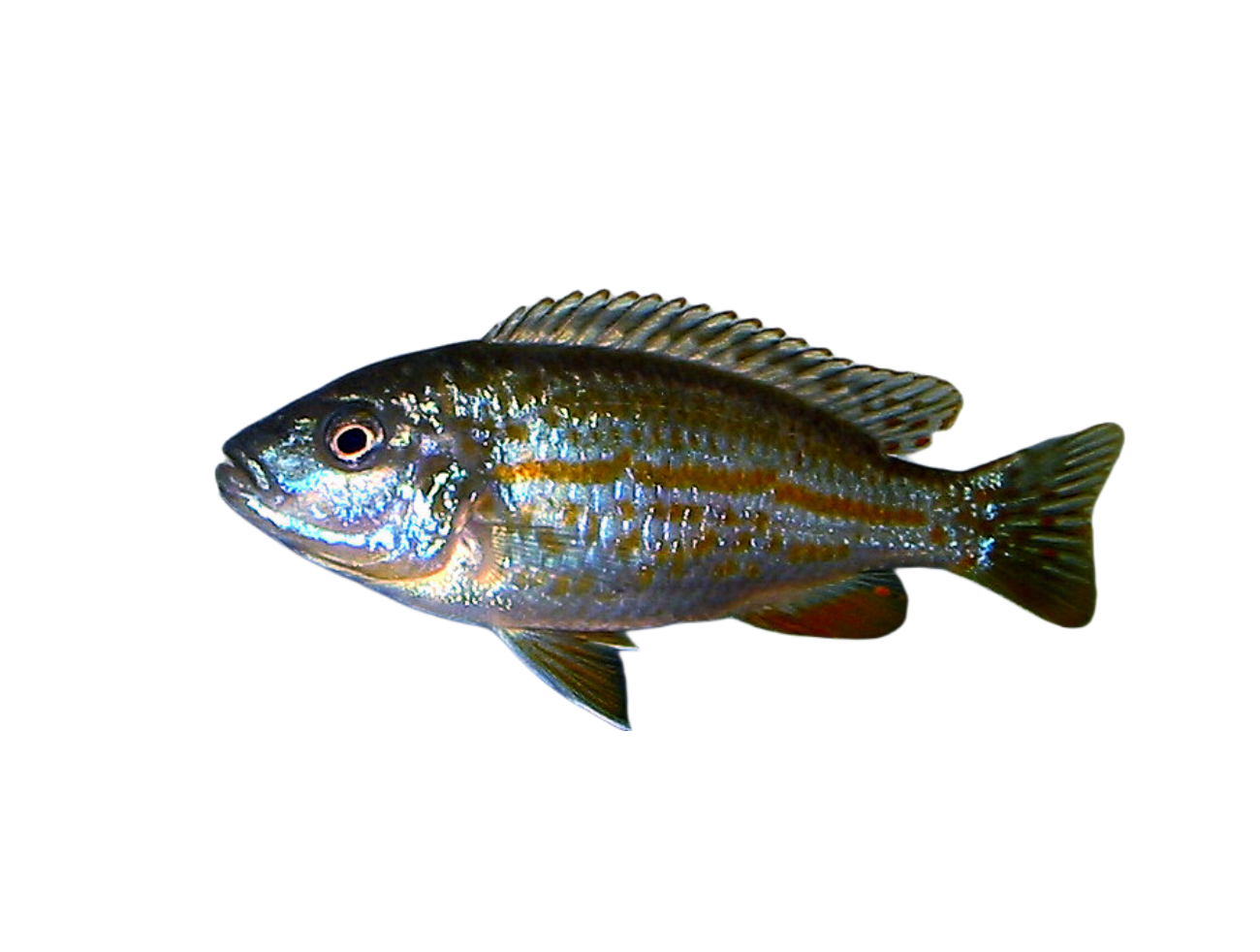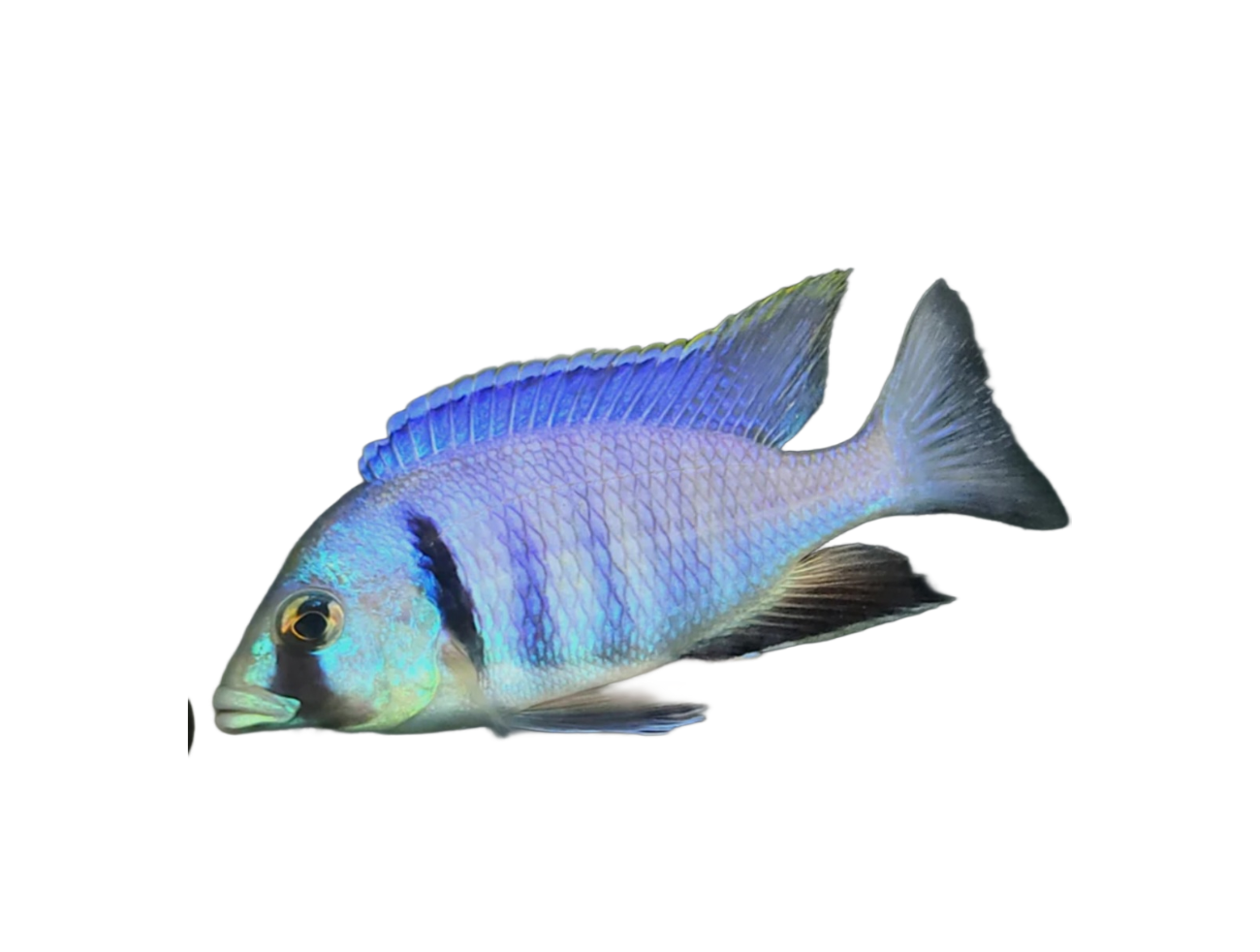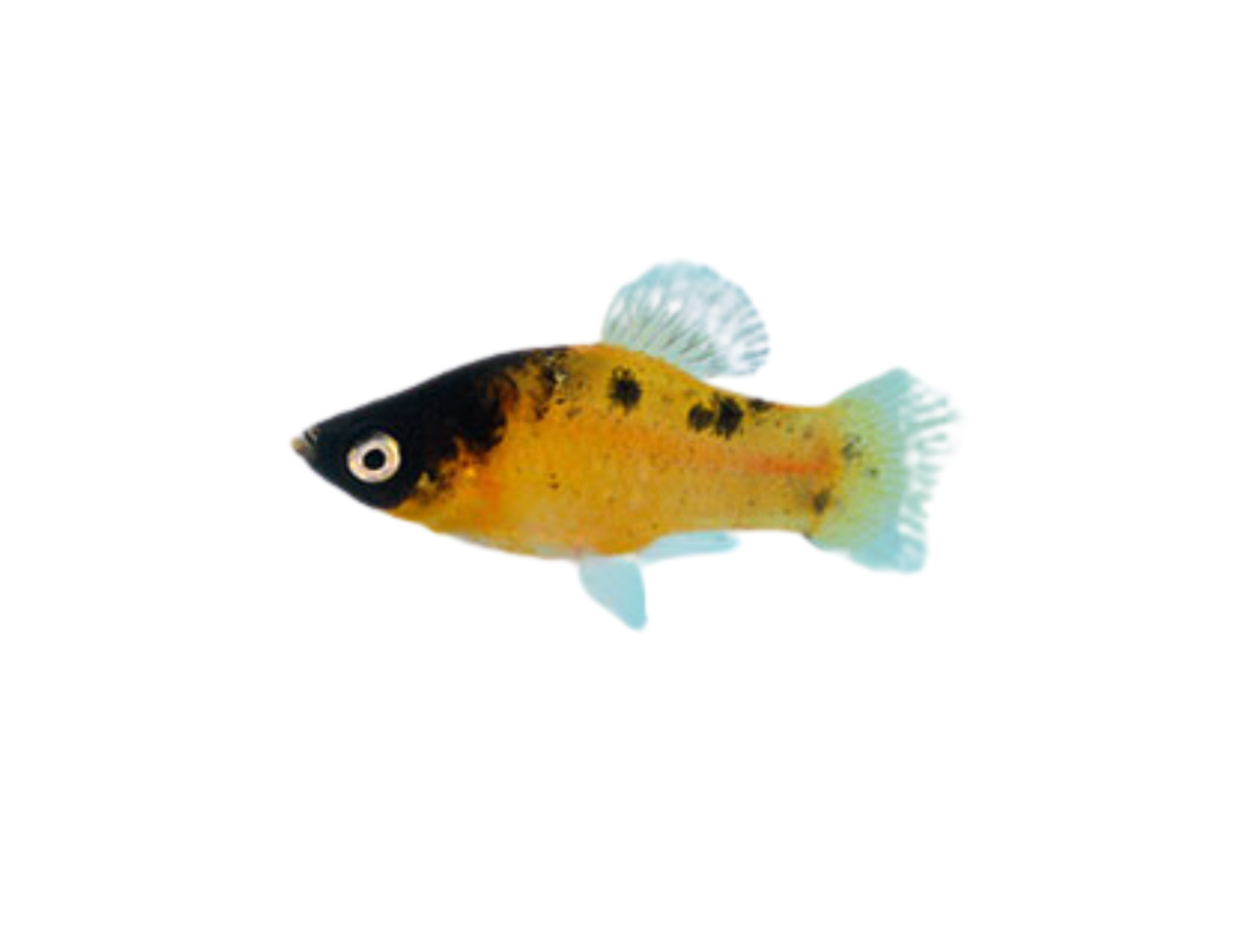Welcome to Fanie's Fishroom
You see it! You want it! Come and buy it!
We DO NOT sell illegal species!!!
We only specialise in freshwater species, ranging from pet-shop favourites to the more exotic and rare species found around the globe.
Our selections are constantly expanding, so rest assured knowing that whatever you are looking for, we have you covered.
Discover the beauty of aquatic world and build your very own aquatic haven with advice and assistance from Fanie's Fishroom!
Contact
- 17 Pieter Uys str, Witfield, Boksburg, Gauteng, South Africa
- +27-0814333262 - Fanie' Fishroom
 +27-0814333262 - Fanie's Fishroom
+27-0814333262 - Fanie's Fishroom- fanies.fishroom@gmail.com
- Summer 2024: Monday: Closed Tuesday: 09:30 - 17:00 Wednesday: 09:30 - 17:00 Thursday: 09:30 - 17:00 Friday: 09:30 - 17:00 Saturday: 09:00 - 18:00 Sunday: 10:00 - 15:00 Public Holidays: 10:00 - 16:00 except 25,26 December and 1 January
Catalogue
Terms and Conditions
Polistyrene Packaging
5 Liter Pharma Box - R75
5 Liter Pharma box (6 pack box) can take 1-2 bags One bag fits max 10 small (1-3cm) fish or max 2 medium (3-5cm) fish or max 1 large (>5cm) fish. PLEASE NOTE THAT ONLY ONE SPECIES PER BAG . Eg: One bag of 10 neon tetra.
8 Liter Medical Box - R120
8 Liter Medical box can take 2-4 bags depending on fish and bag size. One bag fits max 10 small (1-3cm) fish or max 2 medium (3-5cm) fish or max 1 large (>5cm) fish. PLEASE NOTE THAT ONLY ONE SPECIES PER BAG . Eg: One bag of 10 neon tetra.
11 Liter Pharma Box - R150
11 liter Pharma box can take 4-6 bags depending on fish and bag size. One bag fits max 10 small (1-3cm) fish or max 2 medium (3-5cm) fish or max 1 large (>5cm) fish. PLEASE NOTE THAT ONLY ONE SPECIES PER BAG . Eg: One bag of 10 neon tetra.
22 Liter Box - R220
22 liter box can take 8-12 bags depending on fish and bag size. One bag fits max 10 small (1-3cm) fish or max 2 medium (3-5cm) fish or max 1 large (>5cm) fish. PLEASE NOTE THAT ONLY ONE SPECIES PER BAG . Eg: One bag of 10 neon tetra.
The Fish Doctor
Ammonia Poisoning
Though not a disease, ammonia poisoning is a common problem in amongst newbies. It can cause high levels of stress in your fish and lead to other health issues including bacterial infections. SYMPTOMS: • Fish gasping at the surface • Red or inflamed gills . • Water in their tank may appear murky. MEDIATION: • AquaZyme • Pond medic's Bio Sparkle • BioBoost • API Stress Coat TREATMENT: • 30 - 50% water change is recommended • Add any off the above mentioned products to minimise or eliminate any traces of amonia and nitrates • Remove any dead plants and/or fish from your tank • Avoid overfeeding • Ensure your filtration system works optimum. Ozone treatment can be adminitered if available. Ozone is known for killing bad bacteria and will improve your aquarium's water quality.
Anchor Worms
Lernaea is a genus of copepod crustaceans commonly called anchor worms. They mate during the last free-swimming stage of development. After mating, the female burrows into the flesh of a fish and transforms into an unsegmented, wormlike form, usually with a portion hanging from the fish's body. SYMPTOMS: • Anchor worms (Lernaea) can be seen with the naked eye • Frequent rubbing or "flashing" • Localised redness • Inflammation on the body of the fish • Tiny white-green or red worms in wounds CAUSE: • Introduction of new infected fish into aquariums. • Skipping proper quarantining periods. MEDICATION: • Potassium permanganate. • Aquarium salt TREATMENT: Potassium permanganate is considered the best treatment and can be used either as a tank treatment or a "dip". You can also do a salt dip for 5 minutes per day until the parasite falls off. Salt in the aquarium at 15g (1 table spoon) for every 20 liters of water may help prevent secondary infections. Other methods include physically removing the parasite with tweezers and cleaning the wound with an antiseptic like iodine. Note: Remove activated carbon, Purigen and/or Bright before administering any treatments. Potassium permangate will kill all beneficial bacteria in your filter.
Body Flukes
Flukes are often present in aquariums but remain harmless under ideal conditions. Avoiding stressful conditions is a key to prevention, but once an outbreak occurs, prompt treatment is critical. Symptoms: • Affected fish flashing against objects • Layer of mucus covering gills or body • Gills moving rapidly • Chewed on or eaten-away gills or fins. • Reddened skin • Missing scales • Hazy looking skin • Lethargy • Decreased appetite CAUSES: • Poor water quality, • Overcrowding • Improper diet MEDICATION: • Praziquantel (Virbac prazifen) • Tetra Parasite Guard Treatment: Praziquantel is the most effective treatment, but must be carefully administered per directions. One tablet per 140 liters of aquarium water. Repeat treatment after 48 hours after a partial water change has been done. Note: Pale fish with drooping fins, rapid respiration and/or hollow bellies indicate more extensive infestation.
Body slime coat disease
Chilodonella (body slime) is similar to other freshwater parasites in that it may remain dormant for extended time periods. It is characteristic by an overproduction of mucus coating of the fish. The parasites reproduce rapidly and attack the fish when the fish are under significant stress or physically weakened. Once the gills of a fish become afflicted the mortality rate is high. SYMPTOMS: • Breathing becomes labored. • Swimming at the surface trying to get air. • Become lethargic. • Flashing • Overall distressed. • Clamped fins • Producing abnormal amounts of mucous. MEDICATION: Acriflavine Methylene blue Malachite green Formaldehyde TREATMENT Once the parasite is identified treatment is fairly straightforward. Formaldehyde, Acriflavine, Malachite green as well as Methylene blue can be used to combat the parasite. To fight off infection, a good broad spectrum antibiotic such as metronidazole is recommended.
Camallanus
The camallanus worm is a common intestinal parasite in tropical fish. It feeds on the blood of fish. It is commonly observed as red worms dangling from the anus of the affected fish. It will turn red as it draws blood from the fish. The Camallanus infection is mostly associated with livebearer fish such as mollies, platies, guppies, swordtails. SYMPTOMS • White, slimy faeces (mucus from irritation in the intestinal lining) • Swollen/irritated anus • Weight loss • Loss of appetite • Shaking or shivering • Unexpected and unexplained deaths • Becoming shy, staying out of school • Sunken stomach • Lethargy MEDIACATION • Nemarid de-wormer • Levamisole • Fenbendazole • Flubendazole • Praziquantel TREATMENT There are numerous medication options for treating Camallanus worms, with Levamisole considered the most effective. Levamisole is absorbable through the skin of the fish and does not require in-food dosing. This treatment consists of 1 initial and 1 or 2 follow-up dosing with large water changes. 15 mg of Levamisole in one litre of water These do not necessarily kill the worms, and in some cases only paralyze them, which results in them being pushed out of the gut and into the aquarium, which you can see as the pink or white worms emerge and detach from the anus. Within 24 hours of medicating the substrate should be thoroughly cleaned to remove the worms. Normally three treatments are required, each one week apart. Camallanus can infect other fish directly and it is best practise to treat all livestock simultaneously rather than to move only the obviously infected fish to a hospital aquarium.
Clamped Fin
Clamped fin is also one of the symptoms of Septicaemia, so it is important to spot and treat this condition early to prevent more serious illness in your fish. Symptoms: • Fins are folded against the body and not fanned out as they should be. • Slow, lethargic behaviour Cause: Can be a reflection of various problems, including poor water quality, incorrect water temperature and/or parasites. Important to first determine the specific problem in order to treat fish properly. Most tropical fish are fine in temperatures between 24°C and 27°C. The 2 most common diseases that can also cause clamped fins, are ich and velvet disease. The clamped fins is a tell-tale that something is wrong before you can see it. Medication: • Tetra Lifeguard • Metroplex (metronidazole) • Seachem cupramine copper (copper sulphate) Treatment: If the illness is the result of infections, a multipurpose antibiotic is the first line of treatment. A good practice of adding 1 tbs. aquarium salt per 4 litres of water will help also help. Note: Always remove activated carbon, Purigen and/or Bright and switch off UV sterilizers before administering any treatments.
Culumnaris
Culumnaris results from an infection caused by the Gram-negative, aerobic, rod-shaped bacterium Flavobacterium culumnare and is highly contagious with fatal results. SYMPTOMS: An infection will usually first manifest in fish by causing; • Lesions on the back that may extend down the sides • Moldy or cottony-looking lesions on the mouth • Frayed and ragged fins • Ulcerations on the skin • Epidermal loss • White or cloudy, fungus-like patches particularly on the gill filaments • Mucus often also accumulates on the gills, head and dorsal regions • Colour change of the gills , either light or dark brown • Rapid breathing rapidly and laboriously as a sign of gill damage CAUSES: • Poor water condition • Inadequate diet • High water temperature • Stress from handling and shipping MEDICATION: • Copper sulphate • Amoxicillin (Erythromycin) • Potassium permangate • Acriflavine • Terramycin • Aquarium salt TREATMENT: External infections should be treated with antibiotics and chemicals added to the water. • Lower the aquarium temperature to 22 °C, since columnaris is much more destructive at higher temperatures. • Medicated food containing Terramycin is an effective treatment for both internal and external infections. • Add aquarium salt at a ratio of 15ml for every 4 litres of water to reduce osmotic stress. • Salt bath may also be effective • Potassium permanganate can be applied externally to adult fish and fry, but can be toxic at high concentrations. • Copper sulphate at 02mg/l of water. • Alternative treatments can include ozone treatment. Ozone is known for killing all bad bacteria and viruses and it will also improve your aquarium's water quality.
Dropsy
Dropsy is a symptom of deterioration in health condition. The fish will have visible swelling and projected scales. This is the result of a fish not being able to regulate the amount of fluid in a part of its body. The affected area is typically the abdomen; specificalIy the visceral cavity that houses a number of organs, such as the stomach, intestines, gall bladder and kidneys. SYMPTOMS: • Bloating • Protruding scales CAUSE: Dropsy can be introduced to the aquarium through; • Food • Poor water quality • introduction of fish to an established aquarium. MEDICATION: • Tetra Lifeguard • Agriflavine • Epsom salt • Broad spectrum antibiotic TREATMENT: There are no present medications that can effectively cure fish stricken with dropsy, your first line of defense is to administer a wide-spectrum antibiotic in the condition’s early stages. In addition, you might add Epsom salts to your aquarium (20 milligrams per liter) , which will aid the affected fish in expelling unnecessary fluids from its body. Unfortunately, the prognosis of fish affected with dropsy is not very good. By the time the fish has swollen up and the scales project outward, the internal damage may be too extensive to repair and for the fish to recover. Most cases of dropsy are fatal. External treatments are preventative care with regular water changes, maintaining ideal aquarium chemistry and adding aquarium salt is highly recommended. Antibiotic treatments are most effective Although dropsy is not highly contagious, the affected fish should be removed and placed in a quarantine aquarium.
Fish TB
Environmental Mycobacteriosis (EM). Environmental means an organism commonly found free living in the environment. Environmental mycobacteriosis is present in roughly half of all fish in most aquariums. If a fish has a bent or curved spine, it is most likely infected with a Gram-positive mycobacteria (Mycobacterium marinum or M. fortuitum). This is commonly referred to as fish tuberculosis, piscine tuberculosis, acid-fast disease or granuloma disease. Tuberculosis is a chronic, progressive disease that may take years to fully develop and cause low to moderate mortalities. Fish that appear to be most susceptible to fish tuberculosis are livebearers such as guppies, mollies, platies and tetra species. SYMPTOMS: This aquarium fish disease is difficult to diagnose, unless you perform a lab culture with a fish sample. Clinical signs are usually non-specific and can include: • reduced appetite • emaciation (sunken belly) • anorexia • lethargy • deformity (curved spine) • fin and scale loss • skin inflammation CAUSES: Environmental factors that favour growth of mycobacterium include; • Low dissolved oxygen • Low salinity • Low pH • Warmer water • High organic loads MEDICATION: Various antibiotics have been suggested as possible treatments, but a clinical cure is unlikely; • Streptomycin, • kanamycin, • penicillin • Myoxin Note: There is no known effective treatment for tuberculosis. If all fish become infected and eventually die, the entire aquarium should be sterilized using a mild bleach solution and rinsed with liberal amounts of water before adding any new fish. CAUTION: Humans can contract this disease through open wounds, cuts etc. It can cause severe infection and difficult to treat. In some cases, even surgical treatment is required. Do not work in infected aquariums with exposed injuries.
Epistylis
Epistylis is an opportunistic organism which feeds on bacteria in the water column and generally, but not always, simply uses the fish as something to hold onto and are often misdiagnosed as ich. It mostly occurs in new aquariums and is more deadlier than White spot. In large enough quantities, Epistylis is fatal but lucky for us it is treatable and even more easily preventable. SYMPTOMS: • Fuzzy and translucent appearence • Fins and scales eroding • Small white ‘tufts’, starting on the fins and it then quickly spread all over the body. • Patches of colonies on body • Red gills MEDICATION: • Formaldehyde (formalin) • Aquarium salt • Epsom salt • Amoxicillin • Kanaplex • Metronidazole • Potasium Permangate Formaldehyde Treatment: Bath treatment ; • 15 - 25mg/l immerse the fish for up to 1 hour • 60 - 250mg/l immerse the fish for 20 min. • Ensure maximum aeration during this periods. Epsom Salt bath Treatment: • 3 salt bath treatments per day for a maximum of 10 minutes each. • 5 level teaspoons for each litre of water Amoxicullan treatment: • 500gr for every 50 liter of aquarium water. Disolve the contents of the capsule in a sample of your aquarium water. • Add the mixture to your aquarium, • Do a 25% water chance on day 2 and once a week thereafter for the next 3 weeks. • Reseed your filter after treatment as all bacteria will be killed.
Fish Lice
Fish Lice resemble tiny pale crabs with eight legs. They appear as flat, dark oval dots crawling on fish and use suckers to attach to fish before they pierce the skin and feed on the host. They travel from one host to another, spreading bacteria and viruses, so once they’re in your aquarium, you must get rid of them. SYMPTOMS: • Fish are aggravated • Restless • Rubbing their skin (flashing) against objects in an effort to remove lice. CAUSE: • Rehoming fish that were living in an outdoor pond to an indoor aquarium. • Wild caught fish that are added to an aquarium. MEDICATION: • Aquarium salt • Iodine • Formaline TREATMENT: • Physically removing the parasite and cleaning the wound with an antiseptic like iodine • Saltwater bath for about 5 minutes for multiple days until the parasite falls off, • or formalin bath.
Fungus
SYMPTOMS: A gray or whitish growth on the skin and/or fins. Untreated fungus resembles a cottony growth. Eventually, as fungus continues to eat away at the fish’s body, the fish will die. CAUSE: Fish who develop fungus are already in a vulnerable state, the result of other serious health problems or attacks, such as parasites, a physical injury or a bacterial infection. MEDICATION • Malachite Green • Formalin • Tetra fungus guard TREATMENT: Tetra Fungus Guard contains malachite green and formalin; • one tablet per 45 liters once every 4 days until symptoms are gone. • Do partial water chance between treatments. Note: Remove activated carbon, Purigen and/or Bright and switch off UV sterilizers before administering any treatments.
Gill Flukes
SYMPTOMS: • Infected gills and skin • Visibly similar to ich, but telltale sign is the movement and possible eyespots of the "sugar grain" and can be detected using a magnification glass. CAUSE: Undesirable environmental conditions such as: • Poor water quality • Overcrowding • Stress by incompatible species—creates conditions that can lead to destructive outbreaks. MEDICATION: • Methylene Blue • Praziquantel • Tetra parasite guard TREATMENT: Anti Parasite medication with praziquantel is effective but must be carefully administered per directions. • One tablet per 40 liters. • Repeat after 48 hours. • Do a 50% waterchange between treatments. NOTE: Flukes are often present in aquariums but remain harmless under ideal conditions. Avoiding stressful conditions is a key to prevention, but once an outbreak occurs, prompt treatment is critical.
Hemorrhagic Septicaemia
SYMPTOMS: A variety of different symptoms may occur, though some fish exhibit no external symptoms • Haemorrhaging of internal organs, skin and muscle • Bulging eyes • Bloated abdomens • Bruised-looking, reddish tints to eyes, skin, gills and fins • Open sores • Abnormal behavior CAUSE: Admitted fish infected with the deadly virus called Viral haemorrhagic septicaemia virus into your aquarium. TREATMENT: There is NO known cure for this virus. Treating secondary infections with wide spectrum antibiotics will reduce mortality. Remove activated carbon and do a 20% water change daily.
Hexamita (Hole-in-head)
Discus and Oscars are the fish species most commonly affected by this disease, but it is not limited to these species only and can affect both freshwater and saltwater fish. SYMPTOMS: • Lesions that appear as small pits in your fish’s head and on the lateral line. CAUSE: Hexamitiasis is caused by various species of the protozoan parasite genus Hexamita. These are likely present at low levels in the intestines of many aquarium fish where they do no harm. It is only when the fish is weakened in some way that the parasites can multiply rapidly and spread into the rest of the fish’s body. Once the parasites become established in the other internal organs, the fish soon dies. • Vitamin deficiencies, • Poor-quality food • Unhealthy water conditions • Malnutrition MEDICATION: • Metronidazole • Magnesium sulphate (Epsom salt) • Praziquantel • API General Cure EPSOM SALT TREATMENT: • Add 1 level tablespoon (15 grams) magnesium sulphate to 500 milliliters of distilled water. Stir well. • The most effective approach is using medicated fish food, thus wet your fishfood with the Epsom salt solution until the food is saturated in moisture. • Feed your fish 2-3 times daily for 4/5 days. • Seriously affected fish may not be eating, in which case you need to add administer the solution with the use of a eyedropper directly into the fish's throat. • Repeat once per day until the fish is starting to eat, continue for 5 days. • Alternative treatments can include ozone treatment.
Ichthyophthirius Multifilis (Ich/Whitespot)
Ich is a parasitic ciliate that infects most freshwater fish species. It penetrates gill epithelia, skin and fins of the host and resides as a feeding stage (trophont) inside the epidermis. The primary infection challenges the hosts’ osmoregulation and respiratory functions. Secondary bacterial and fungal infections are common due to the disturbance of mucus linings and if untreated, can be fatal. SYMPTOMS: • Visible white spots that resemble white crystals on the skin. • Rubbing against objects due to irritated skin. (Flashing) • Clamped fins. • Gasping at the water’s surface (hyperventilation) CAUSE: Ich usually attacks fish that are stressed, which can be caused by factors including but not limited : • Addition of infected fish • Stressed out fish due to poor water conditions • Water temperature fluctuations • Shipping and handling of new fish. MEDICATION: • Malachite Green • Garlic. • Metronidazole • Aquarium salt • Tetra Lifeguard TREATMENT: • Gradually increase aquarium temperature to 30°C. • Syphon aquarium gravel daily and do a 25% water change. • Continue until symptoms disappeared. • Alternative treatments can include ozone treatment. Ozone is known for killing all bad bacteria and virusses and it will also improve your aquarium's water quality. NOTE: It is also advisable to treat with antibiotics to prevent secondary infections after an Ich outburst. Consistent temperature and good water quality will help prevent infections, in addition to using aquarium salt. Note: Always remove activated carbon, Purigen and/or Bright and switch off UV sterilizers before administering any treatments.
Bloat (Malawi Bloat)
SYMPTOMS: • Swelling in the abdomen • Rapid breathing • Loss of appetite • Sucking and spitting food • Discoloured faeces • Lolling (sulking) at the bottom of the tank. CAUSE: • Improper diet • Inappropriate use of salt • Poor water quality MEDICATION: • Metronidazole • Deshelled peas • Spinach • Epsom salt TREATMENT: Malawi bloat are extremely difficult to treat. By the time fluid retention in the body causes the scales to protrude, severe damage has already been done. The prognosis is in general not very good. Spirulina diet: If the fish is still eating, feeding greens like deshelled peas and spinach will help with constipation. It is also recommended that the herbivores receive a balanced diet containing spirulina to prevent bloat. Metronidazole treatment: The first step in treating this disease is to perform a large water change in the tank and to dose the tank with Metronidazole. (50 mg/4 litres of water). When treating the tank, remove the activated carbon from your tank filter. If the fish is still eating, metronidazole soaked food can be fed. Epsom salt: Add 5ml of Epsom salt for every 20 litres of water and increase your aquarium water temperature gradually to 28-30°C.
Popeye disease
Popeye disease ( exophthalmia) is a condition where the eye of the fish is swollen and protrudes abnormally from its socket due to various underlying factors. This issue can affect a single eye or both eyes. SYMPTOMS: • Cloudy appearance • Protruding eye/s from sockets CAUSE: Multiple causative agents can be responsible for popeye and sometimes the true underlying disorder is never determined. • Injury due to fighting or scraped against an abrasive object. (One eye only) • Infection due to bacteria, fungus or parasites. • Poor water conditions • Supersaturation of gas in the water, which can be seen as tiny bubbles on the sides of the aquarium and even in the fish's skin. This can cause gas to accumulate in the eyes and make them swell. MEDICATION: Aquarium salt Waterlife Myxazin Seachem kanaplex TREATMENT: In case of an injury: • Perform palliative care using aquarium salt while the eye heals. • Regular water changes and the monitoring of water chemistry is also recommended throughout recovery time. Poor water conditions: • Do a partial water changes. • Fish should be fed a high-quality food to support healthy immune systems. Bacterial infection: • Remove affected fish to a quarantine tank to avoid infecting other fish. • Treat with a broad-spectrum antibiotic. • If more than one fish is infected, it may be necessary to treat the main tank with antibiotics.
Ragged tail fin
SYMPTOMS: • A progressive deterioration of the tail and/or fins • Fins become frayed or their colour may fade CAUSE: A bacterial infection may cause this tail and fin rot in susceptible fish—those who are bullied or injured by fin-nipping tank mates—especially in aquariums with poor conditions. MEDICINE: Tetra Lifeguard TREATMENT: Remove filter carbon and turn off UV sterilizer. Treat for 5 consecutive days. Repeat until symptoms clear. If the clamped fins are the result of infections, a multipurpose treatment like Tetra Fungus Guard® is the first line of treatment. Good practice of adding 1 tbs. aquarium salt per gallon will help prevent clamped fins. Alternative treatments can include ozone treatment. Ozone is known for killing all bad bacteria and viruses and it will also improve your aquarium's water quality.
Sunken Belly
SUNKENBELLY The sunken belly is a symptom of several diseases and infections that affect cichlids. Your cichlid can have a sunken belly if it has a parasitic or bacterial infection, malnutrition, or other conditions. It can also be due to eating protein-rich food as the fish digestive system does not suit it. SYMPTOMS • Sunken belly • Loss of apetite • Lethargic • Pale in colour MEDICATION • Metronidazole • Broad spectrum anti-biotics • Aquarium salt • Melafix TREATMENT • Mix metronidazole with your daily food and feed as per normal schedule. • Add antibiotics to the tank or feed it with broad-spectrum antibiotics food. • This disease is highly fatal and contagious if left untreated.
Swim Bladder Disorder
Swim bladder disease or swim bladder disorder, is a common ailment in aquarium fish. The swim bladder is an internal gas-filled organ that contributes to the ability of a fish to control its buoyancy, and thus to stay at the current water depth without having to waste energy in swimming. SYMPTOMS: • Sinking to the bottom of the tank (or floating by standing on its head at the bottom of the tank) • Floating to the top of the tank. • Struggling to stay upright, turning on its side, or upside down. • Distended belly. • Curved back. • Changed appetite CAUSE: • Intestinal parasites • Constipation • Improper diet • Rapid eating • Air gulping • Overheating • Fighting MEDICATION: • Green peas • Epsomsalt (15gr/20 liters) • Potasium permangate • Metronidazole TREATMENT • Treat a bacterial infection with an antibiotic. • Treat parasites with copper sulphate. • For rapidly changing water conditions, identify the problem causing the changes, and eliminate it. • A partial water change is recommended if water conditions are poor. • Remove affected fish to a hospital tank if the lack of boyancy was due to a fight.
Tail, fin and mouth rot
SYMPTOMS: • Progressive deterioration of the tail and/or fins • Fins become tattered and their color may fade CAUSES: Bacterial infection cause tail, fin and mouth rot in fish that are bullied or injured by fin-nipping, especially in aquariums with poor water conditions. MEDICATION: • Potassium Permangate • Myxazin (Waterlife Fin Rot & Ulcers) • Terramycin • Rooibos Tea • Tetra Lifeguard TREATMENT: • Treat for 5 consecutive days and repeat until symptoms clear. • It is a recommended to add 15gr. aquarium salt per 4 liters of aquarium. • Alternative treatments can include ozone treatment. Ozone is known for killing all bad bacteria and viruses and it will also improve your aquarium's water quality.
Velvet or Rust disease
SYMPTOMS • Clamped fins • Respiratory distress (breathing hard) • Yellow to light brown "dust" on body. • Flashing (rubbing) This disease is highly contagious and fatal. TREATMENT • The best treatment is with copper at 0.2 mg per liter (0.2 ppm) to be repeated once after 3 days if necessary. • Acriflavine can be used instead of copper at 0.2% solution (1 ml per liter). As acriflavine can possibly sterilize fish and copper can lead to poisoning, the water should be gradually changed after a cure has been affected. • Alternative treatments can include ozone treatment. Ozone is known for killing all bad bacteria and virusses and it will also improve your aquarium's water quality.
Testimonials
We have the highest value for our client's feedback and appreciate each and every comment, good or bad, as this will help us to grow into the store you want us to be. See here what they think of us.
Awesome personlised service. Fish in exellent condition resently bought Yellow electric Lab cichlid 26 and they are doing awesome. Have bought before and always great service. So much better than buying from a shop and your service leaves you with a great experiece and wanting to come back prices great as well
Erika J
Thank you again Fanie for supplying us with the fish we wanted, and at good prices, we bought 5 Venustus, 4 Cobalt blue, 5 Crimson tide, 5 Snow whites and 5 yellow tailed acei, all in a healthy condition, love your friendly service, and not to forget good prices, as we are still new to tropical fish, you always give time to answer questions, and are patient, our 5ft l, 600L tank will soon be a place of big and smaller fish, and can't wait to see them all grow up and become adult, thank you again Fanie for all you do..
Nicolai and Erica
Absolutely fantastic person to know in the hobby...great prices on plants and a fair selection on fish. If you are into Cichlids then Fanie is your man.
Sean McBride
Fish are great quality, Fanie know what he is talking about and he keeps to his promises. If you need a spesific fish he will try and source one for you. Client Service is top priority for him. We will only support him as we never had any issues with our fish from his shop. Thanks
Celia O
I’ve been purchasing fish from Fanie's Fishroom since the beginning of 2021 and have received the best service up to date. He is always there to help and give very good advice. Thank you Fanie for always providing me with the best.
Shaun Padayachee
Very friendly place. Prices are good and fish quality is top of the range.
Tristan Coetzee
Nice aquarium specialty shop. prices are great and fish quality better. Not a lot of range but really healthy fish.
Ricardo M
Fanie is friendly and knowledgeable and well priced .I highly recommend him
Dyane Bolton
Baie goeie diens. Ek sal beslis weer van julle af koop. Geen verliese gely per Koerier na Upington toe nie.
Karina van Zyl
Gallery
Team
Fanie
Owner
Fanie's passion and love for this hobby started way back in the 1980's. When he started his fish room in his garage, it was small and dedicated to Malawis only. After a couple of years, the expansion followed and a log cabin was erected. The amount of tanks increased from 30 to 72 and the species of fish expanded as customers requested a bigger variety. Fanie is still managing the fish room mostly by himself and he is the guy you will find catching and bagging the fishes.
Cecilia
Partner/Assistant
With the same passion for this hobby as Fanie, Cecilia devoted much of her time and money to the sucess of Fanie's Fishroom
Lynn
Assistant
Lynn is assisting in the shop when Fanie is not available. She is also responsible for emergency deliveries when needed at a short notice.
Marietjie
Web designer
Marietjie is resonsible for the design of Fanie's Fishroom website. It took many hours and a lot of tears before the website took shape and got published. There are still lot of work to be done and eventually the fruit of all the hard work will pay of.
